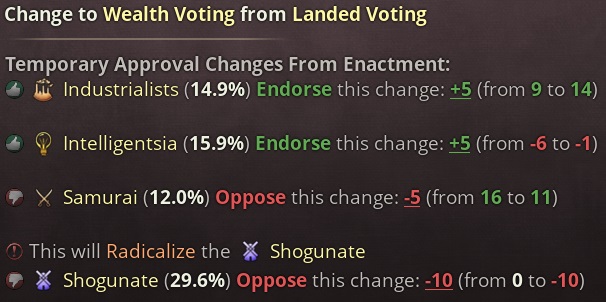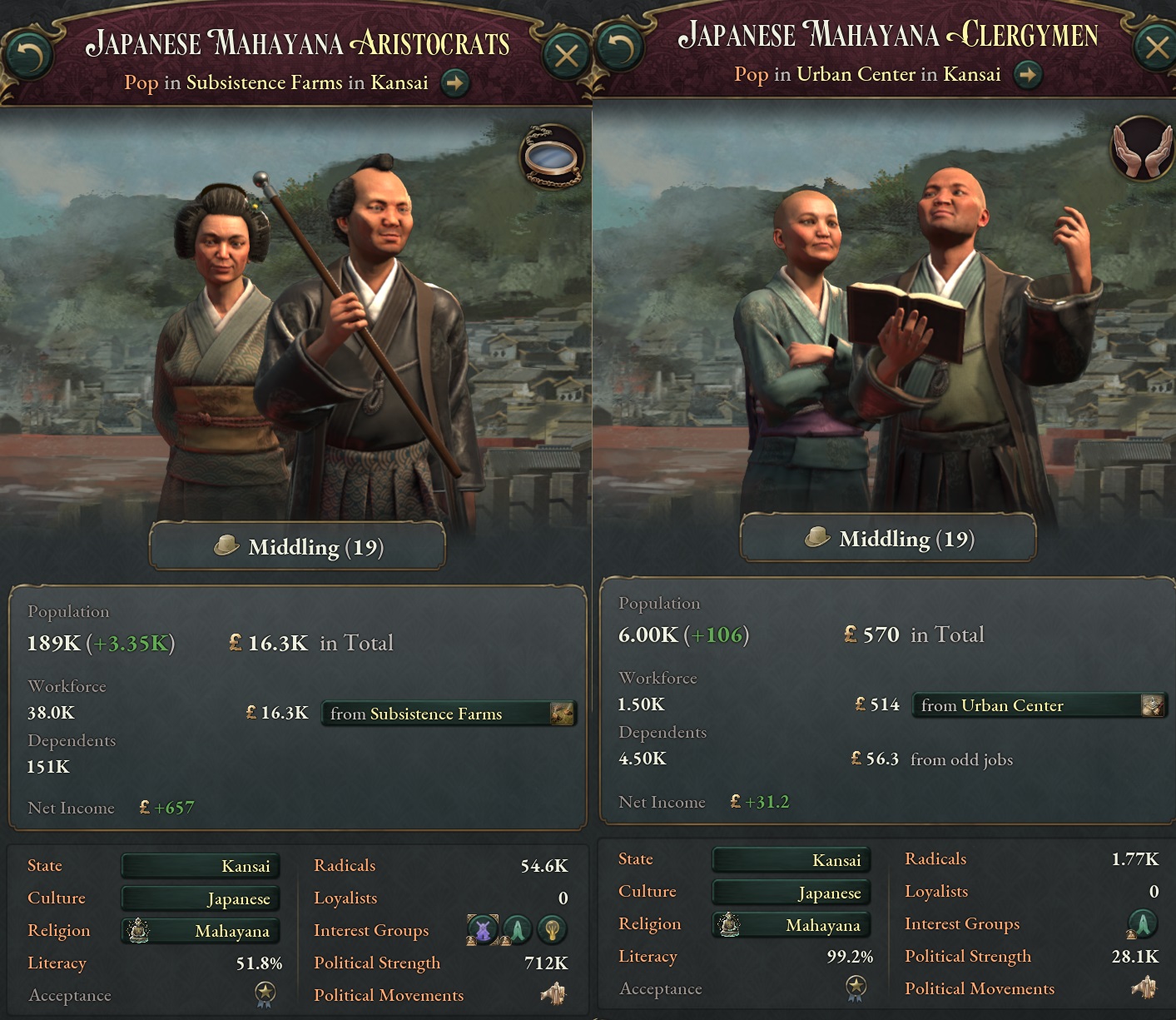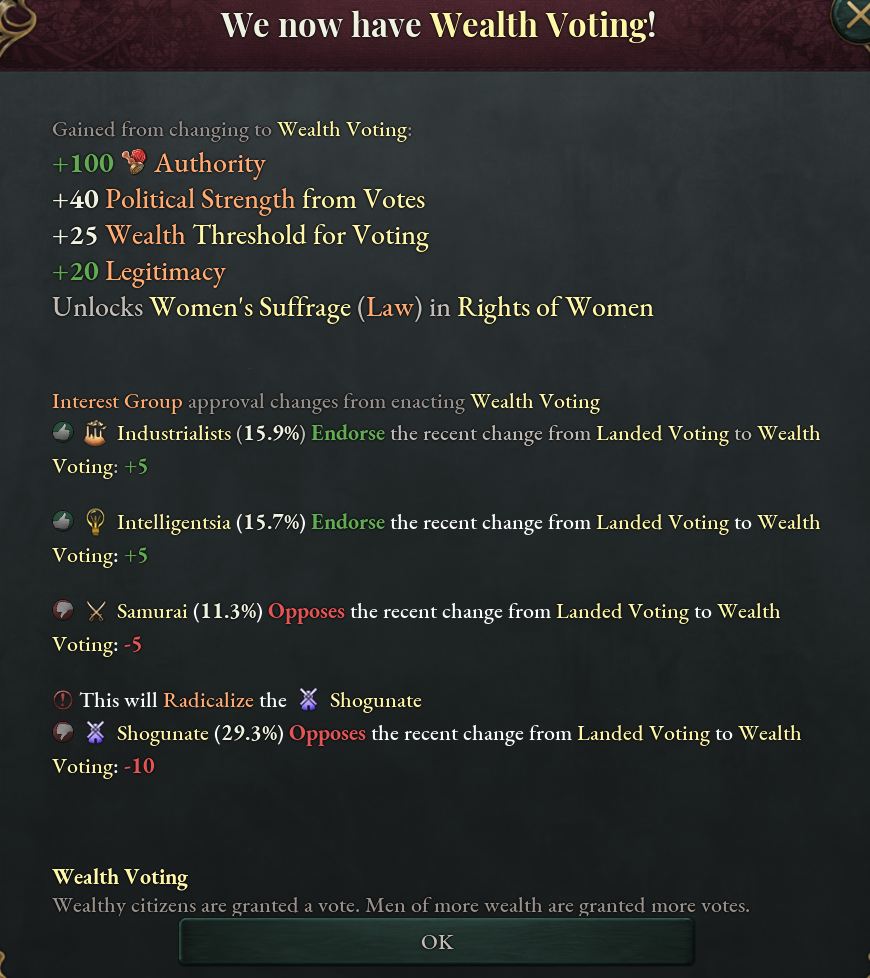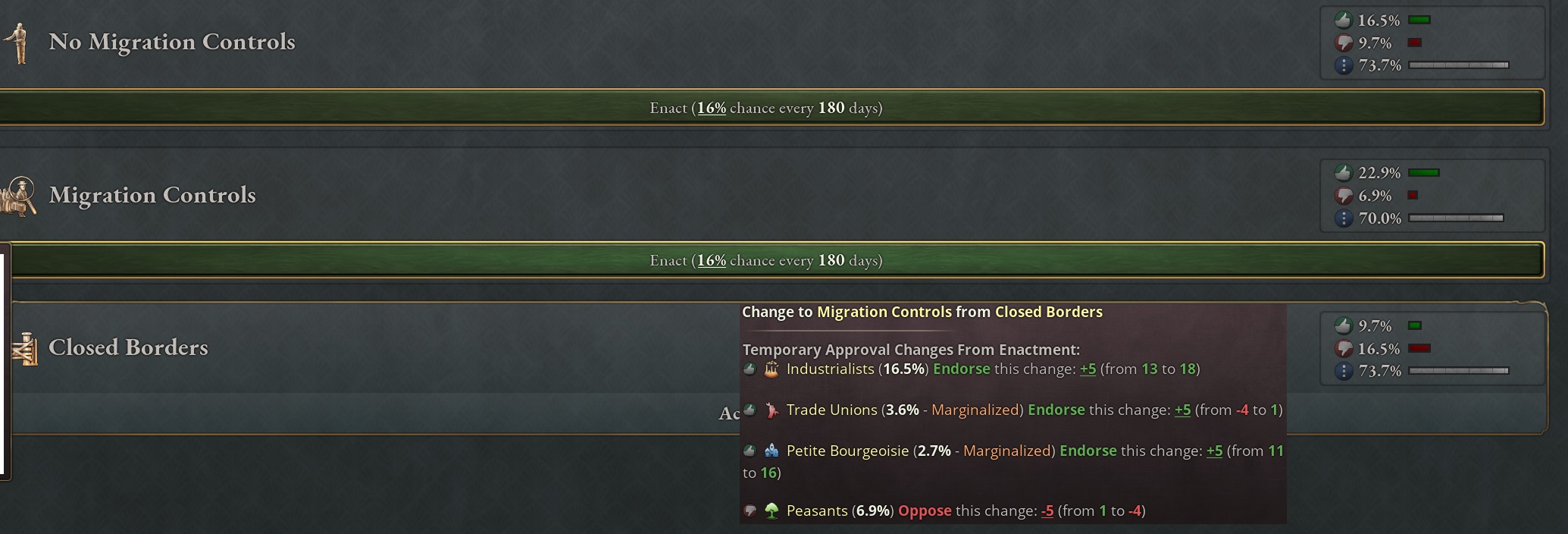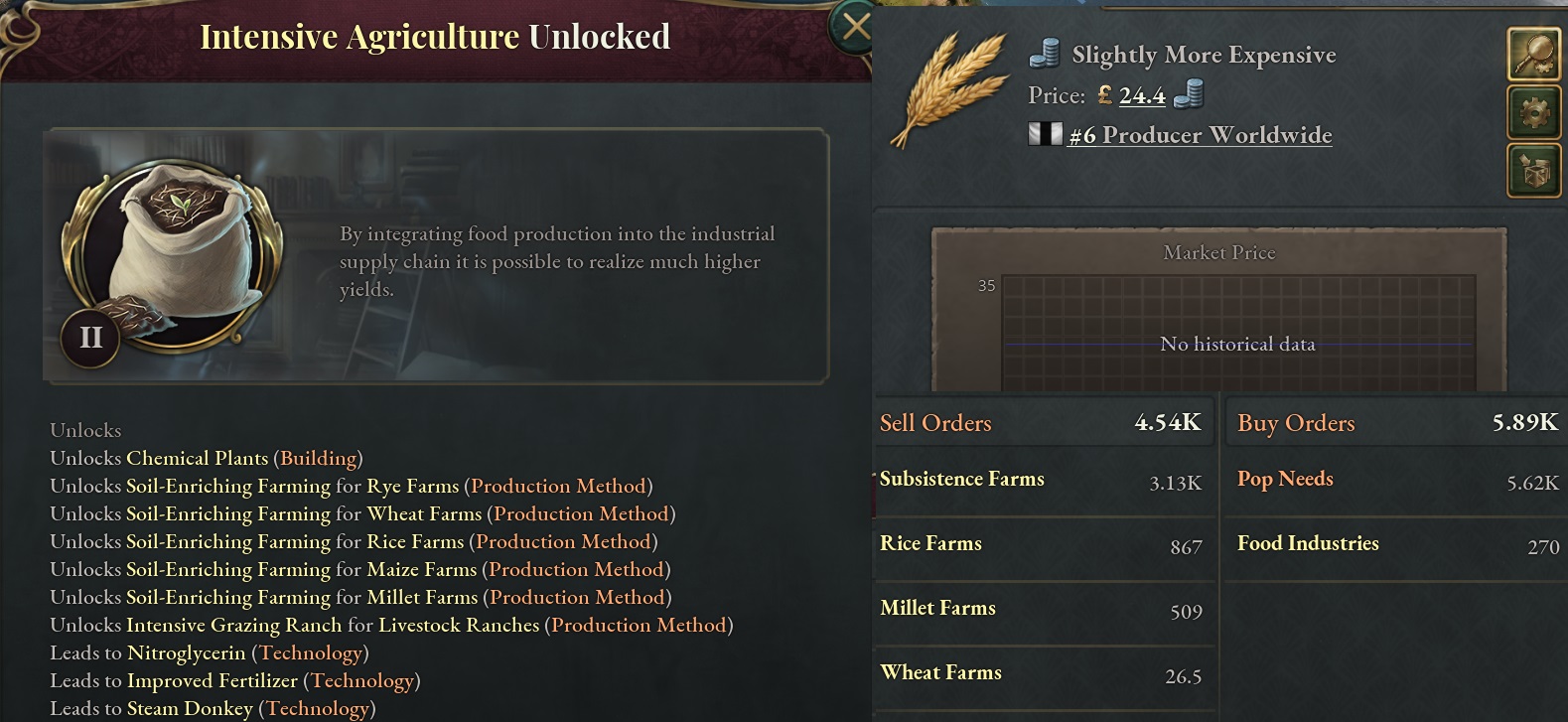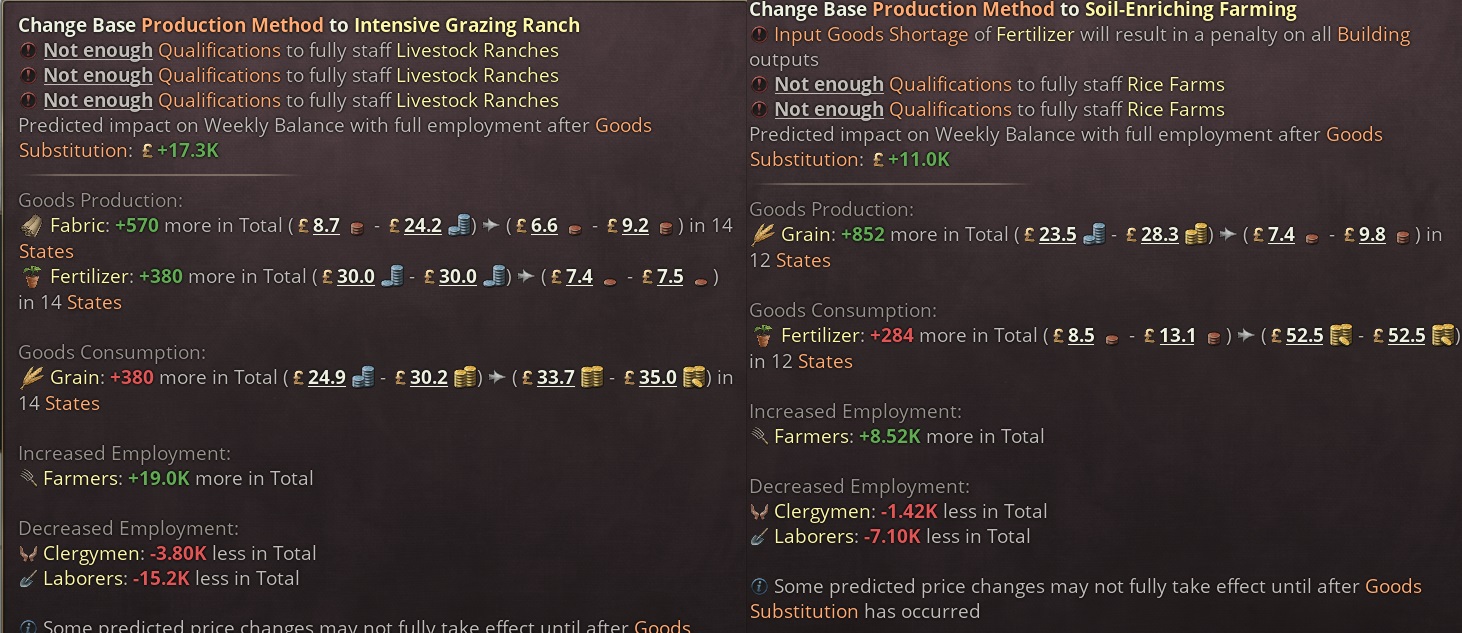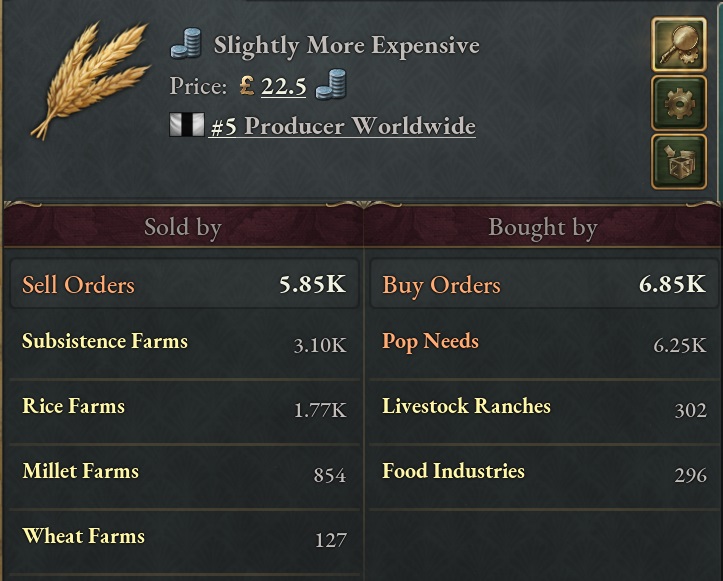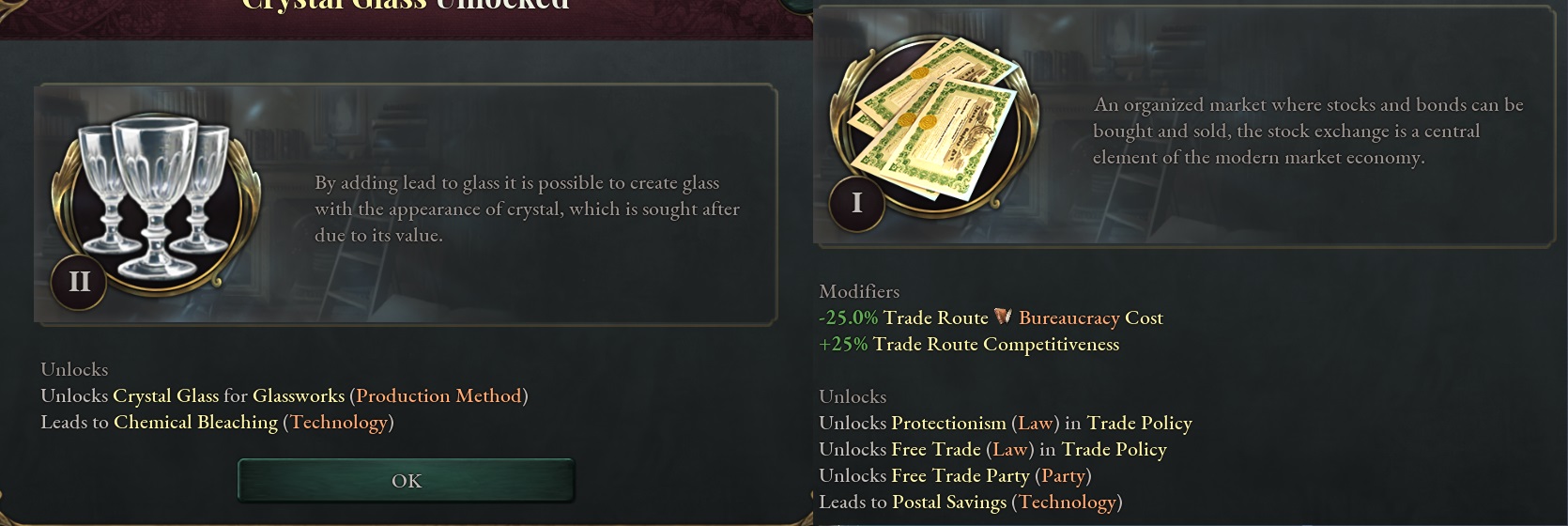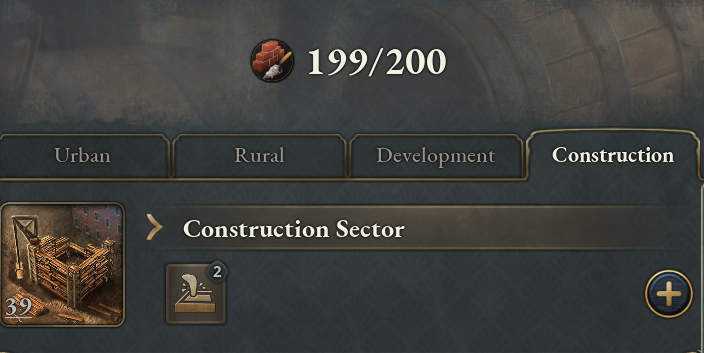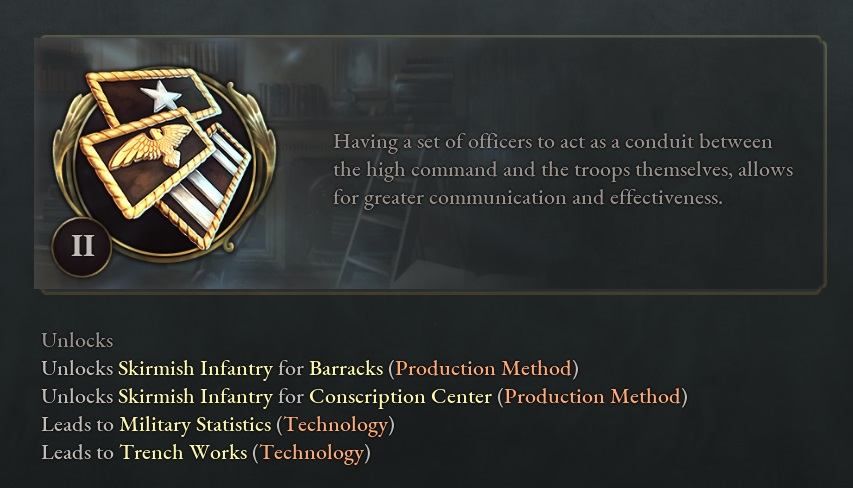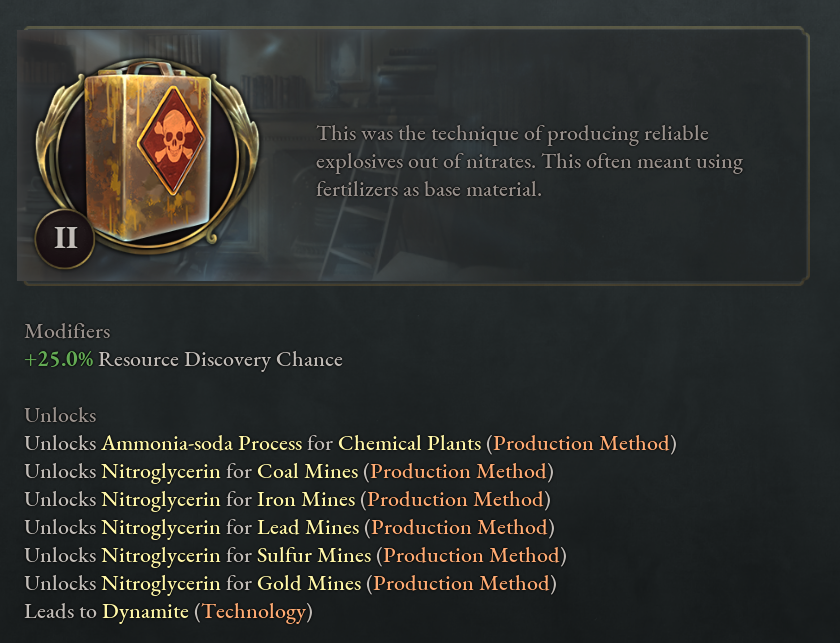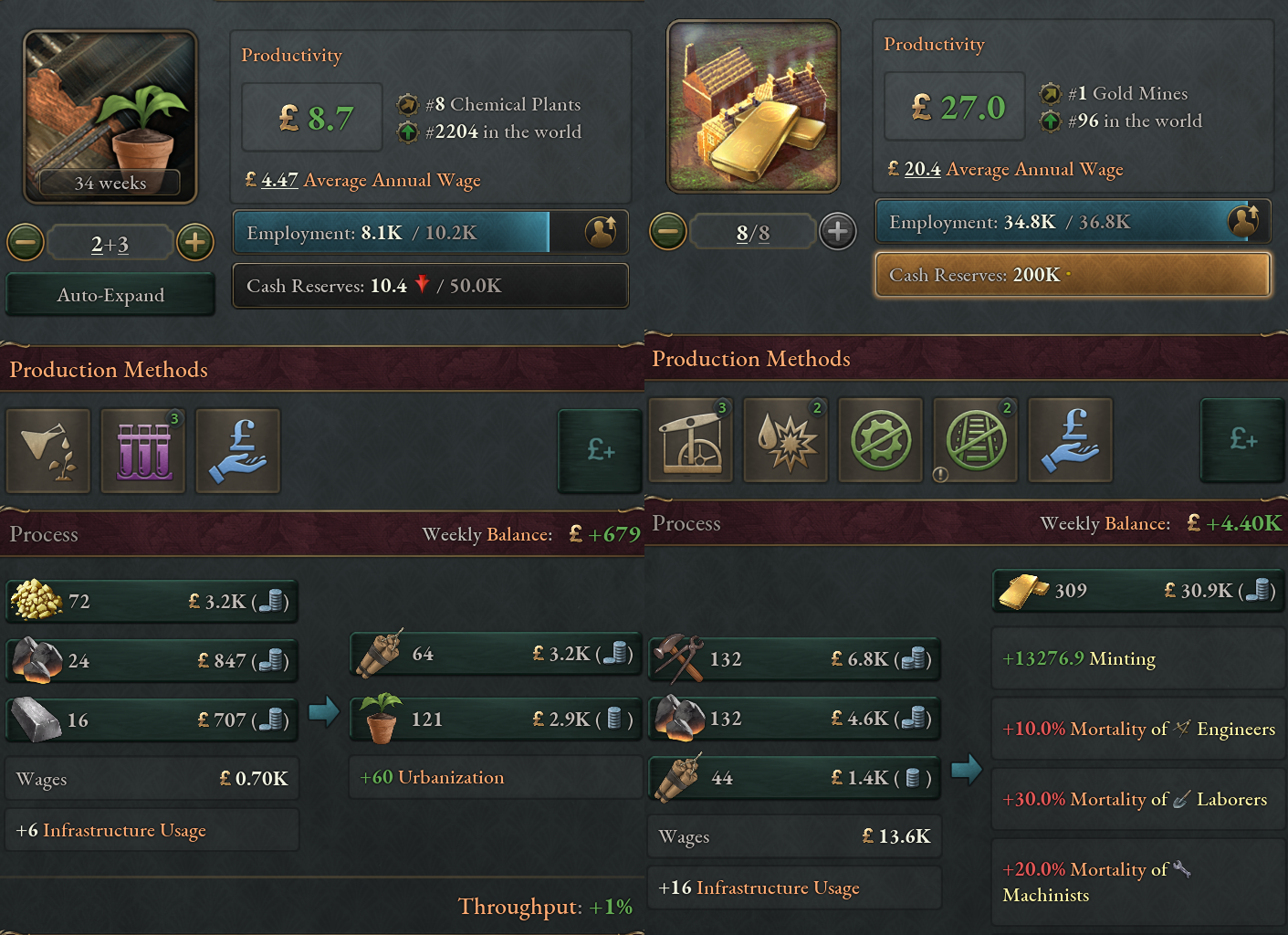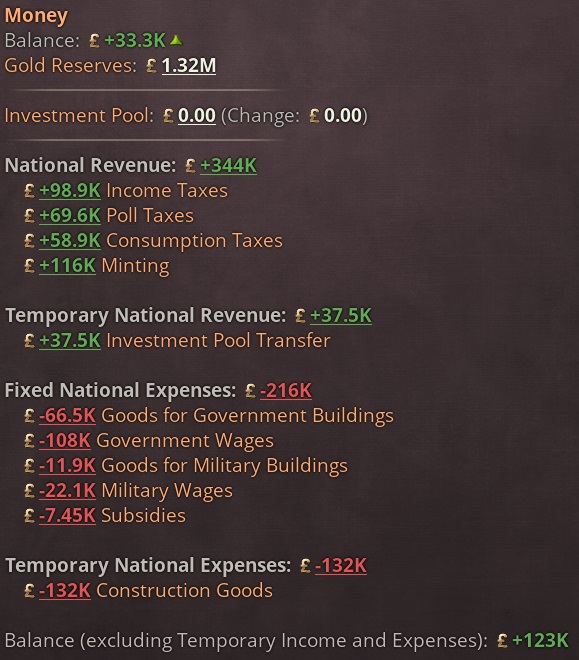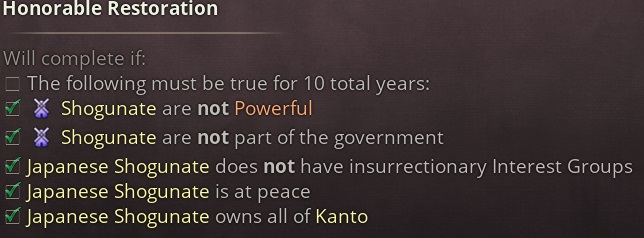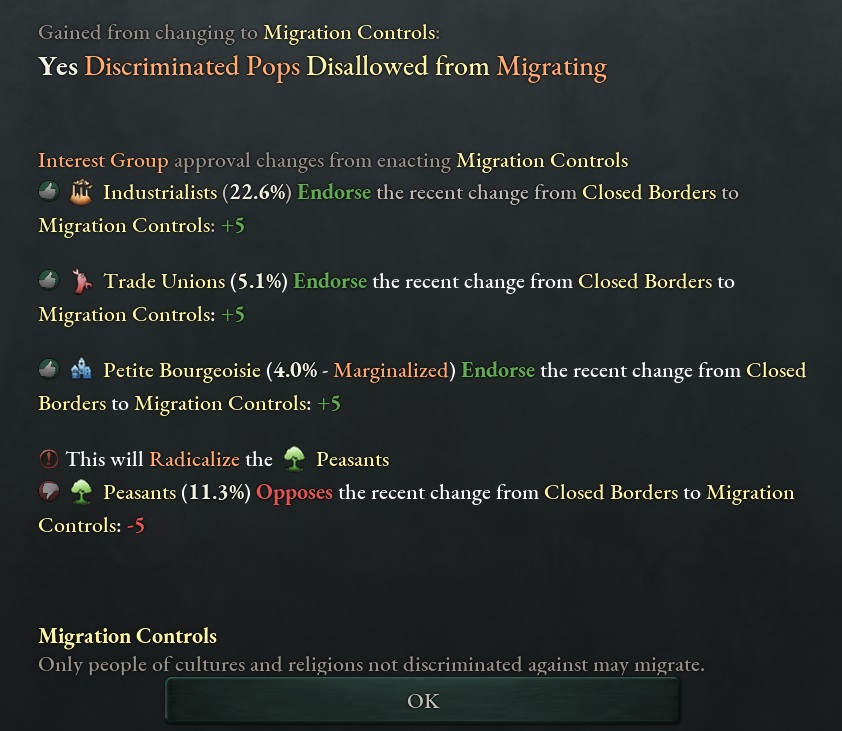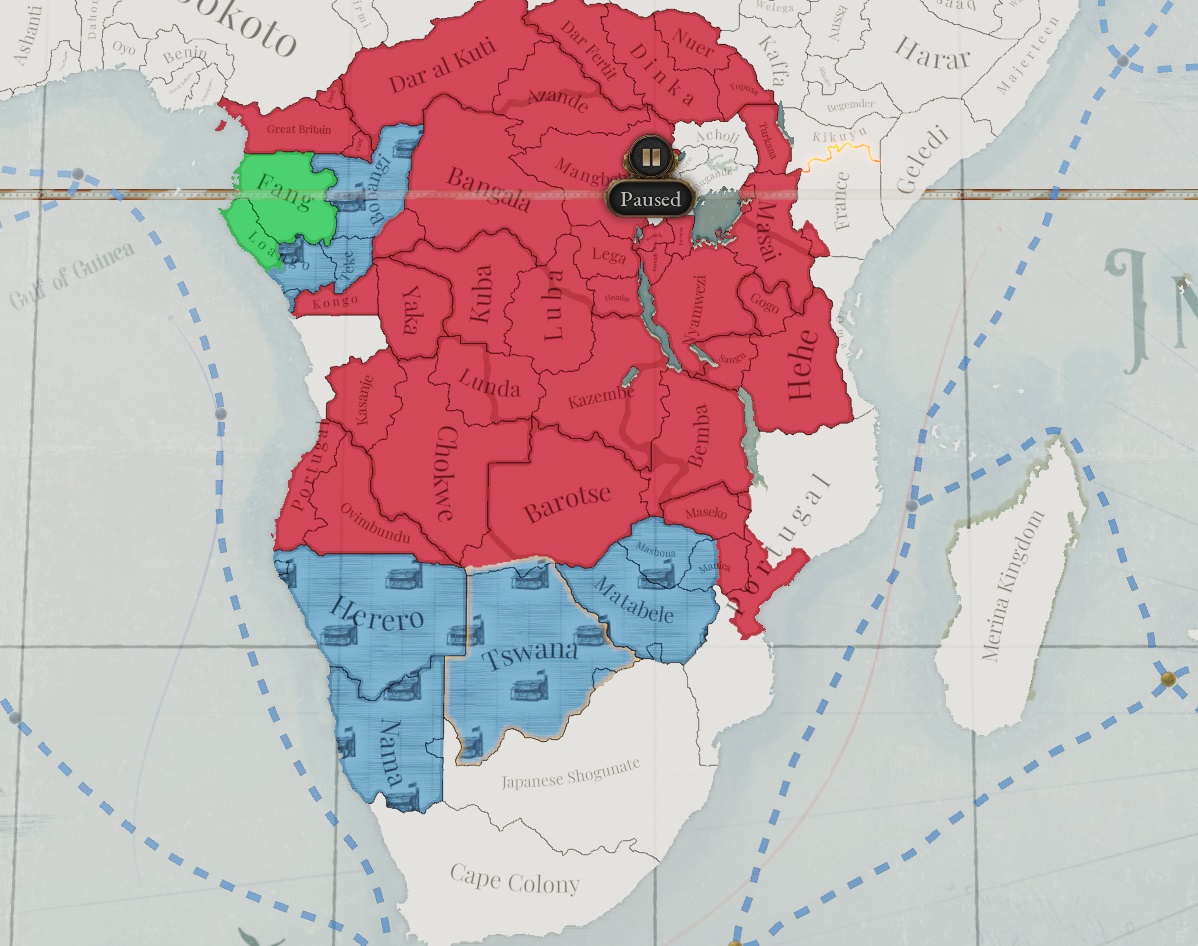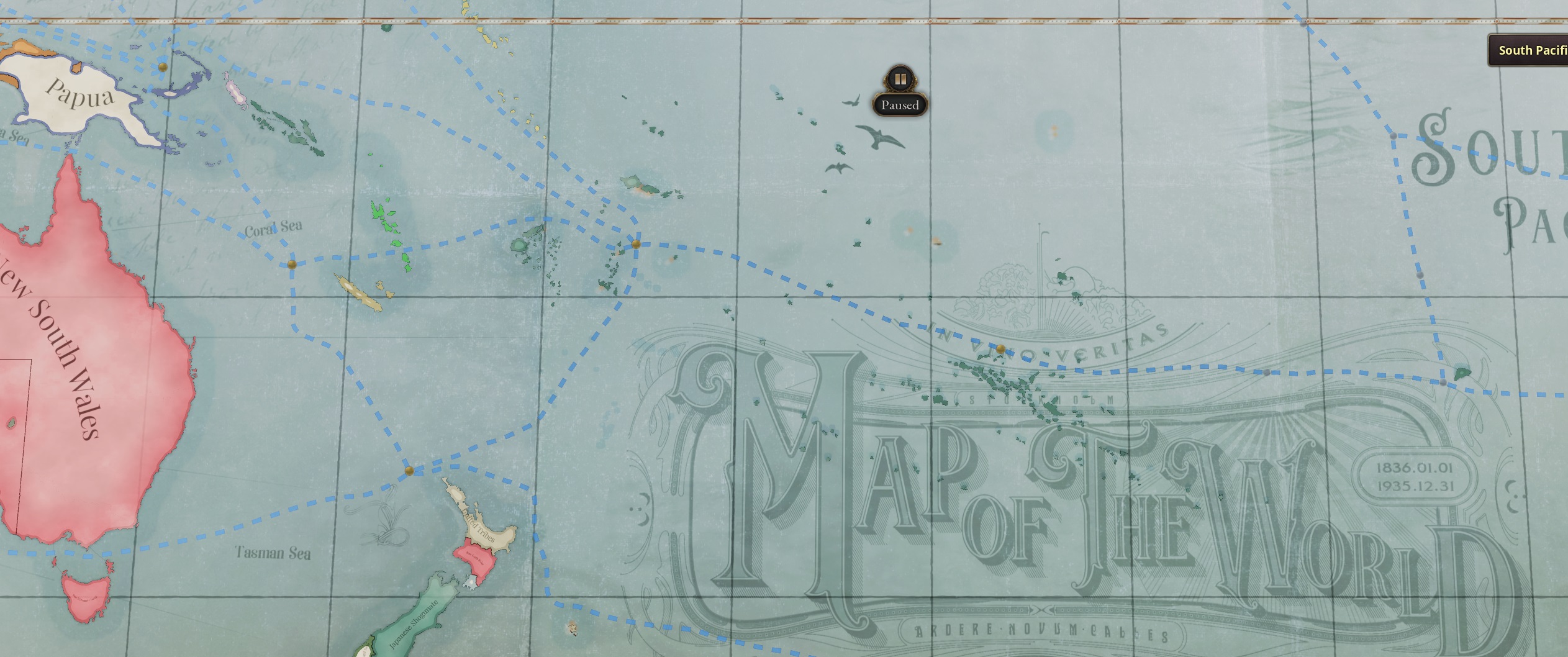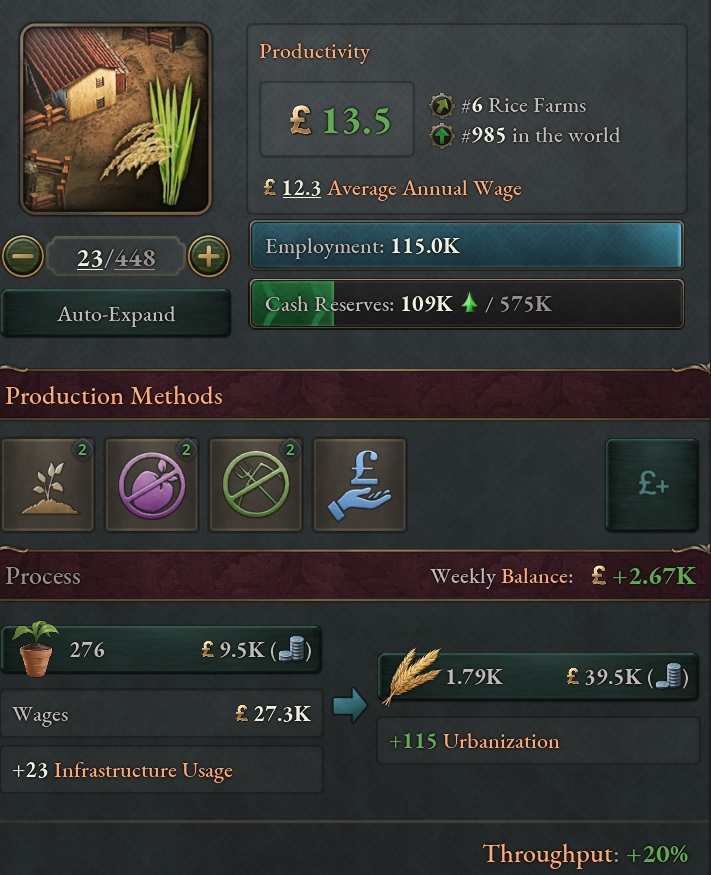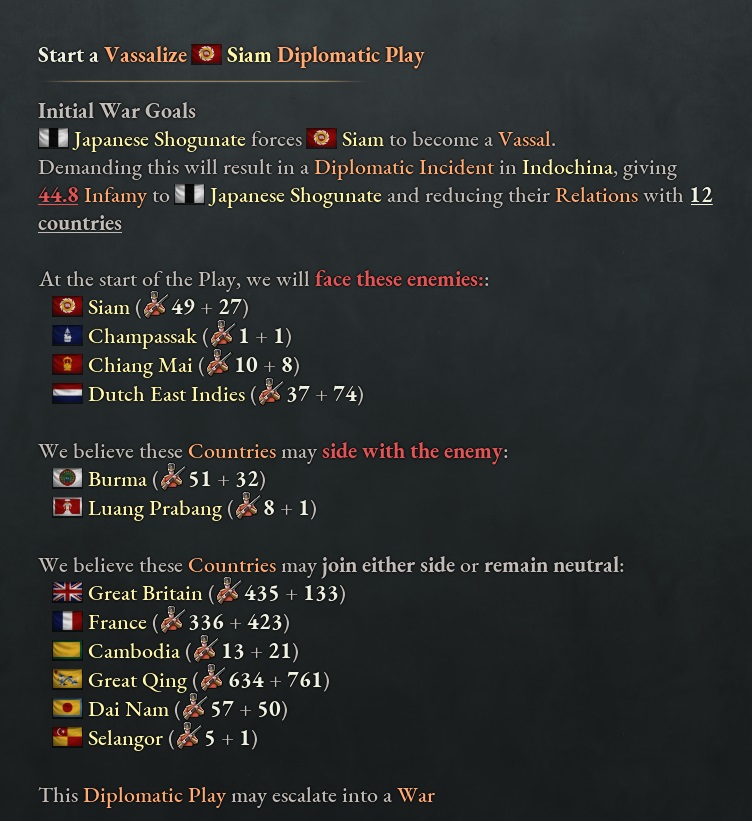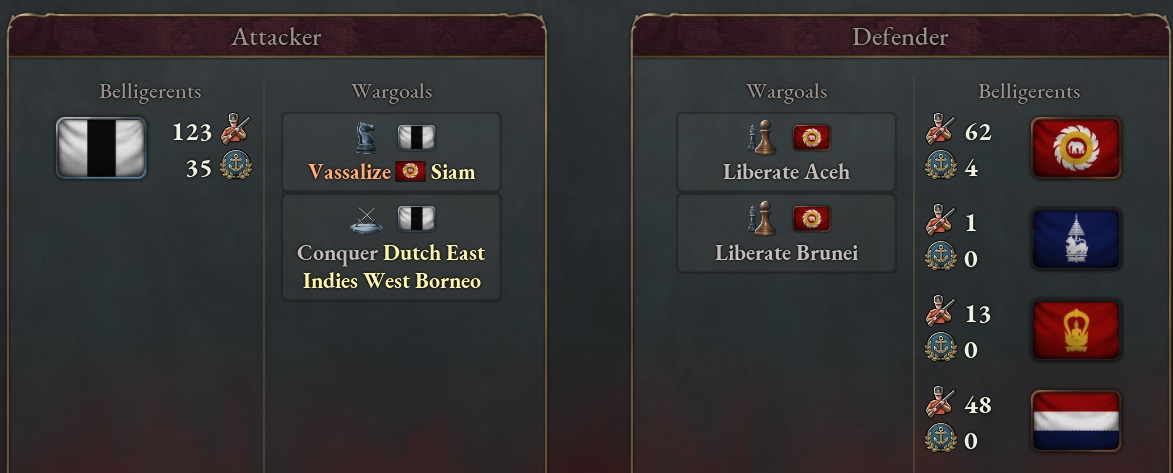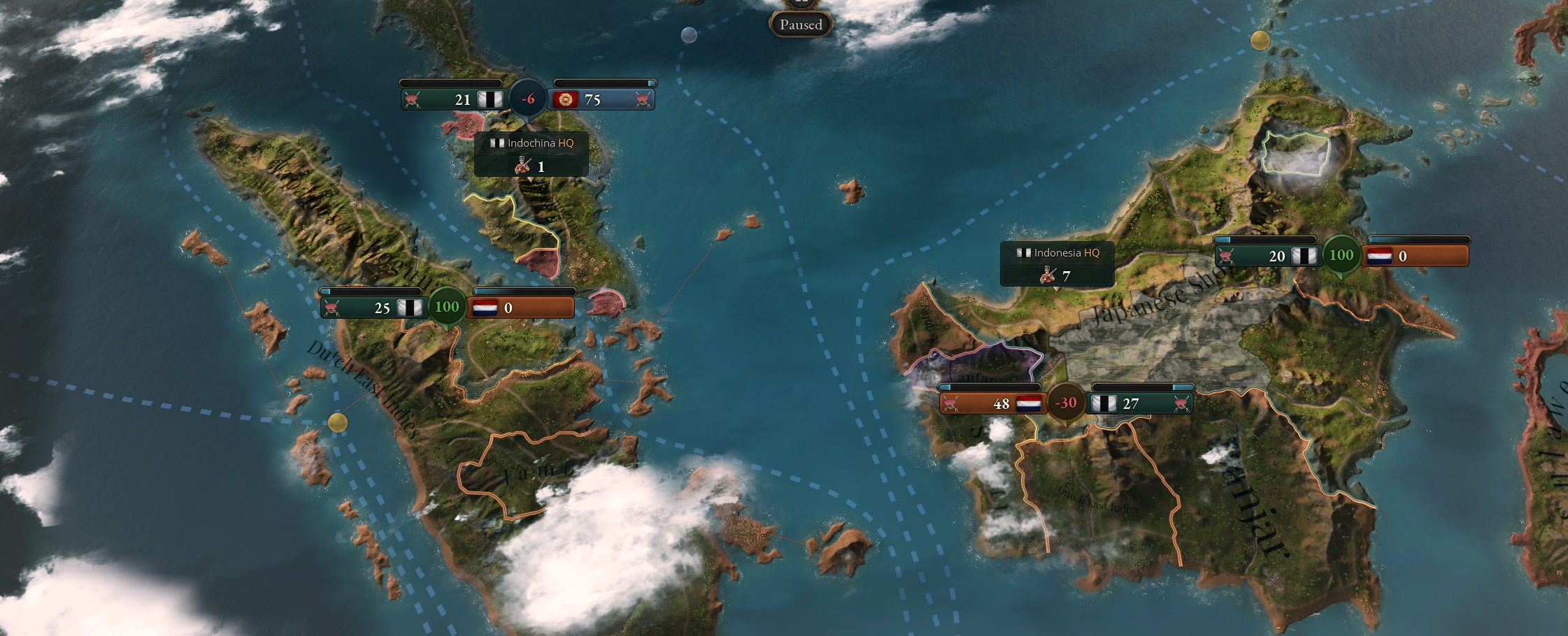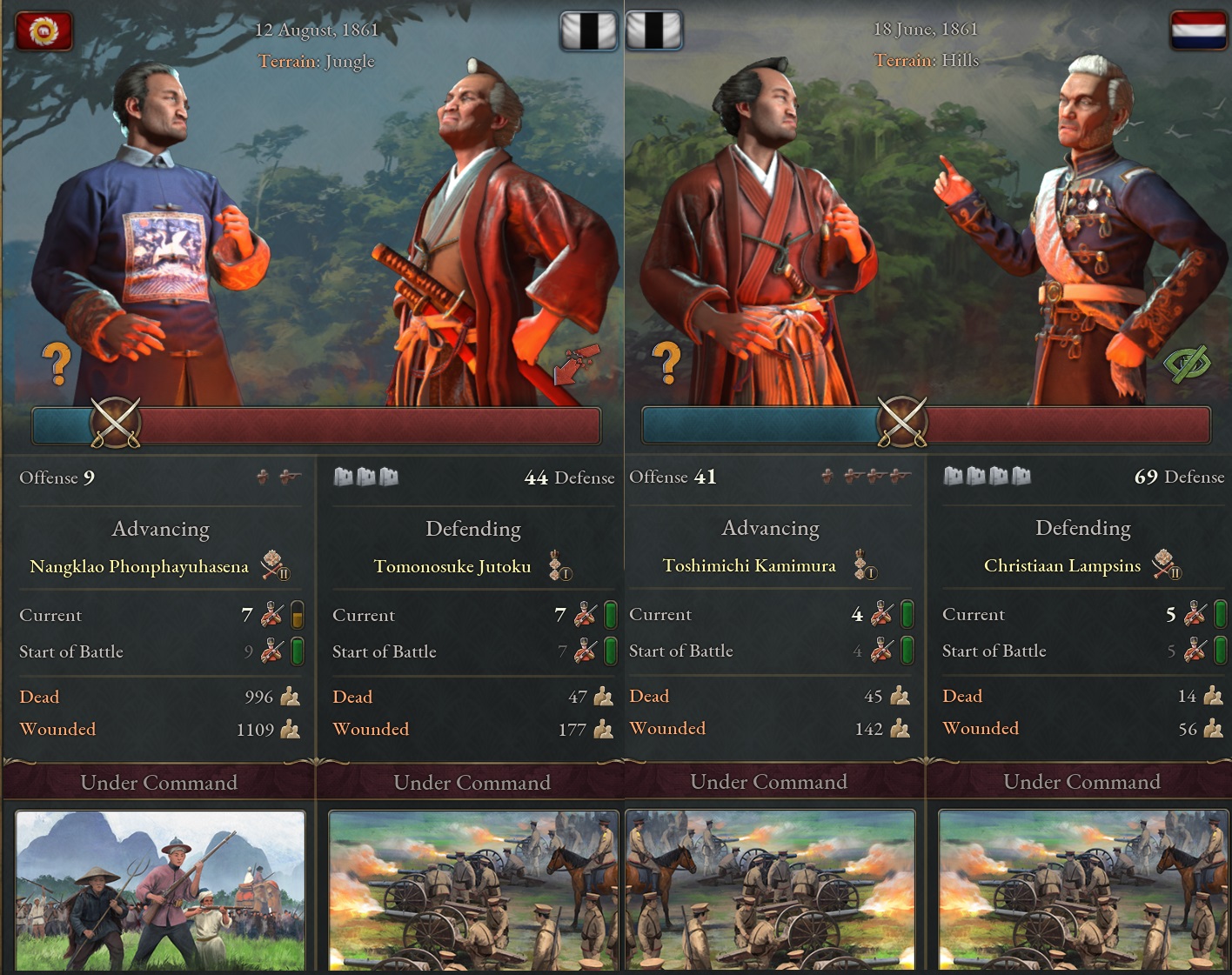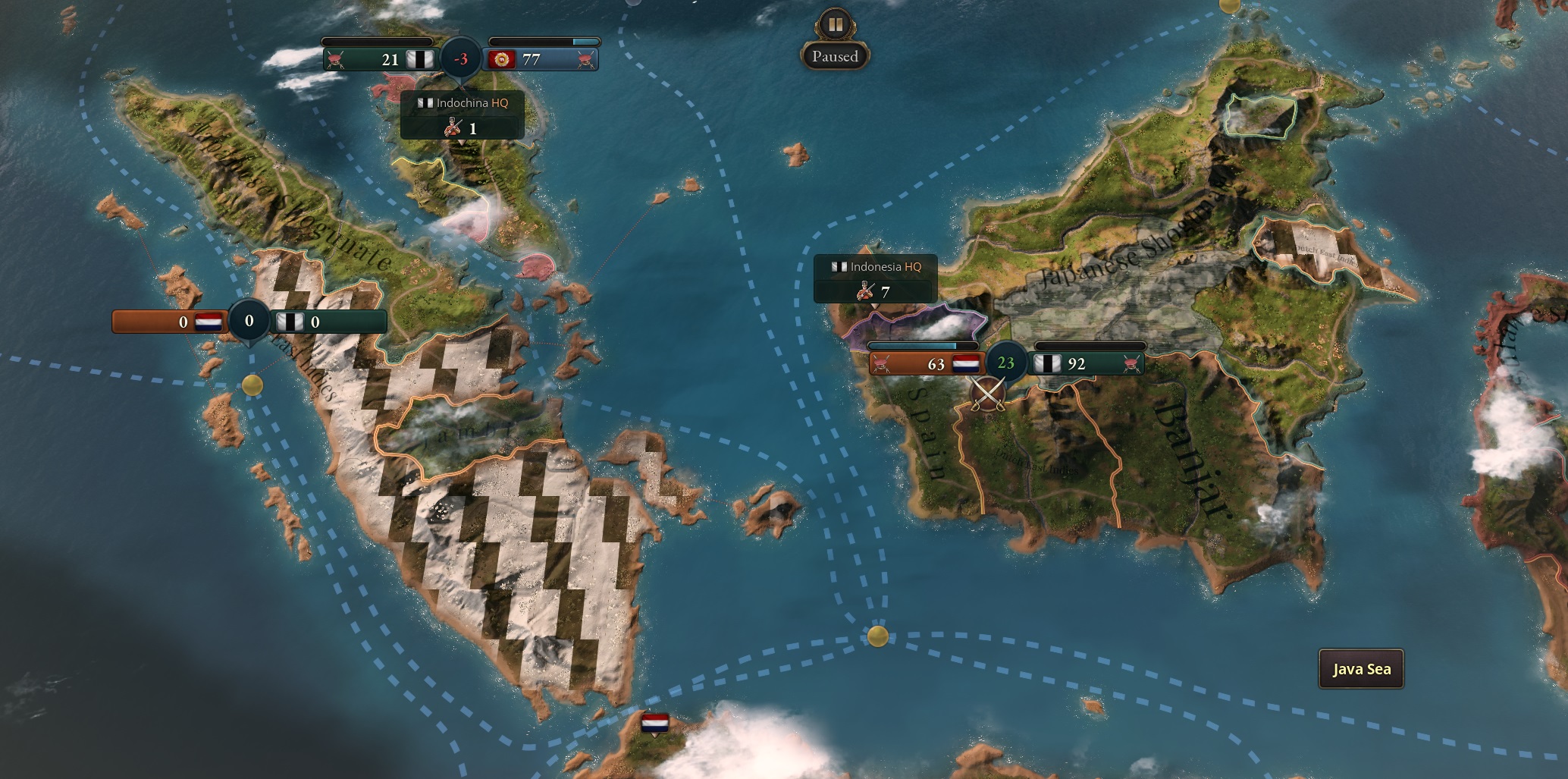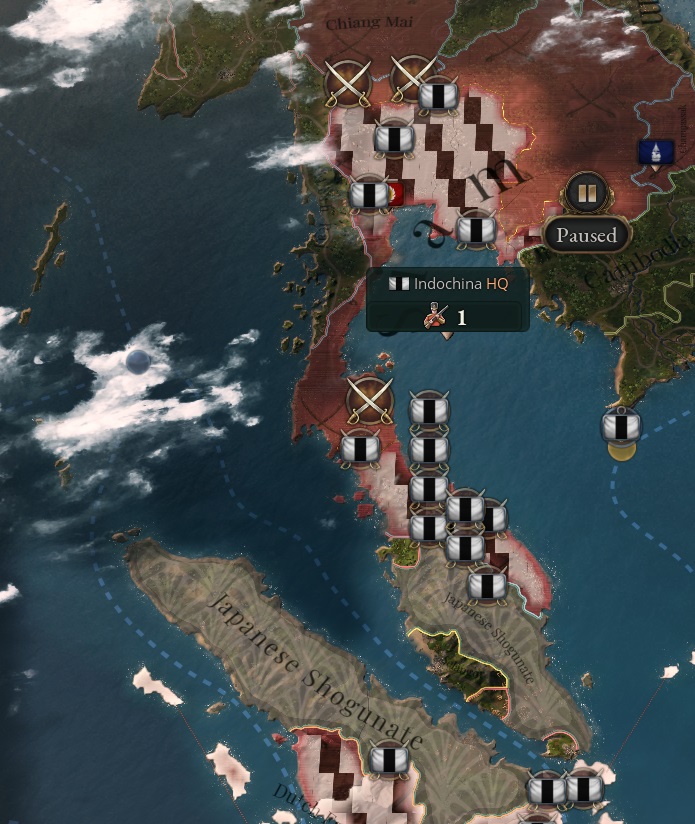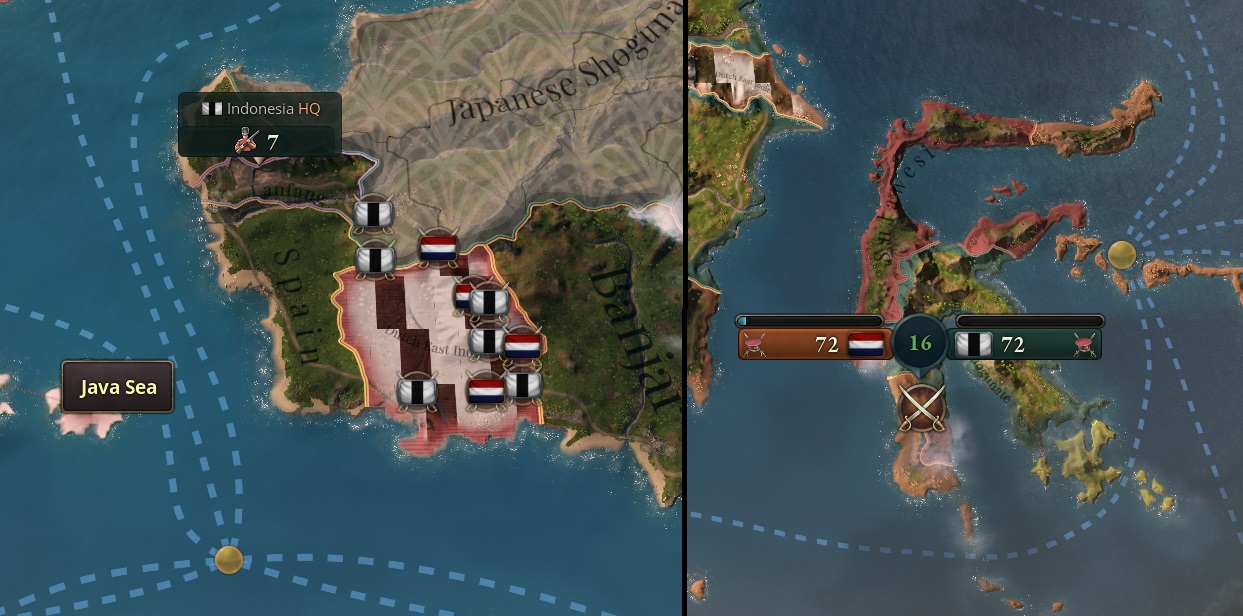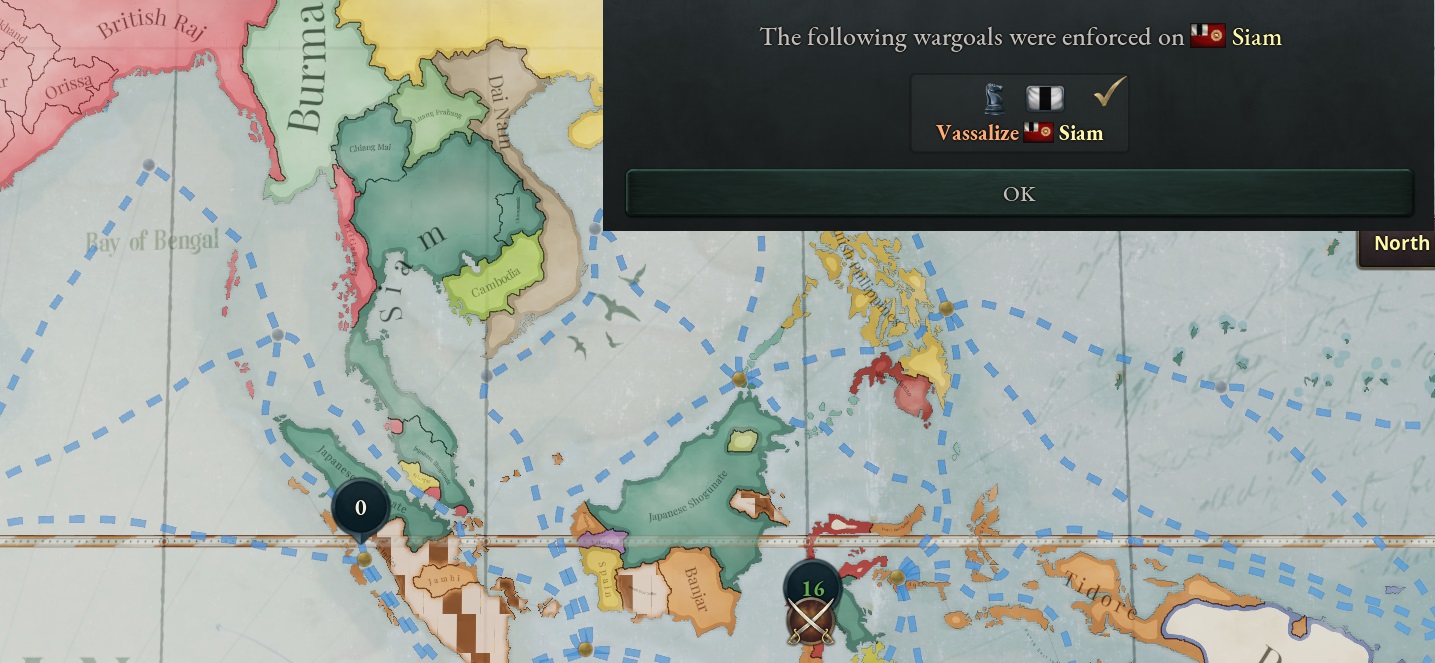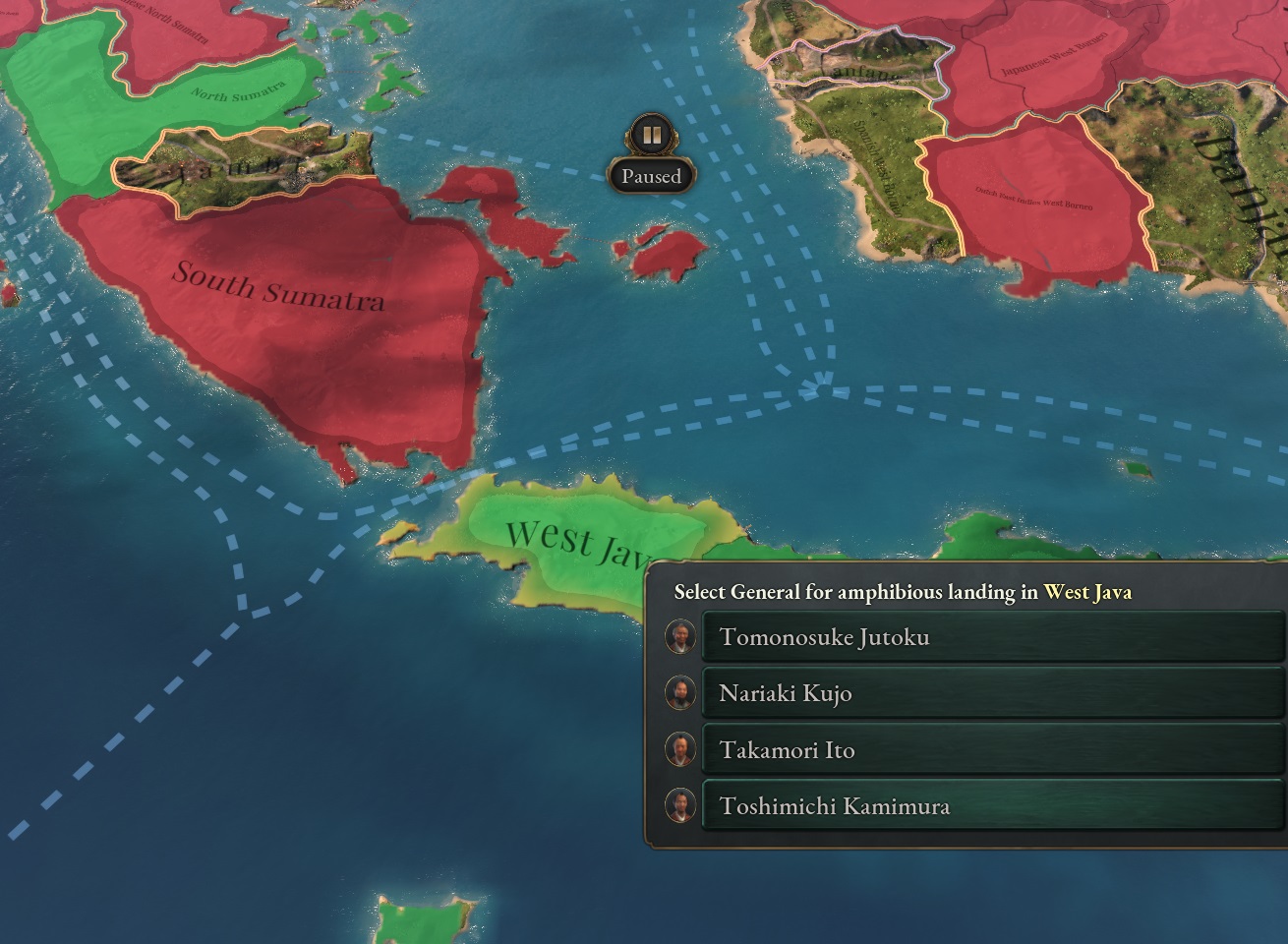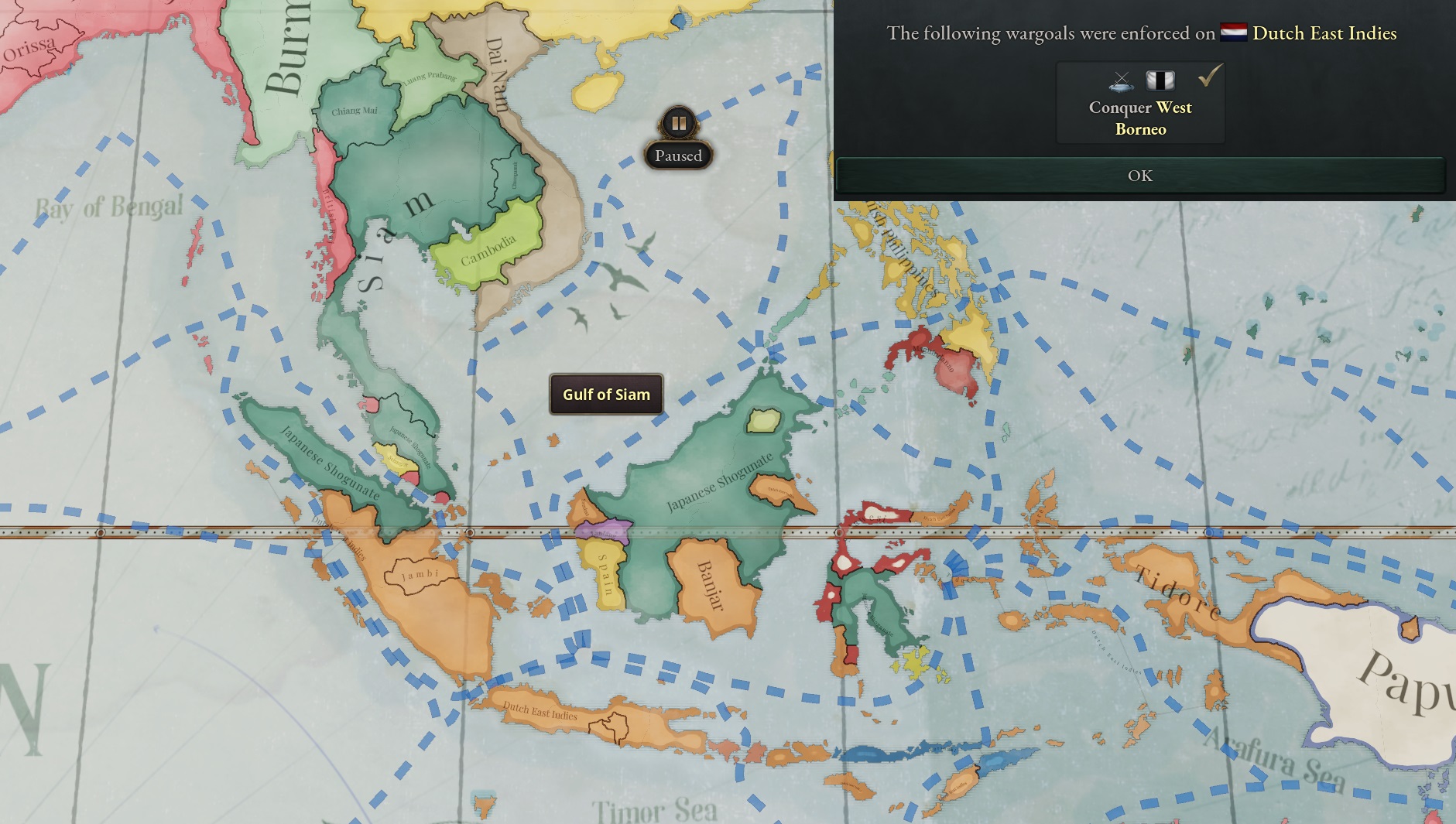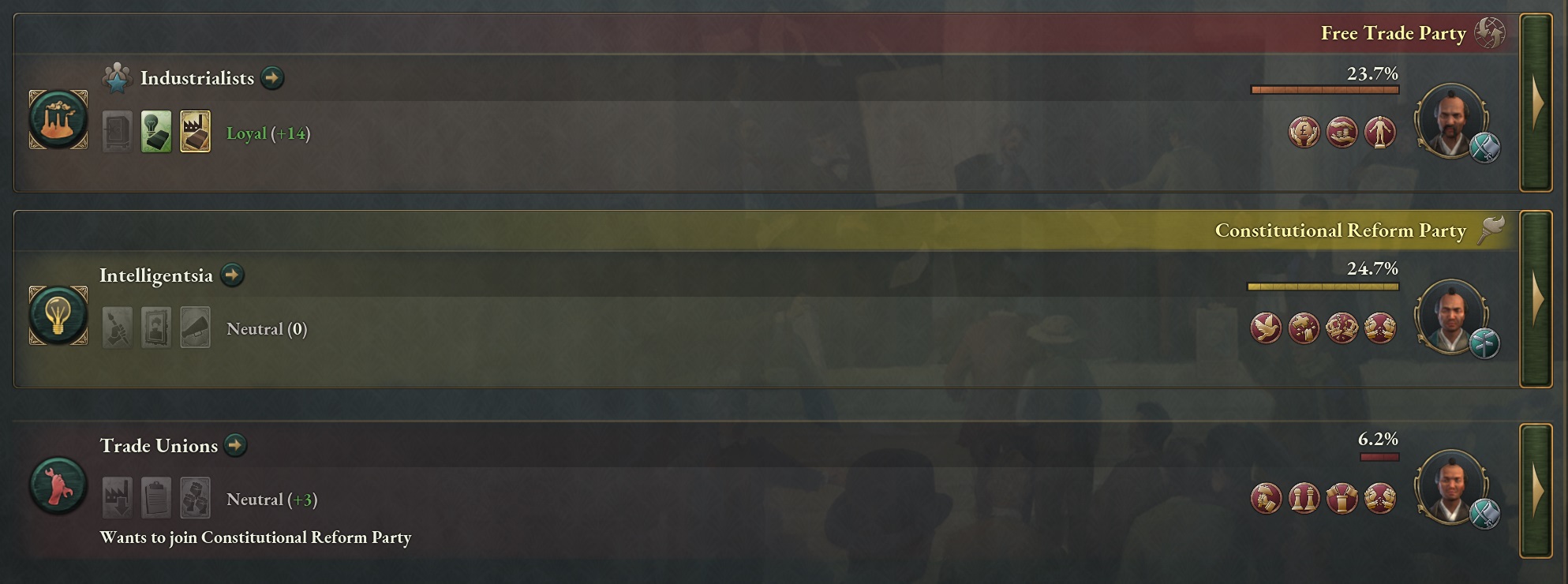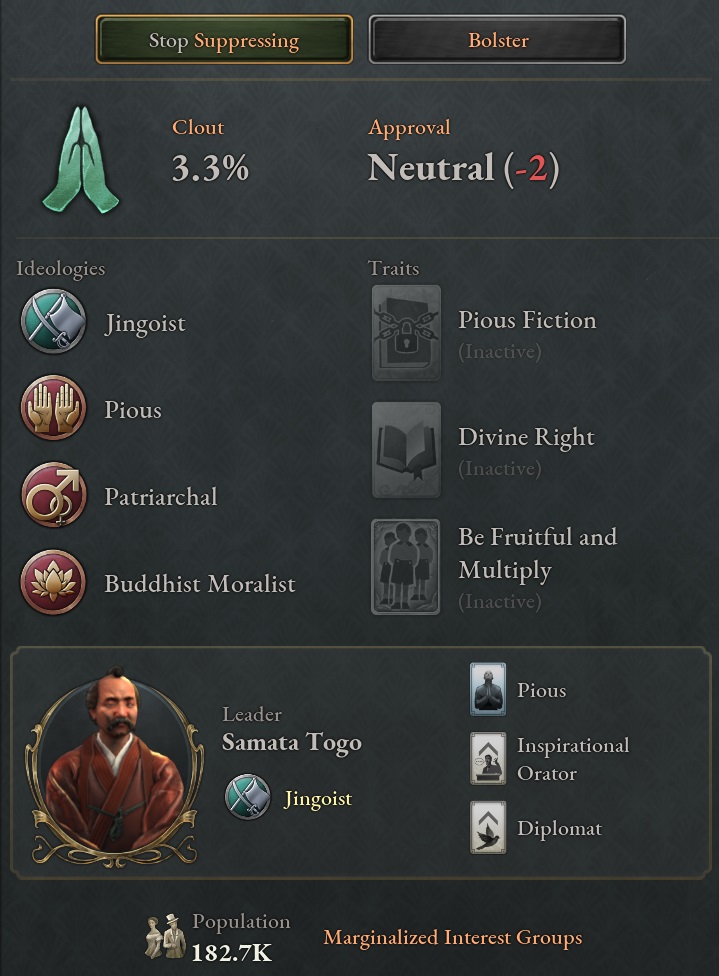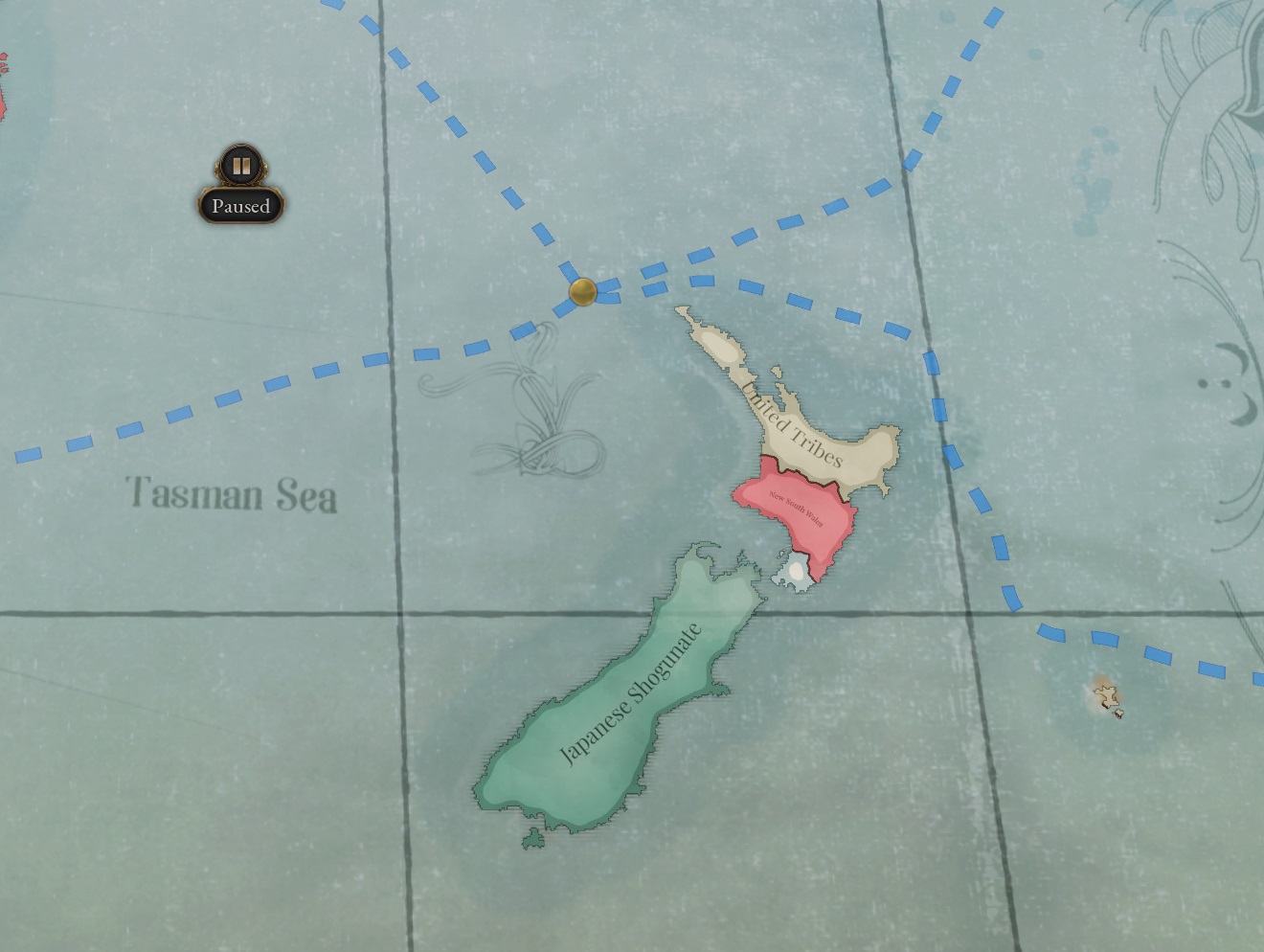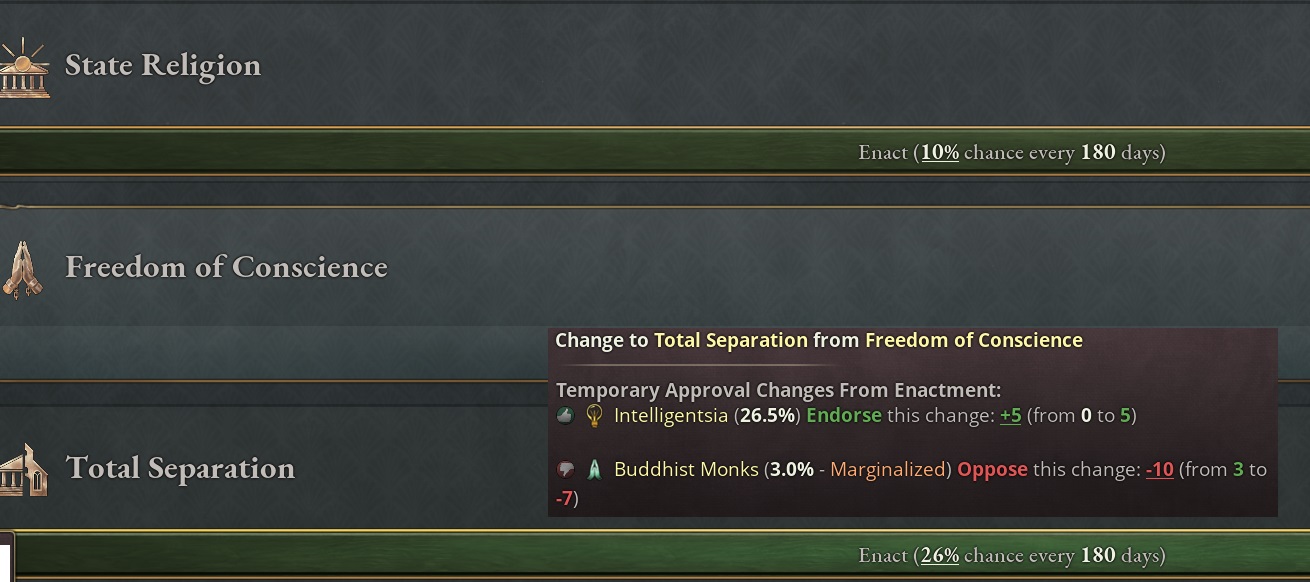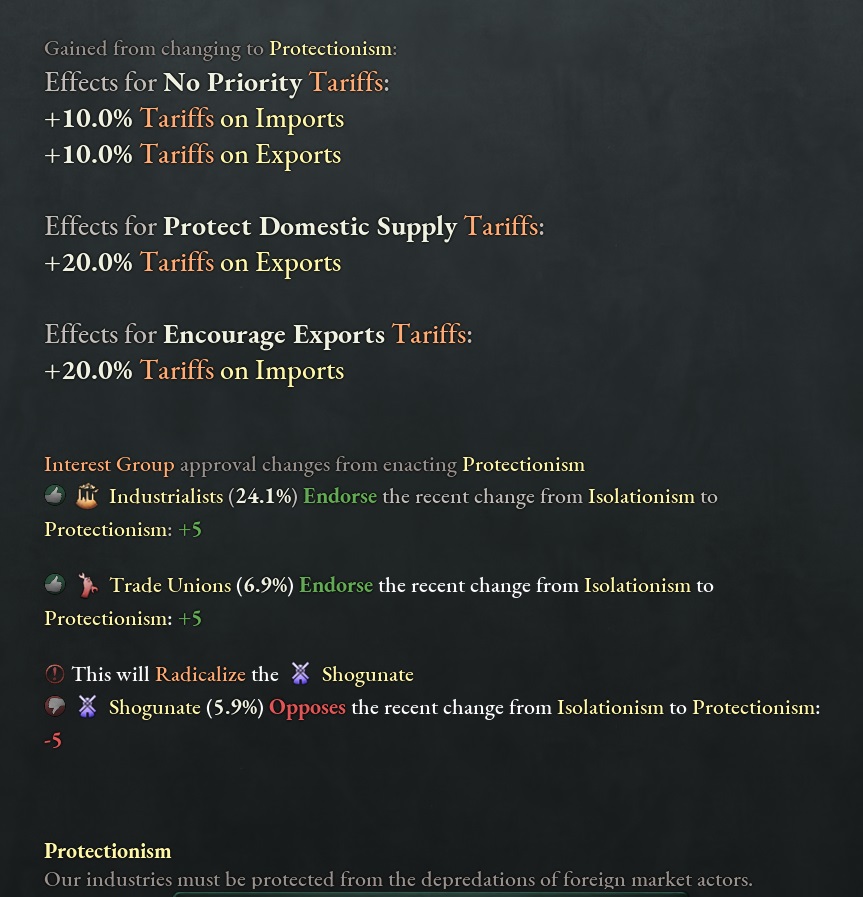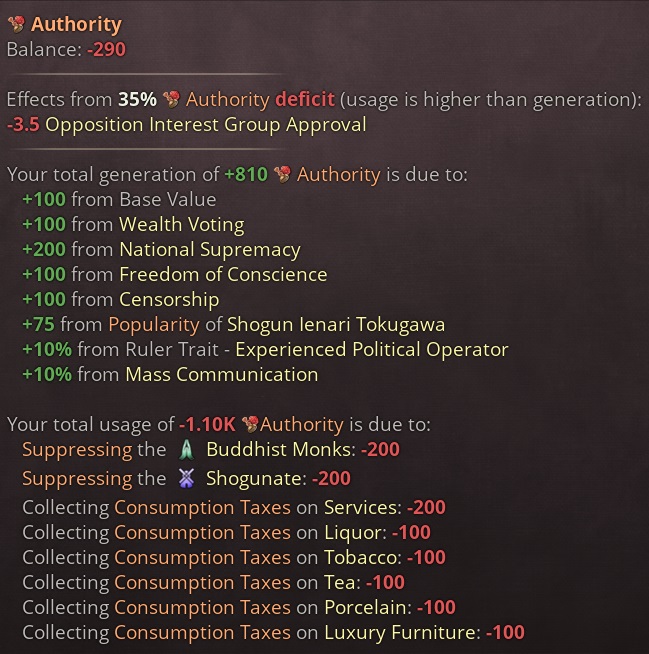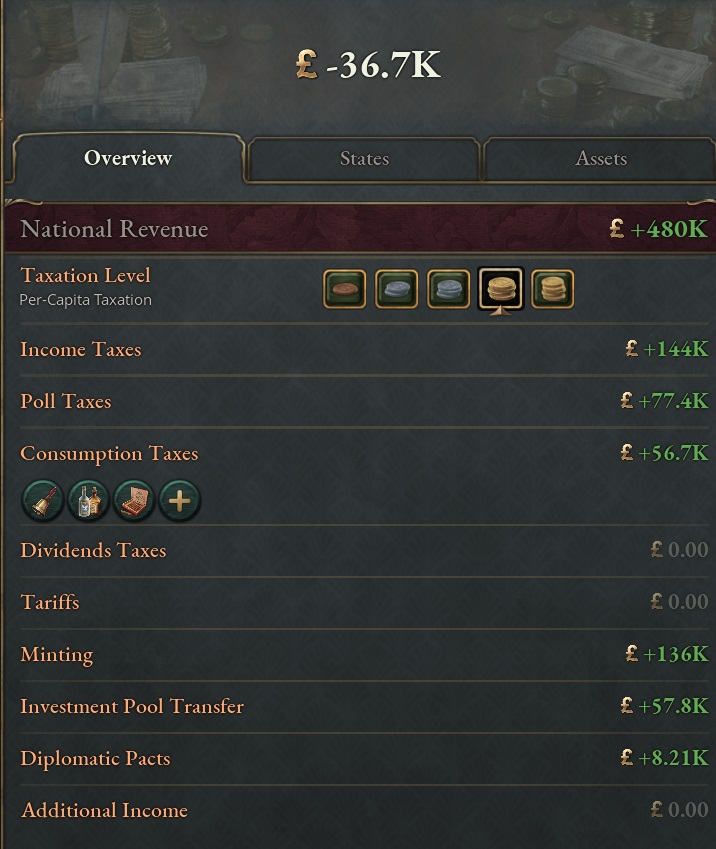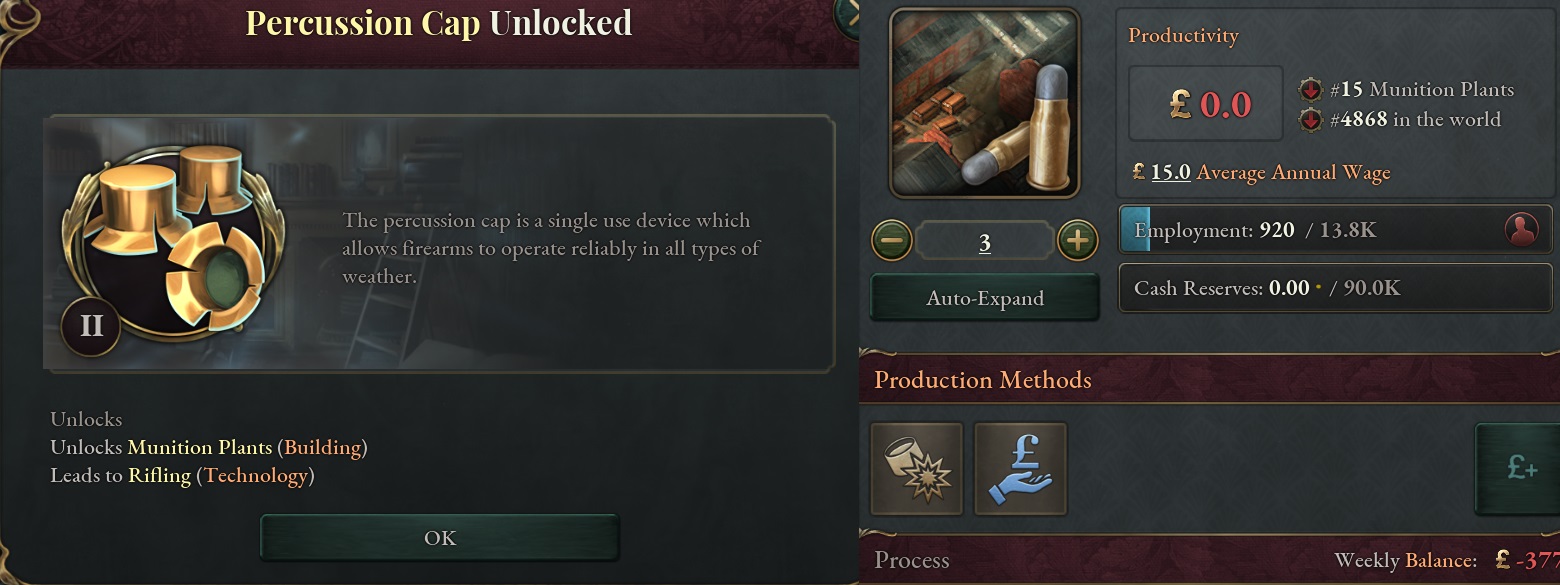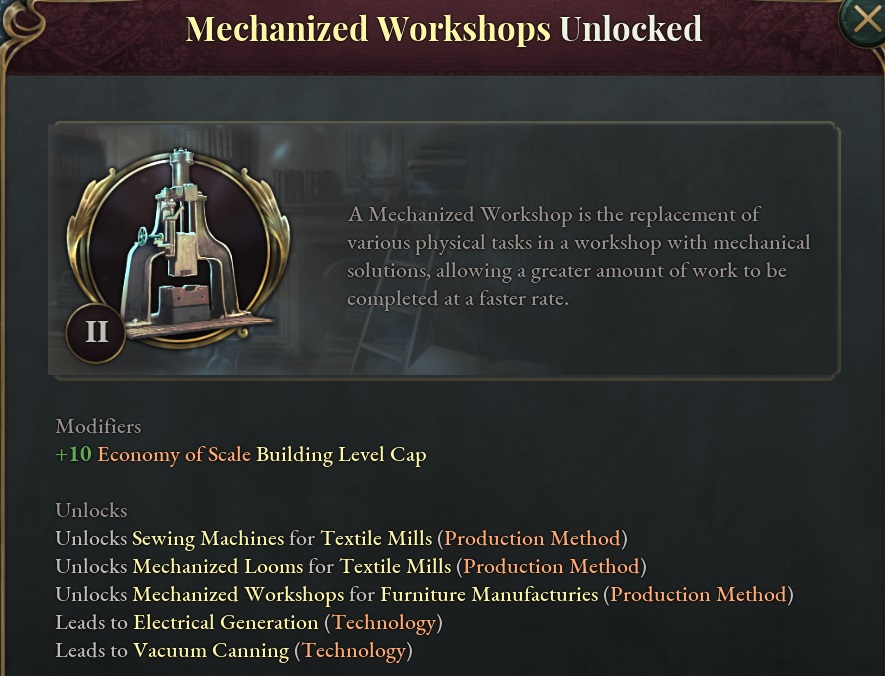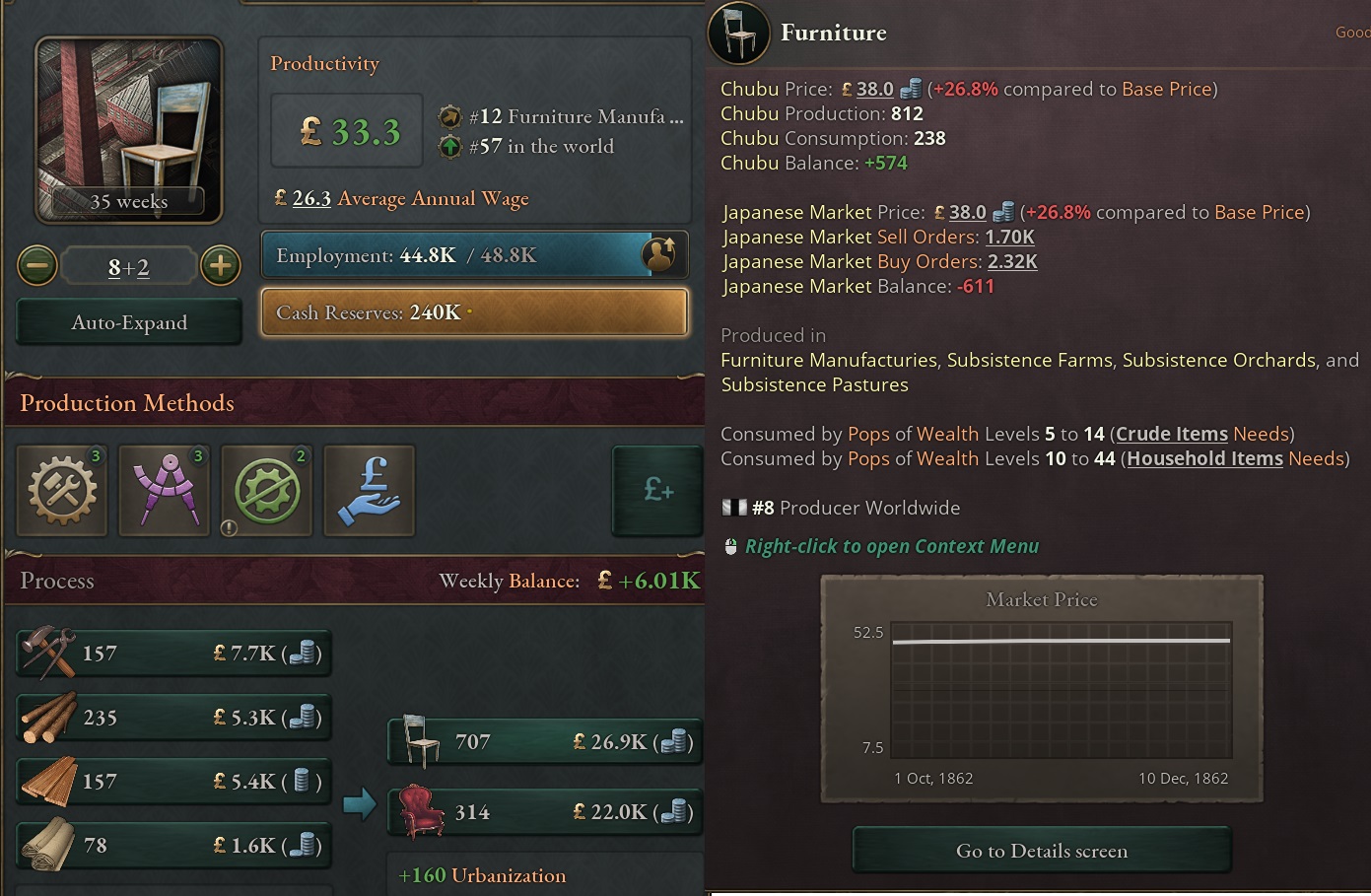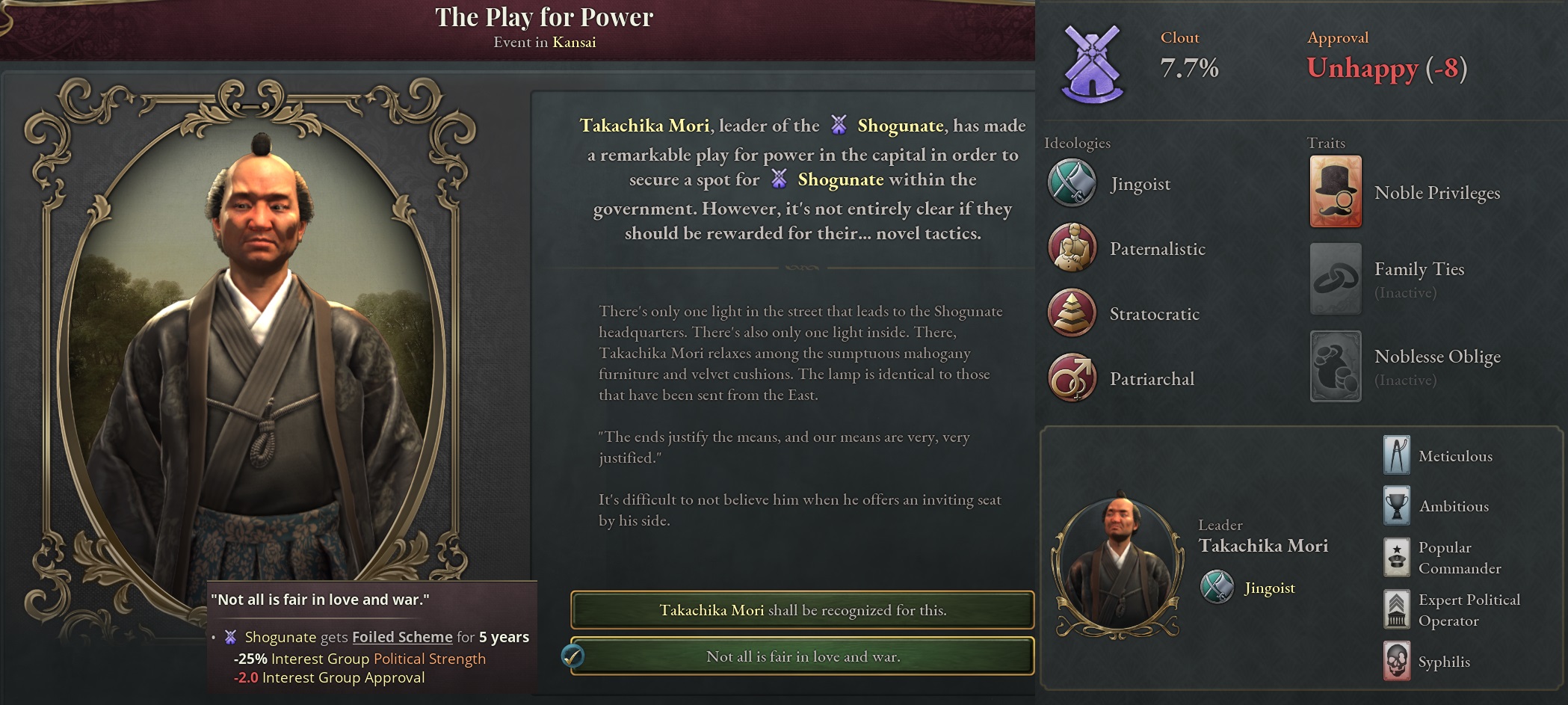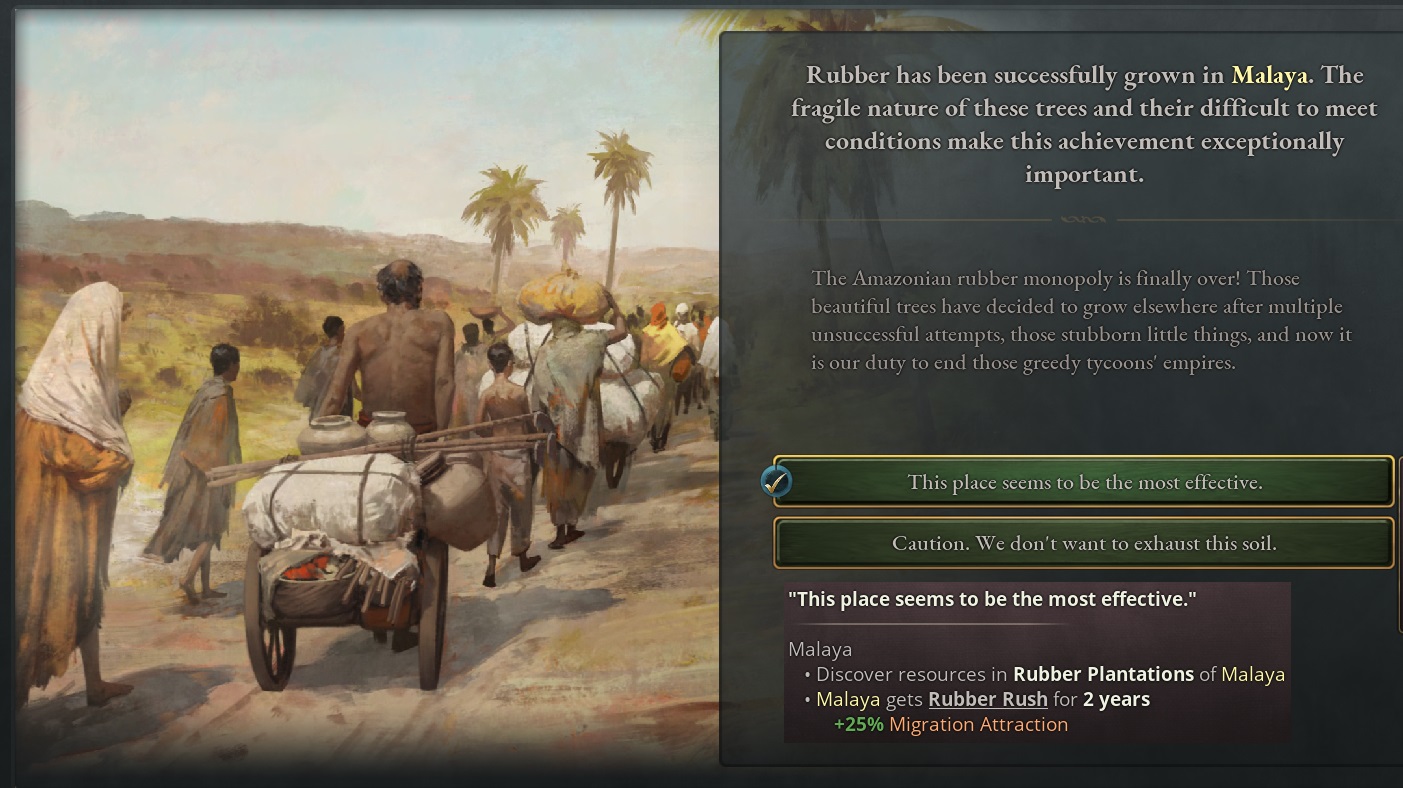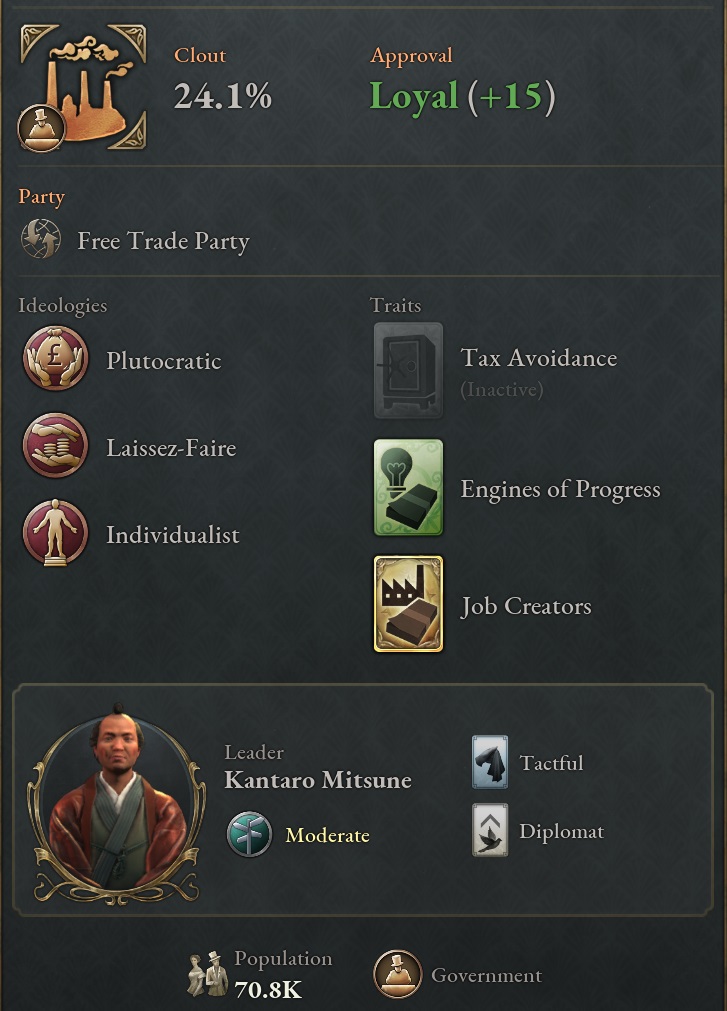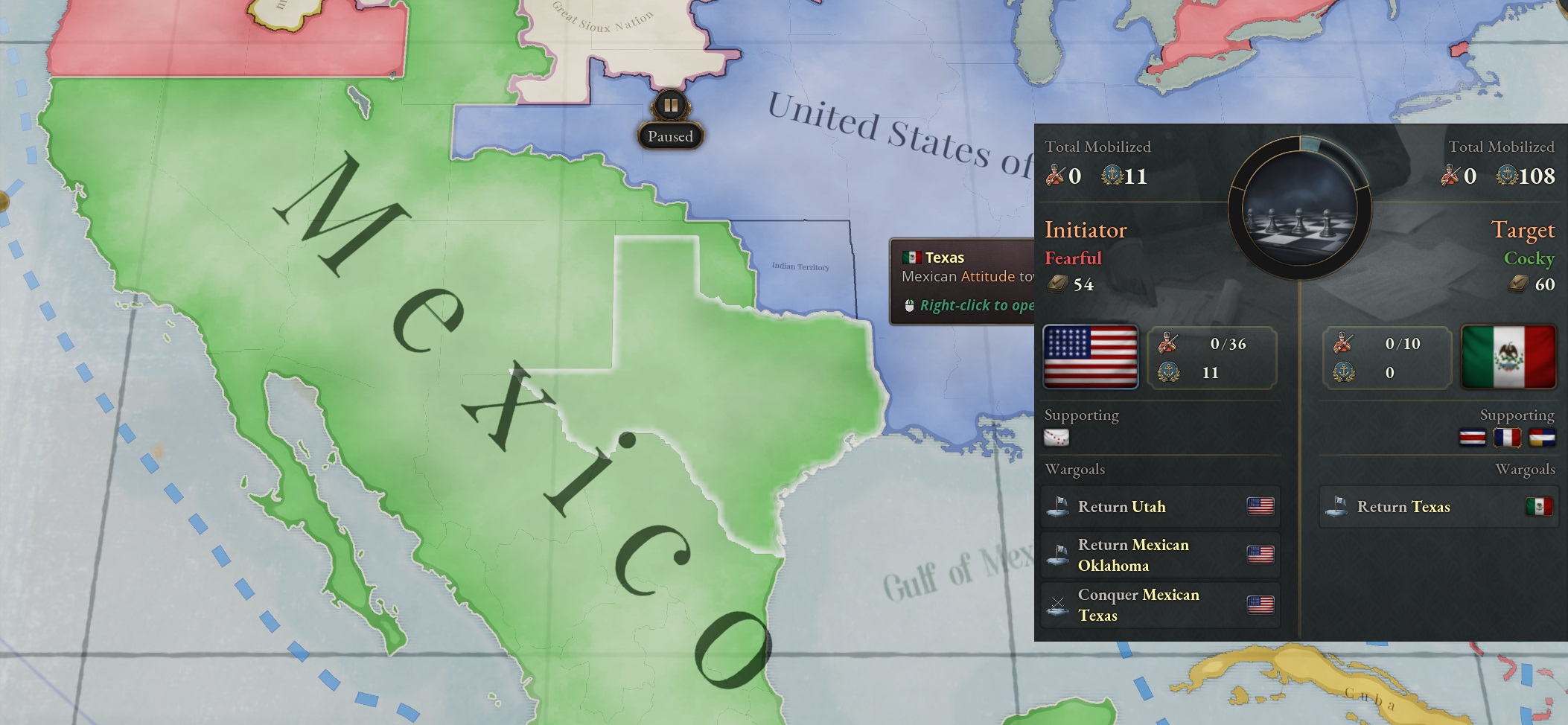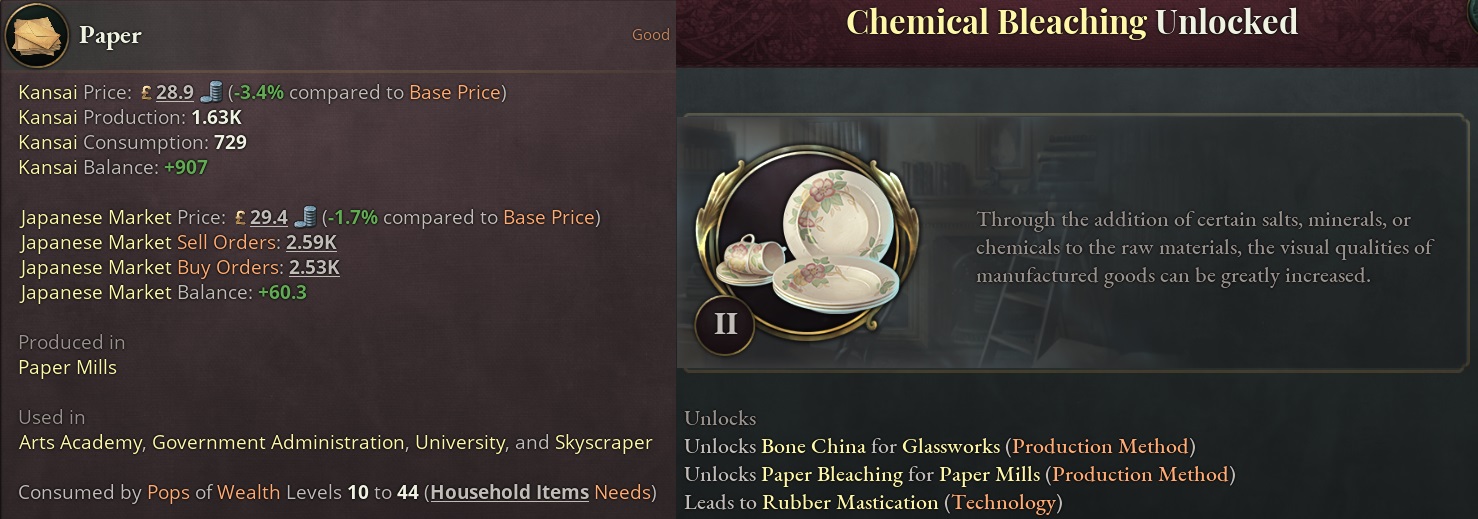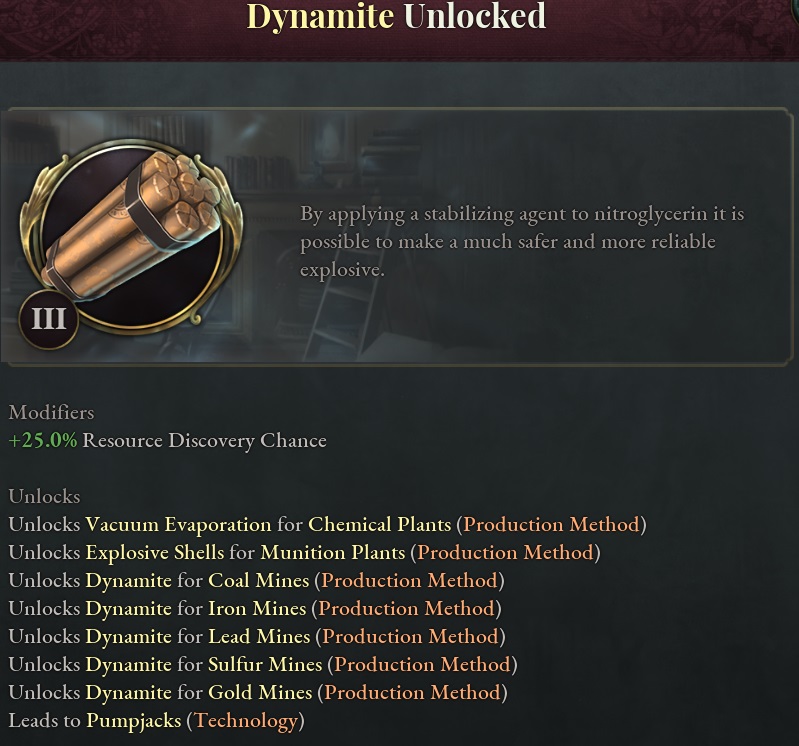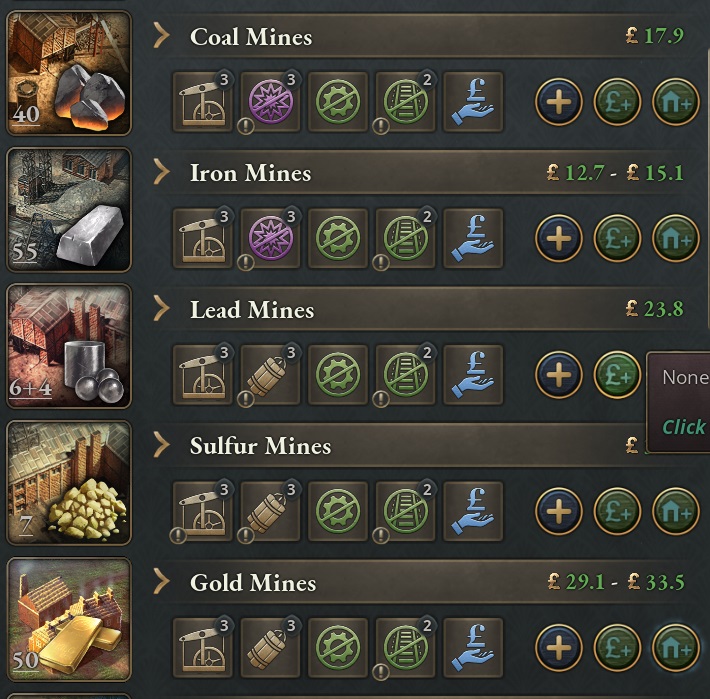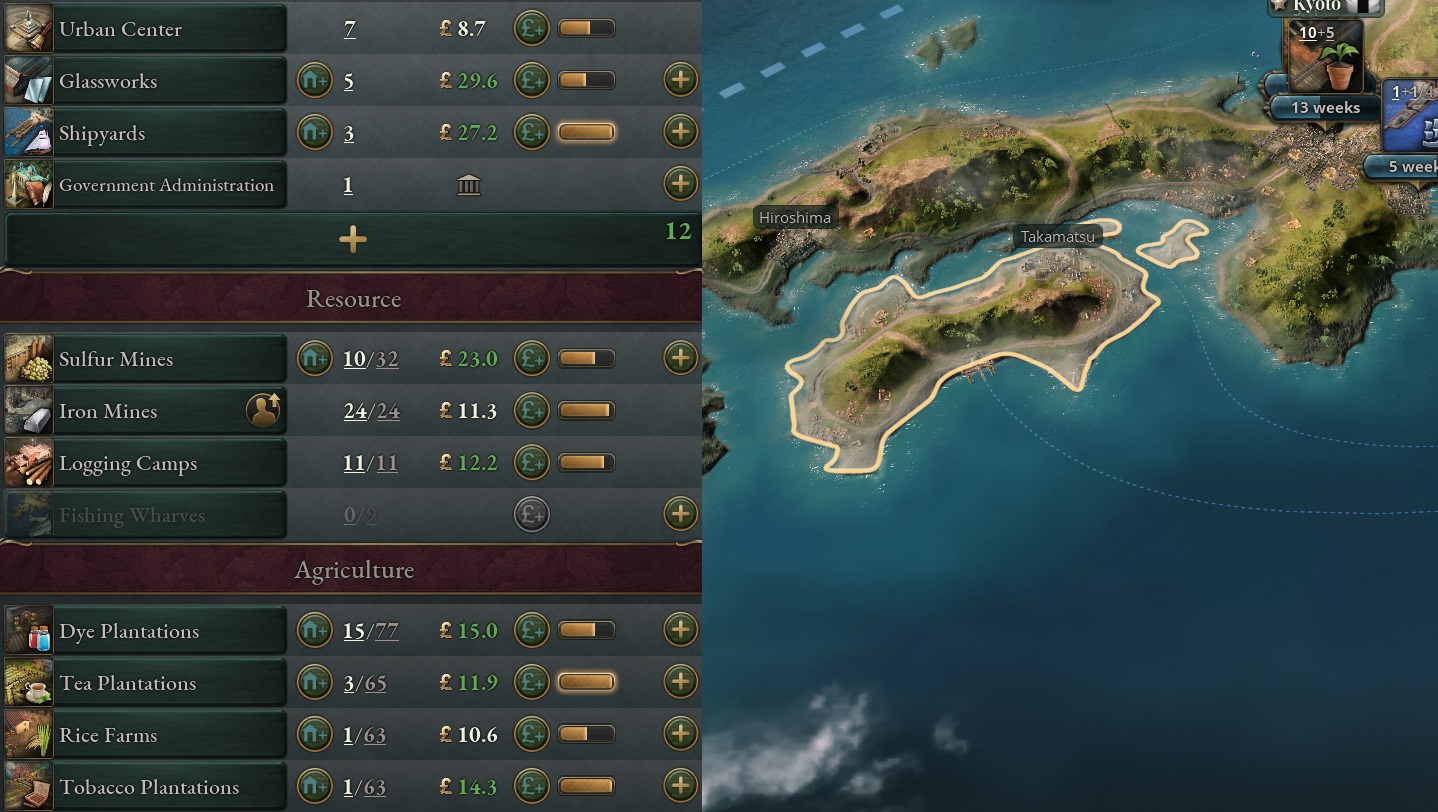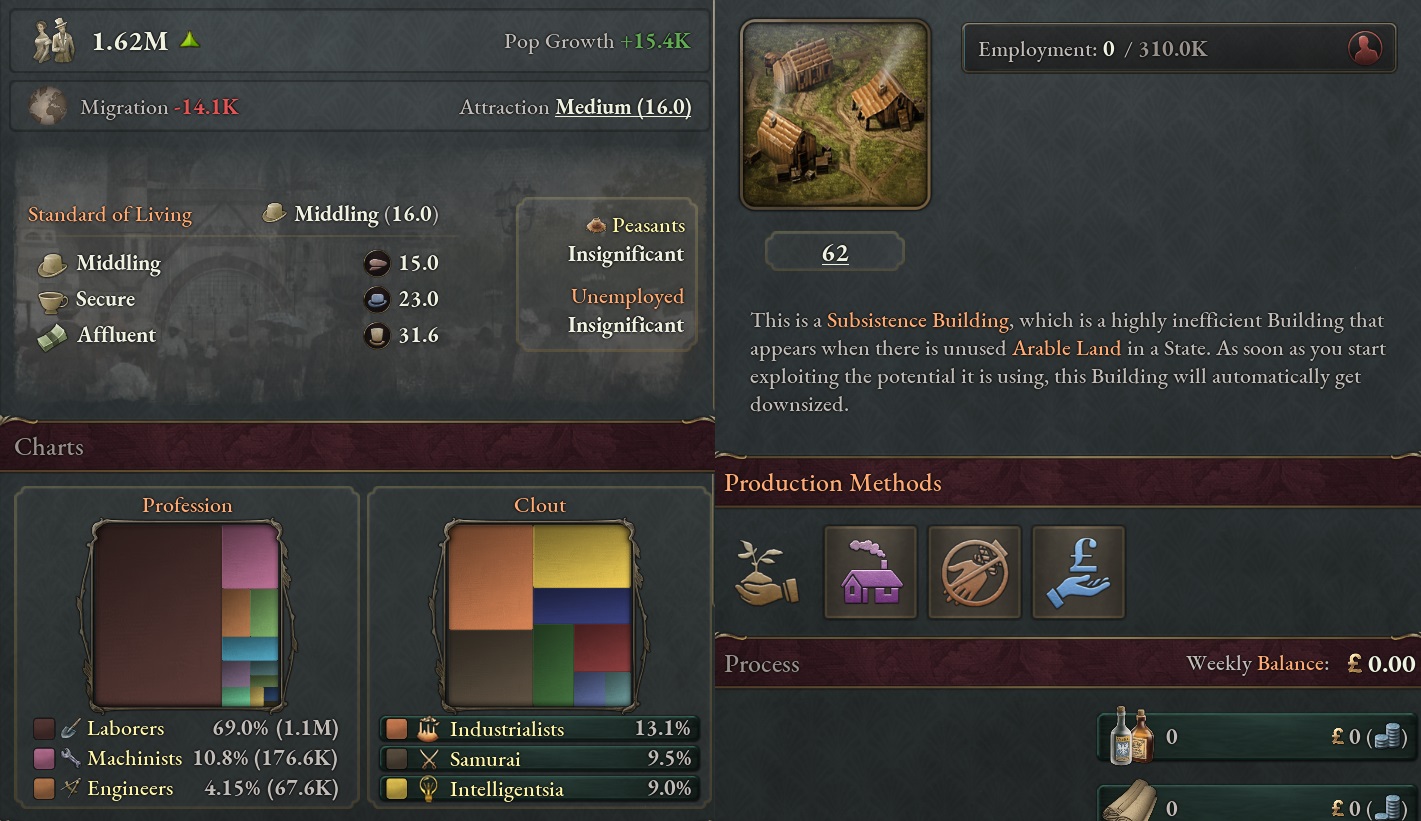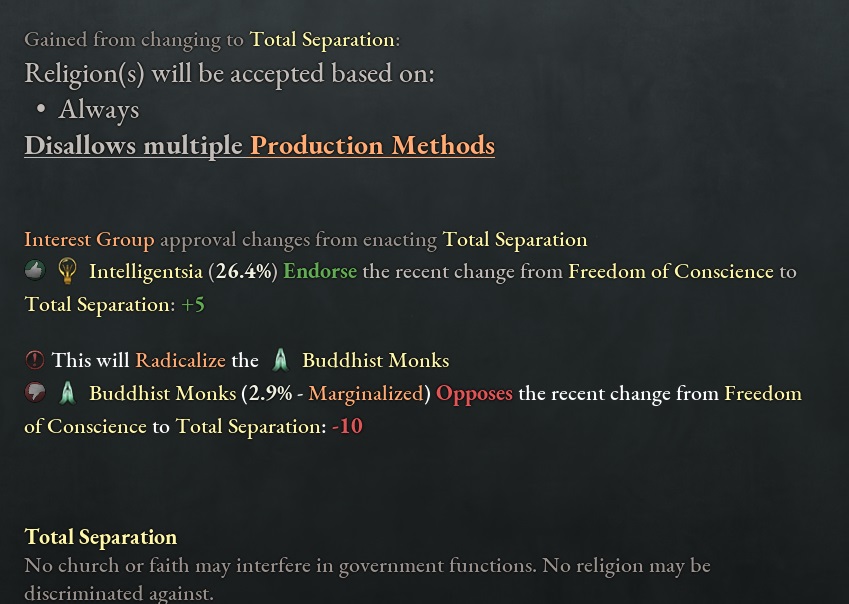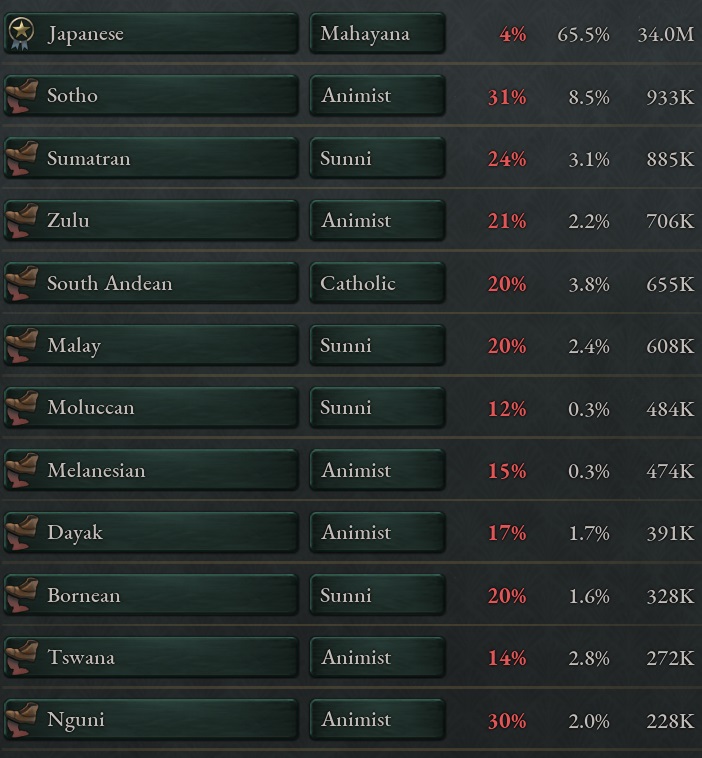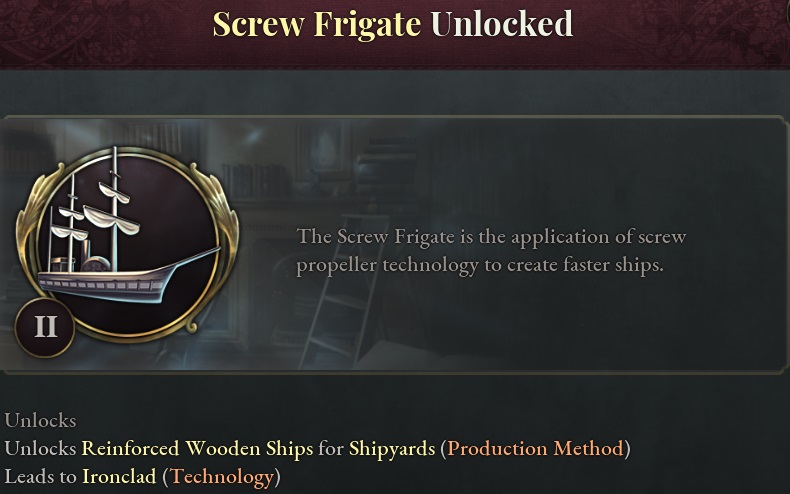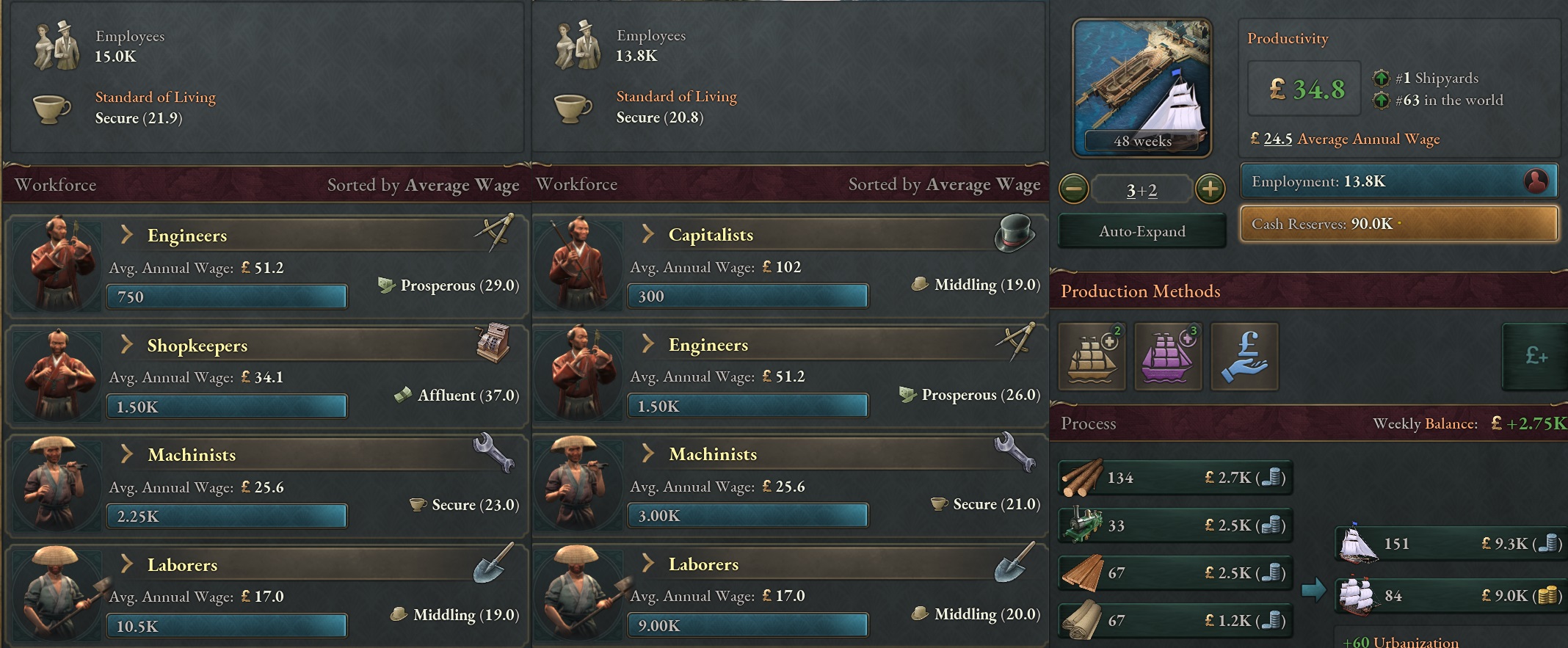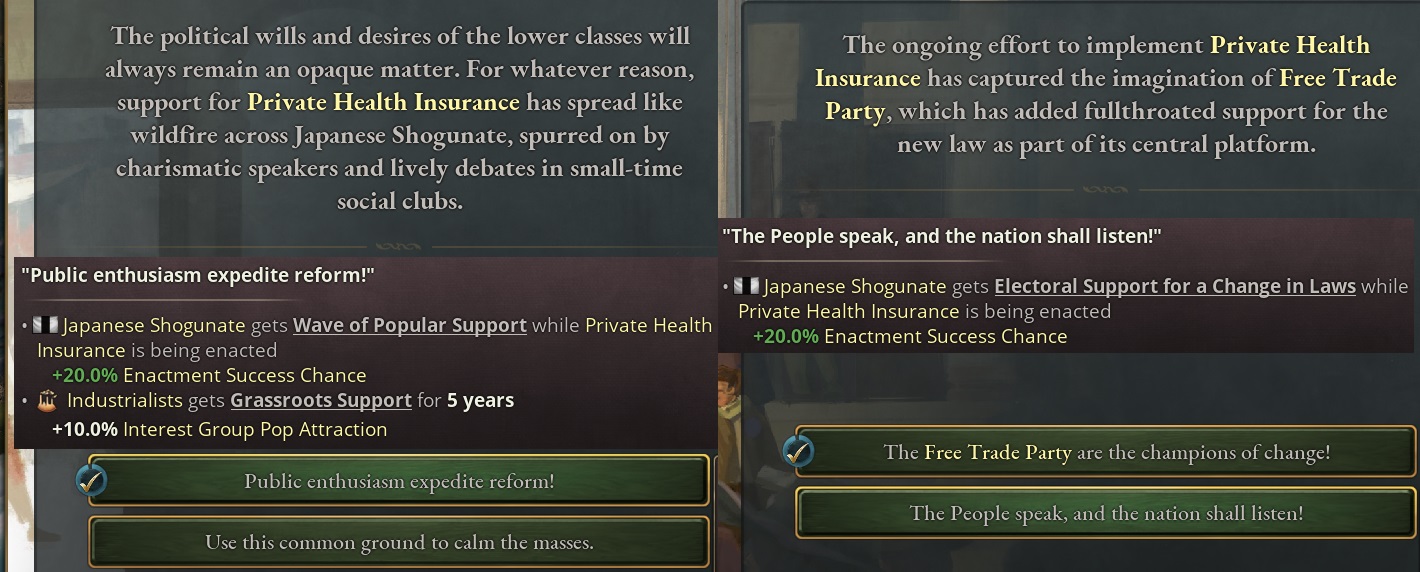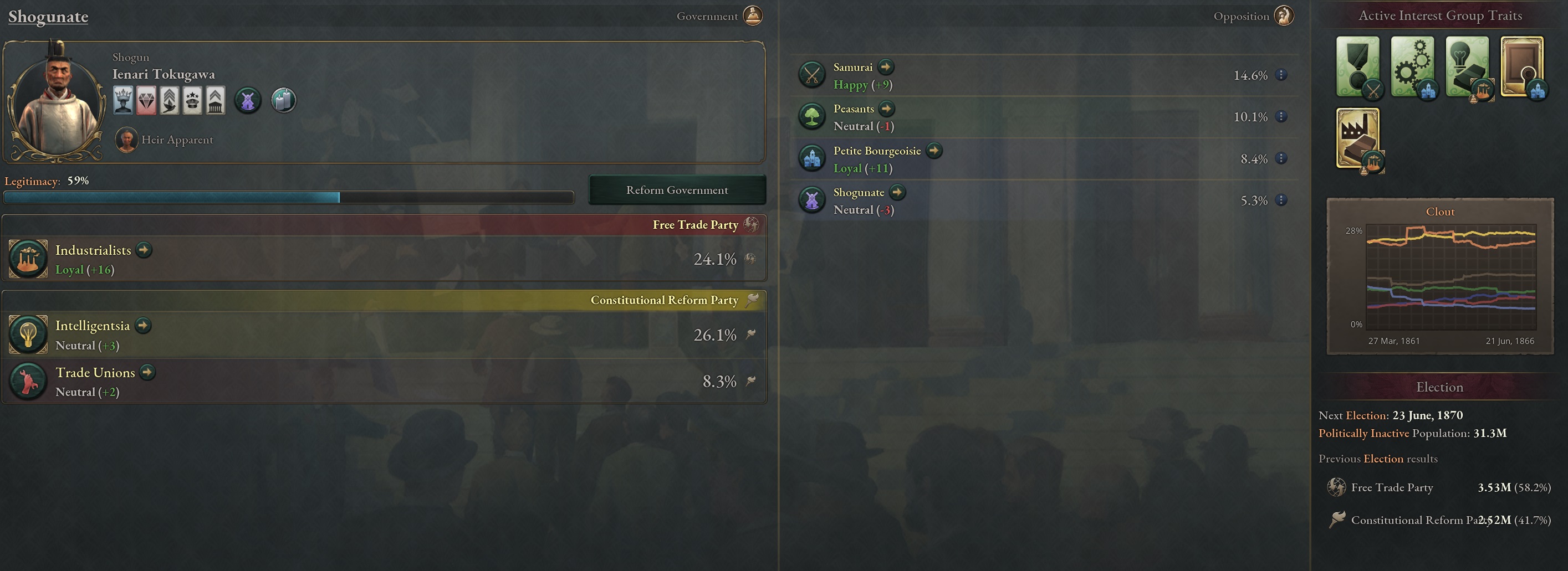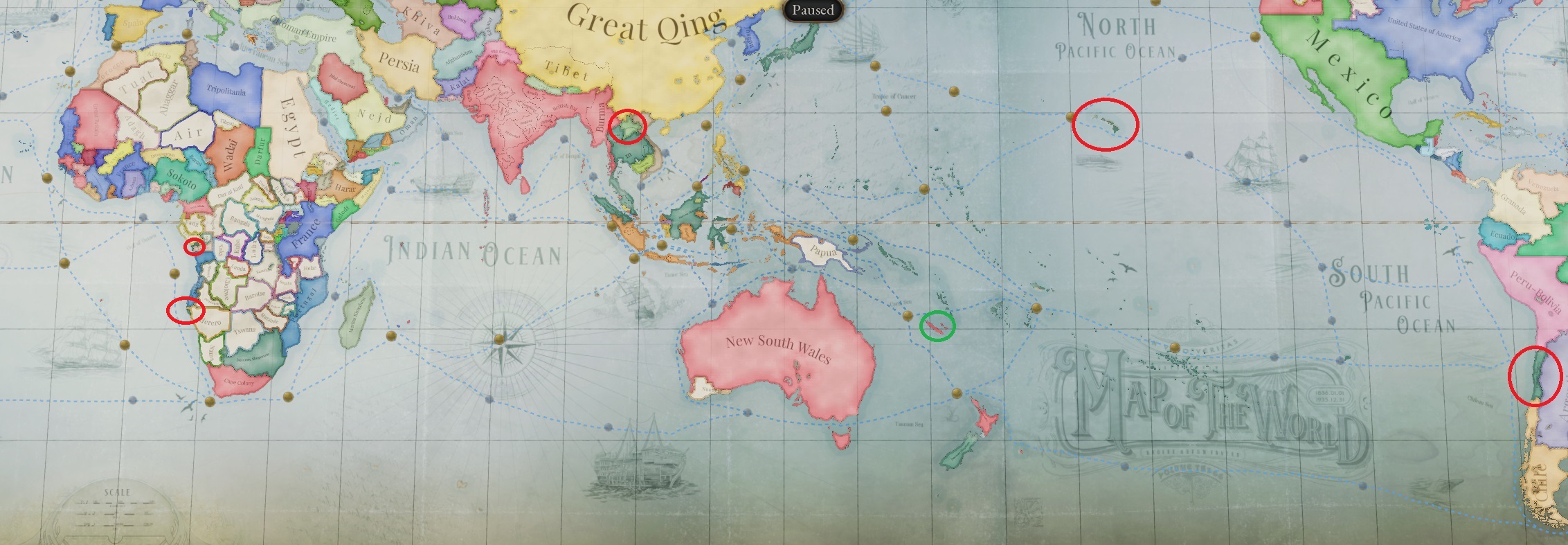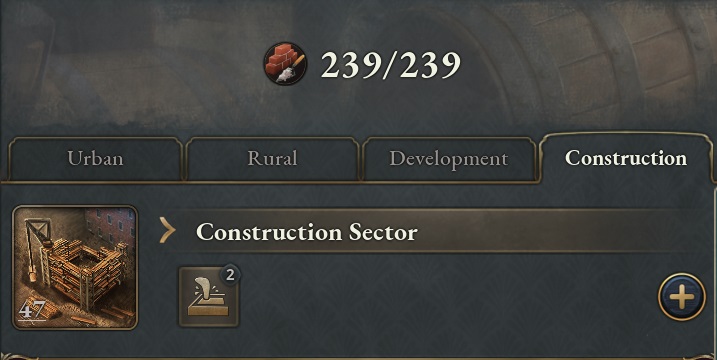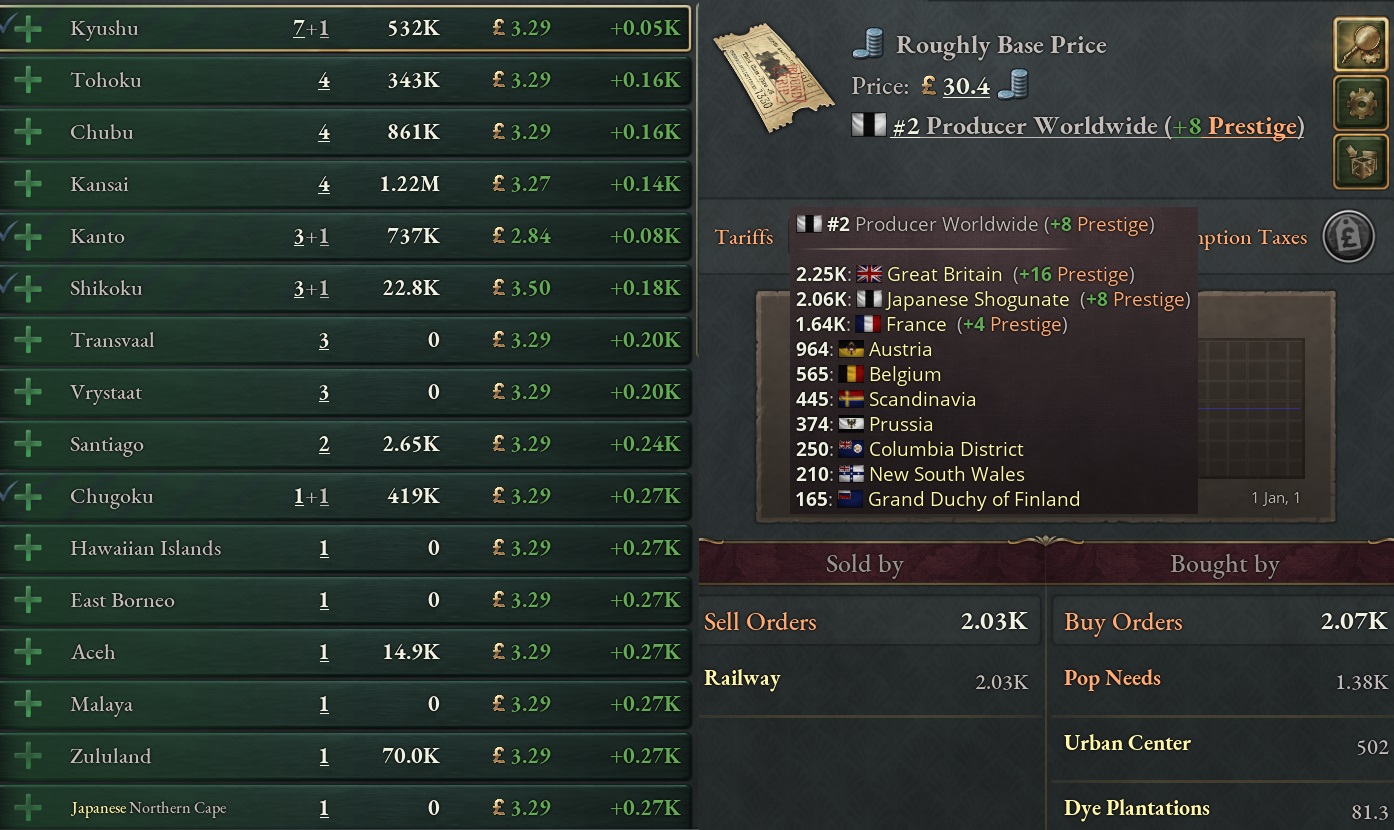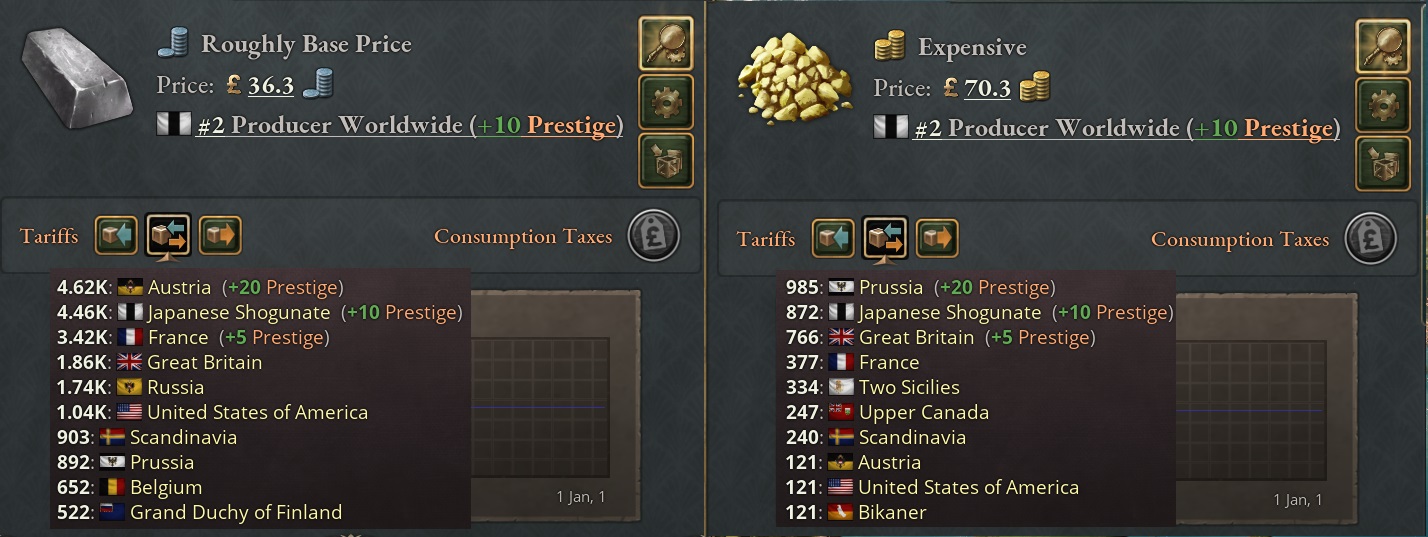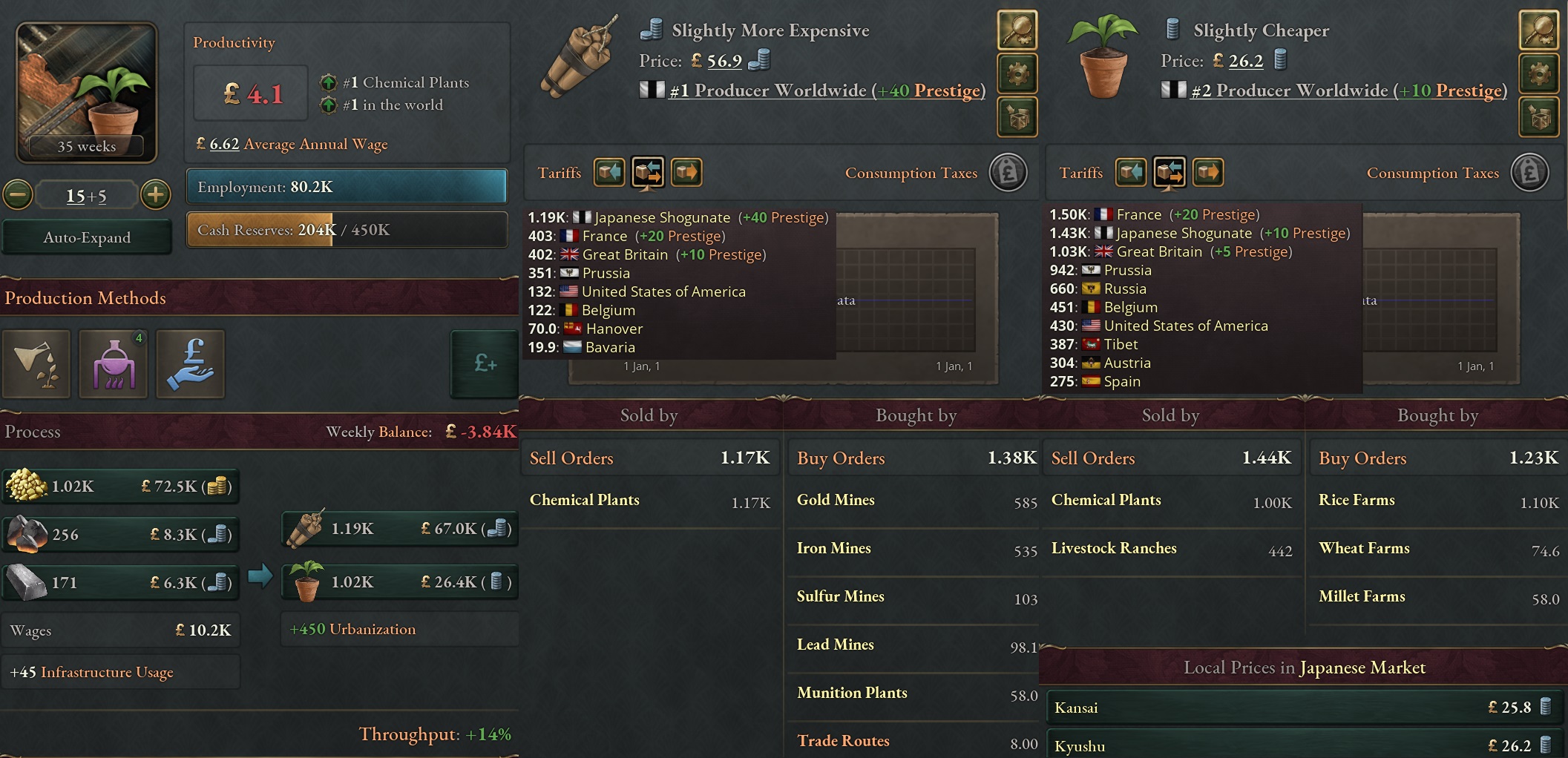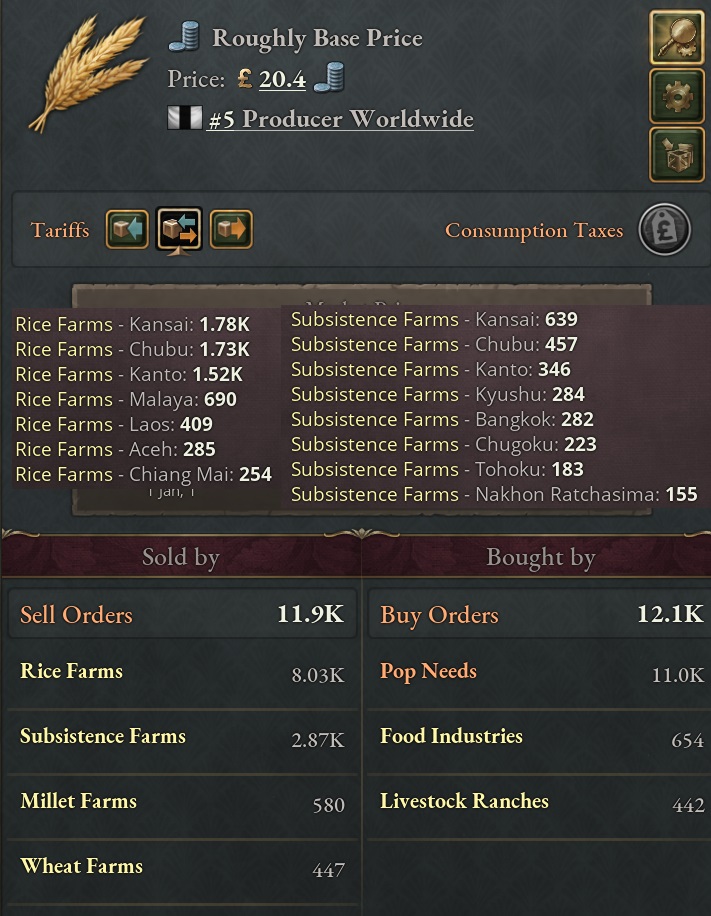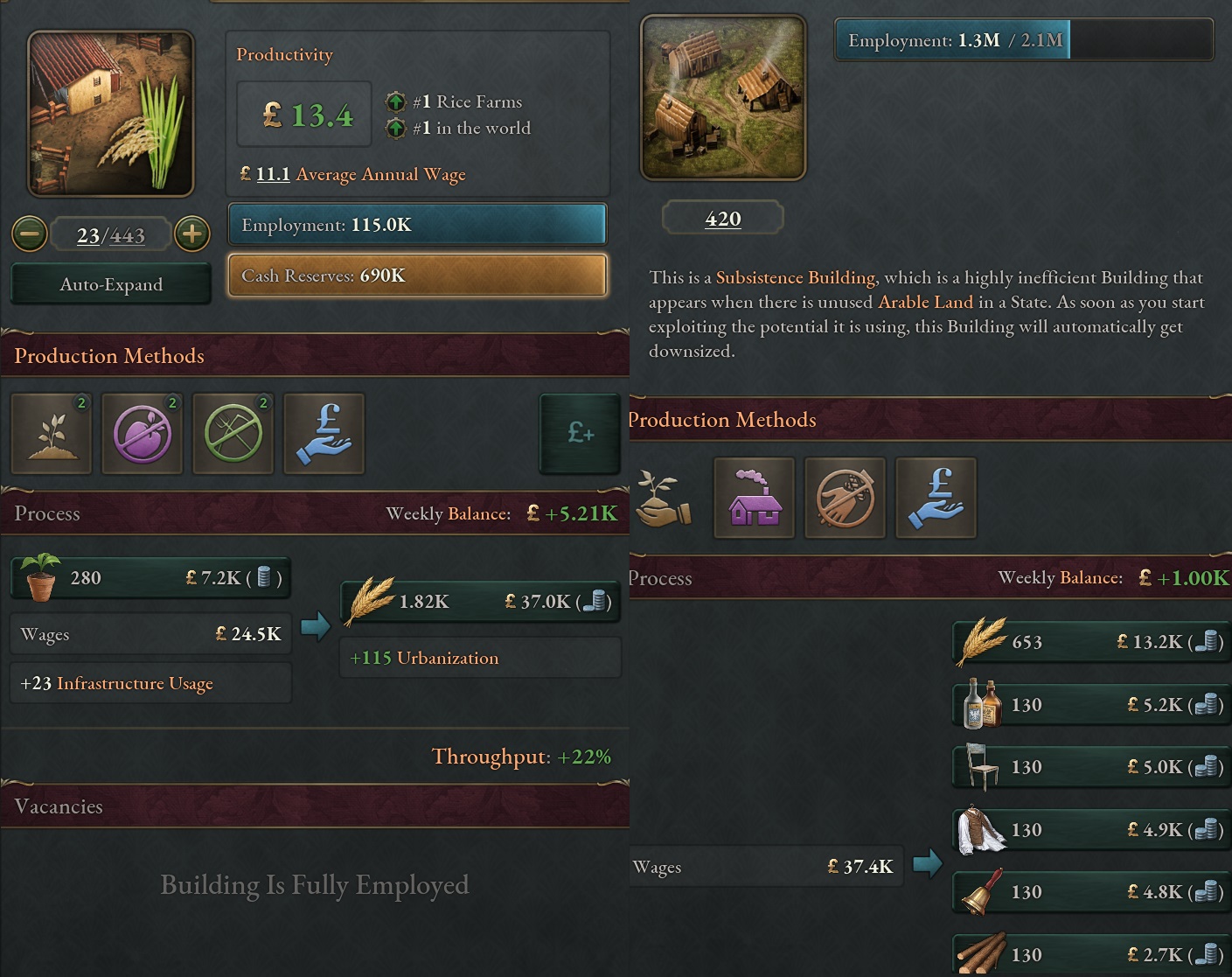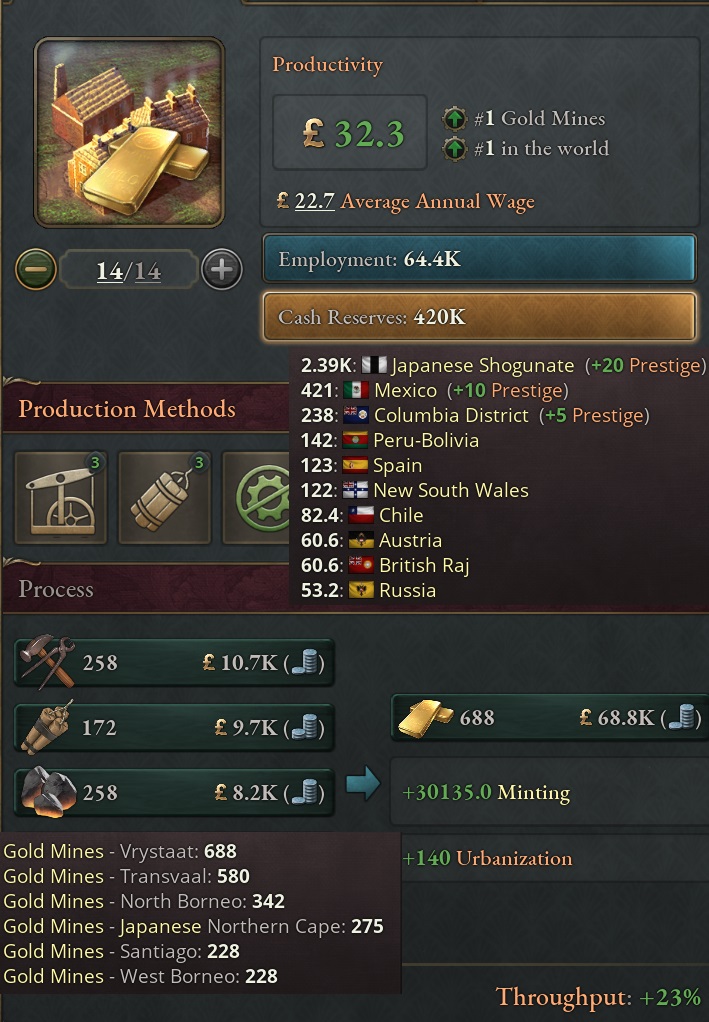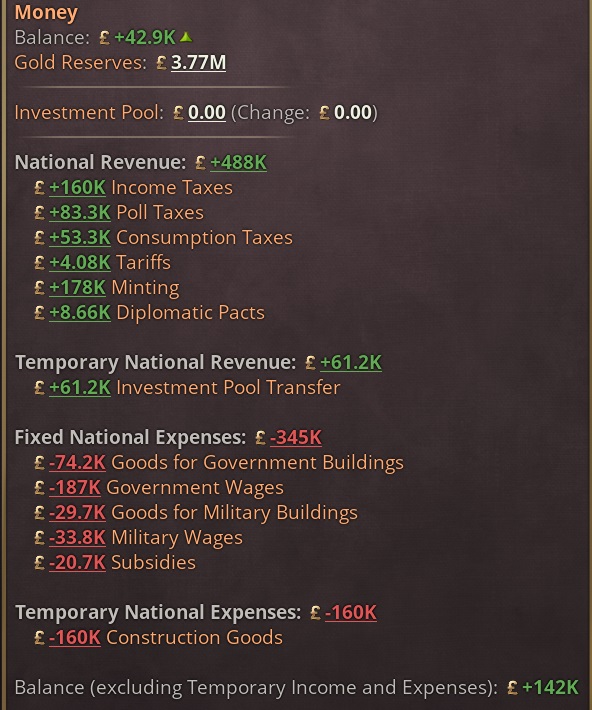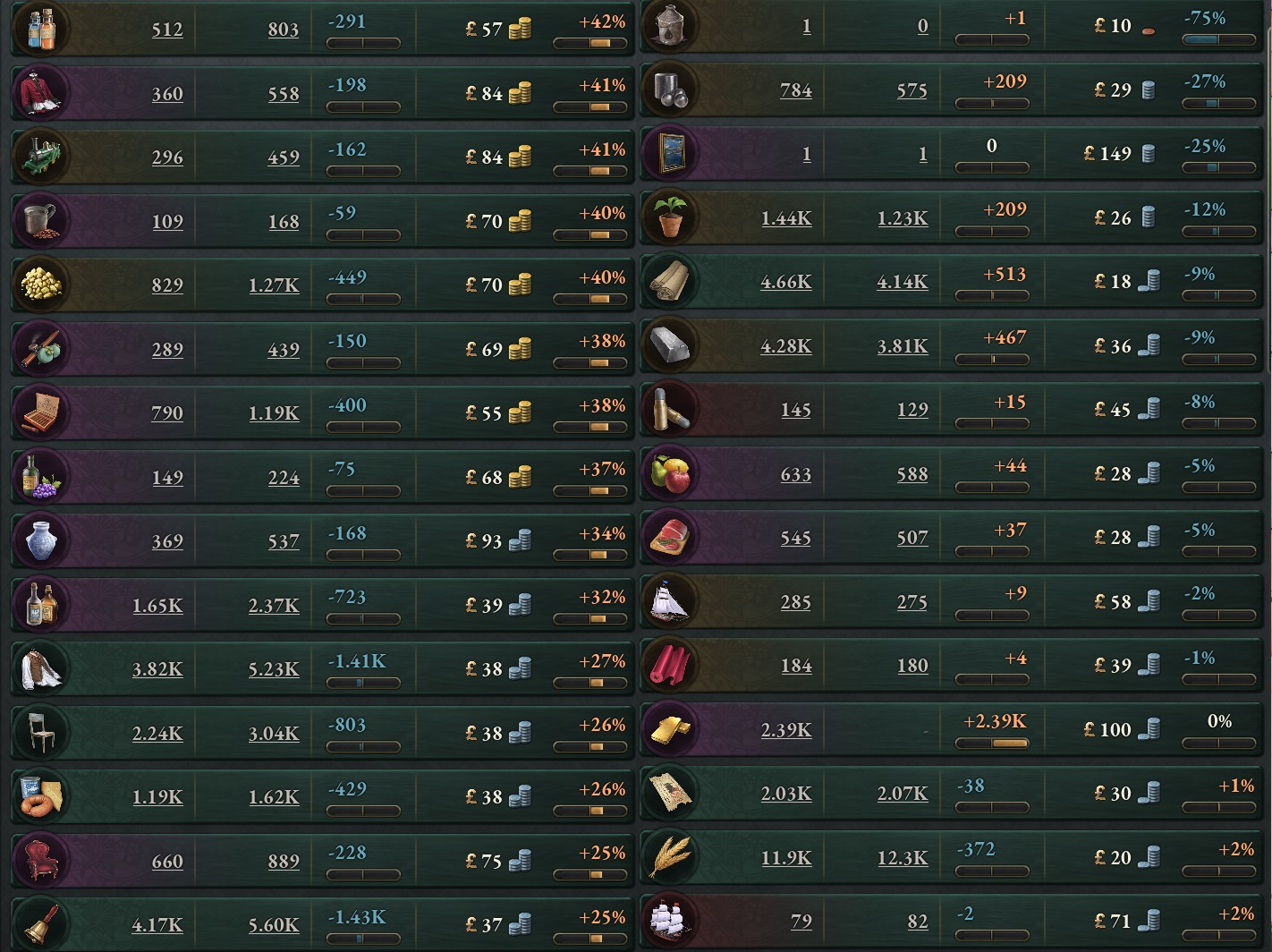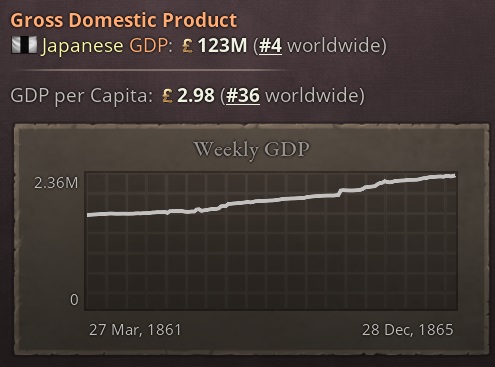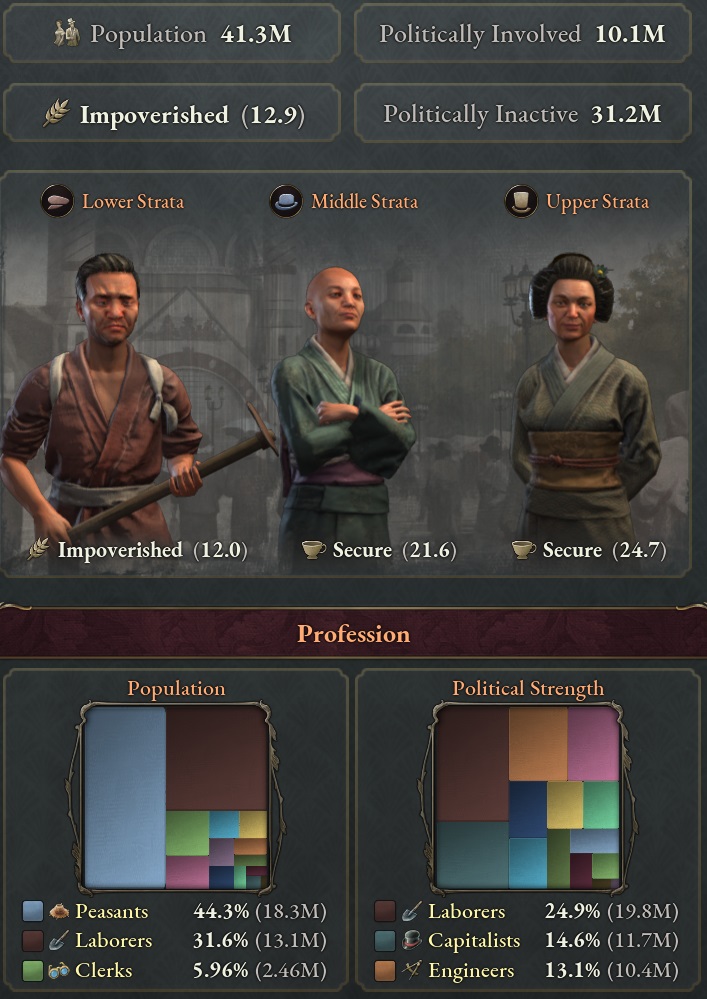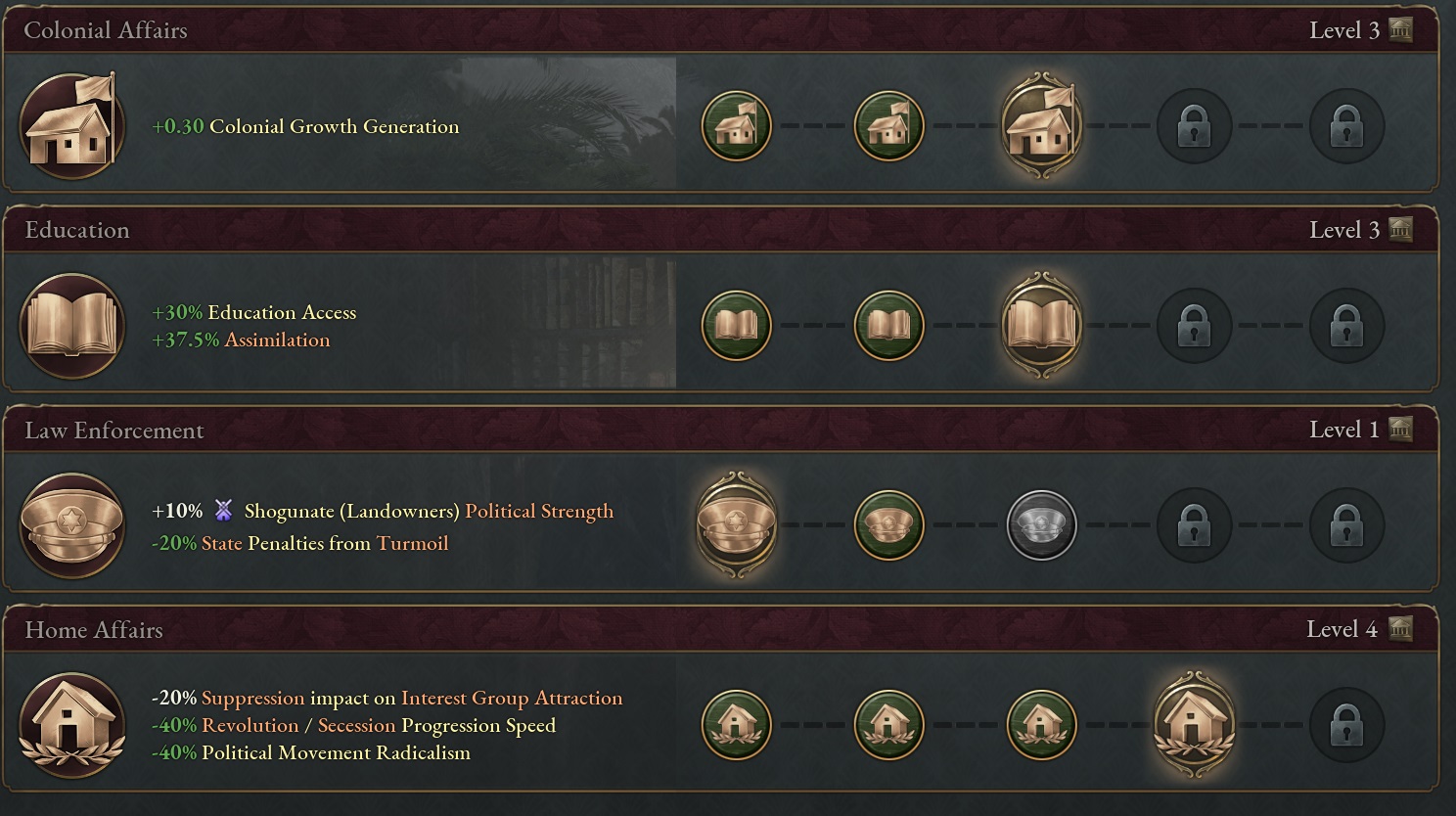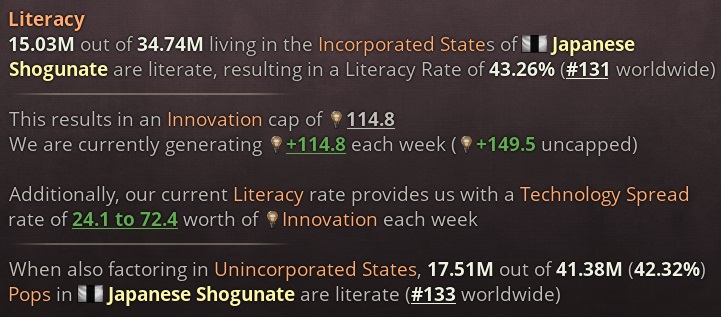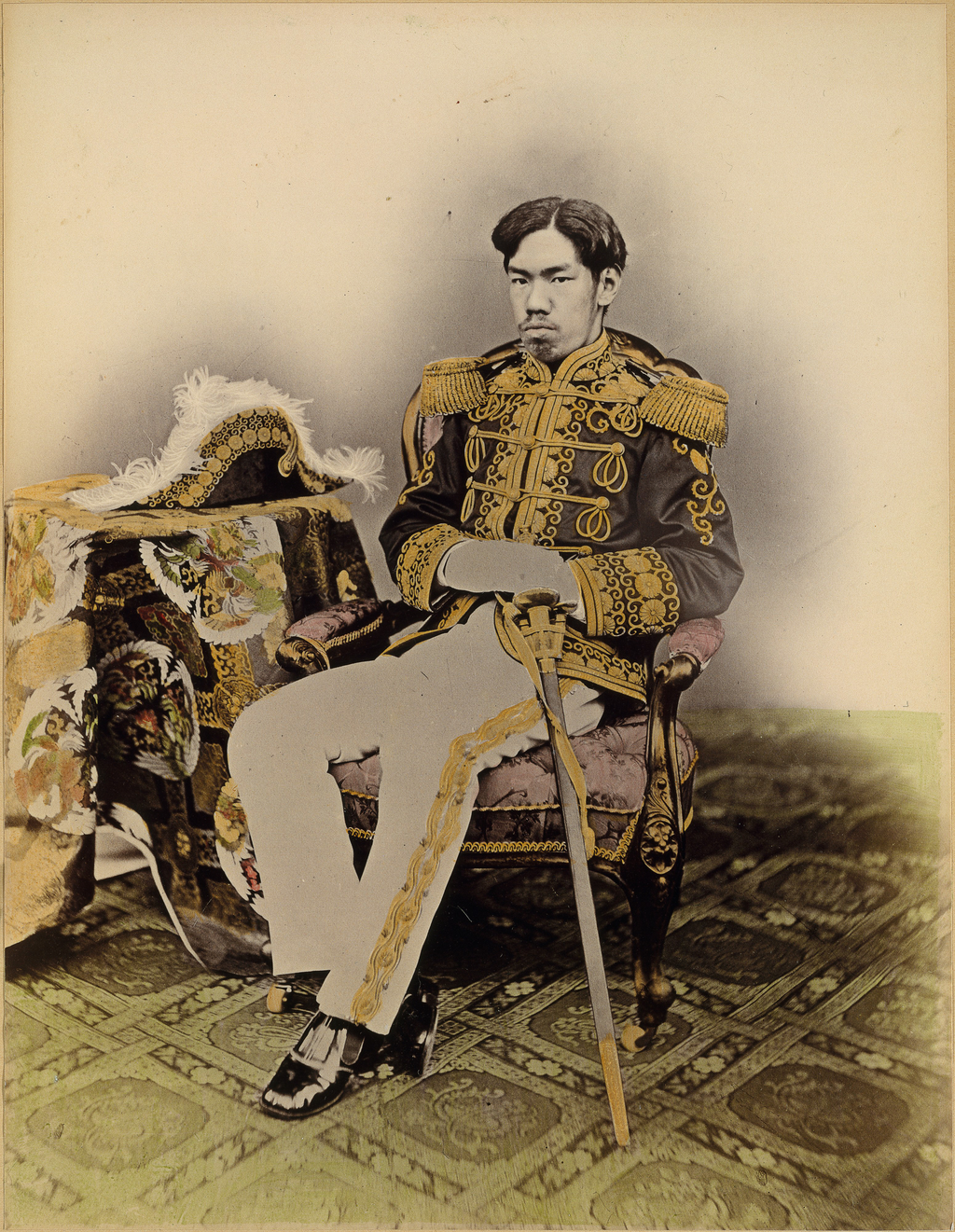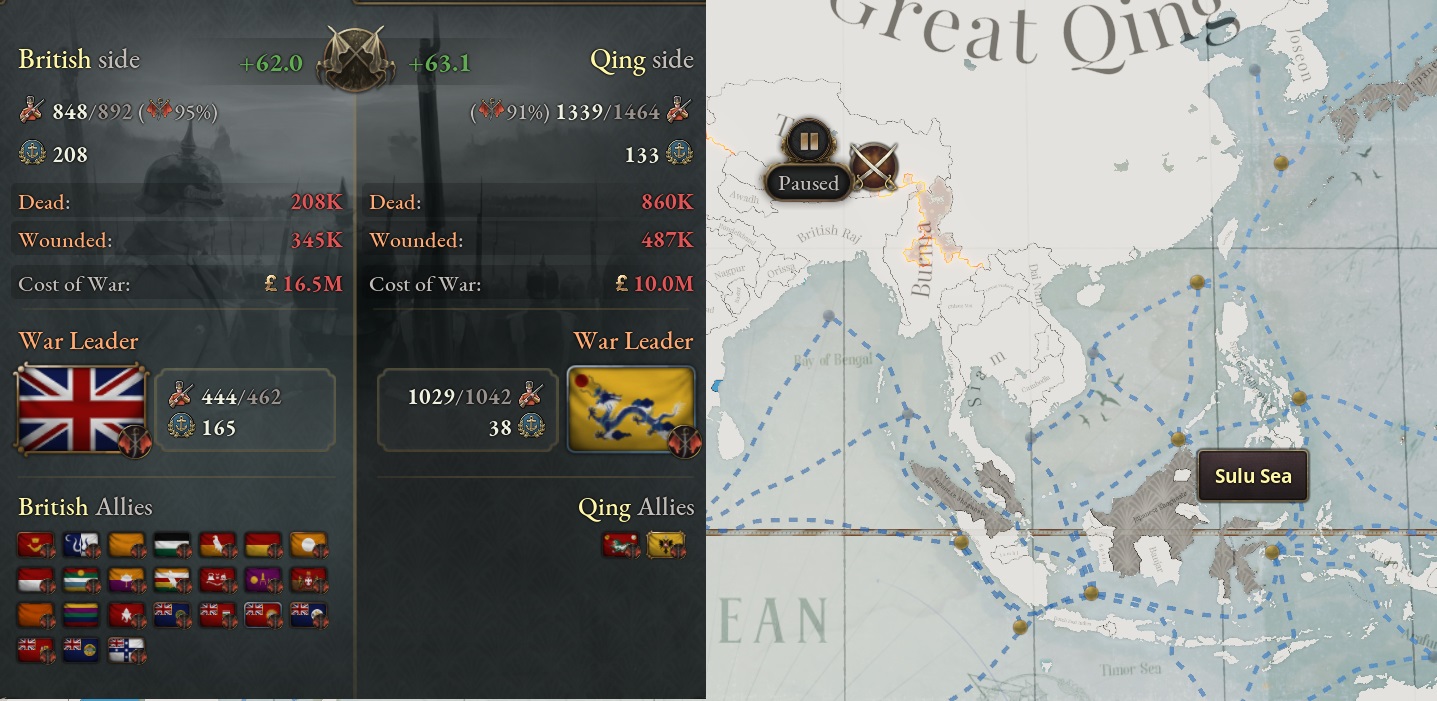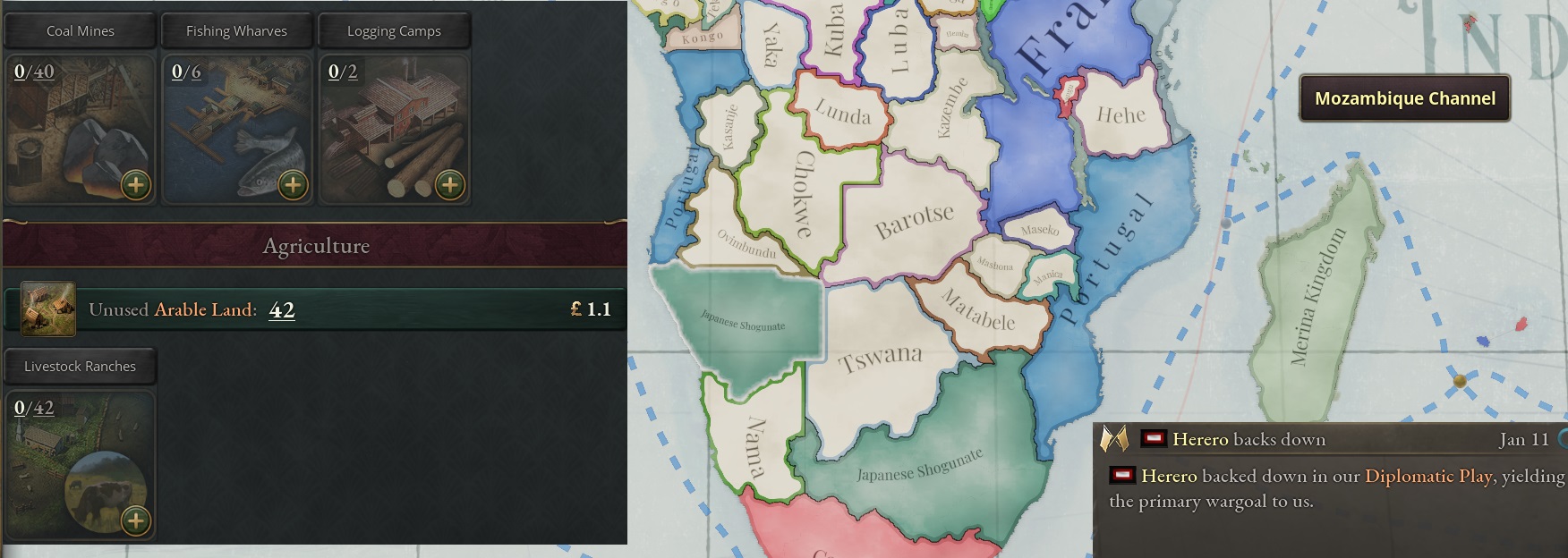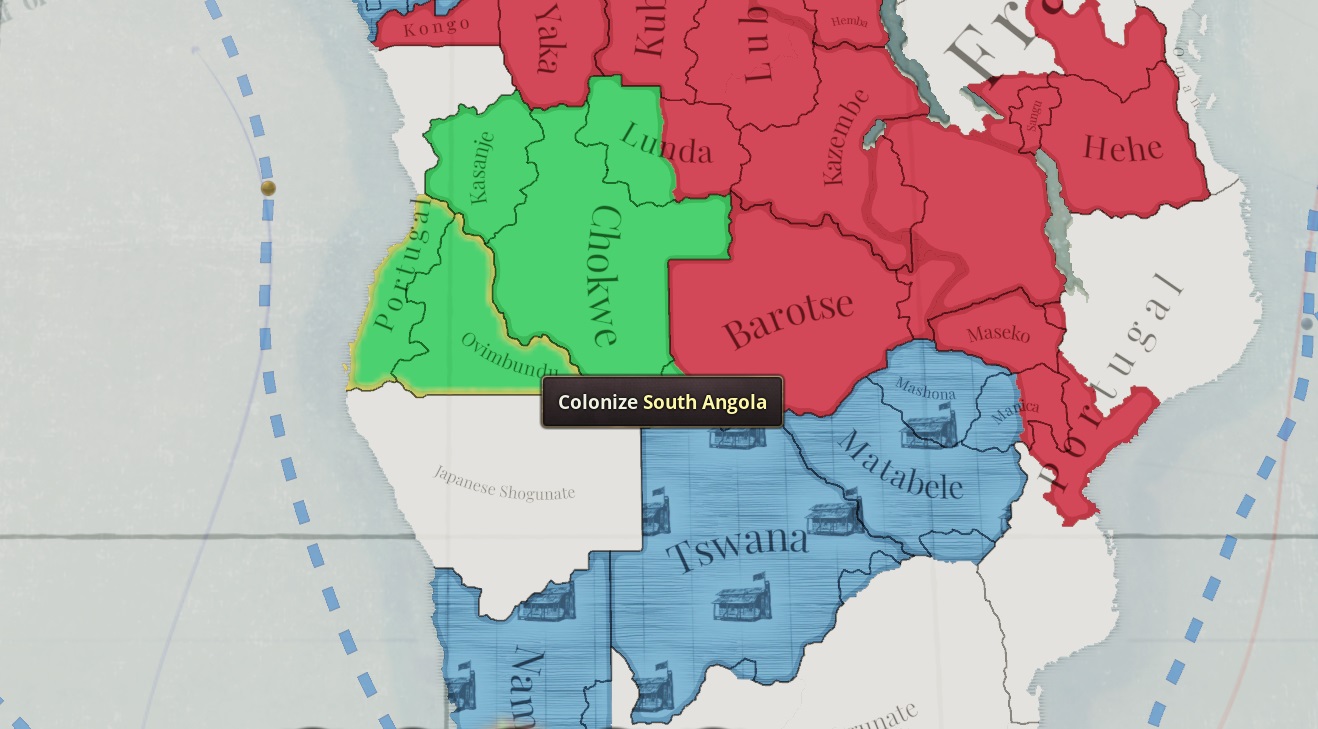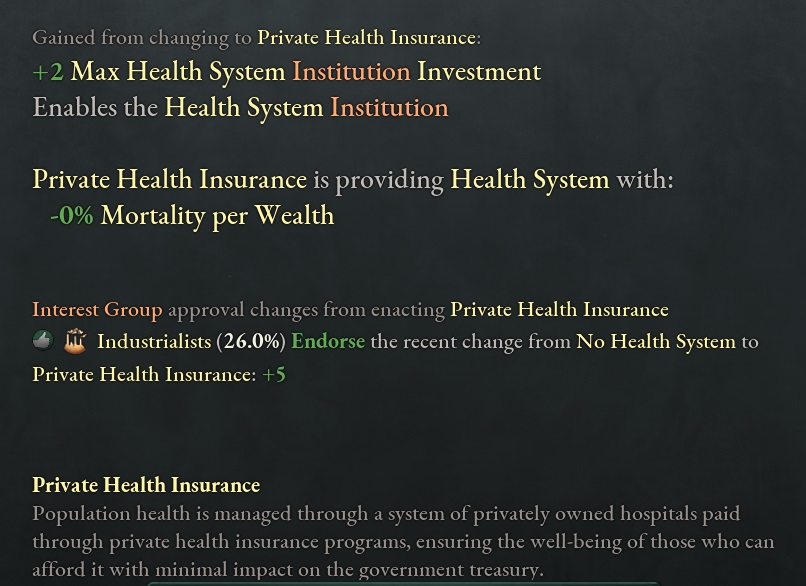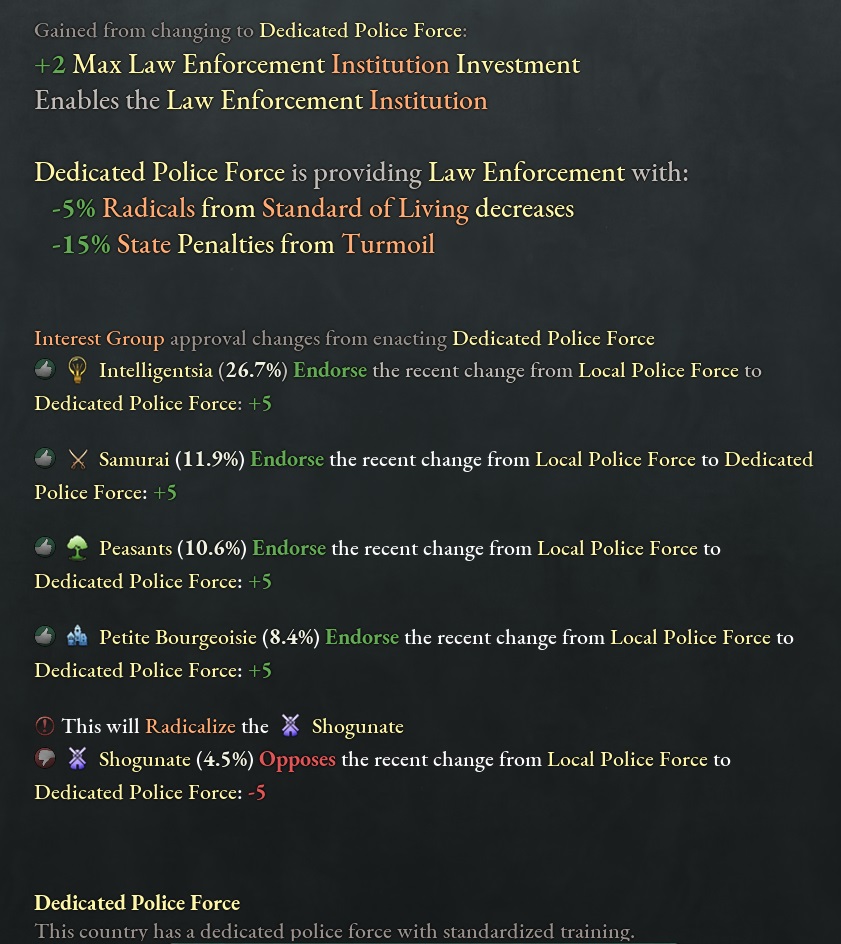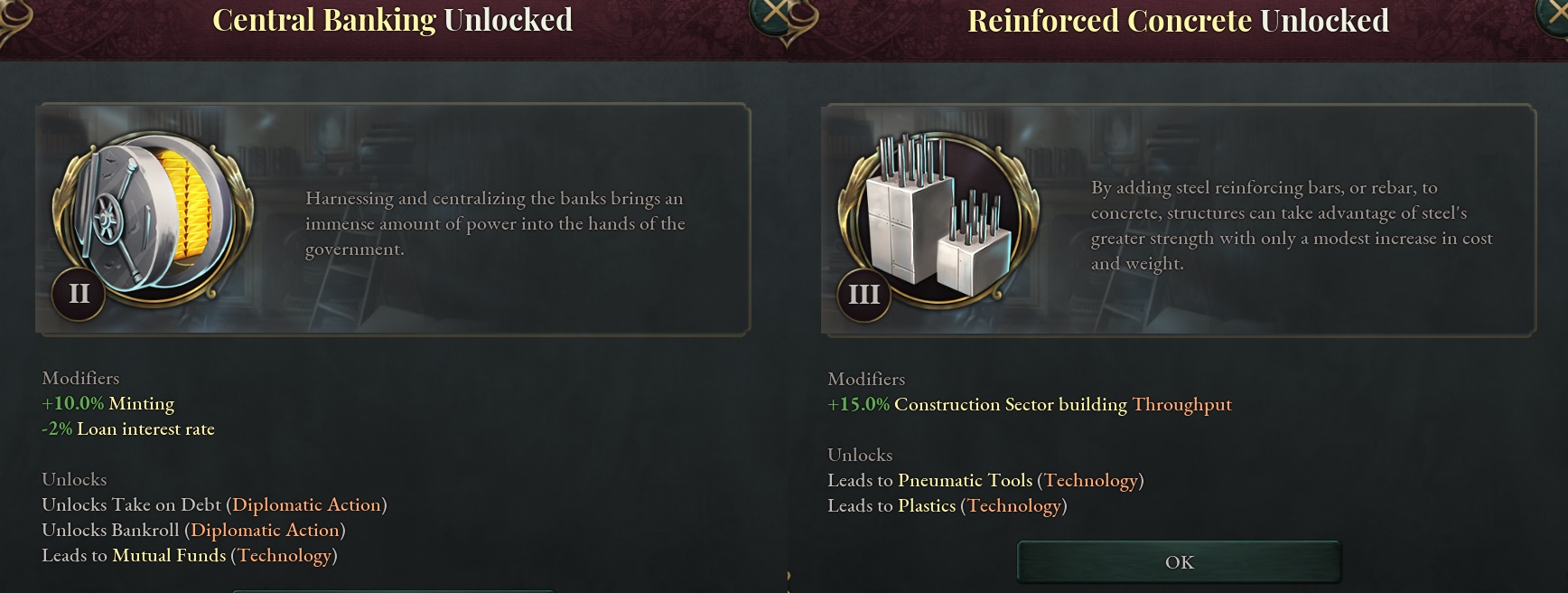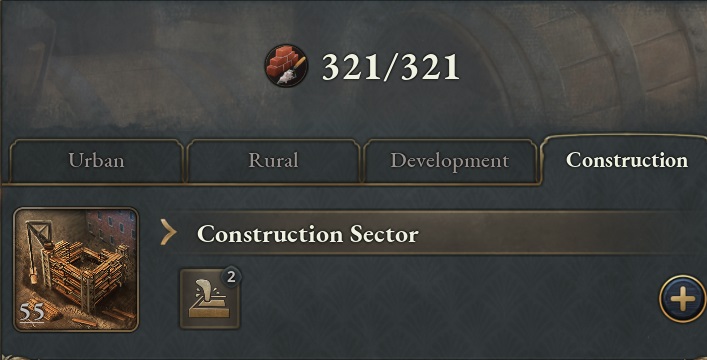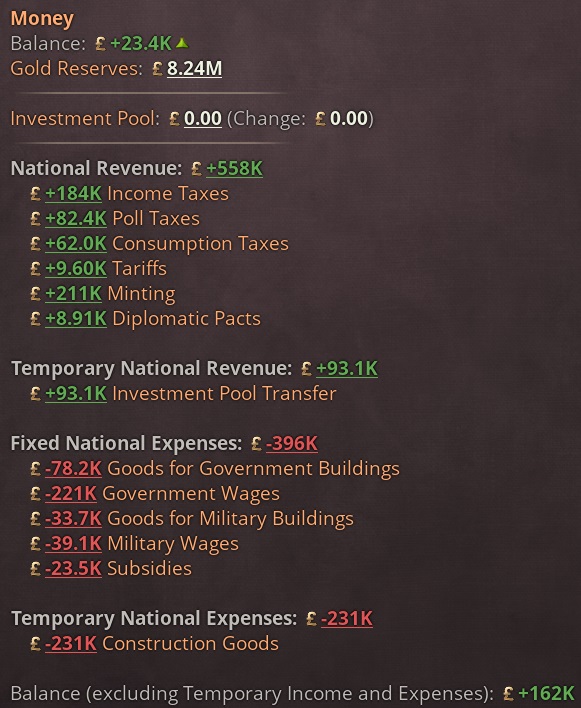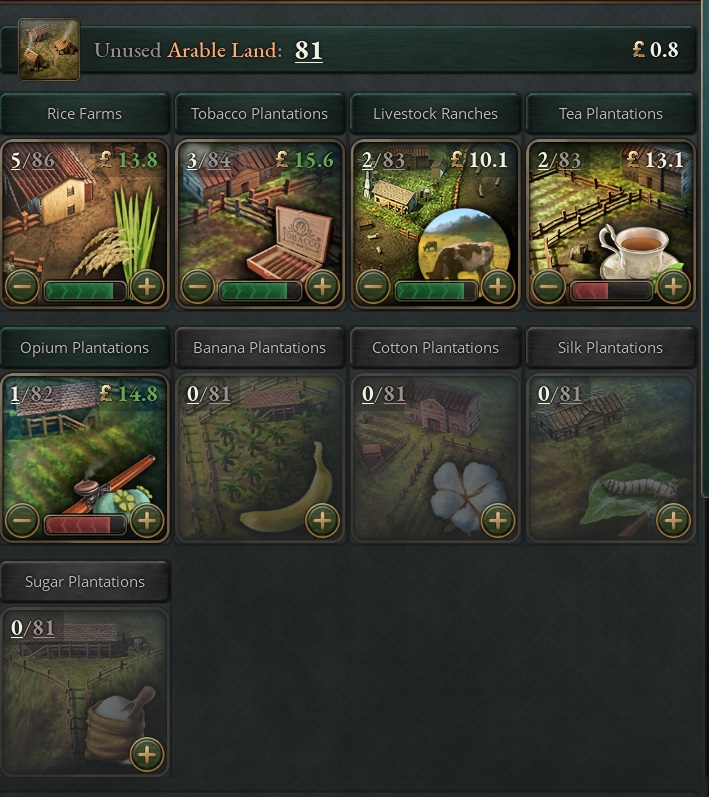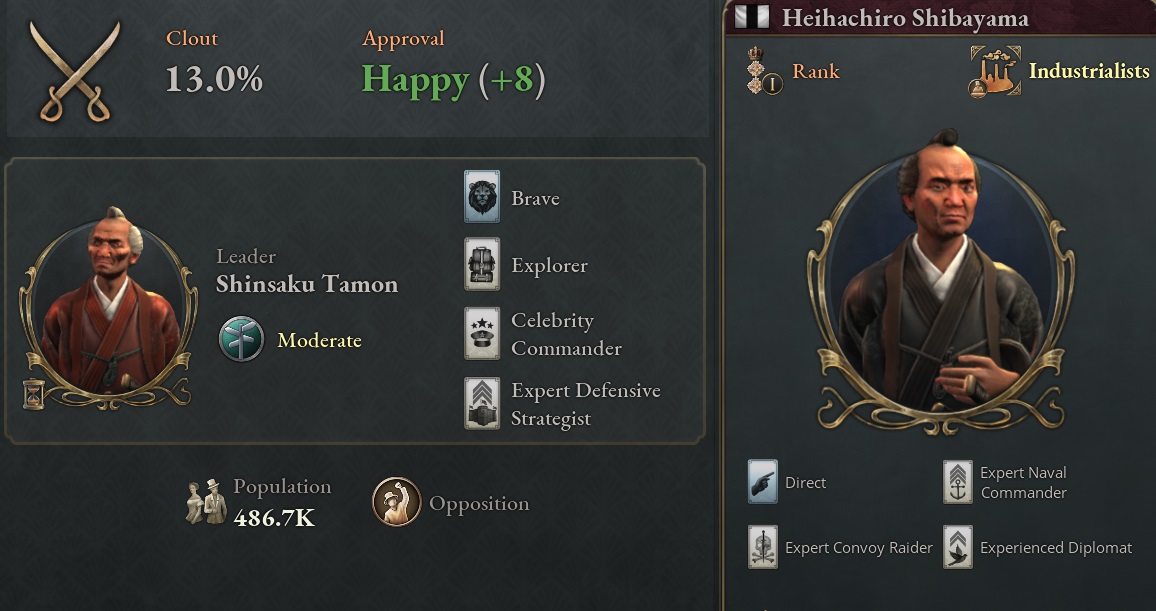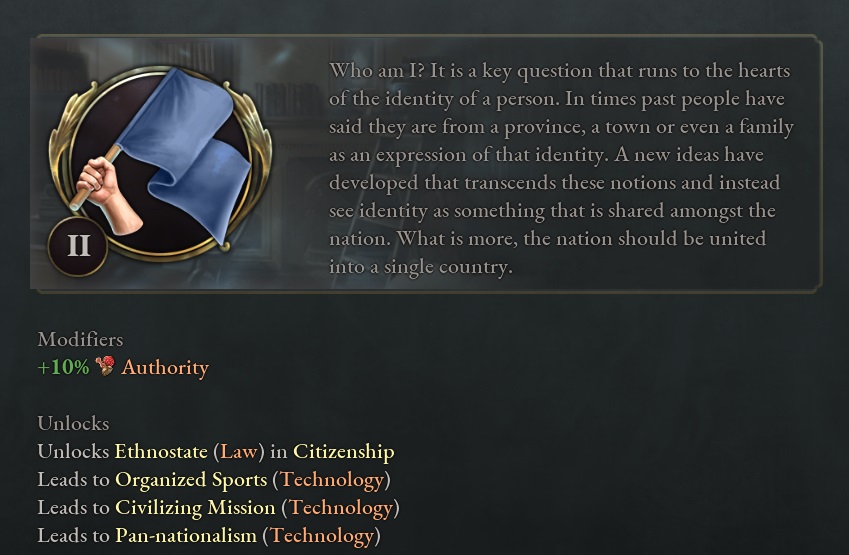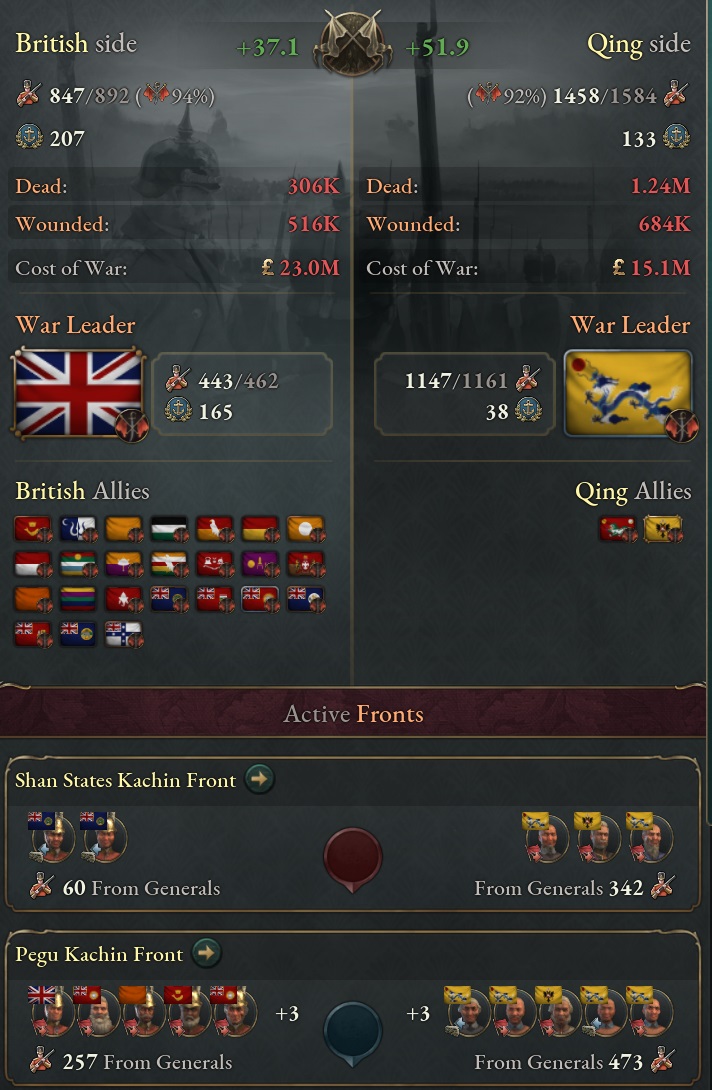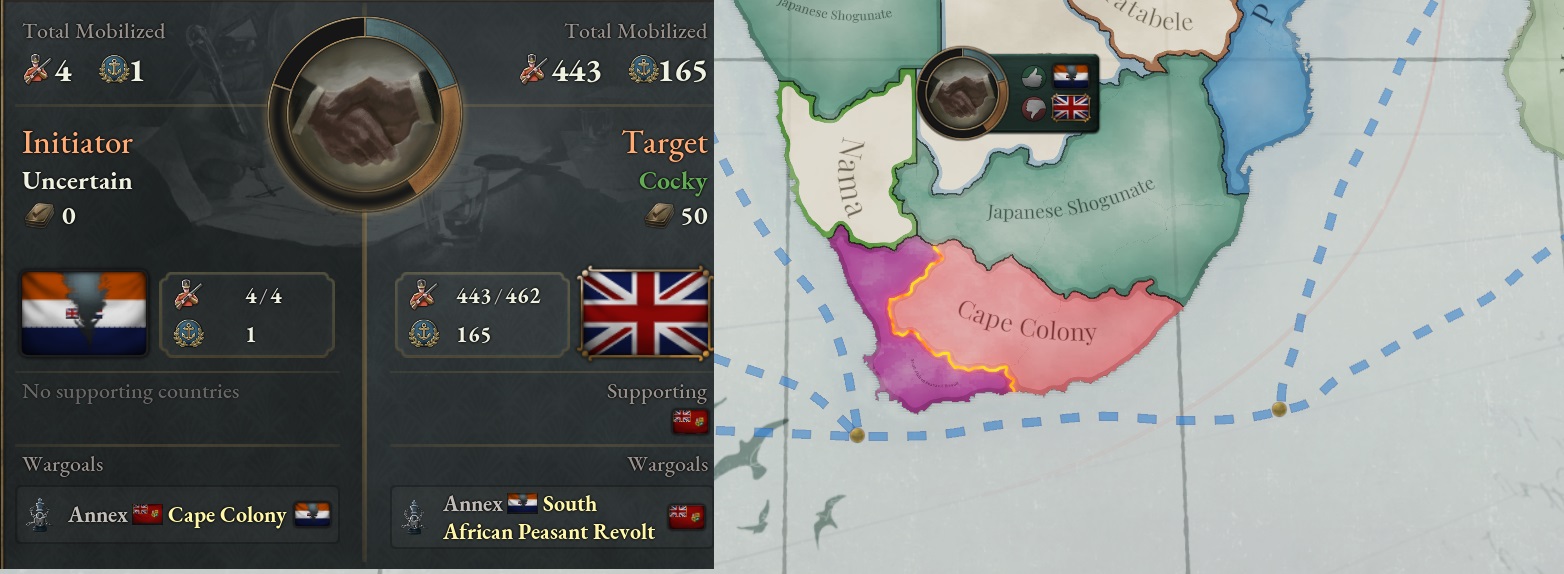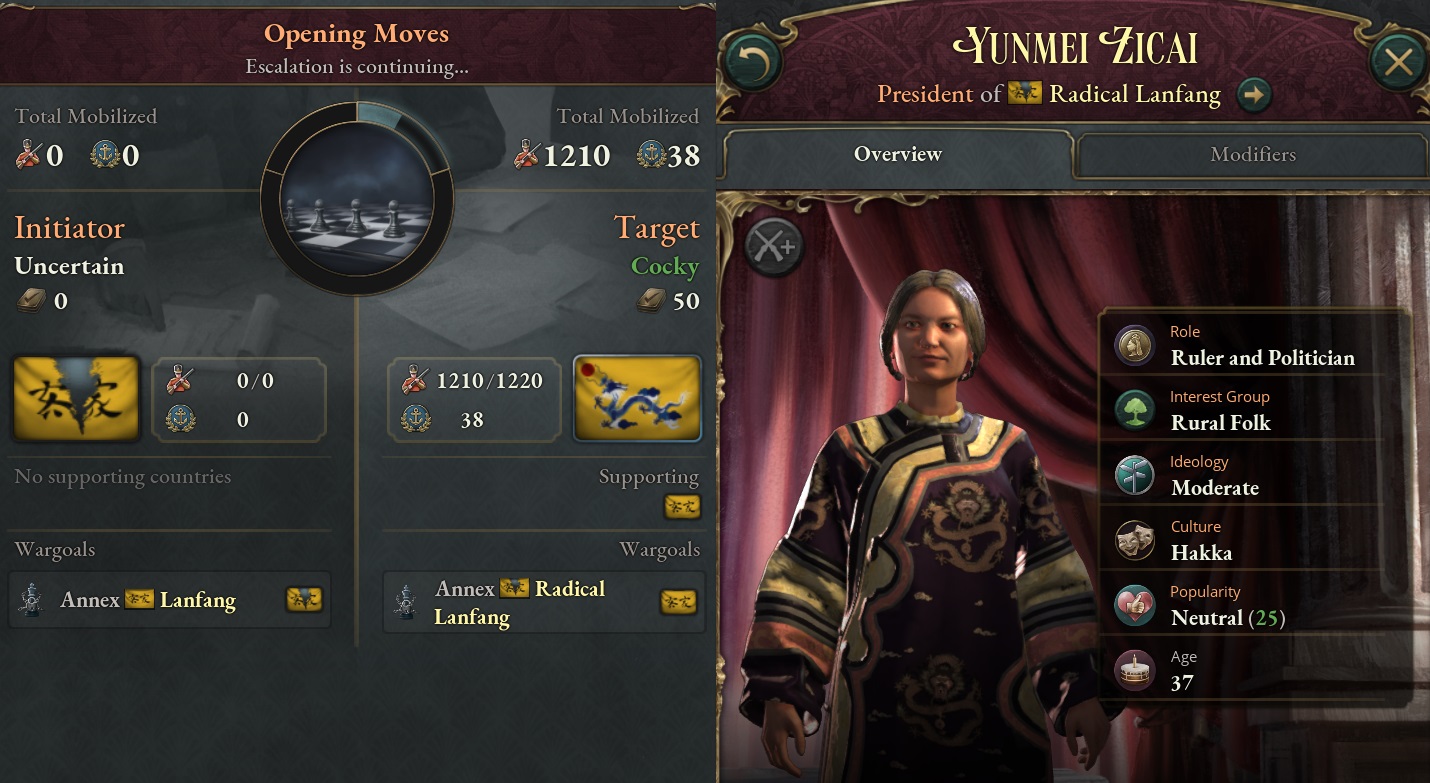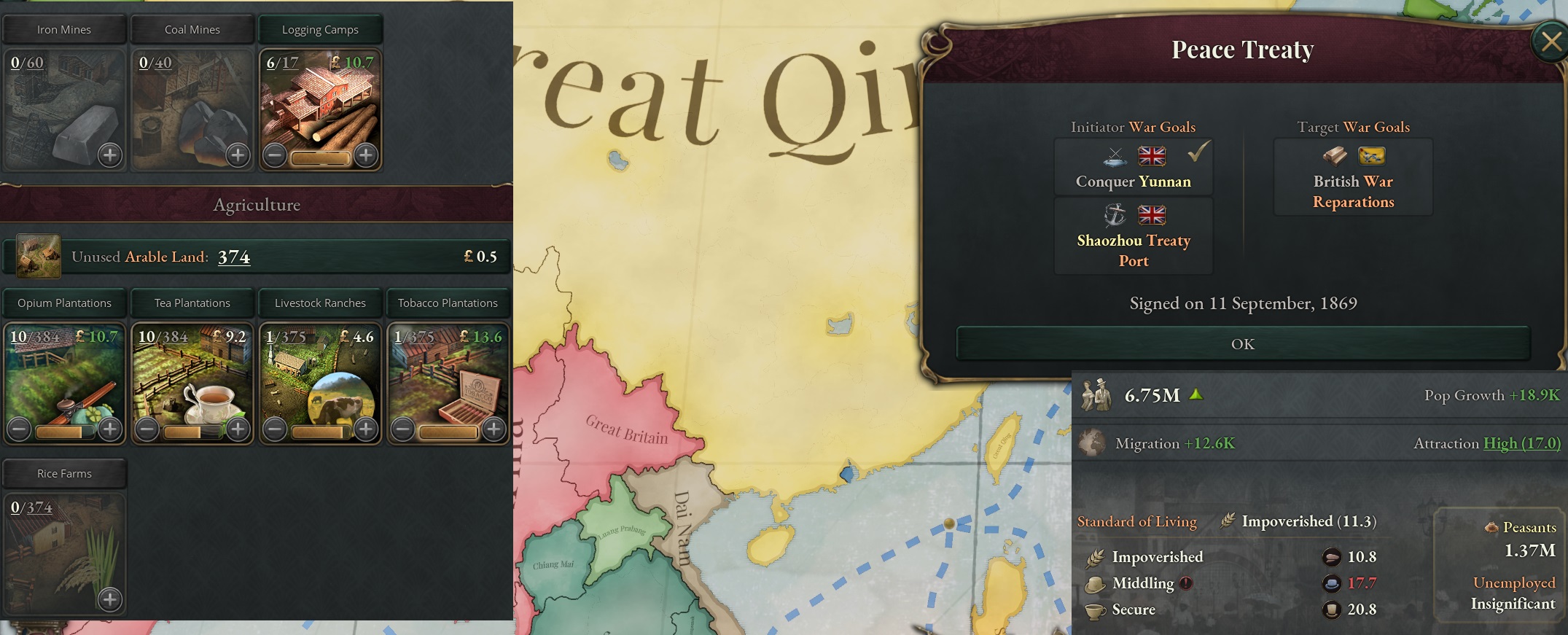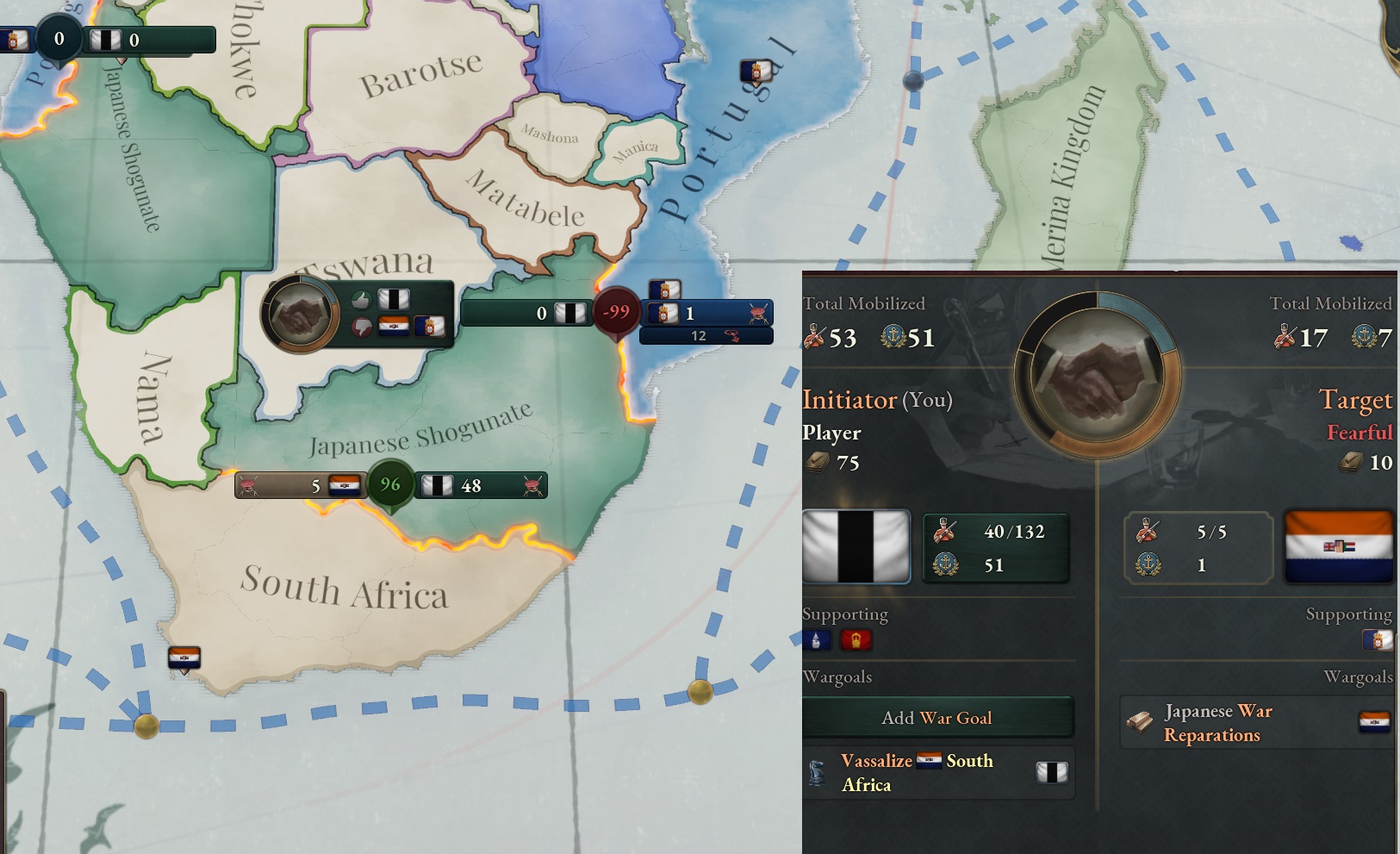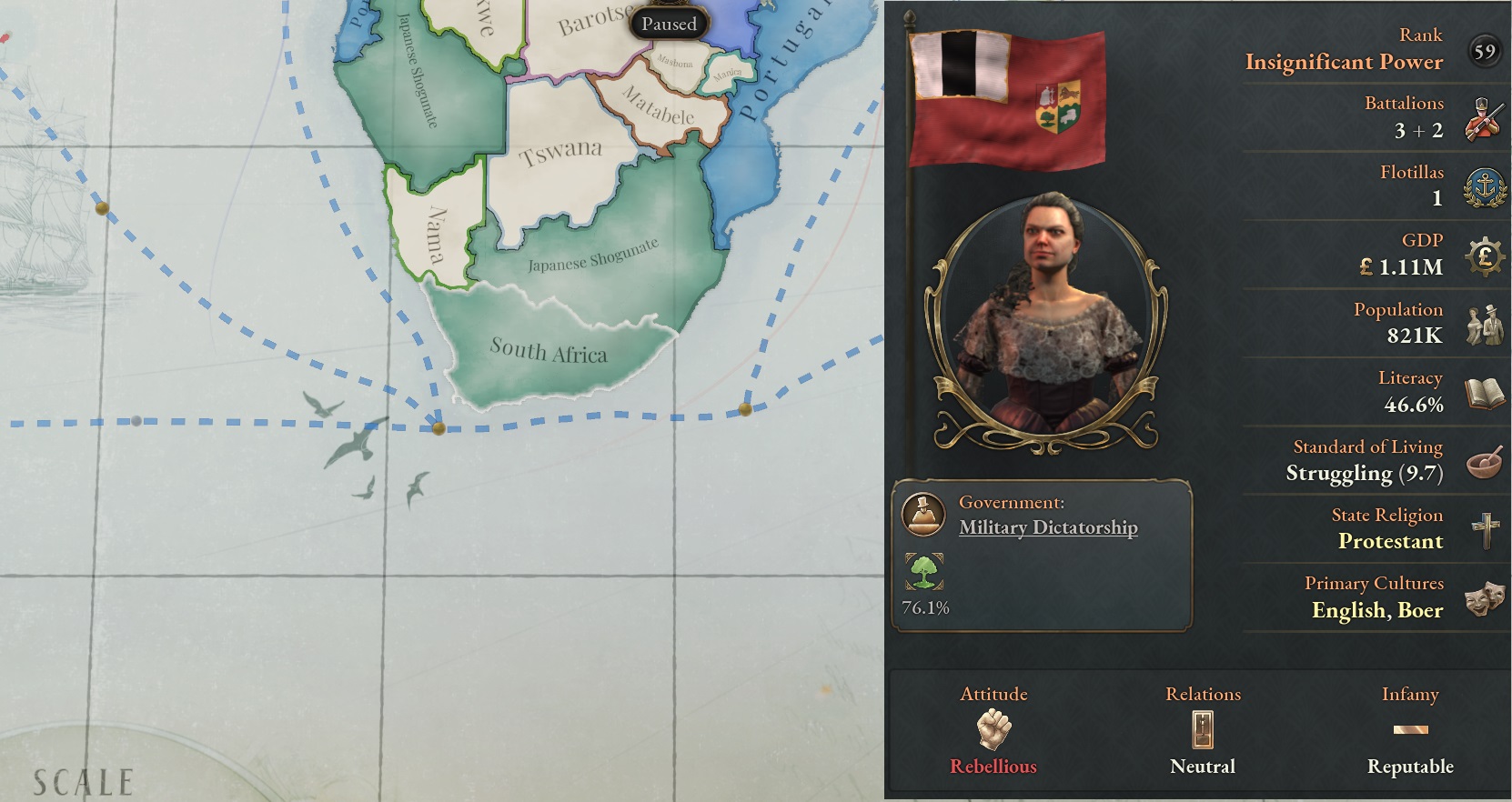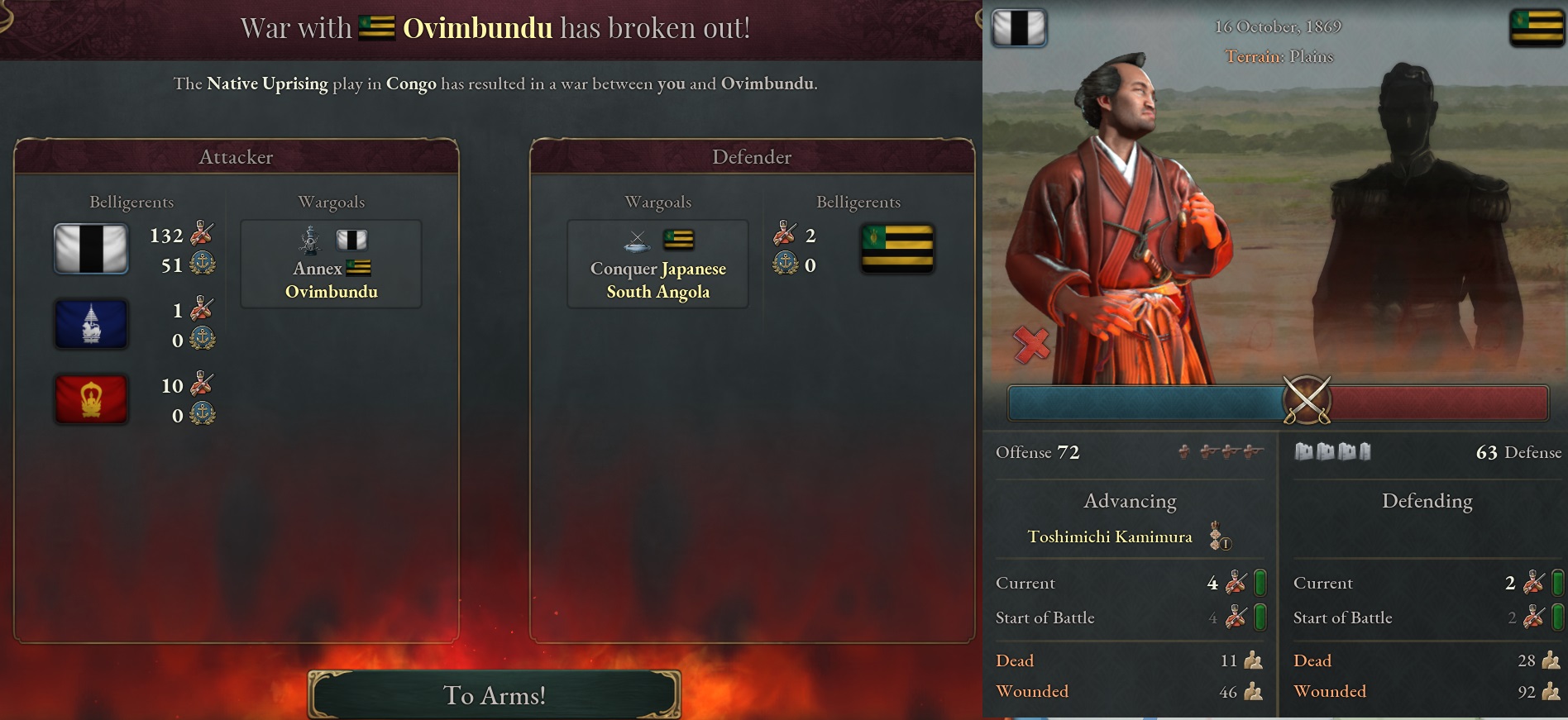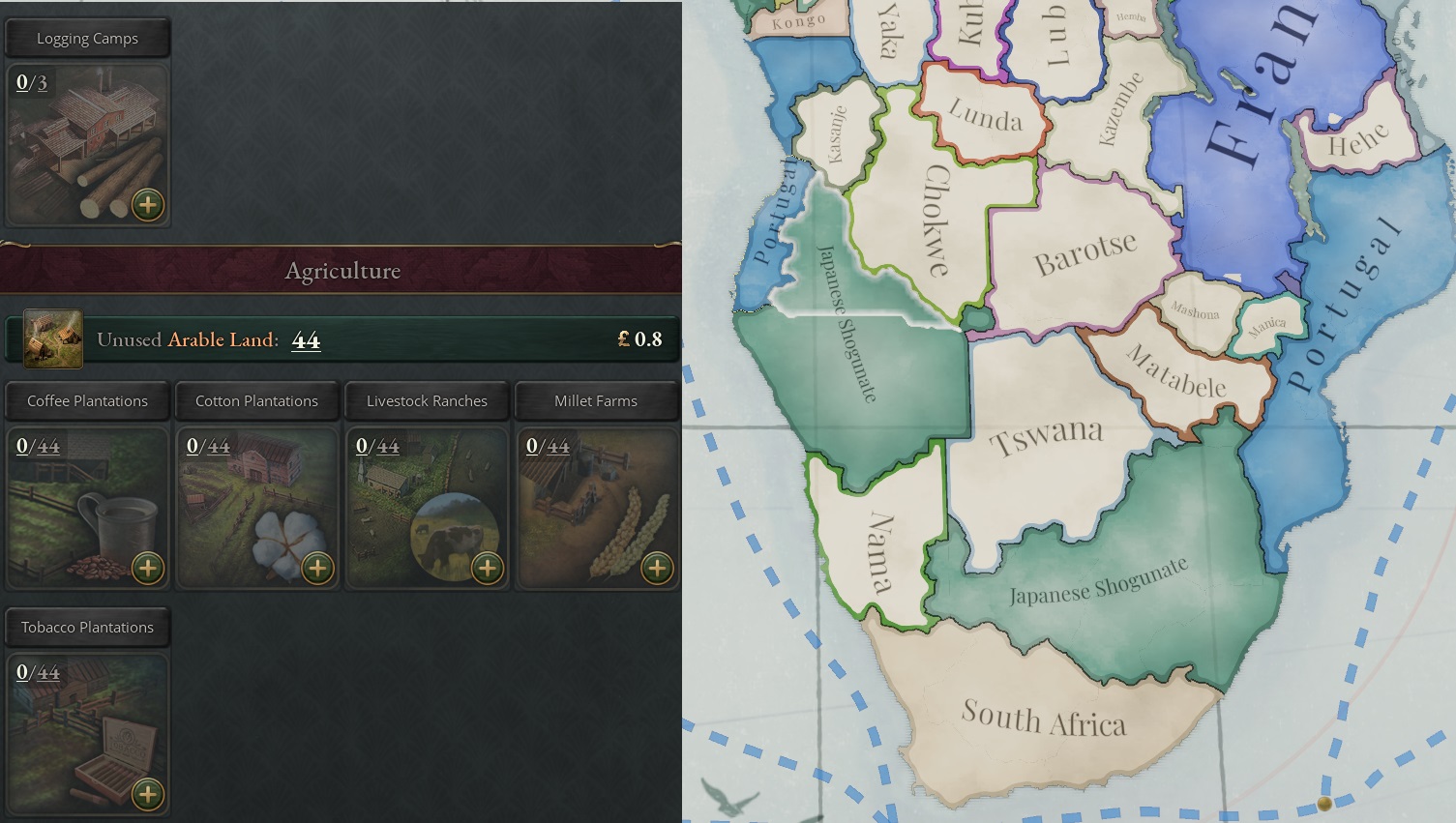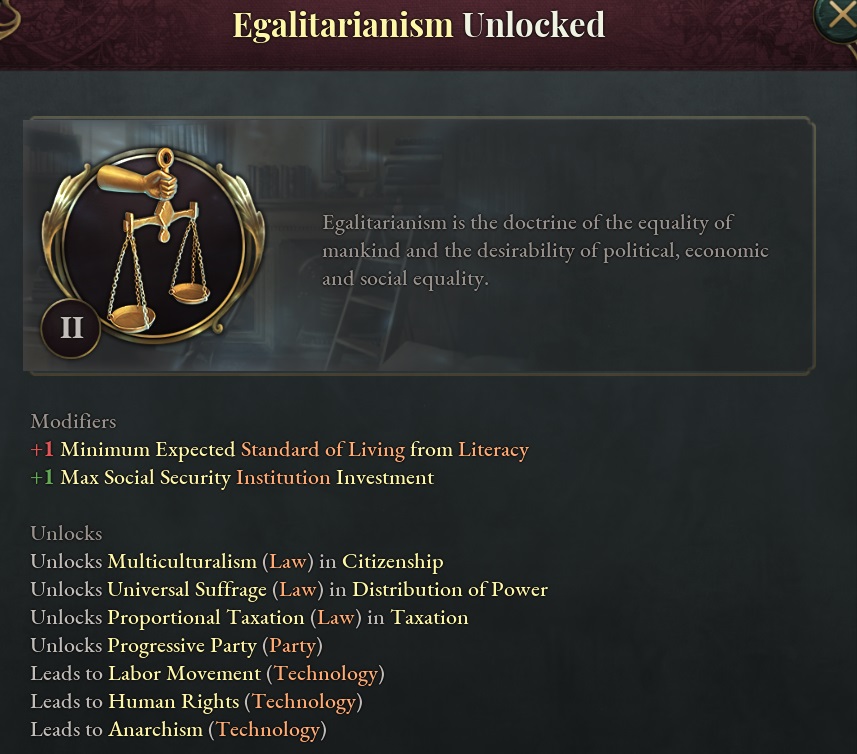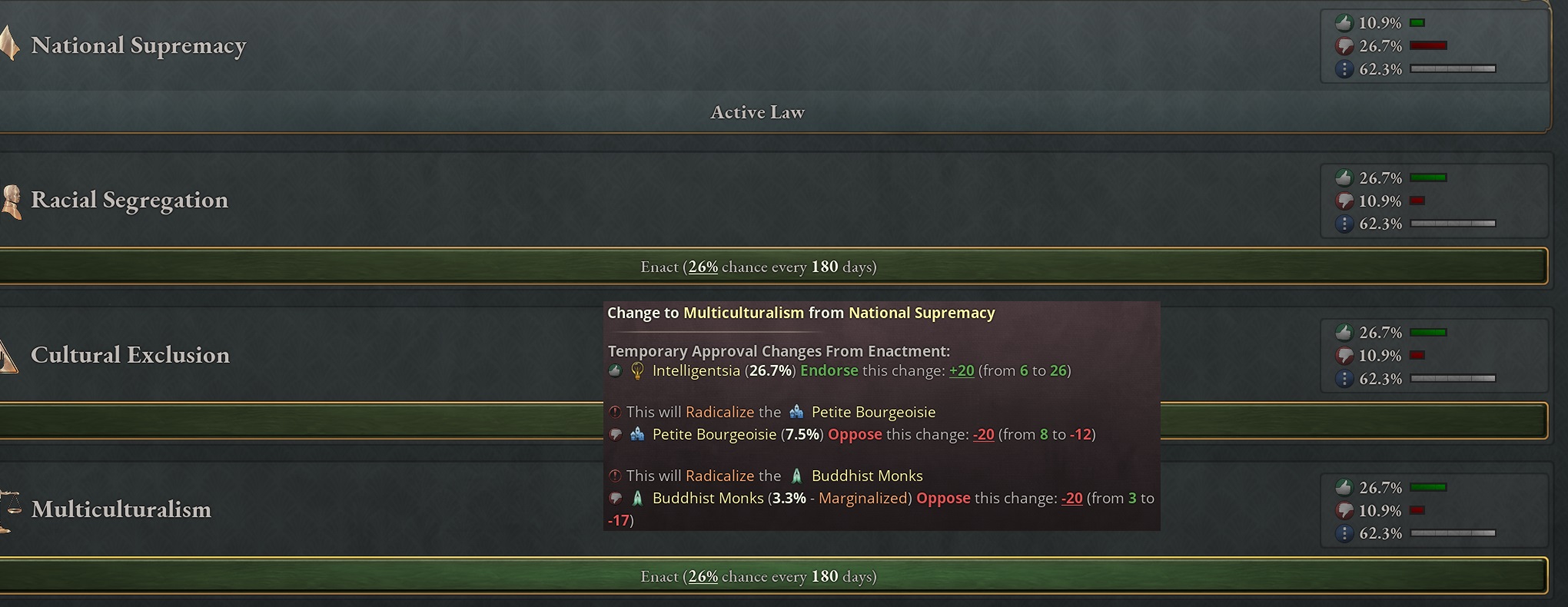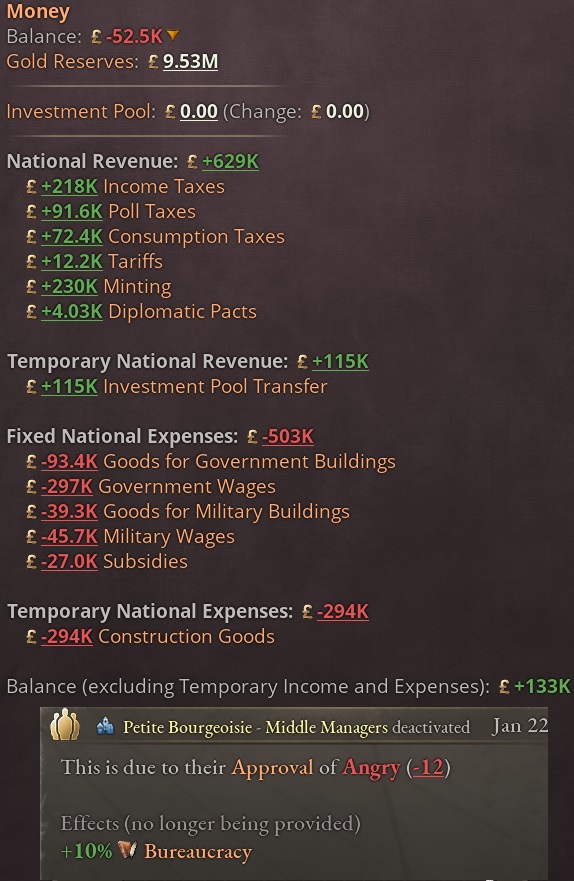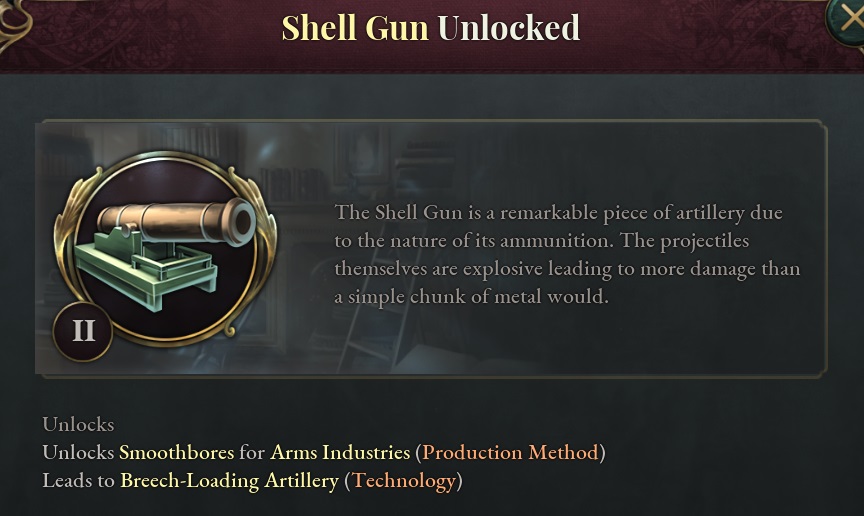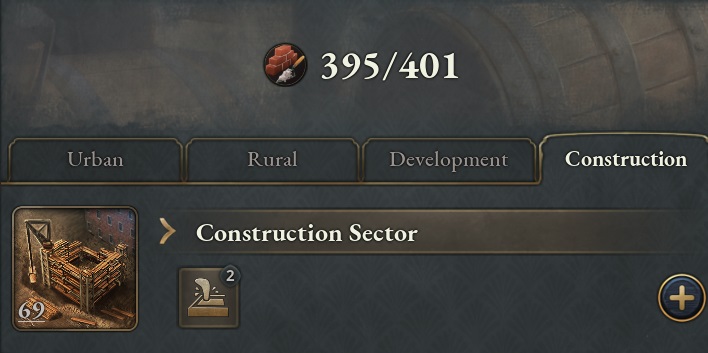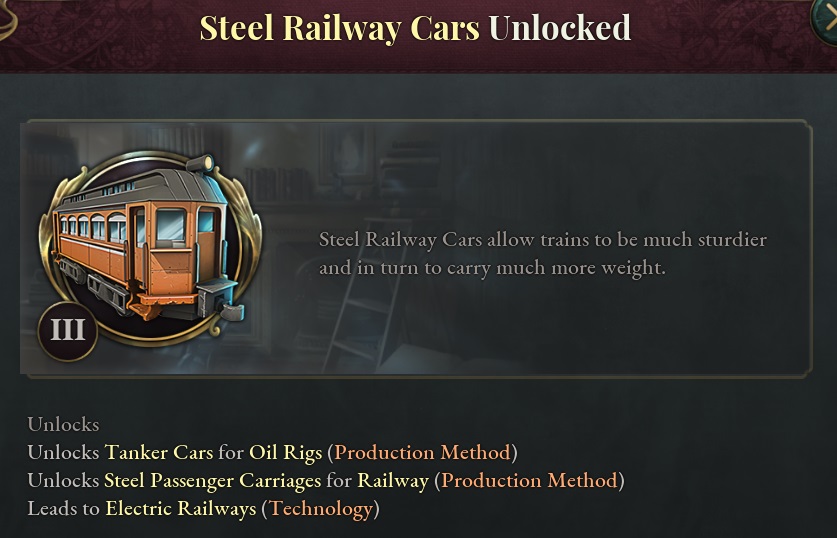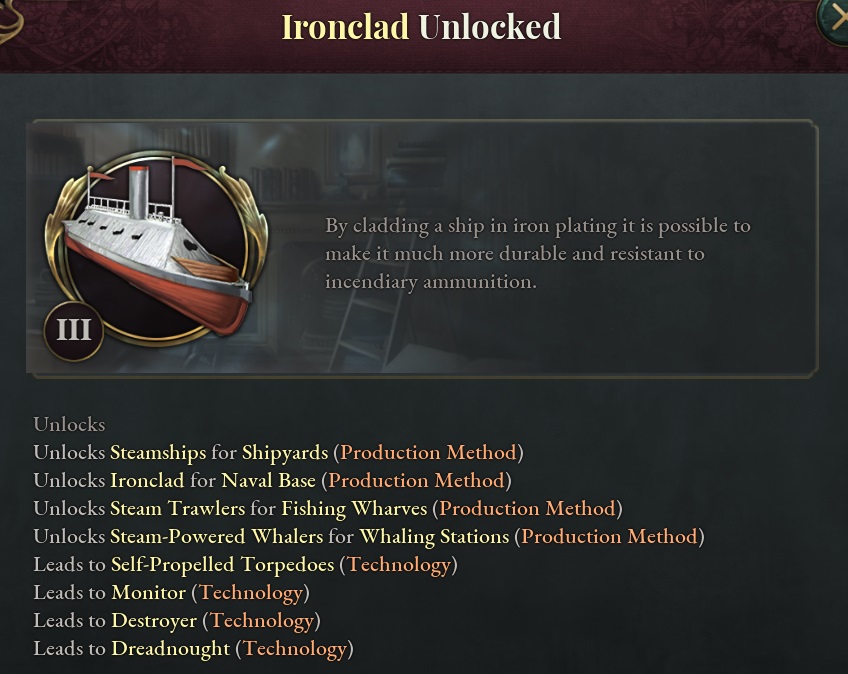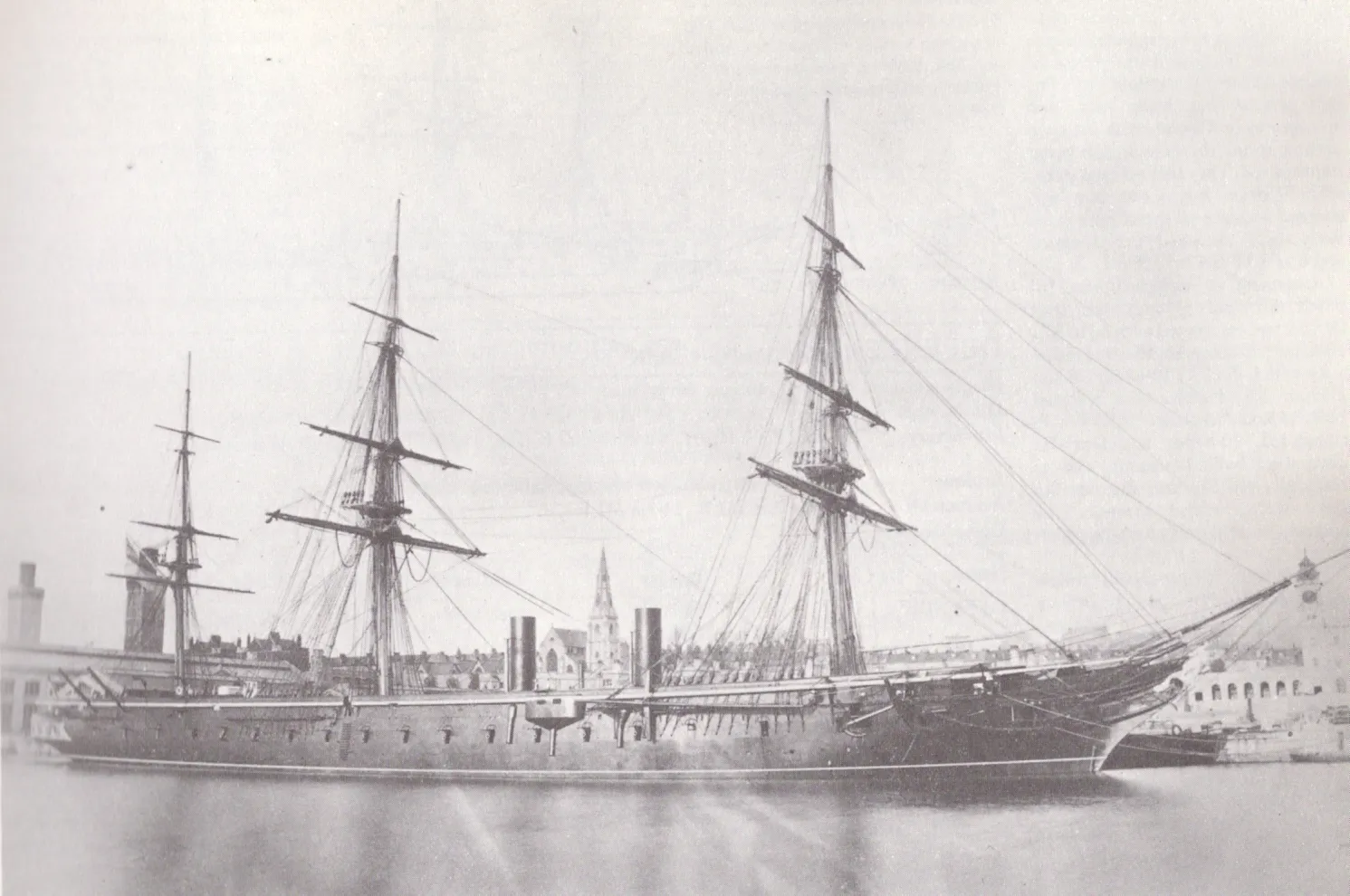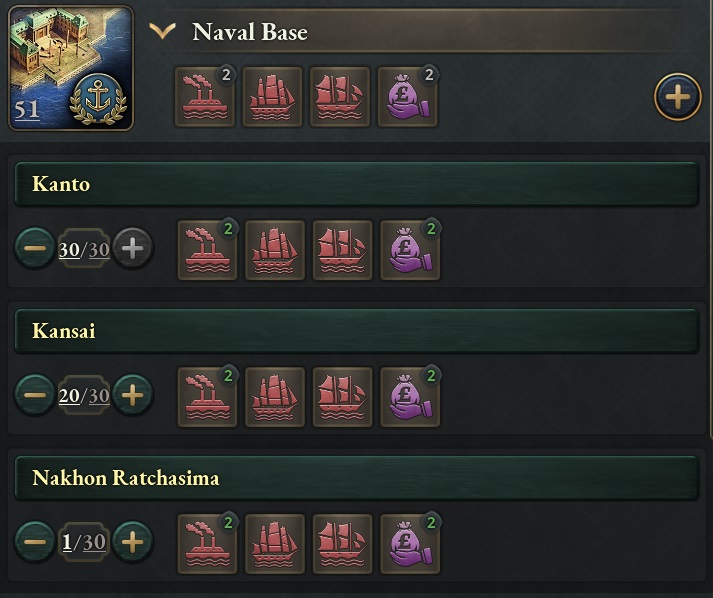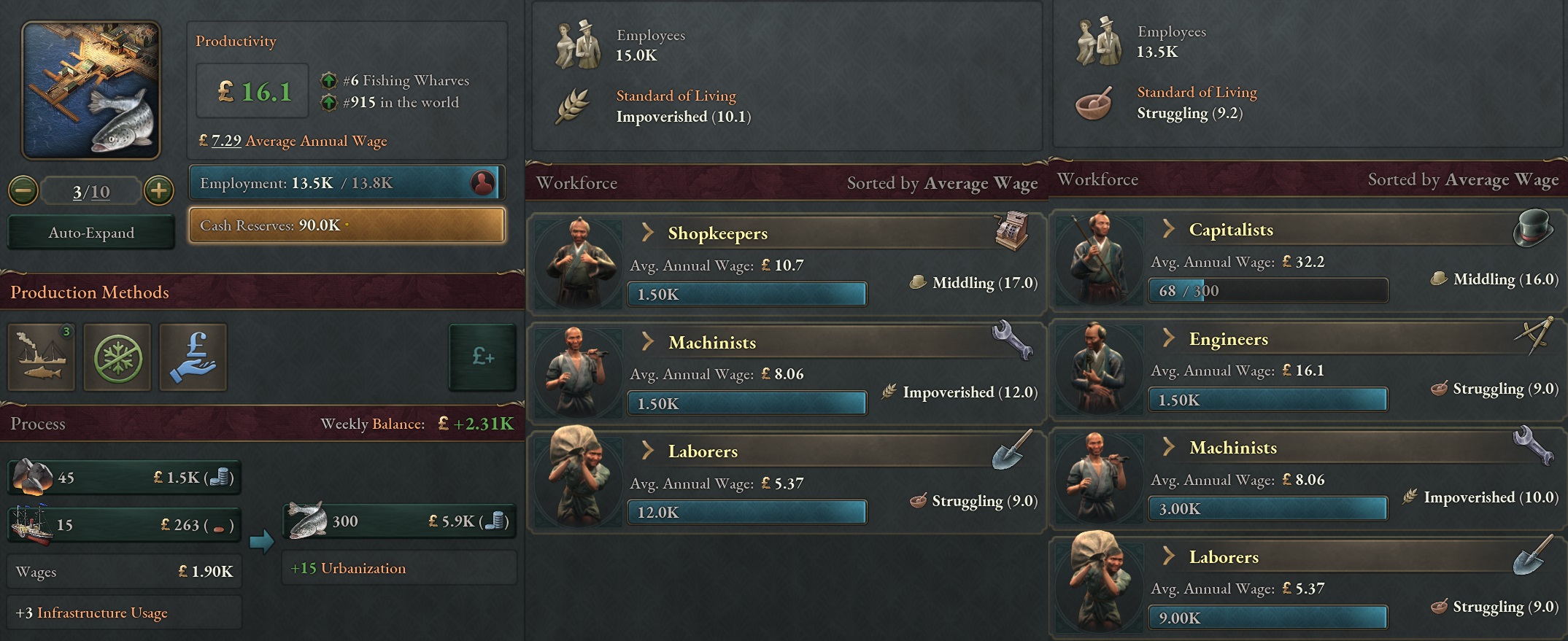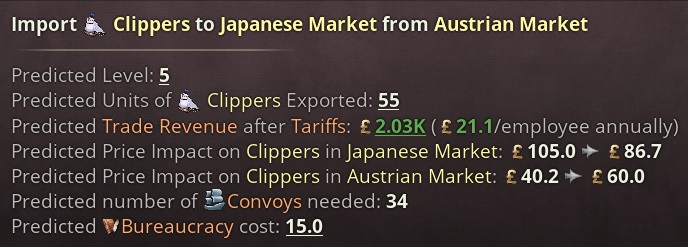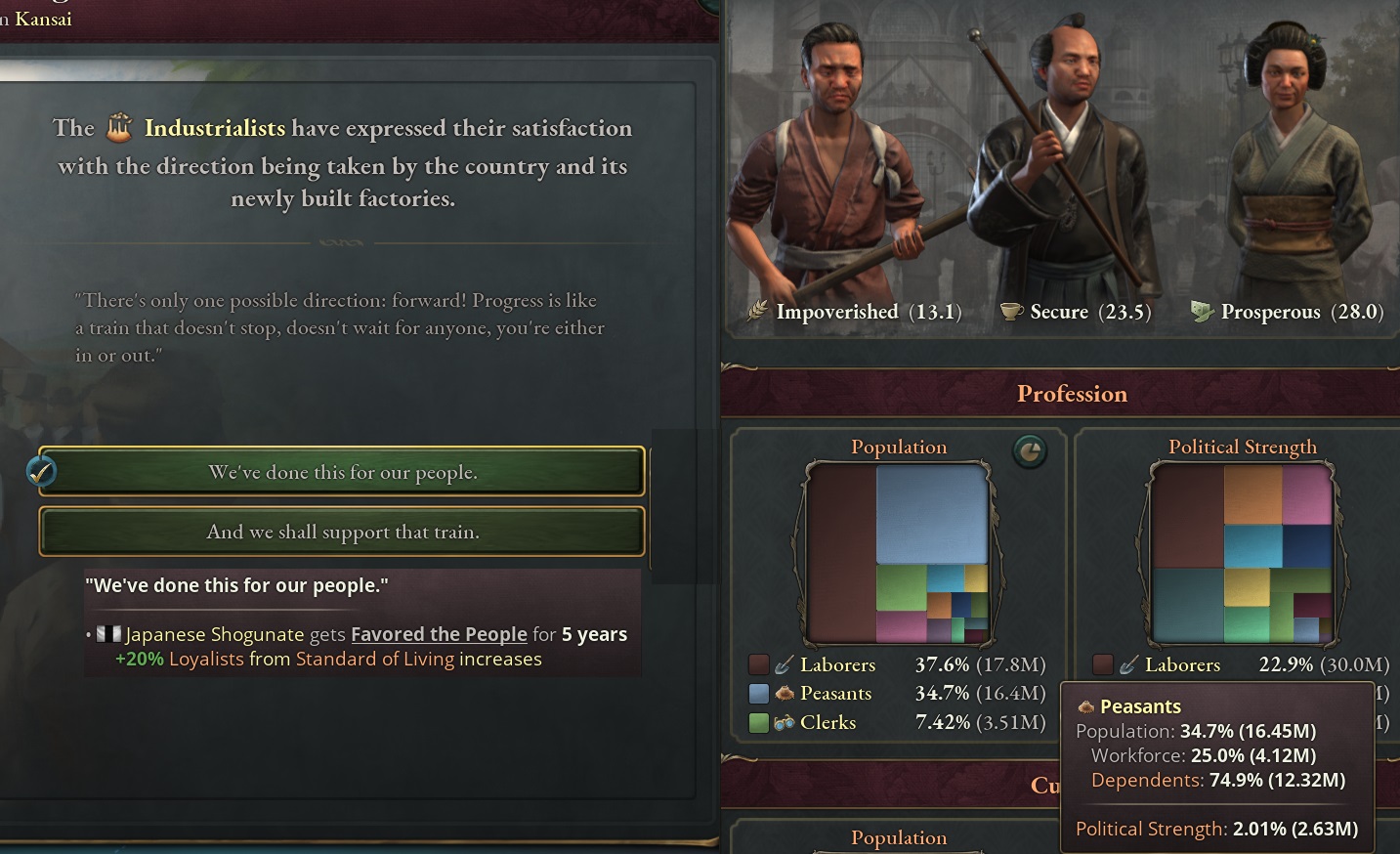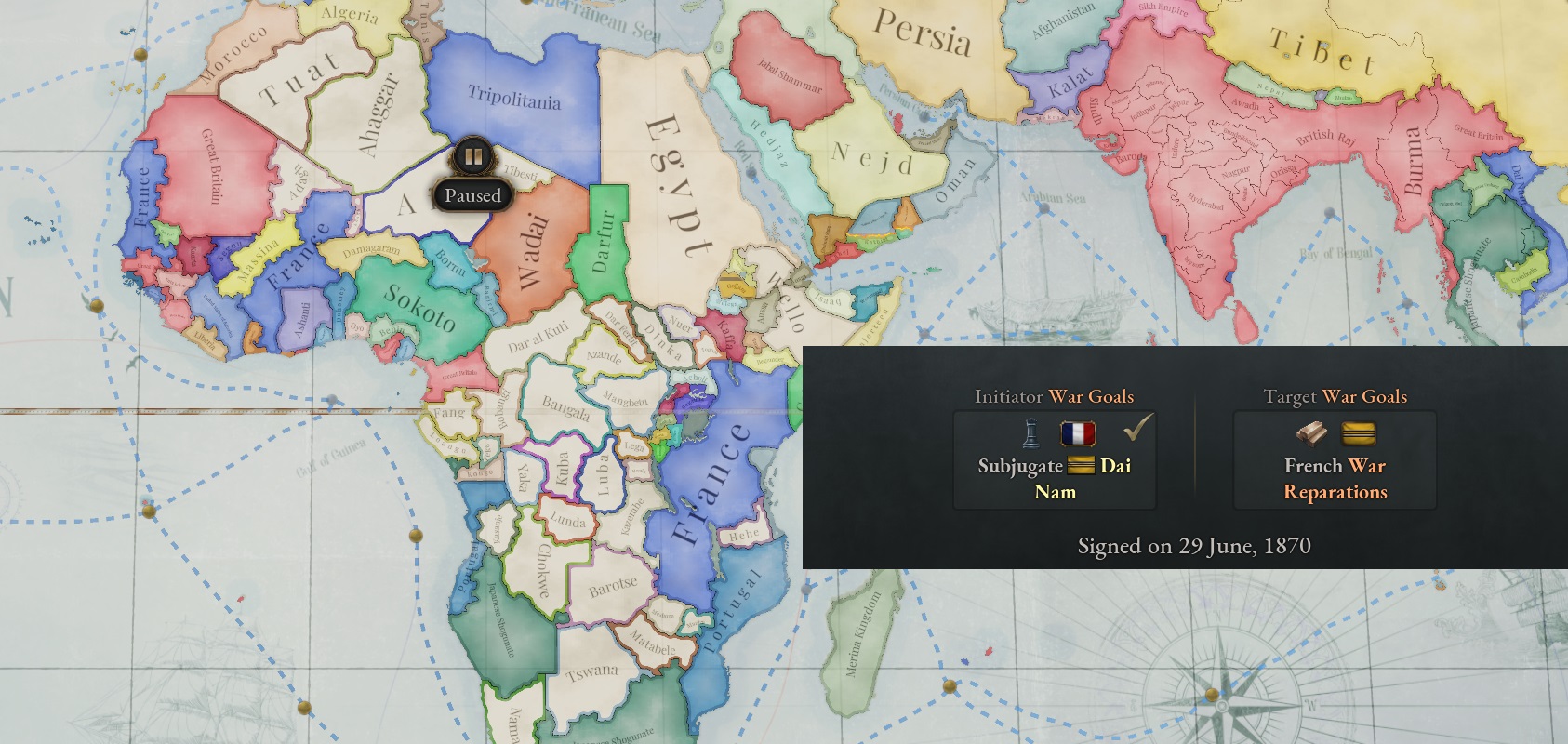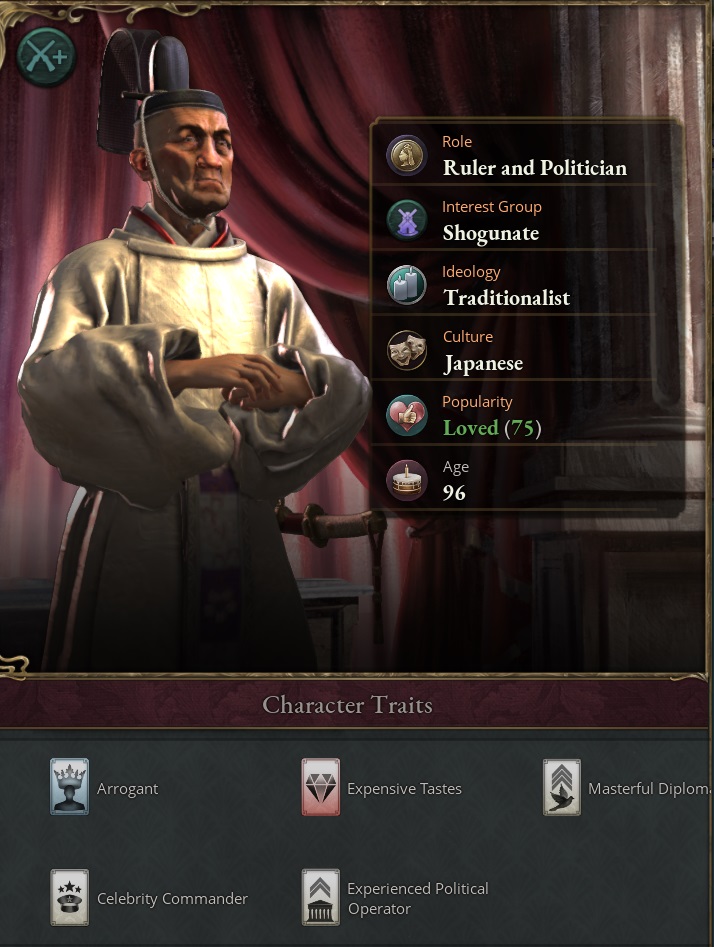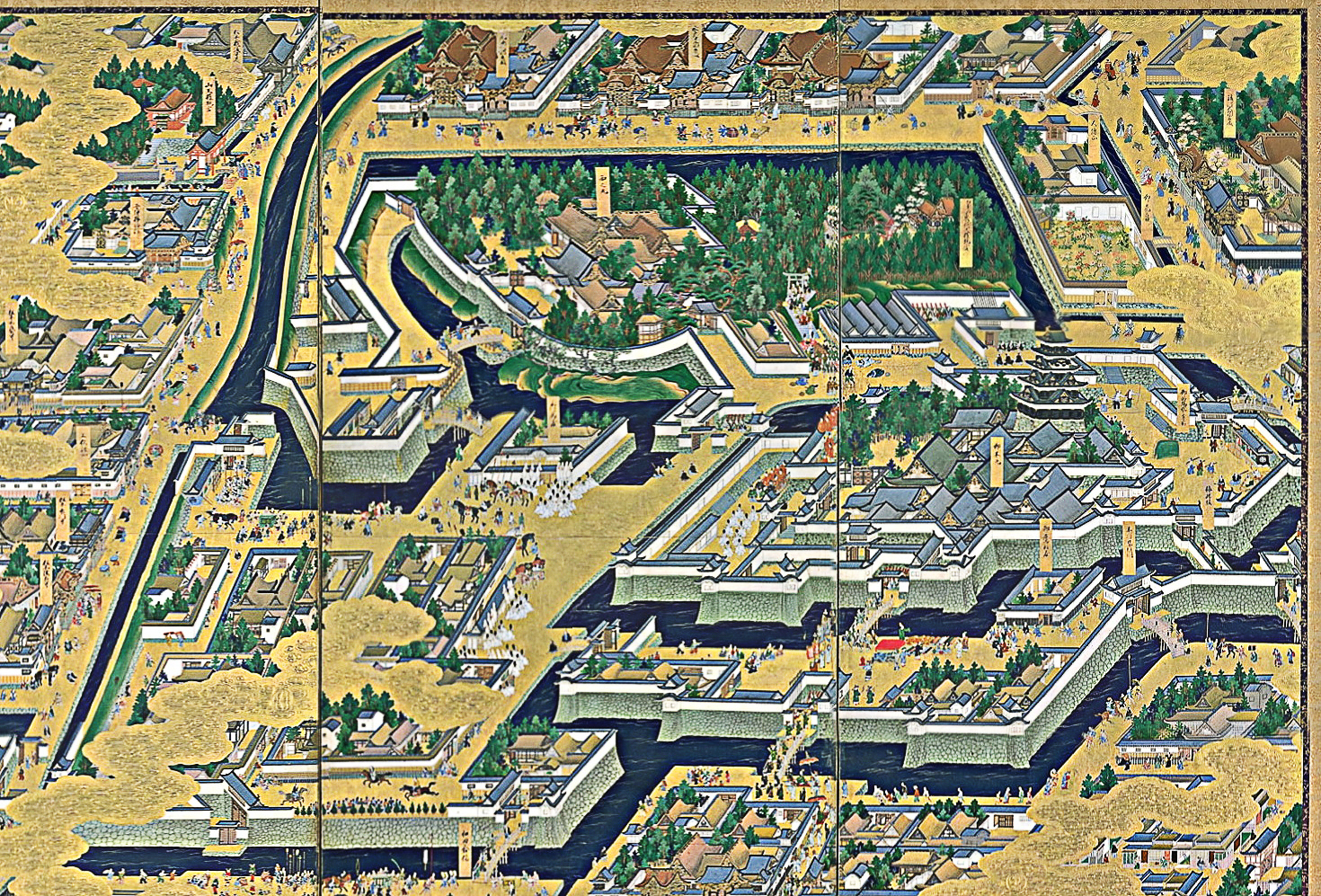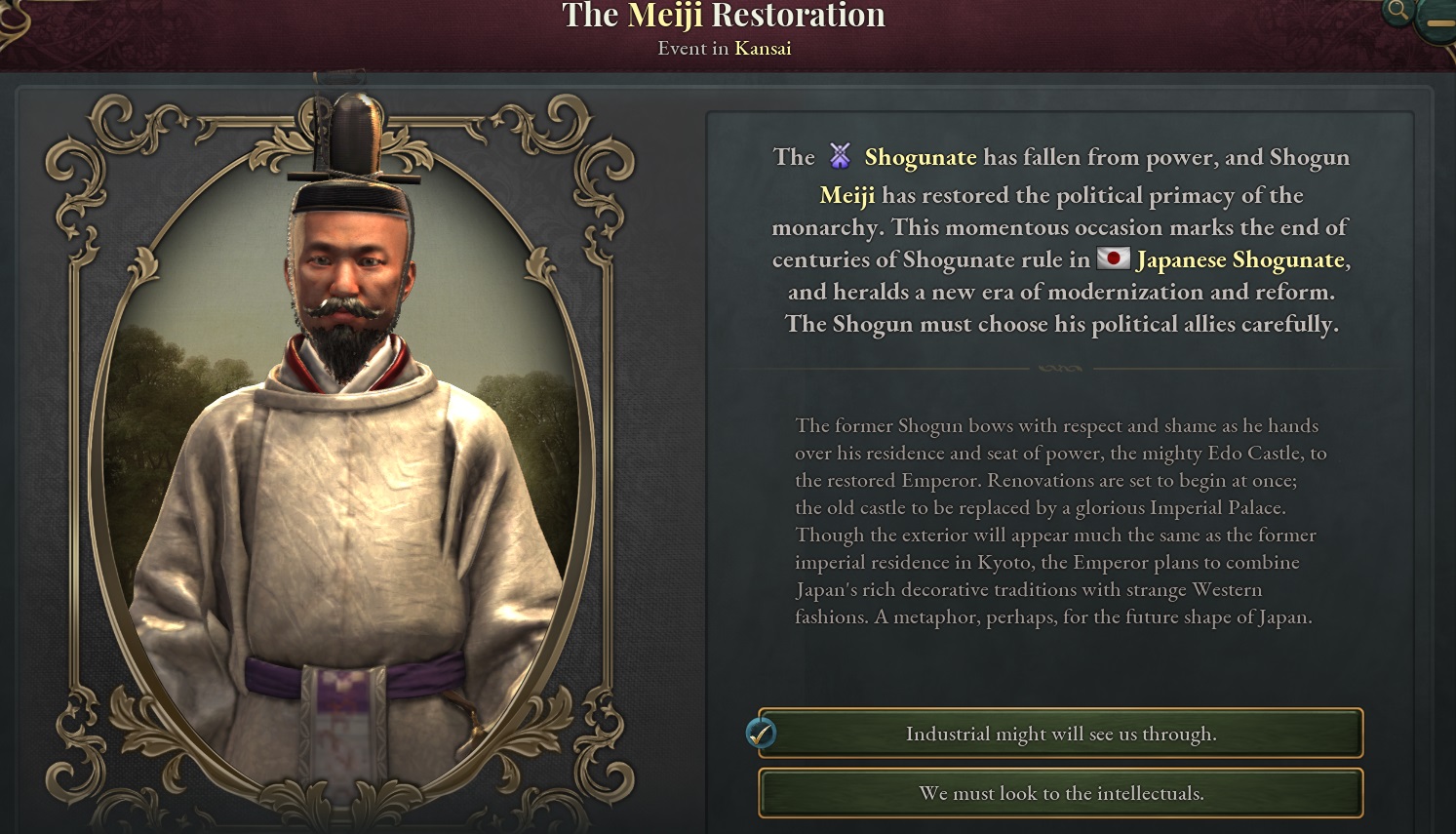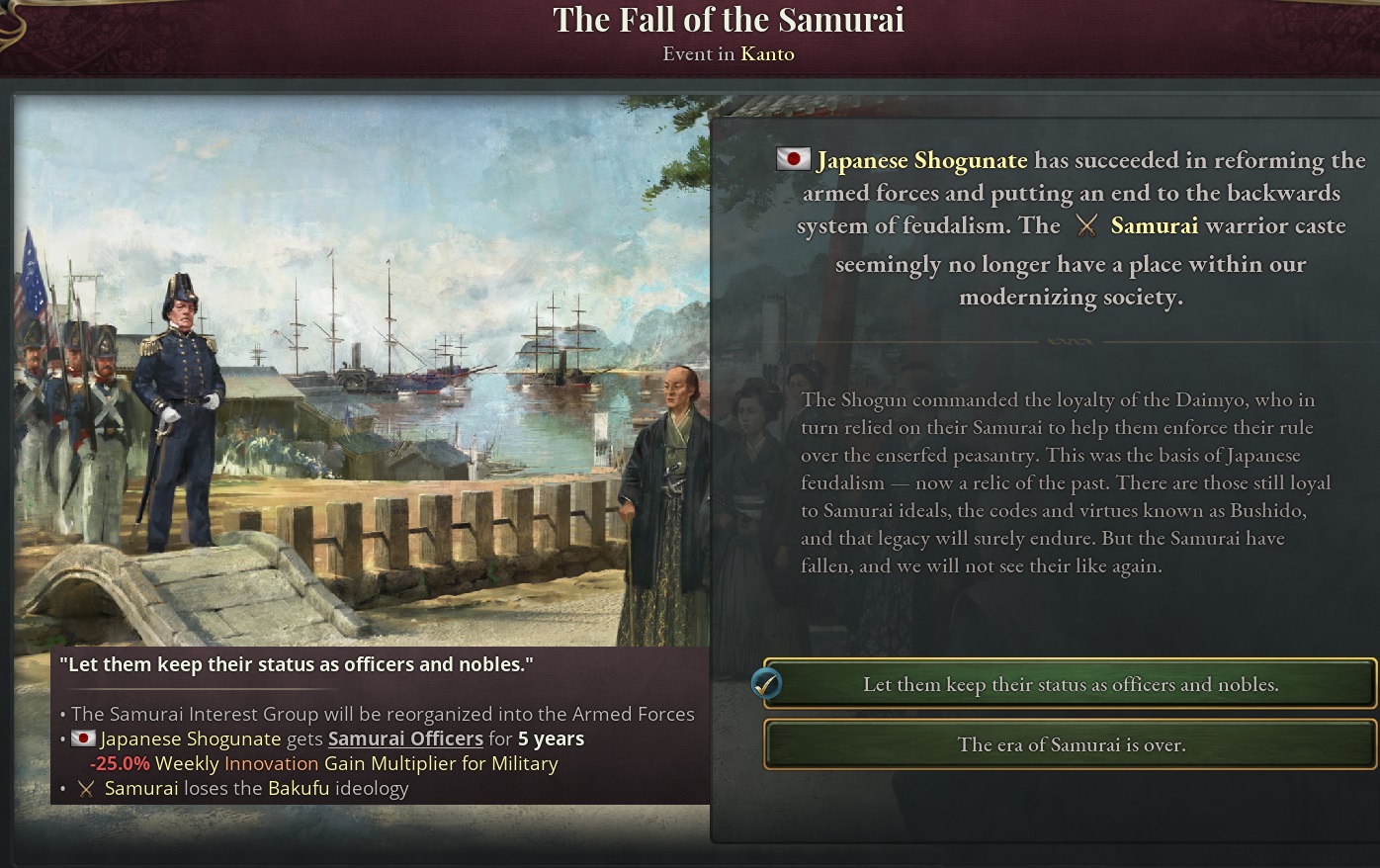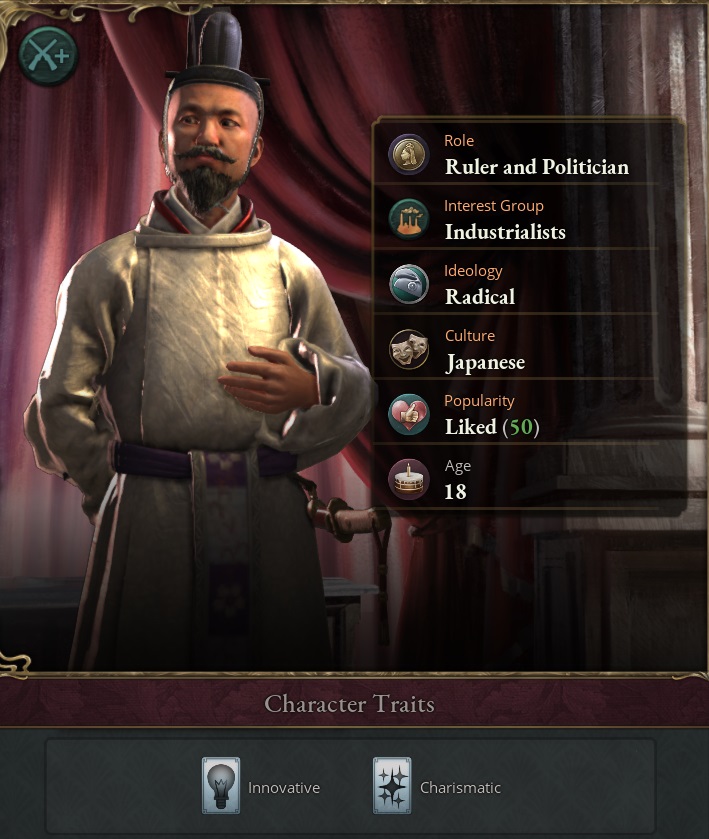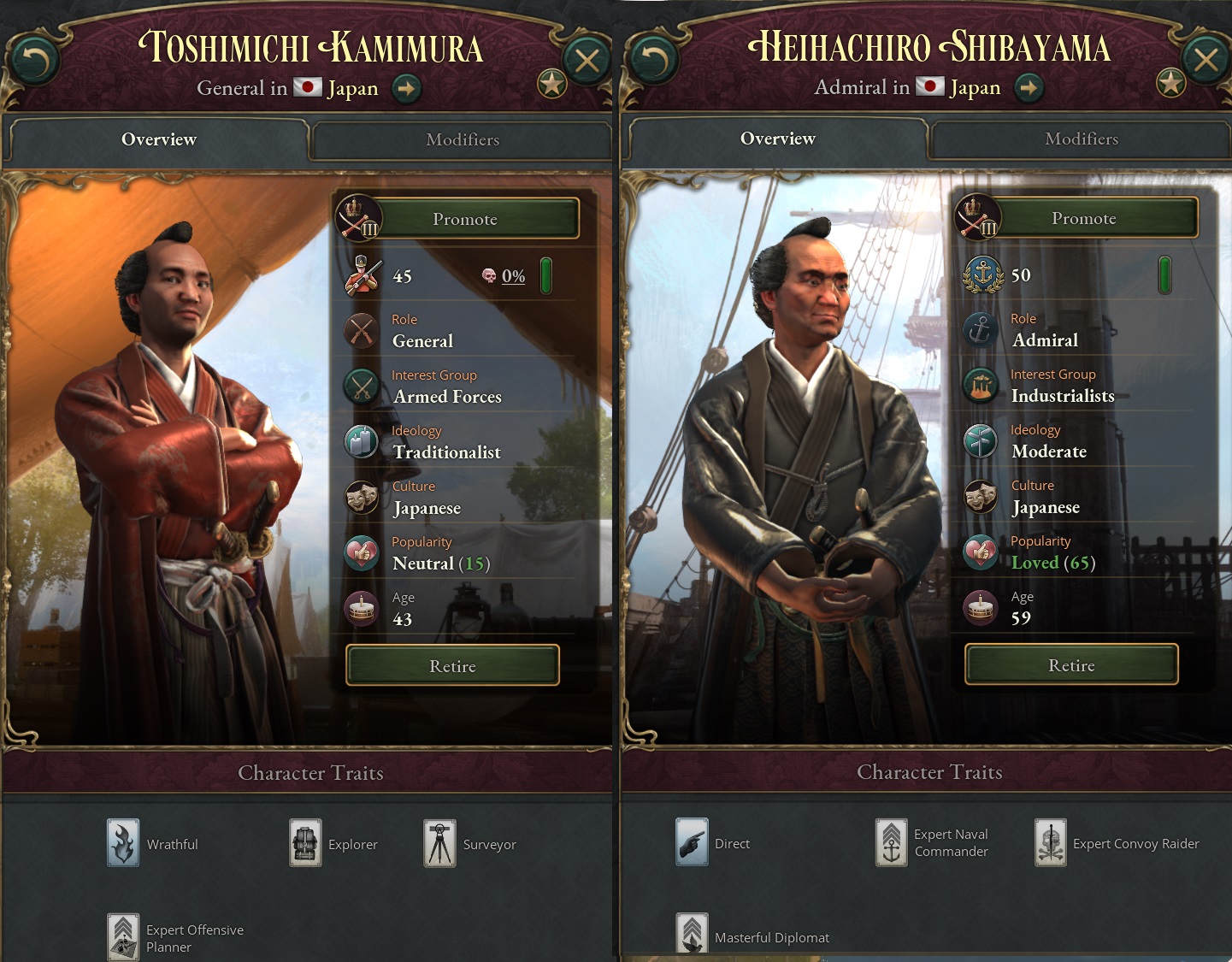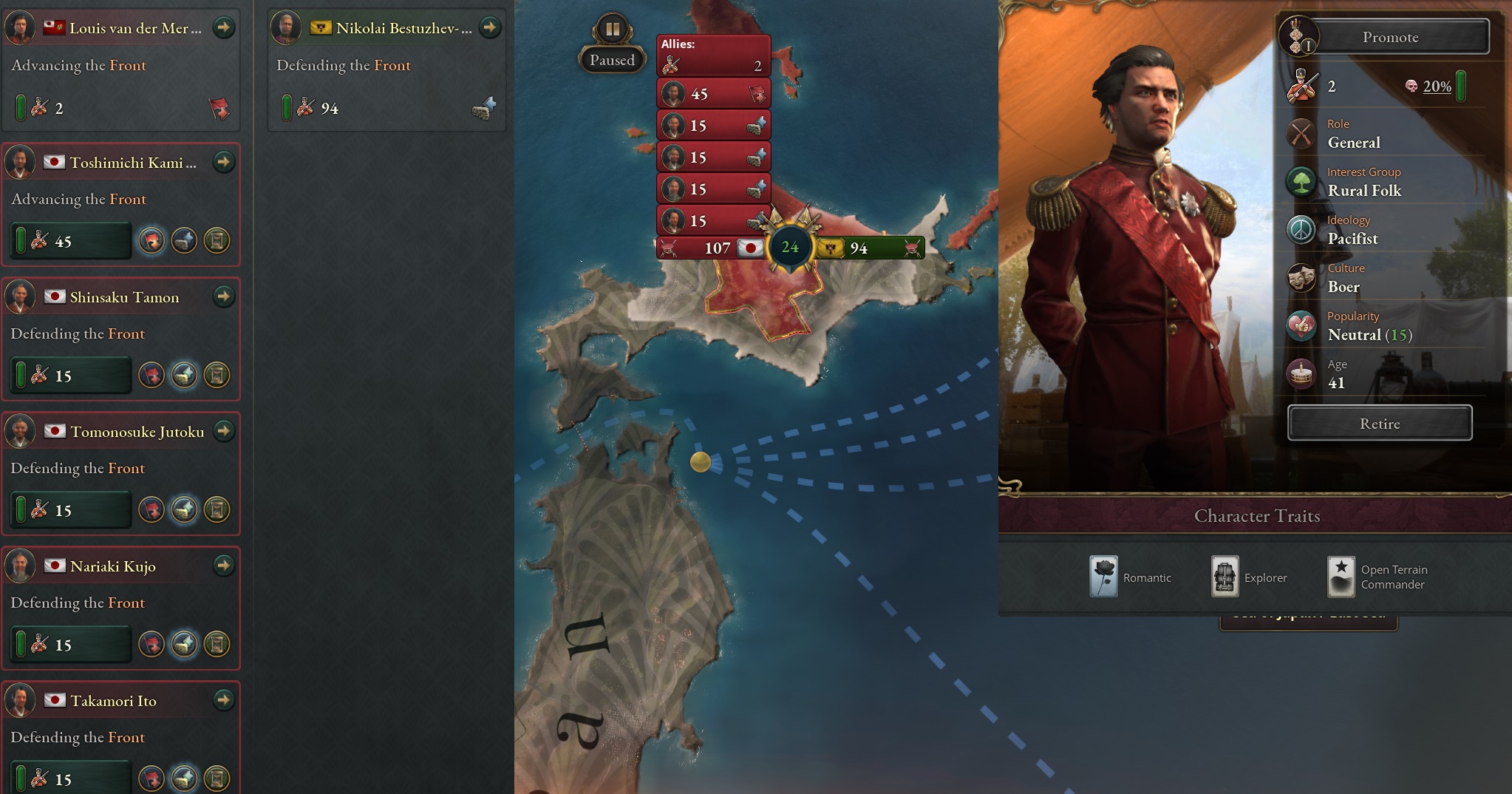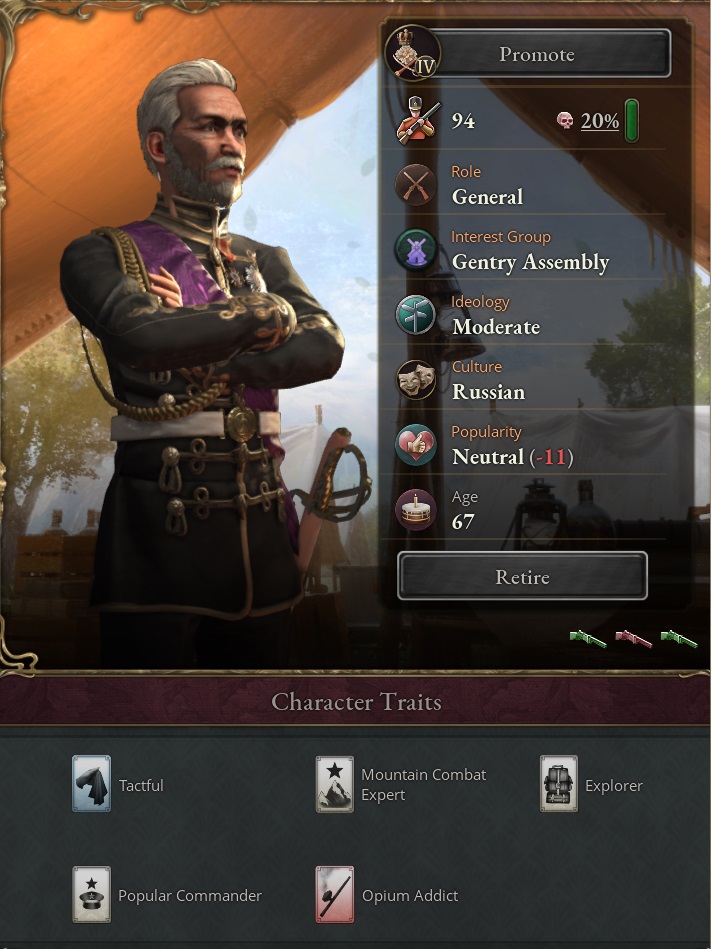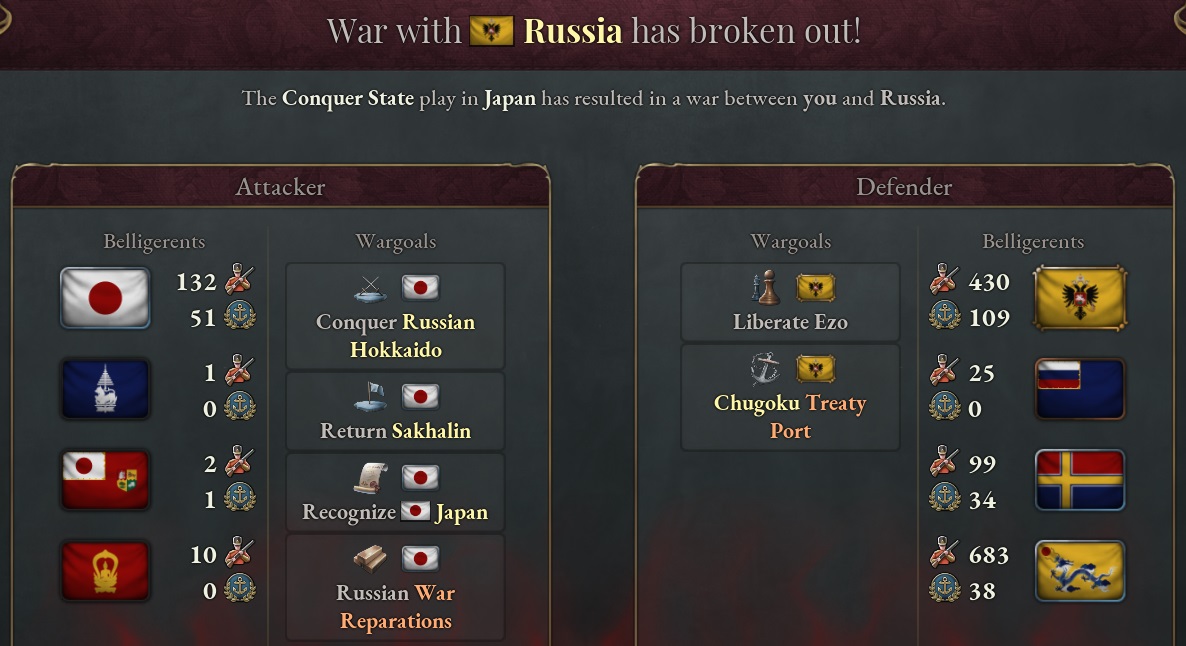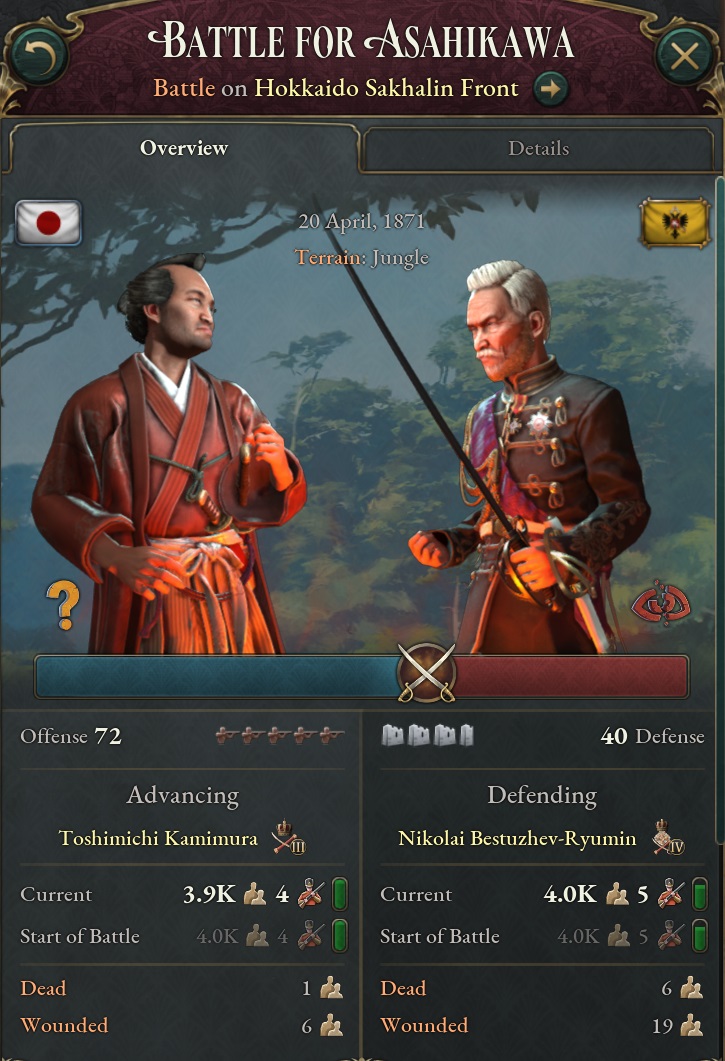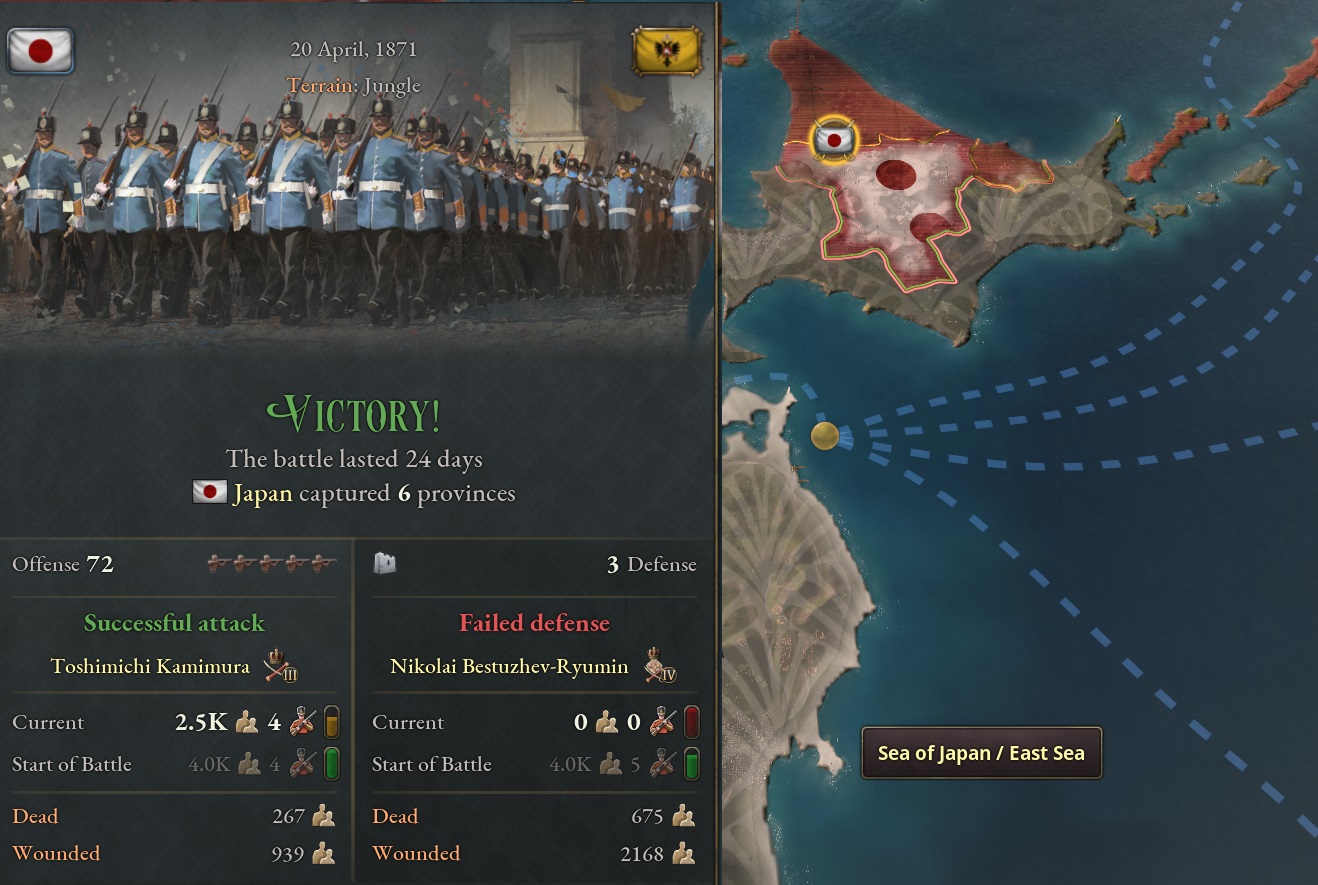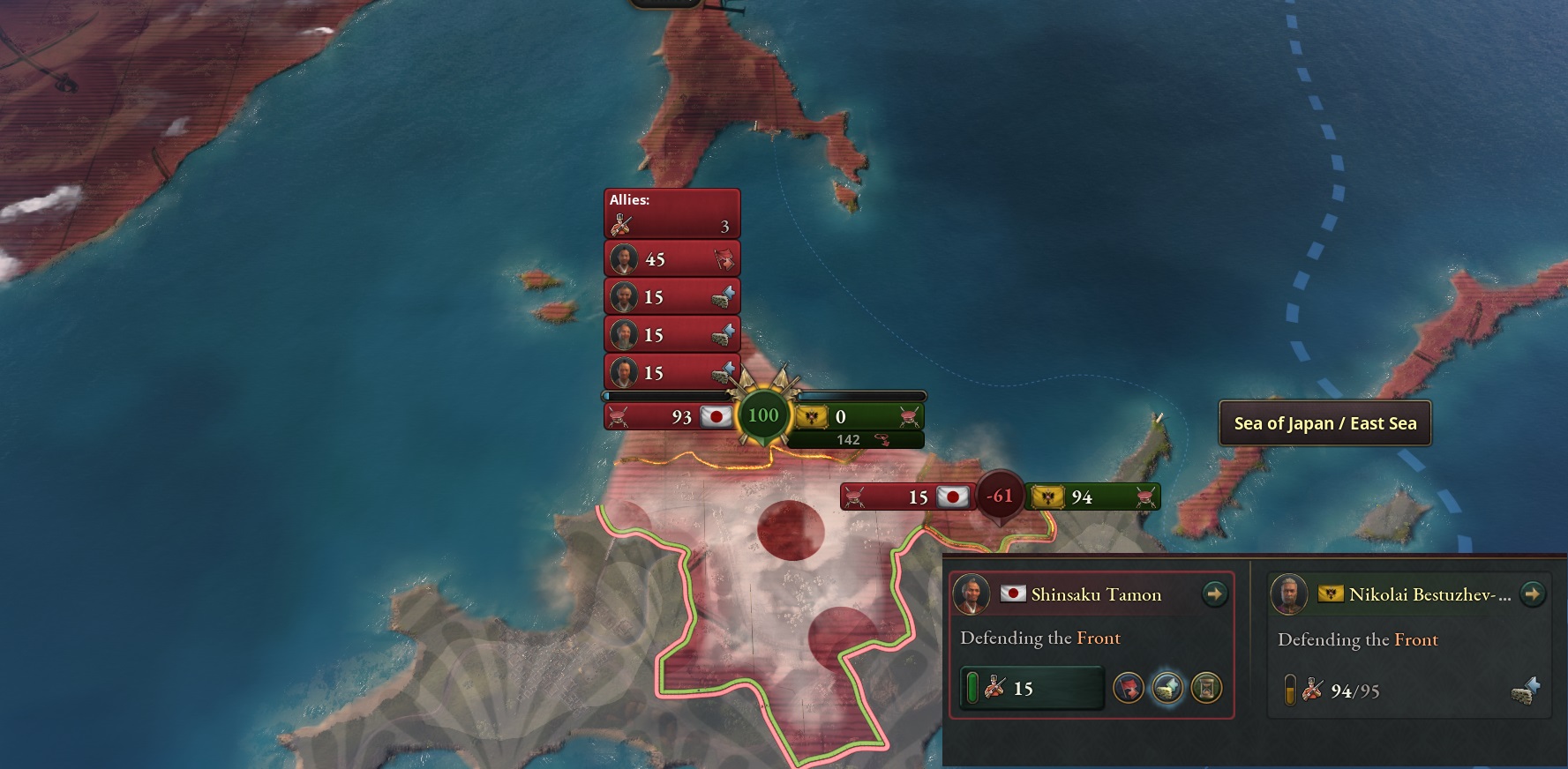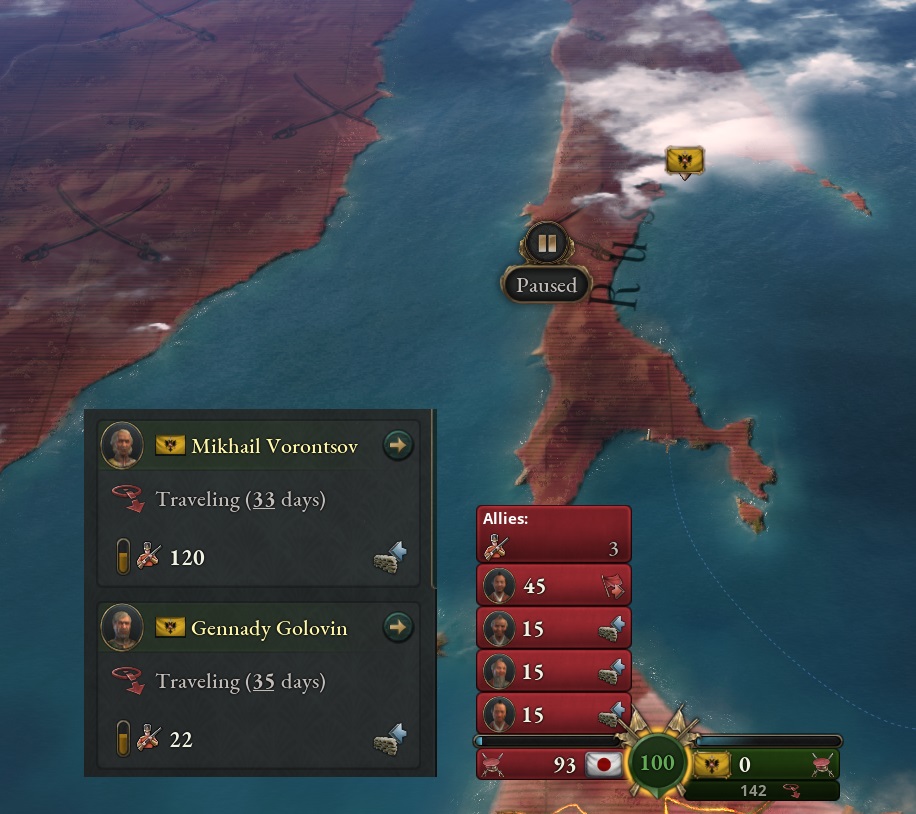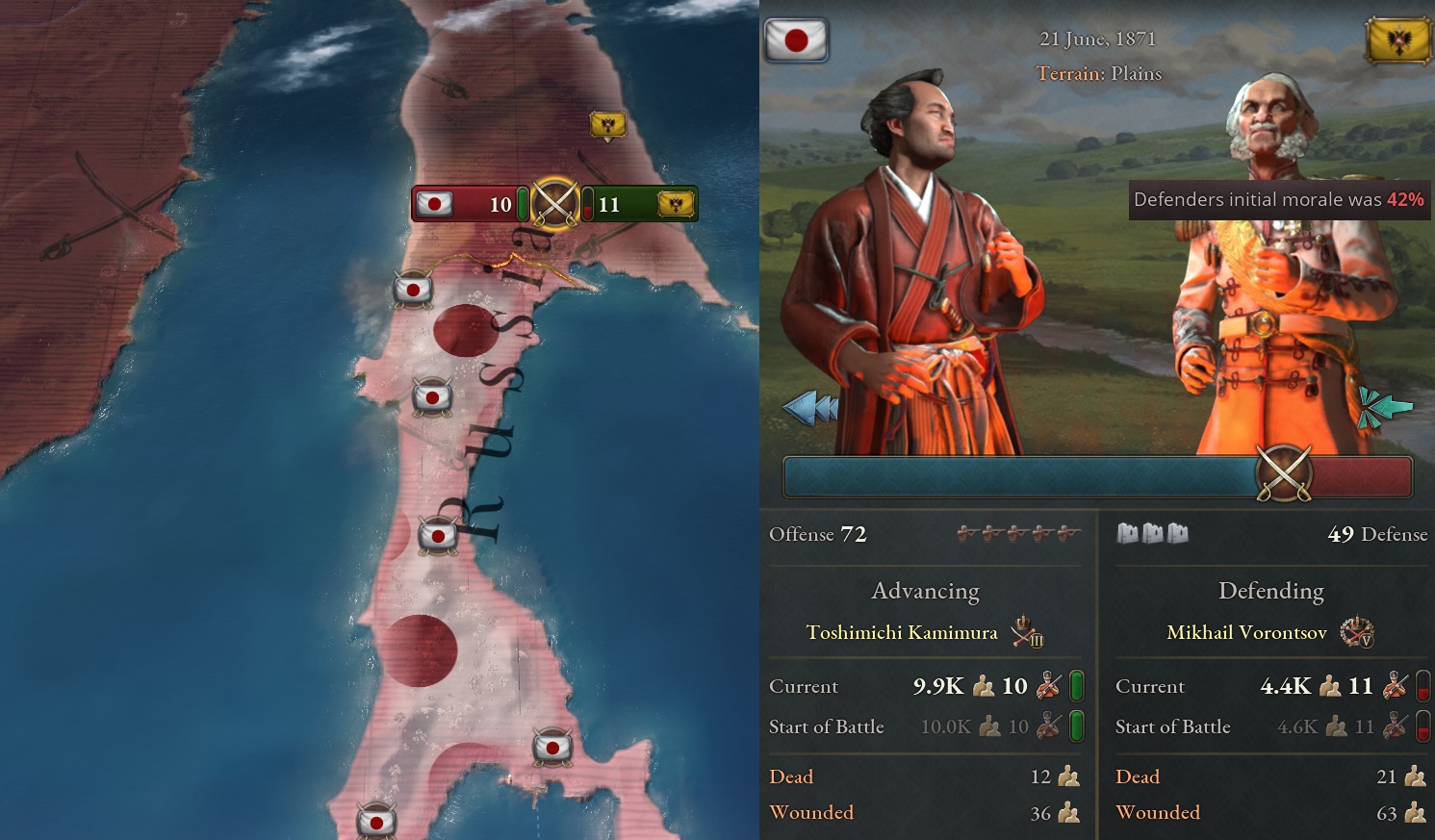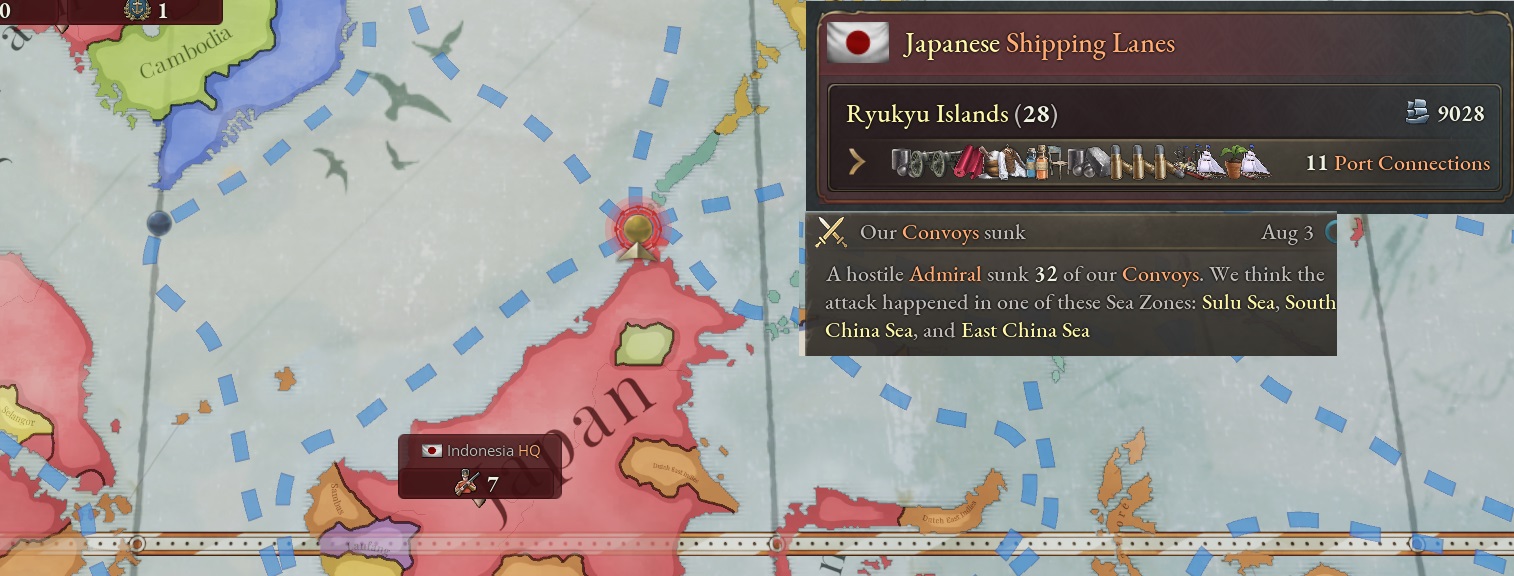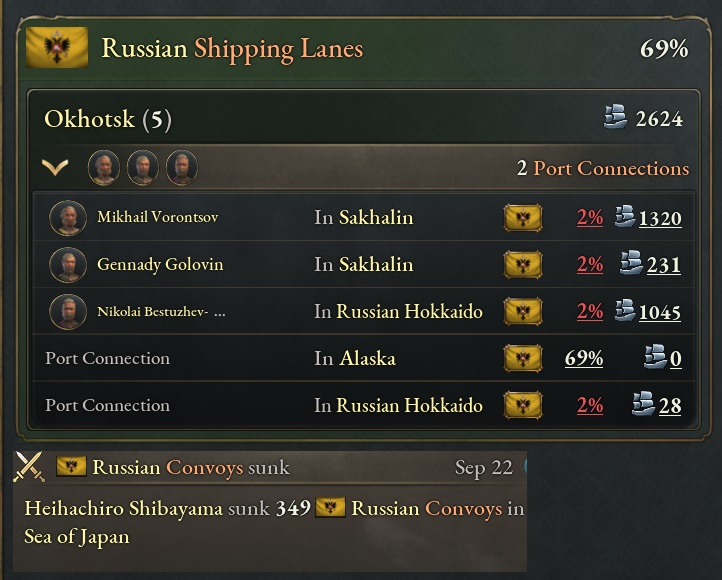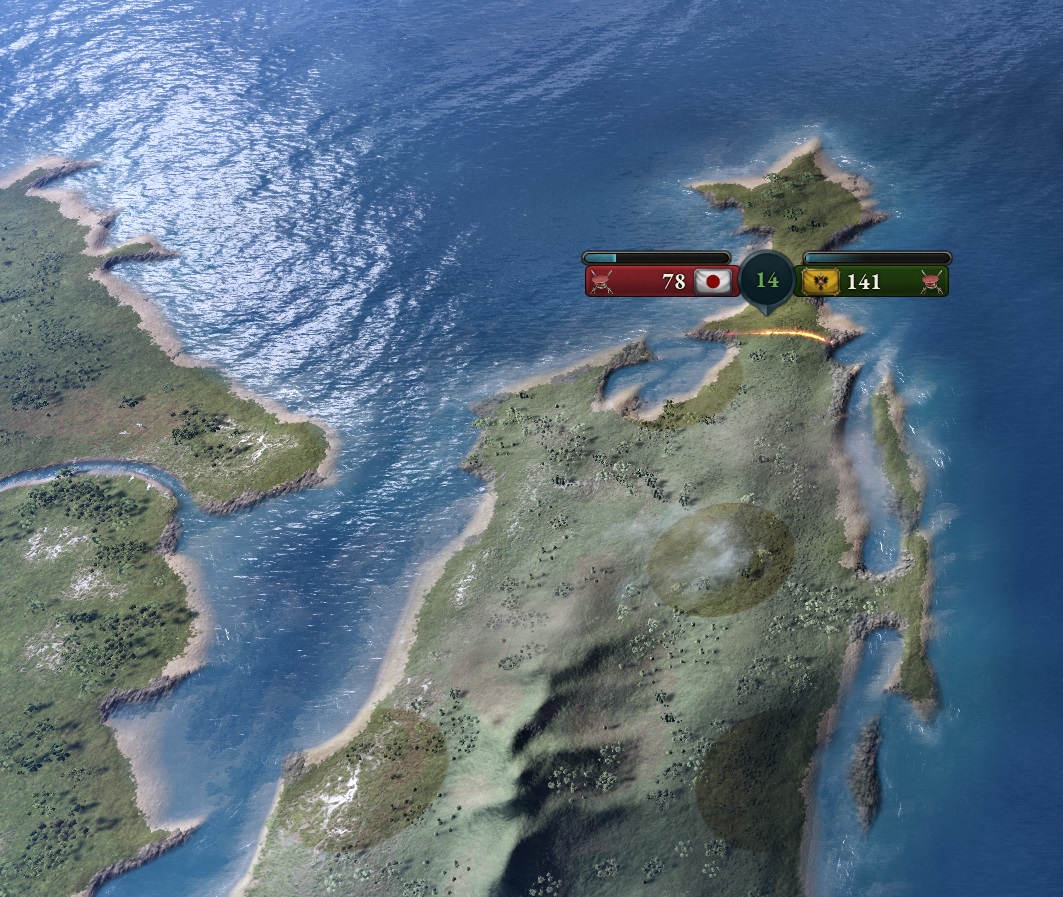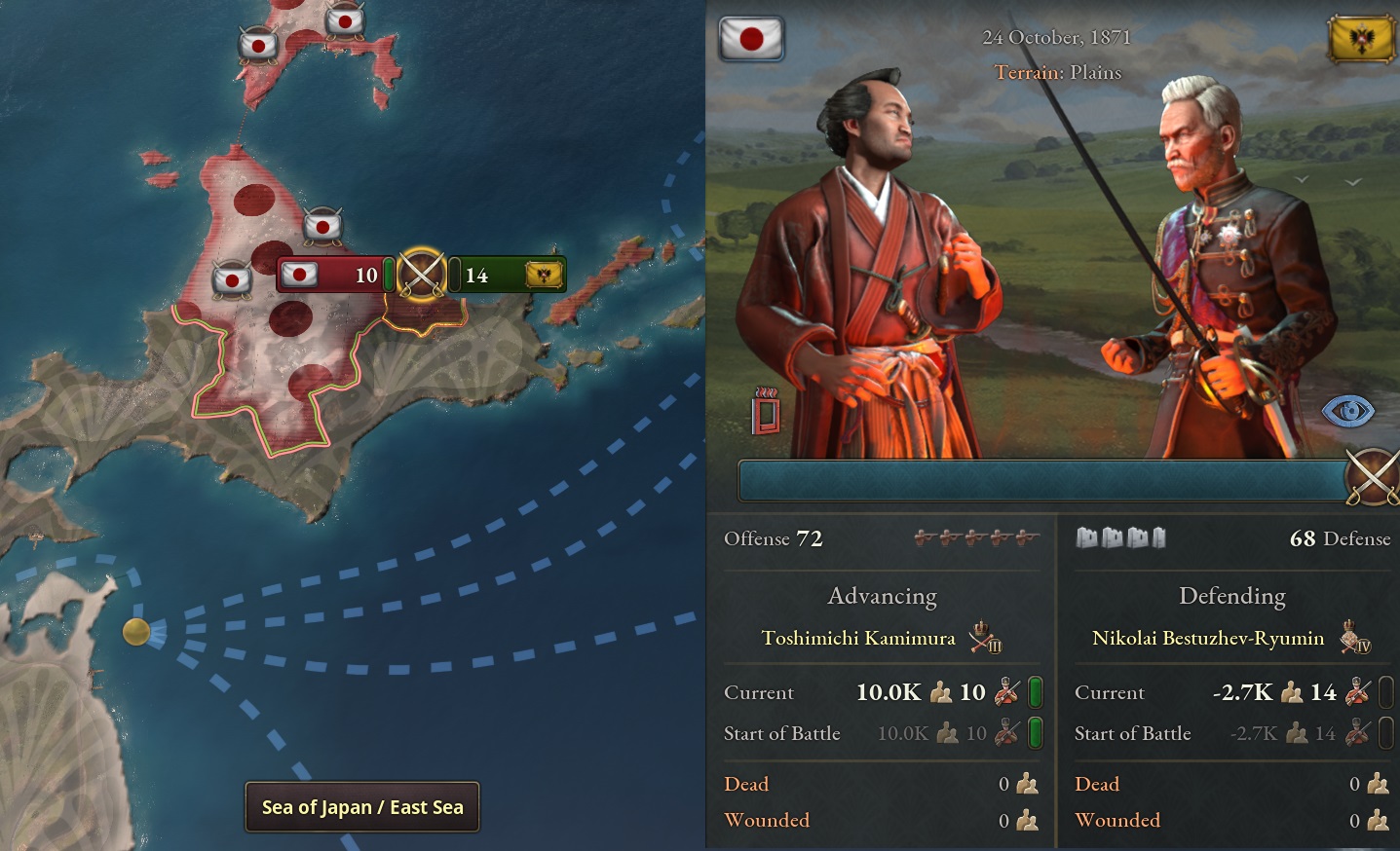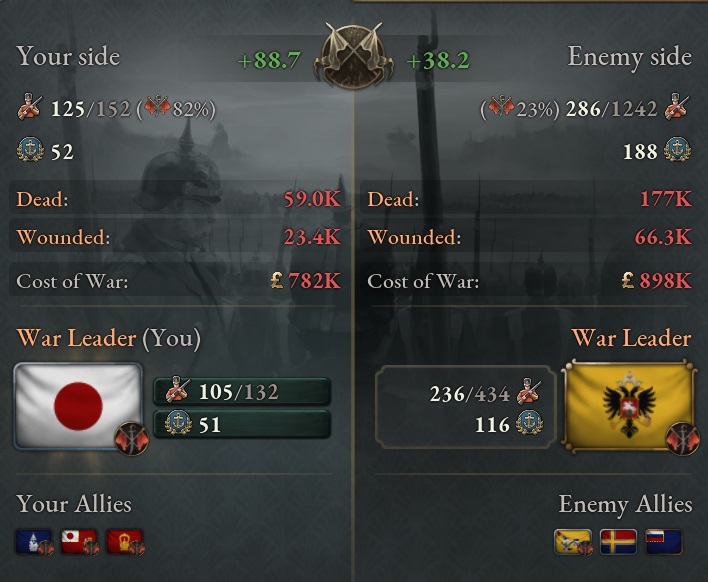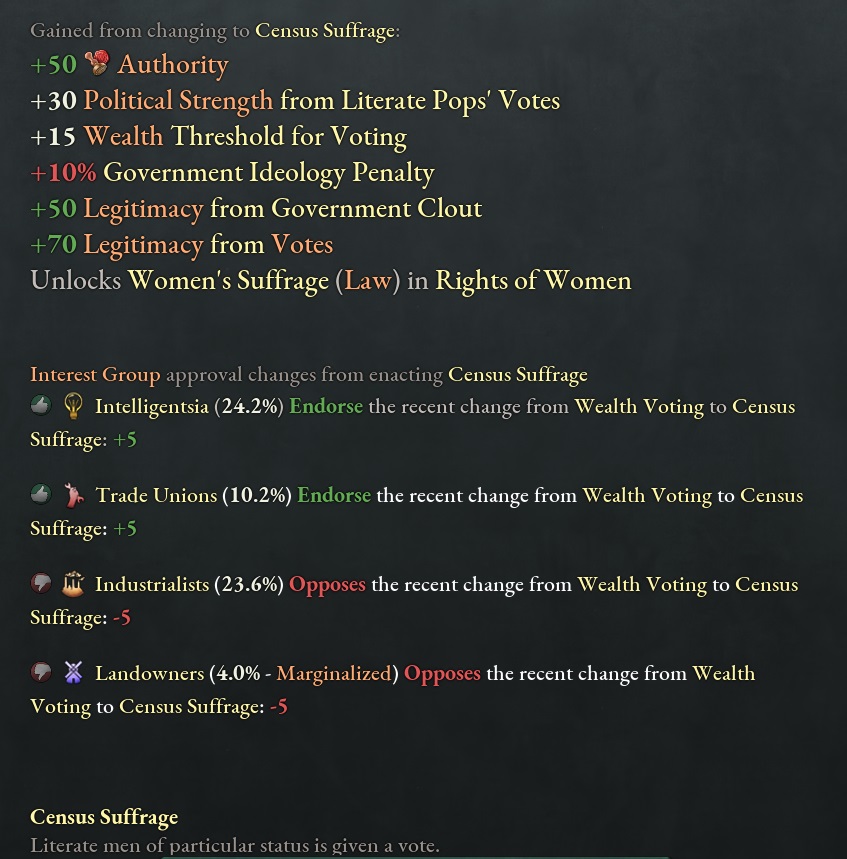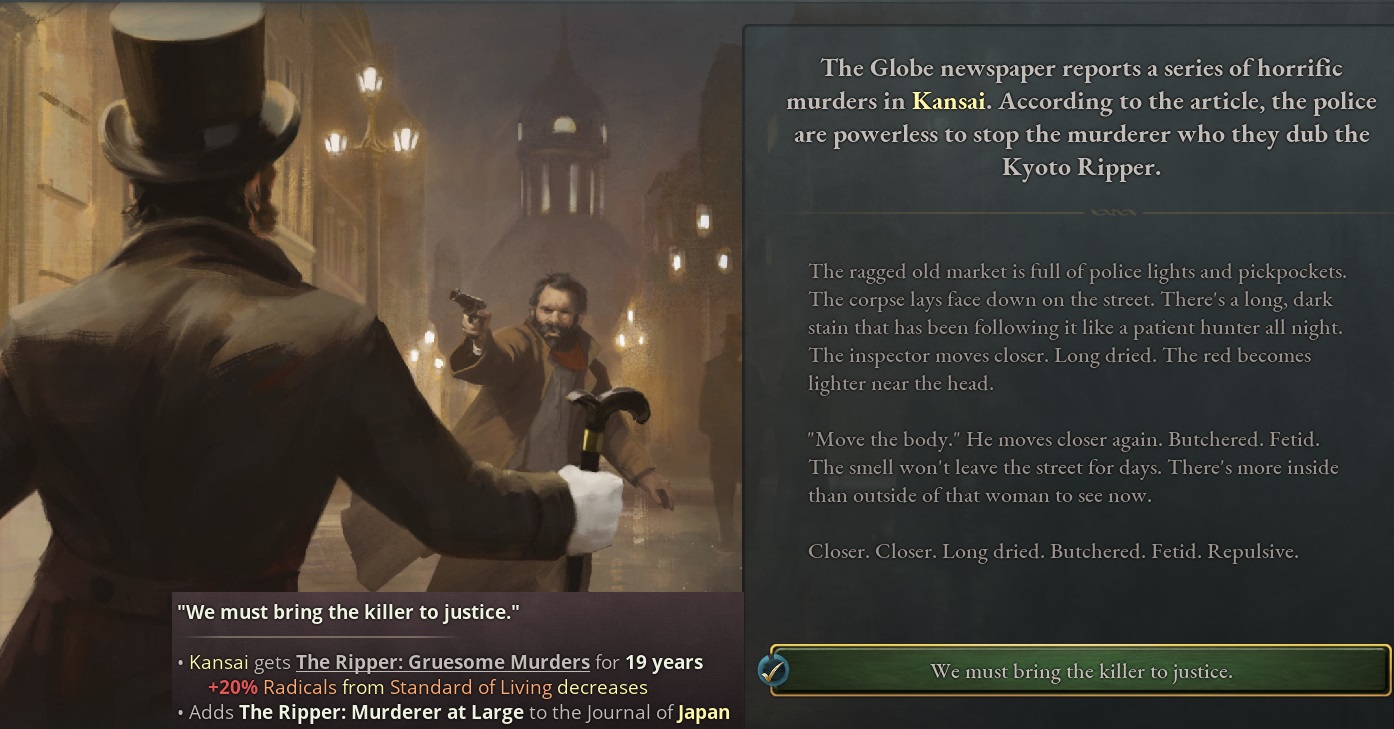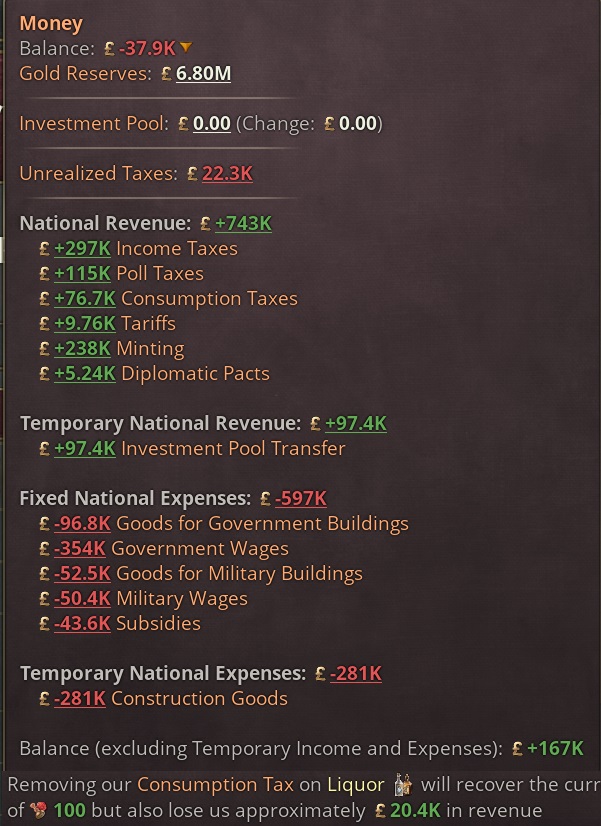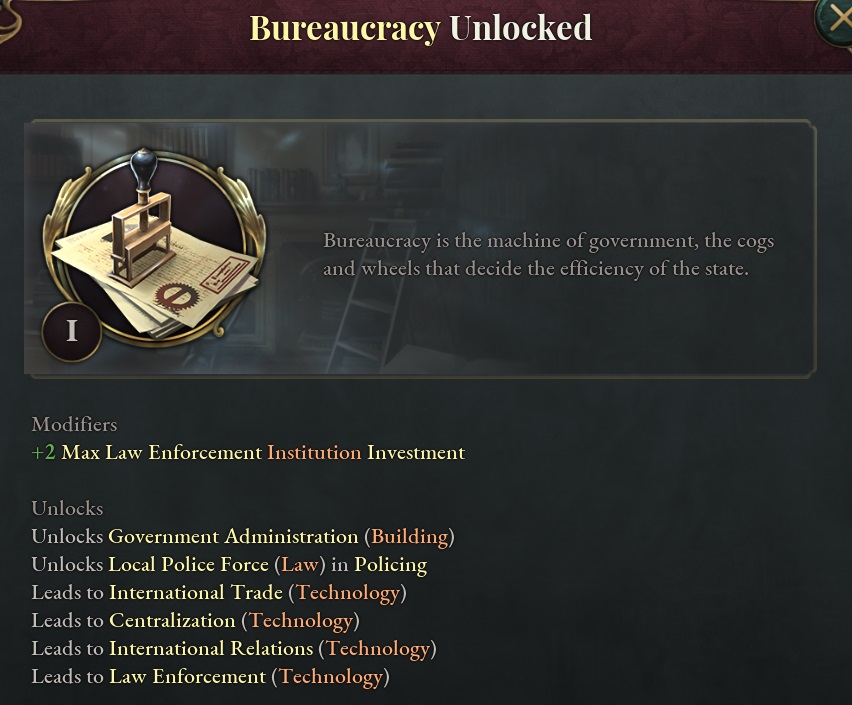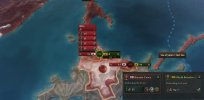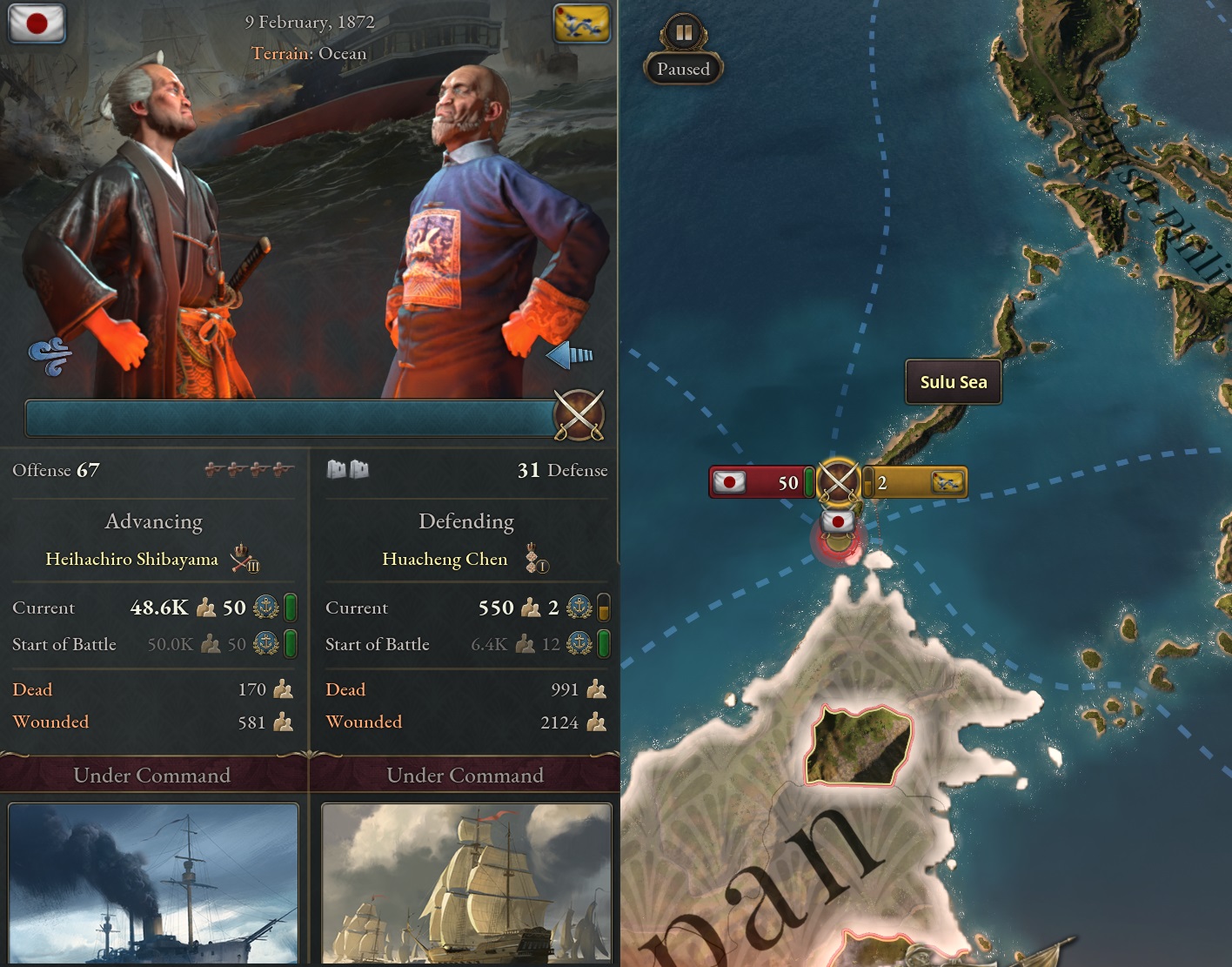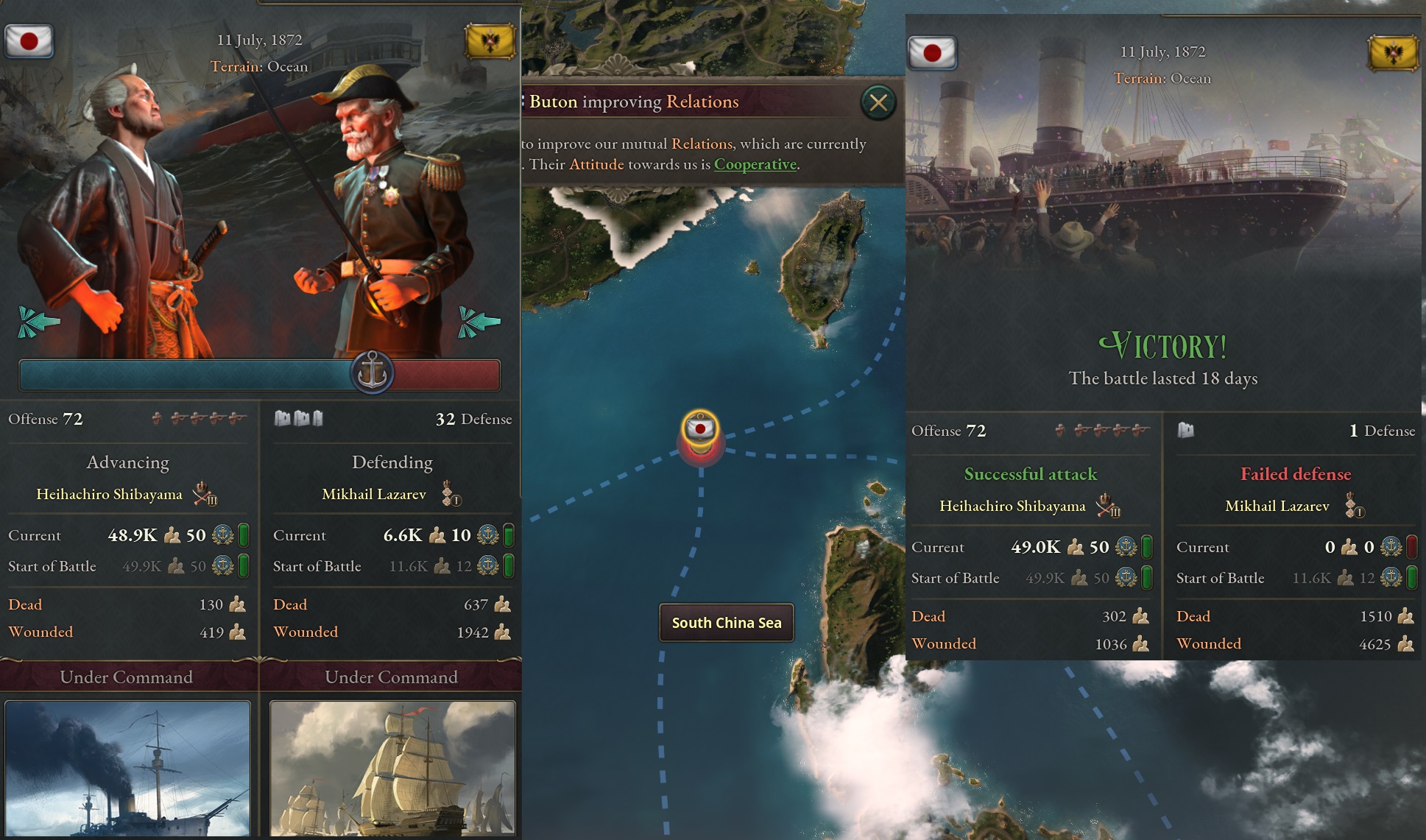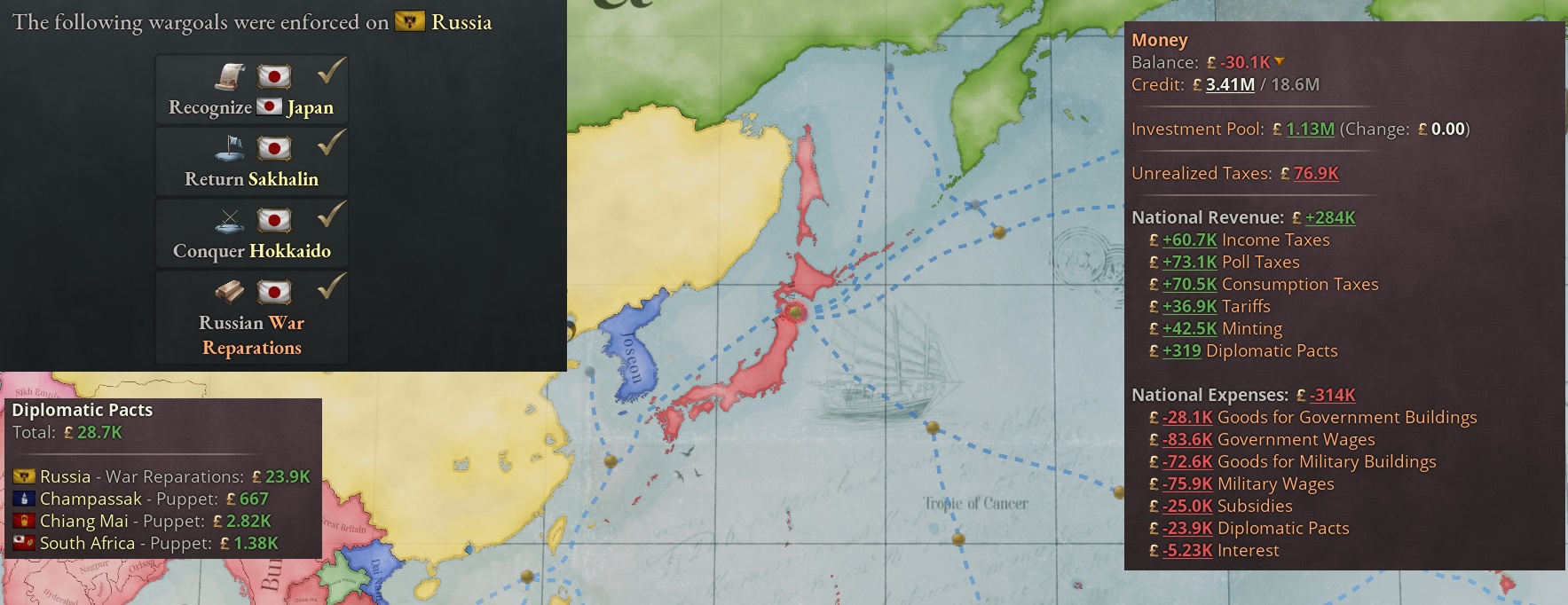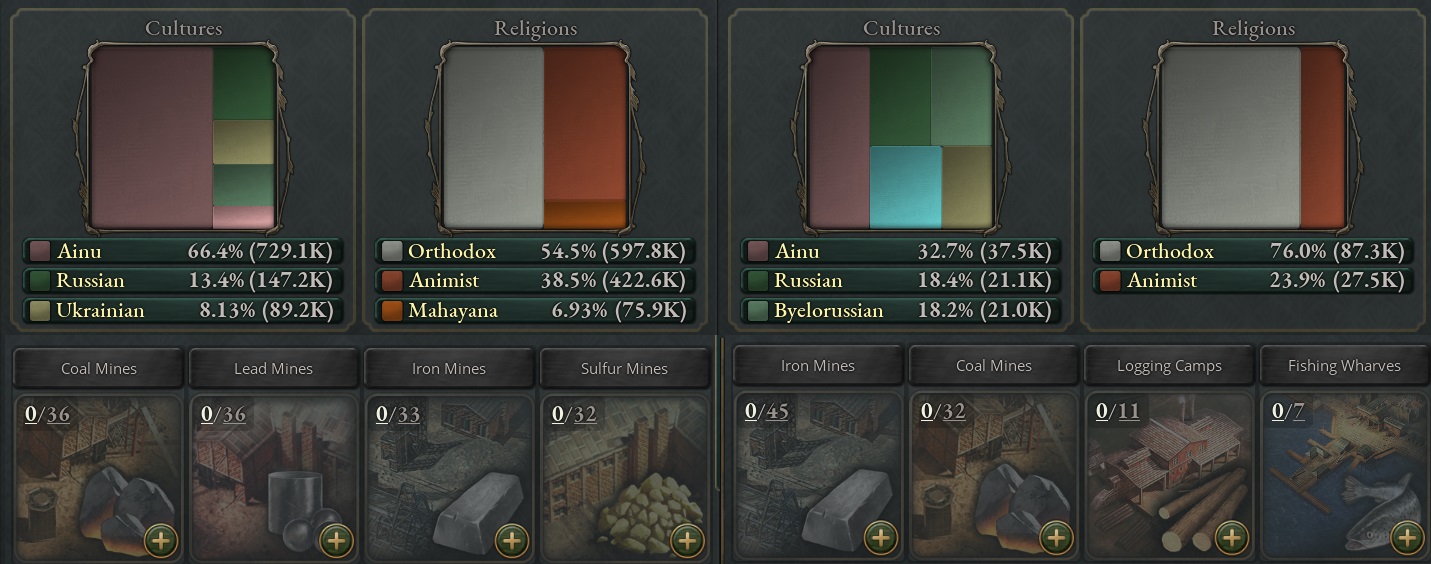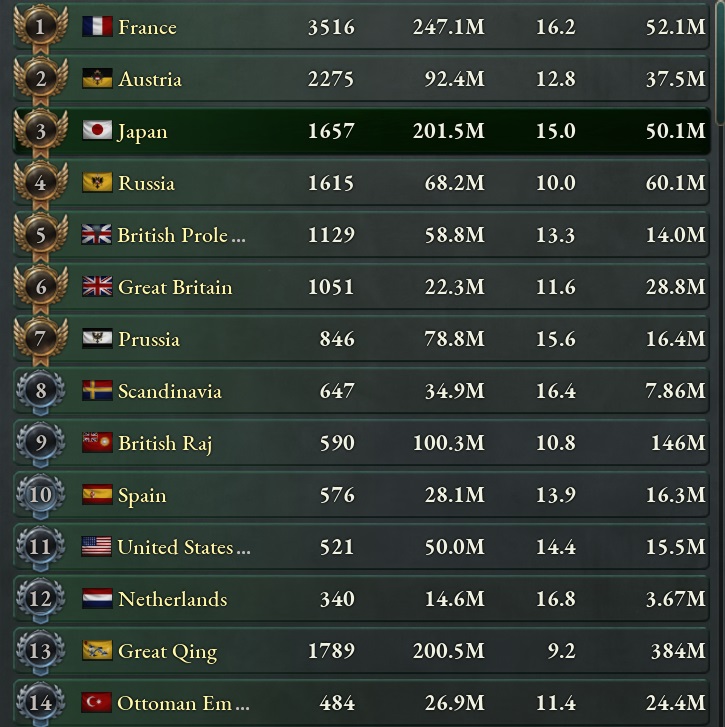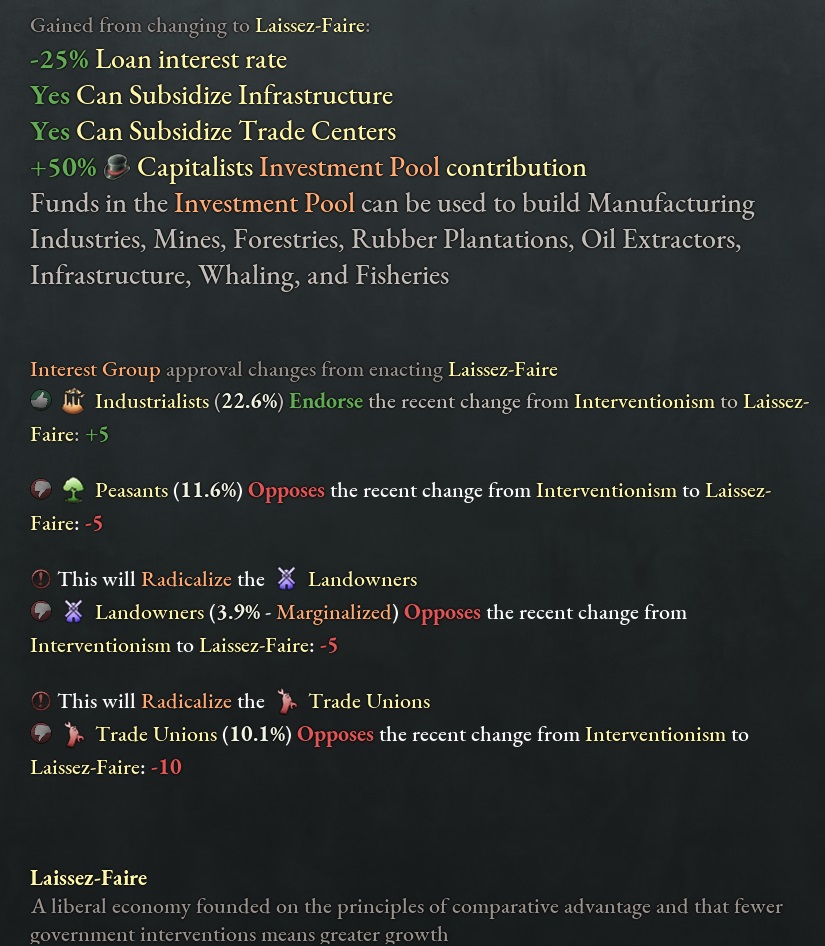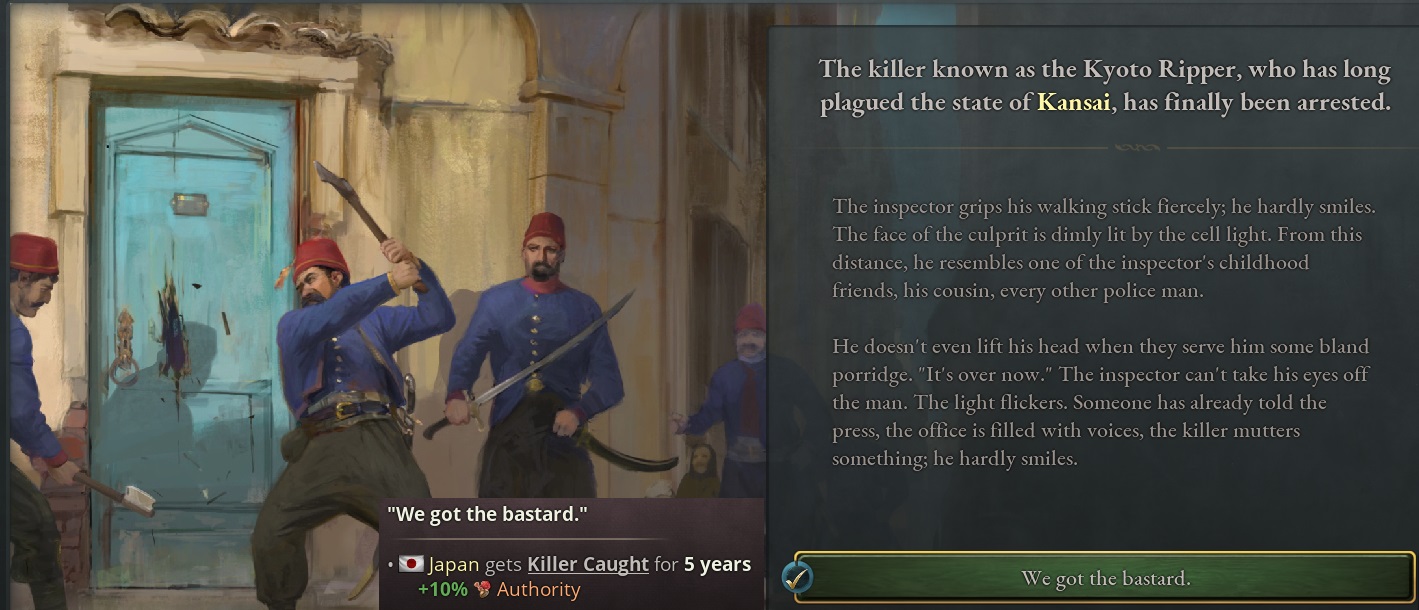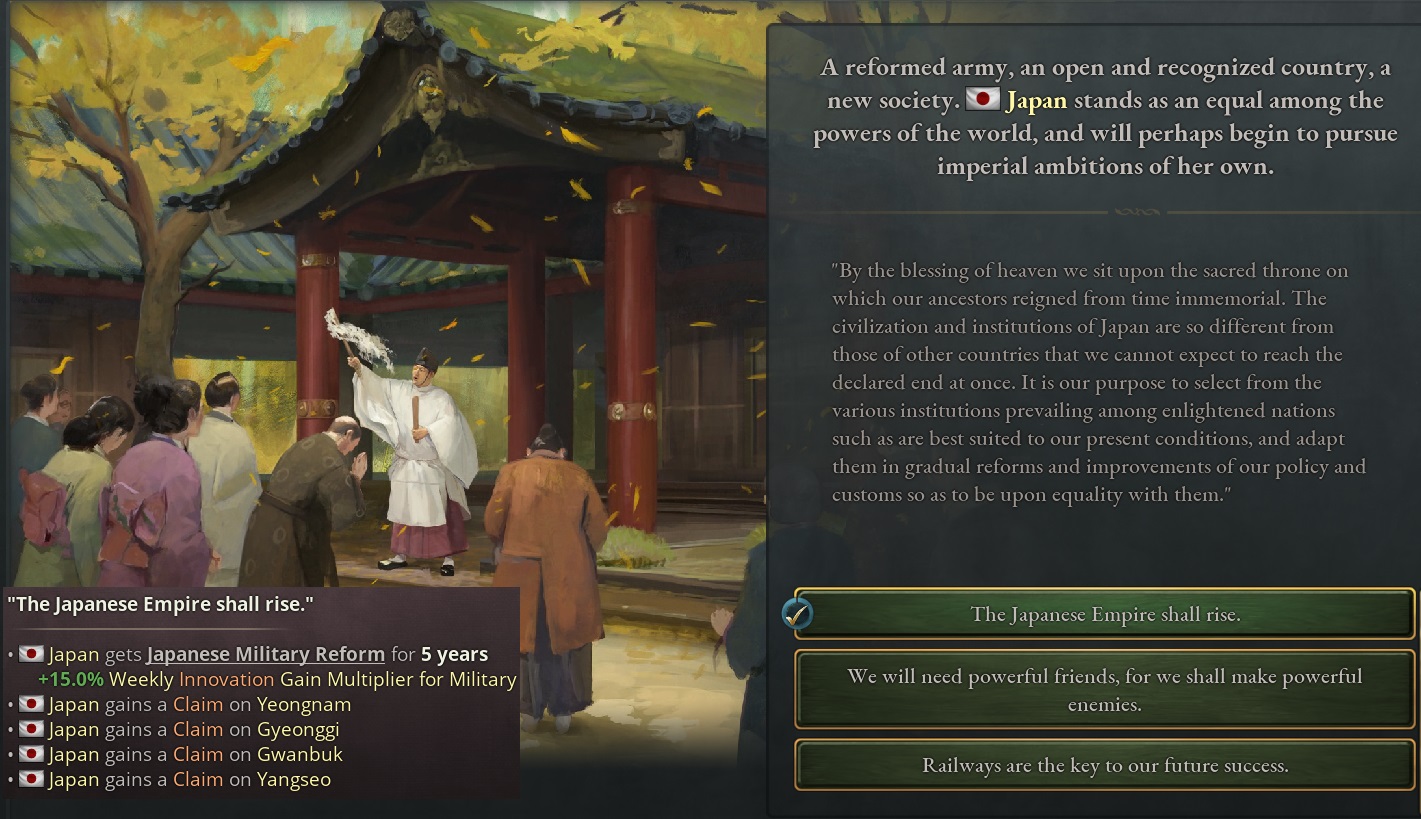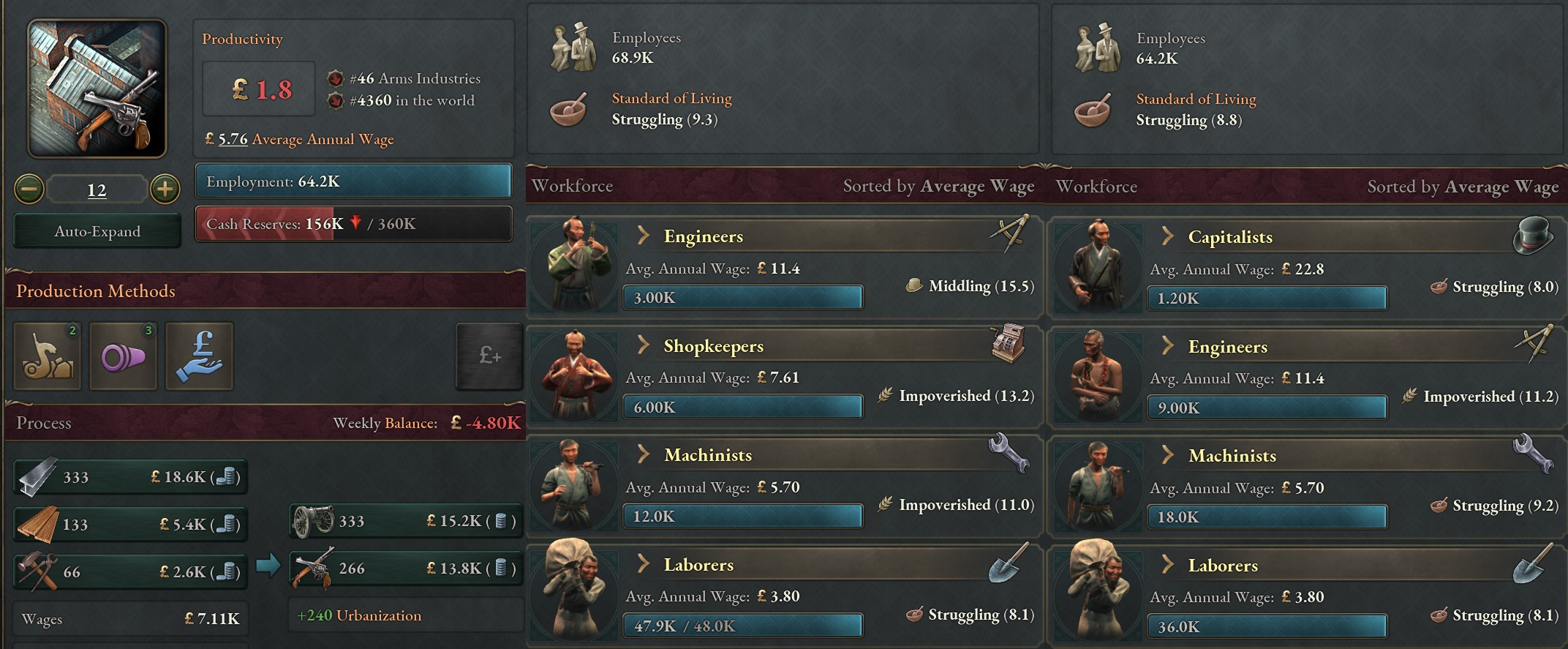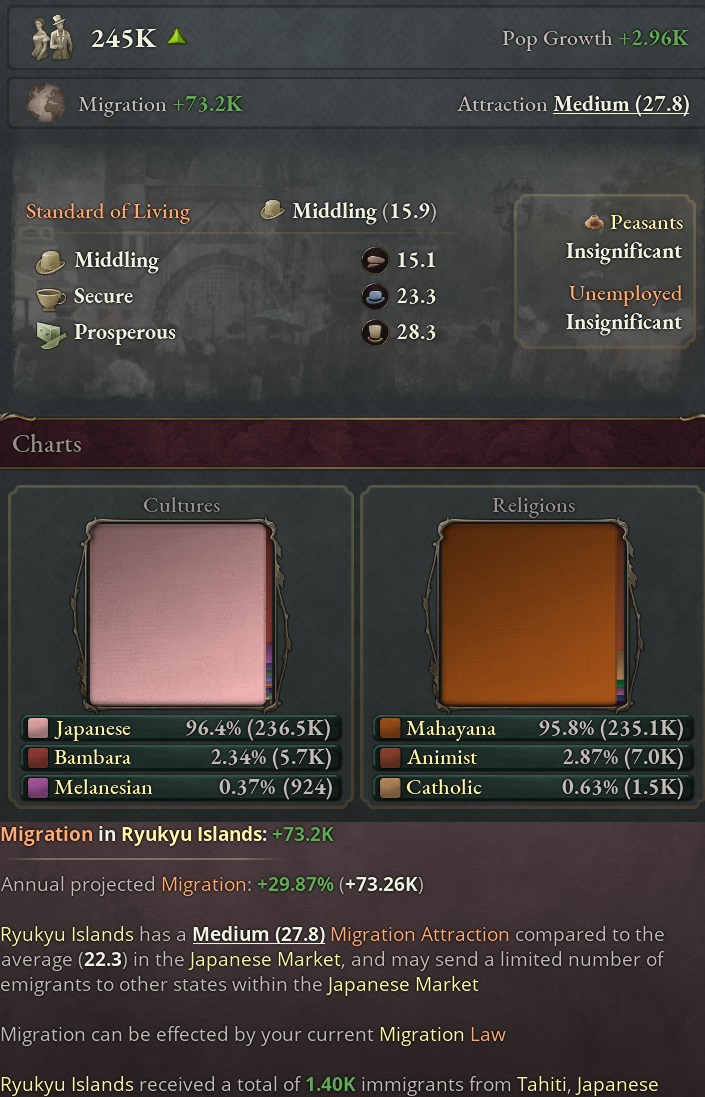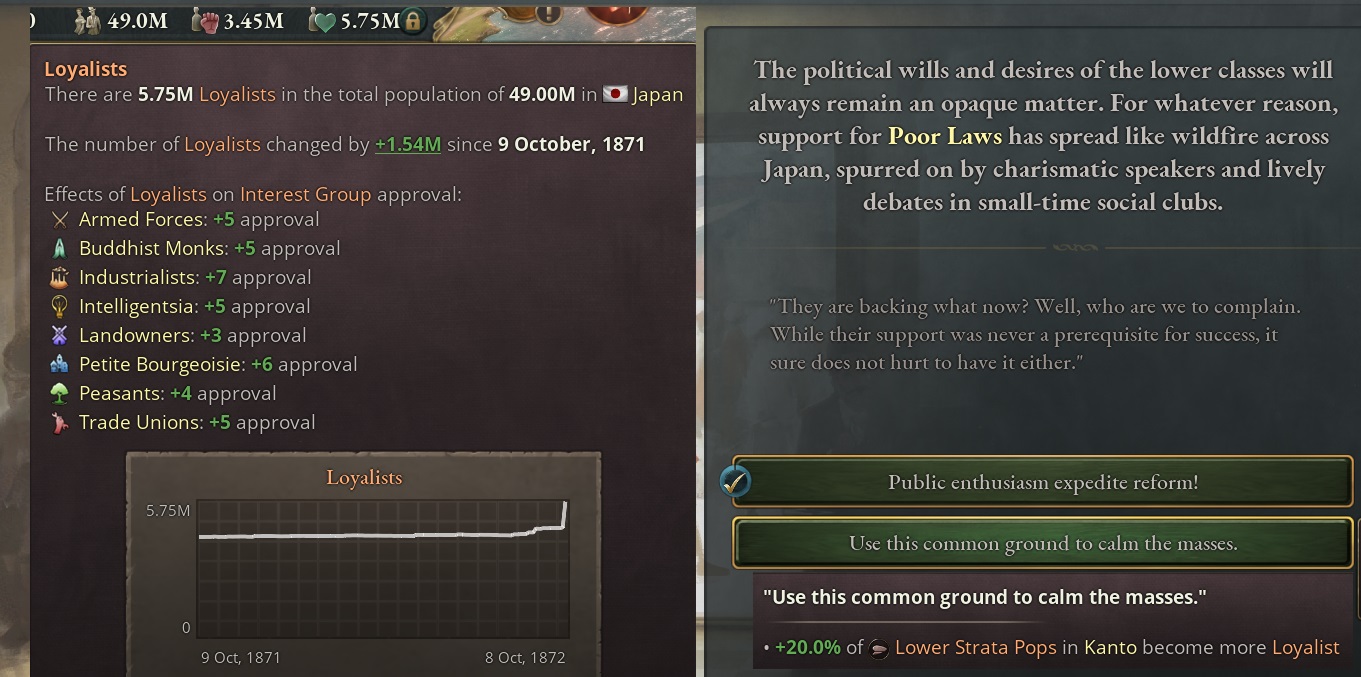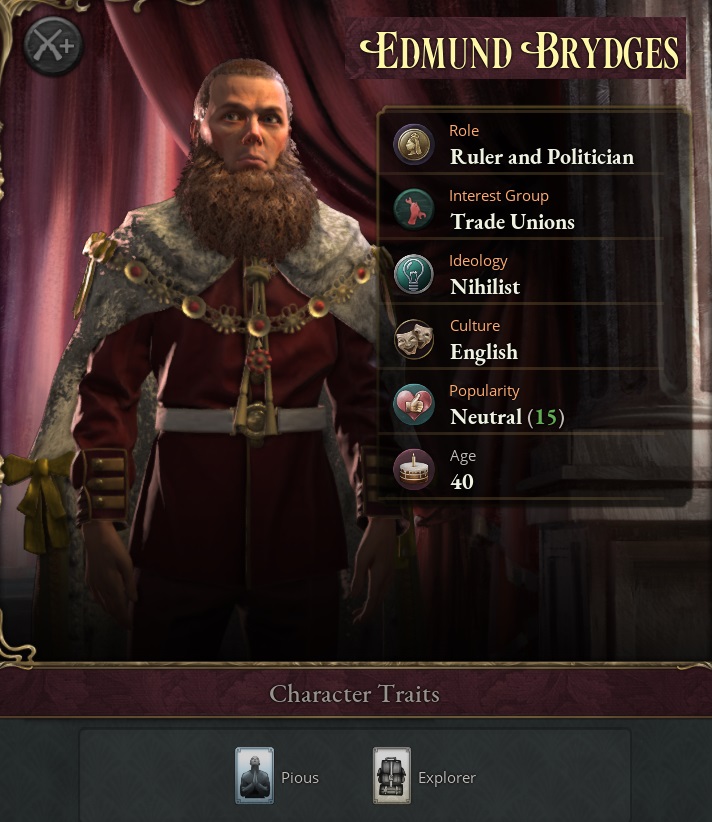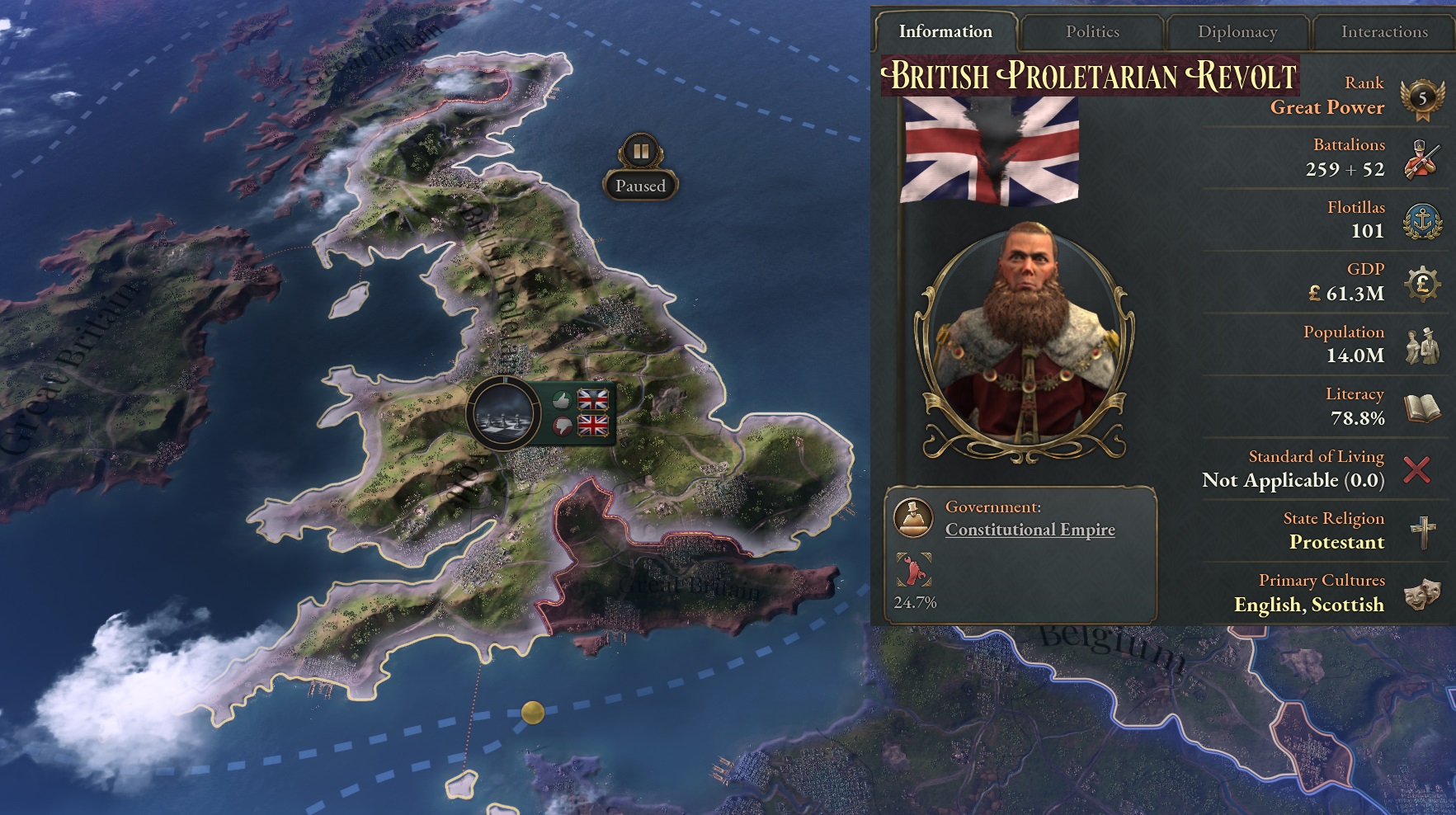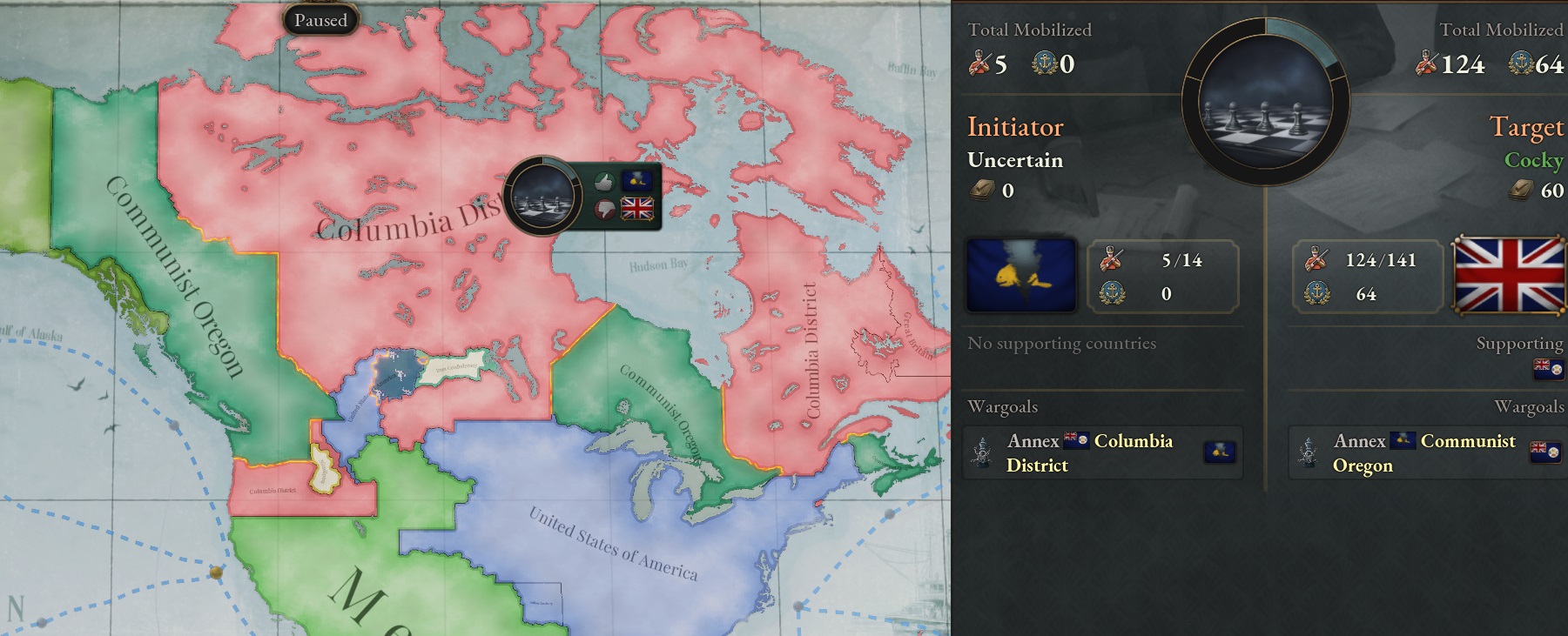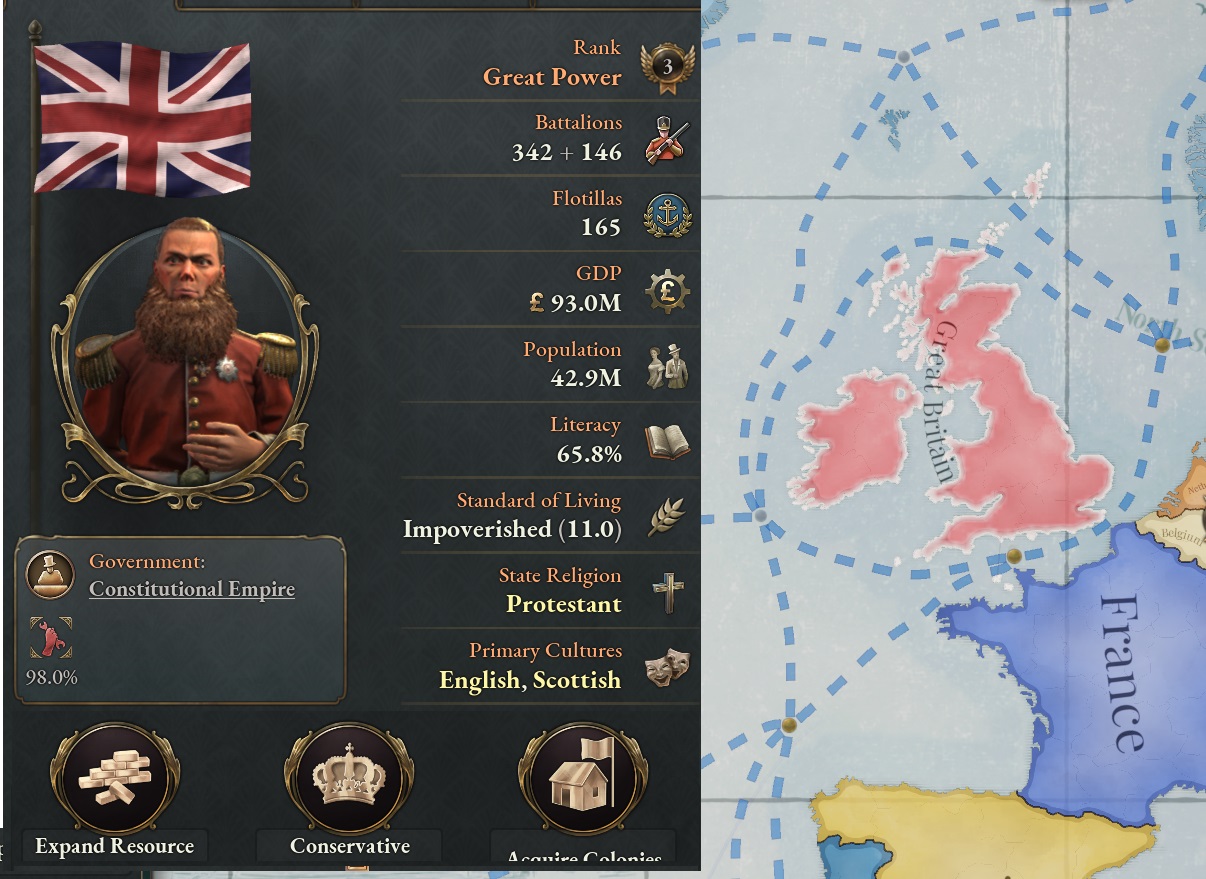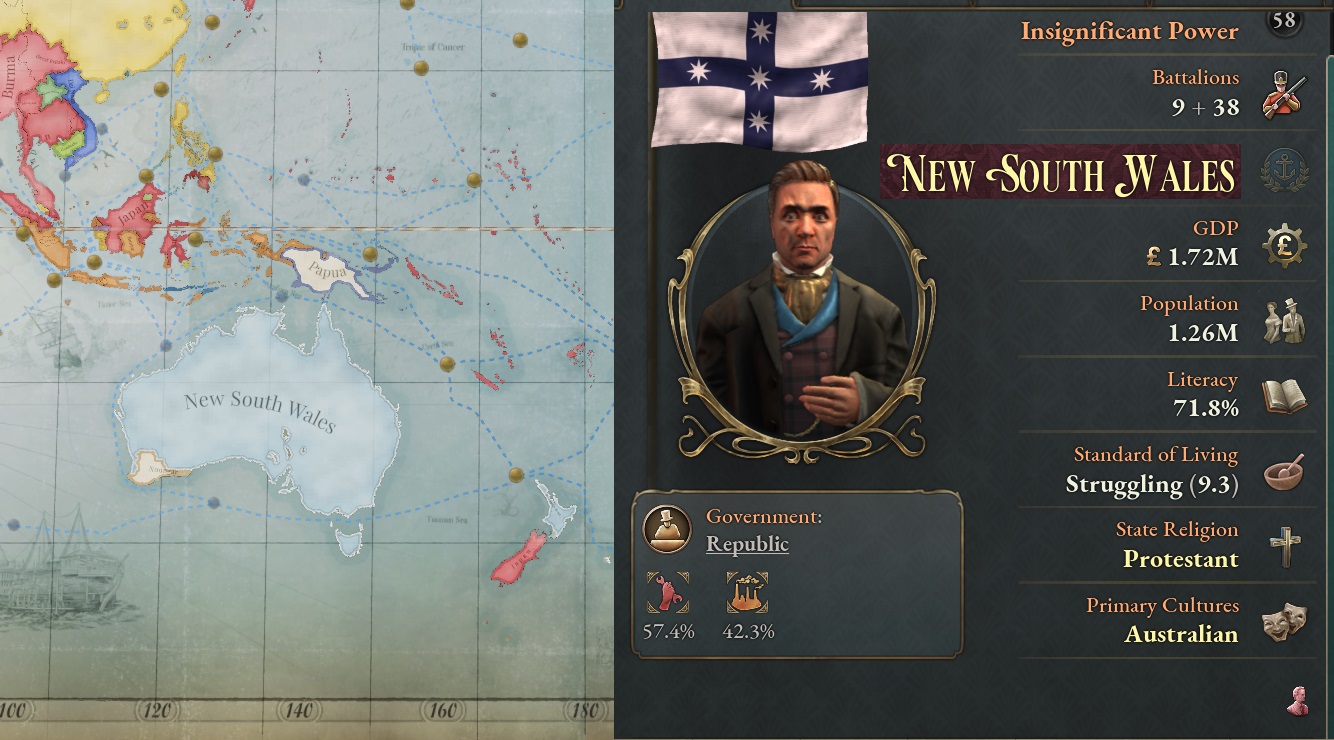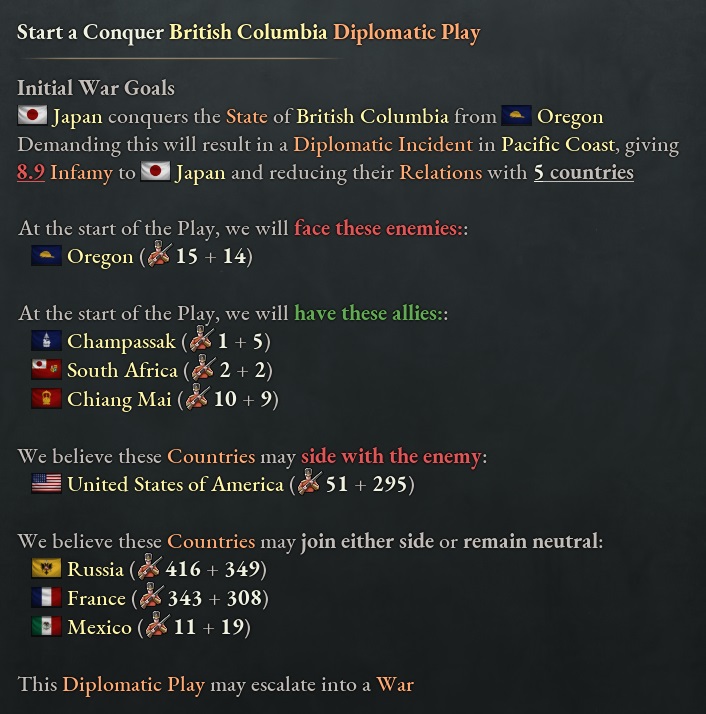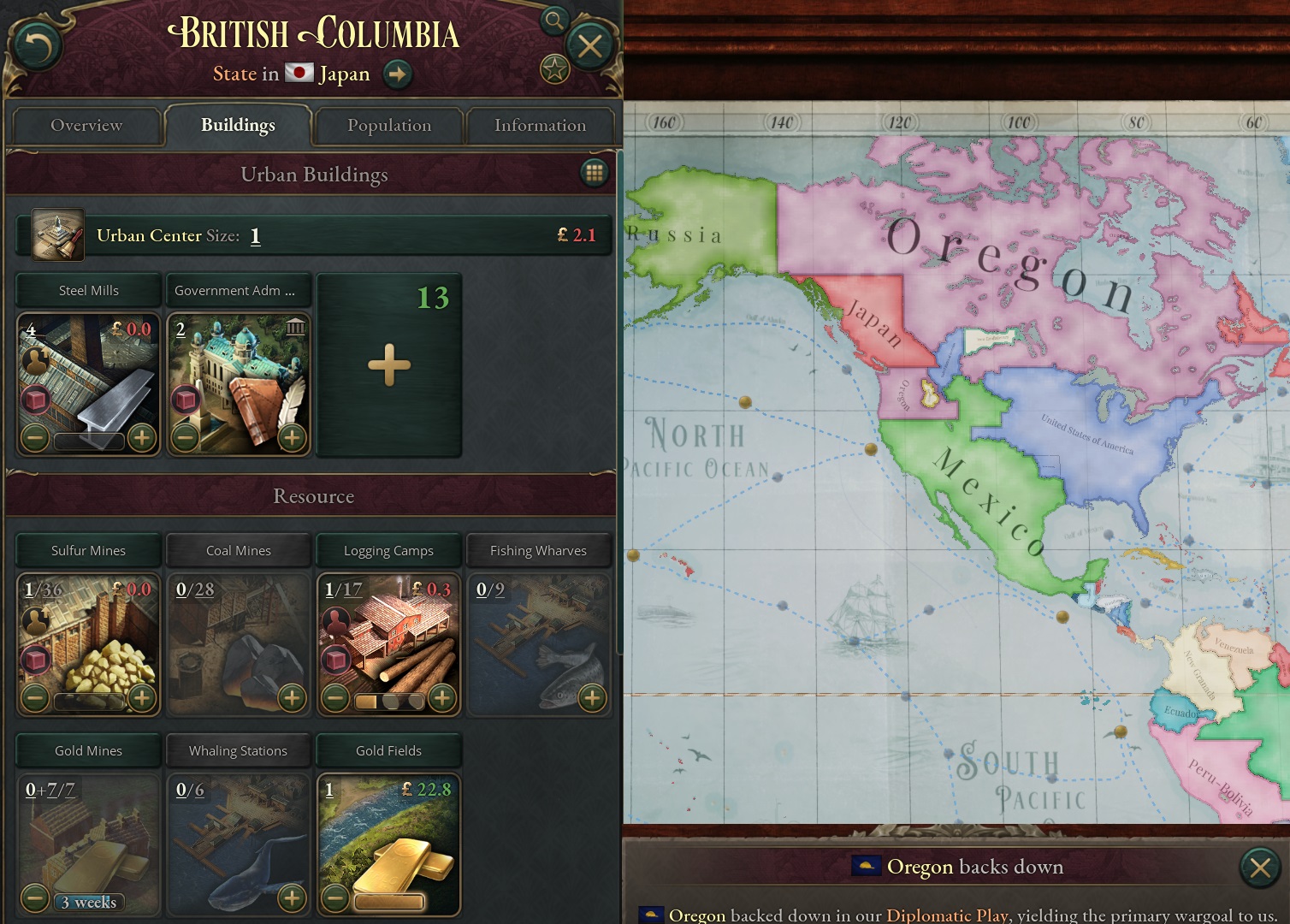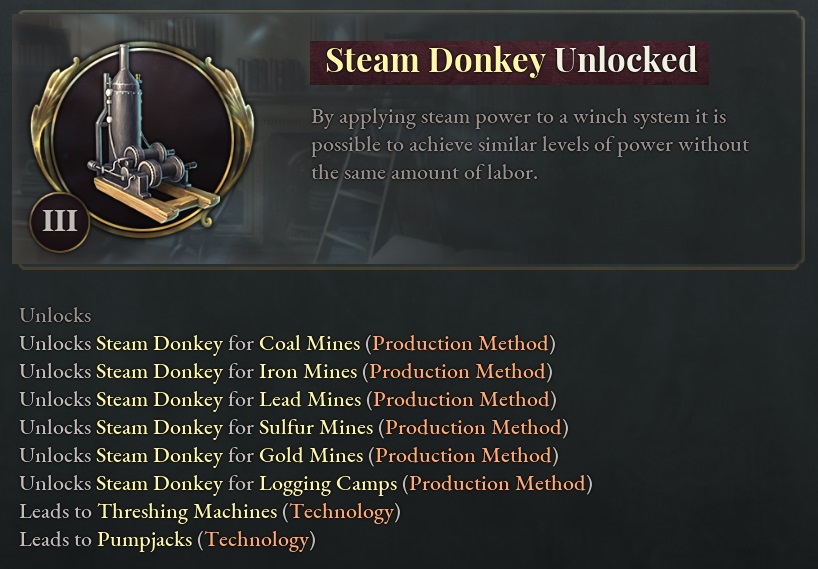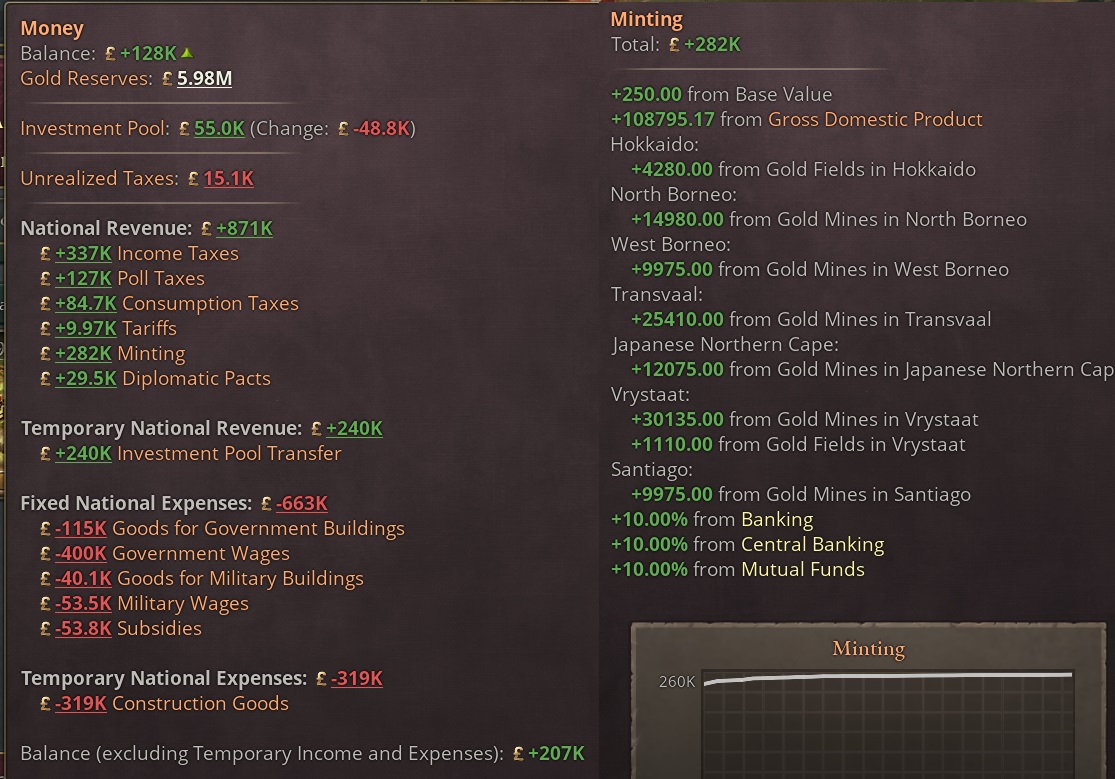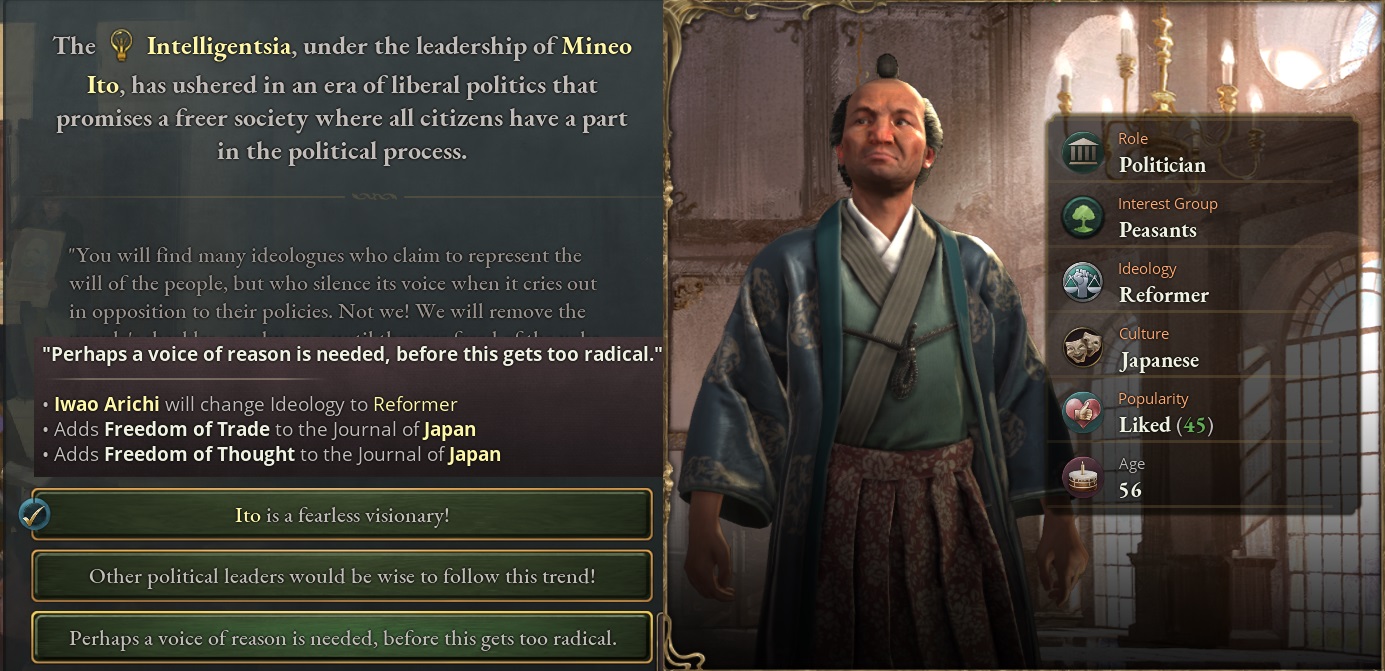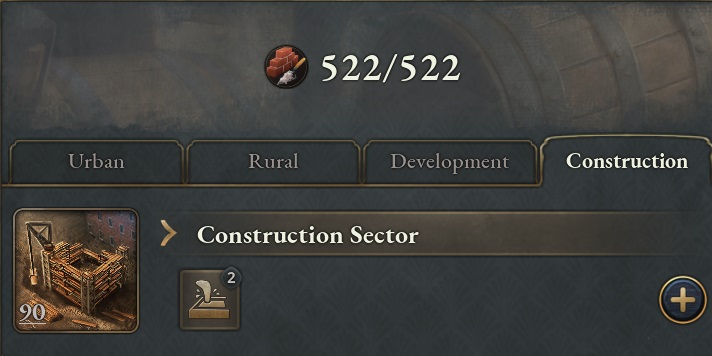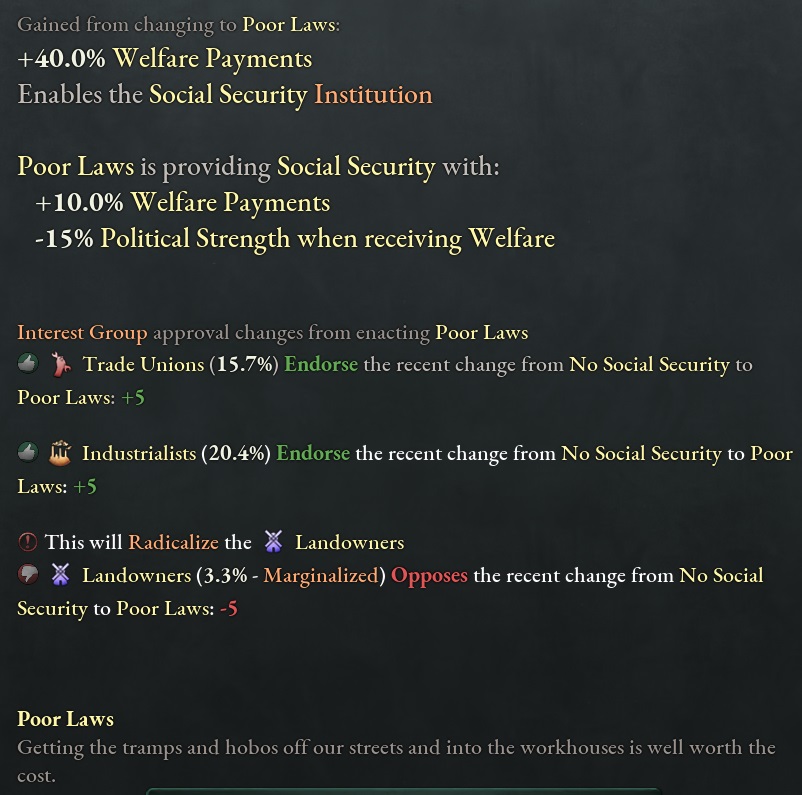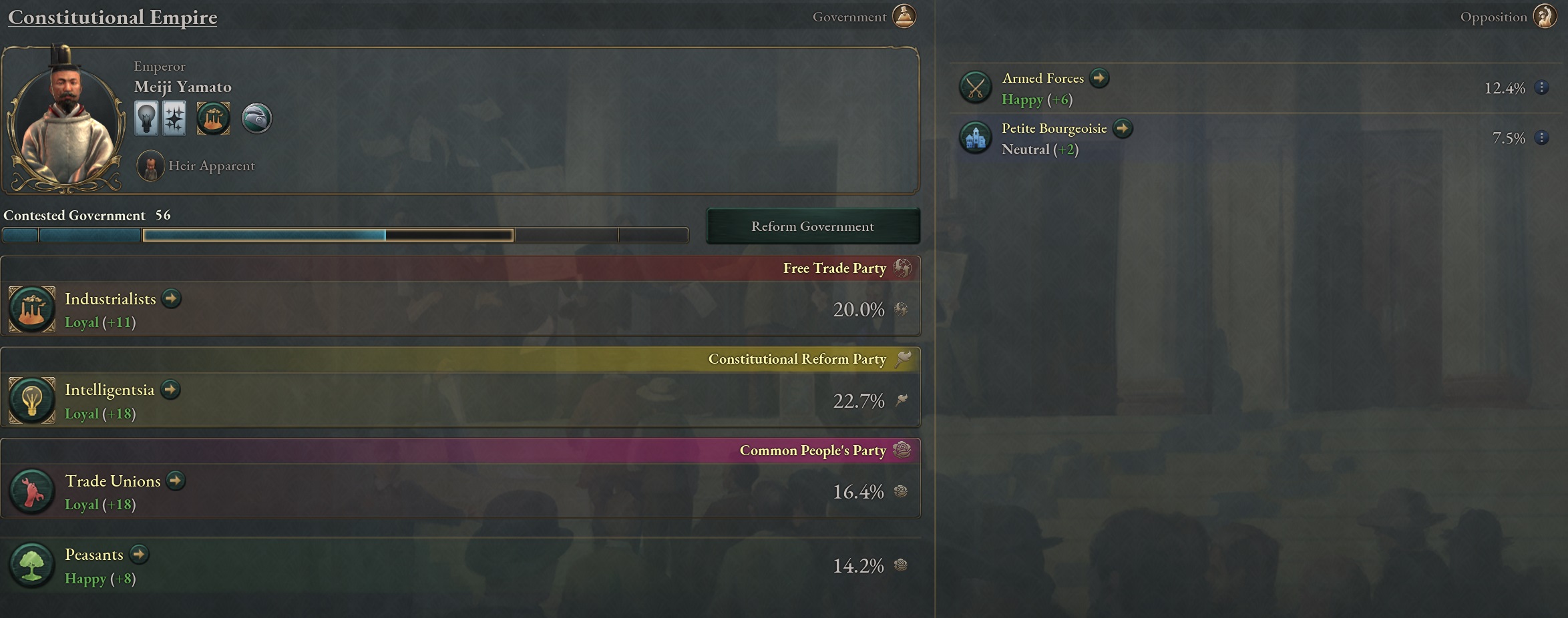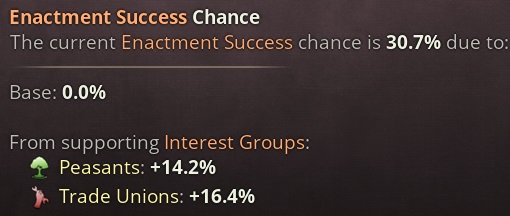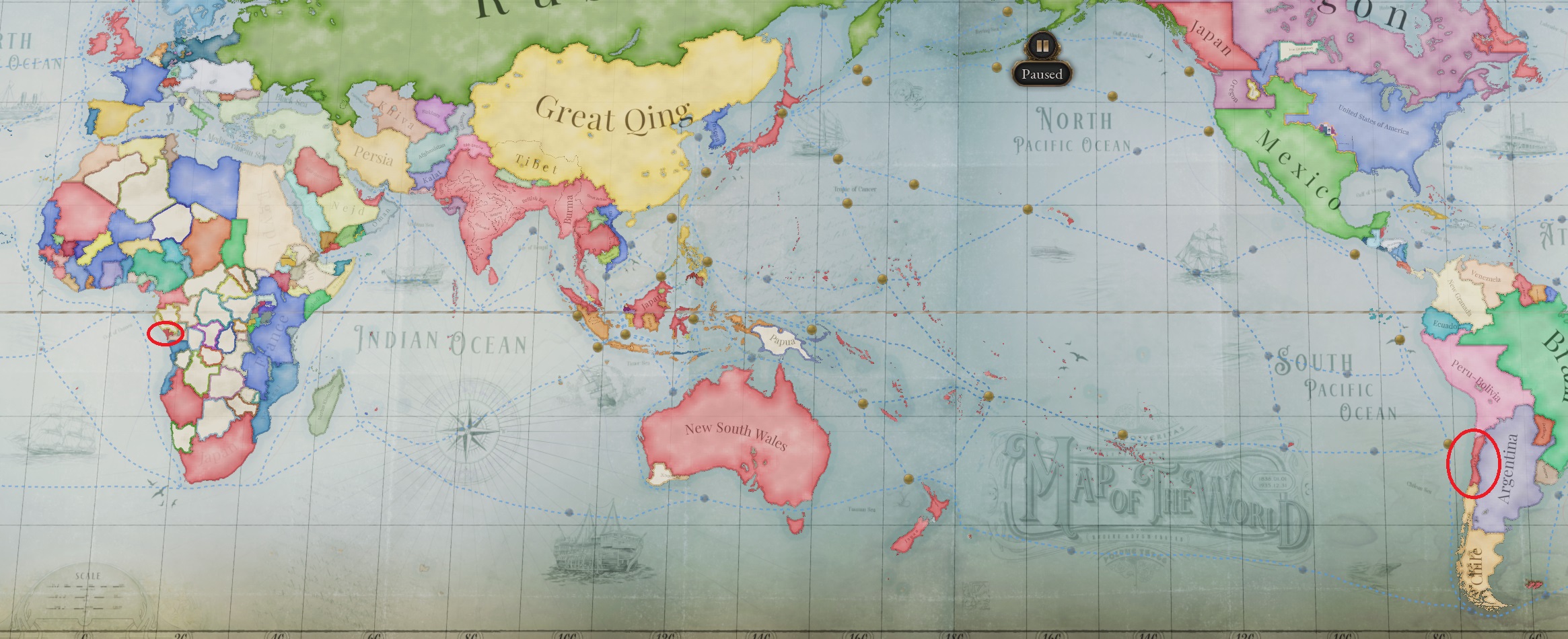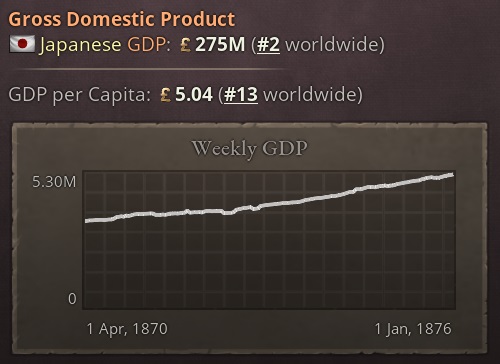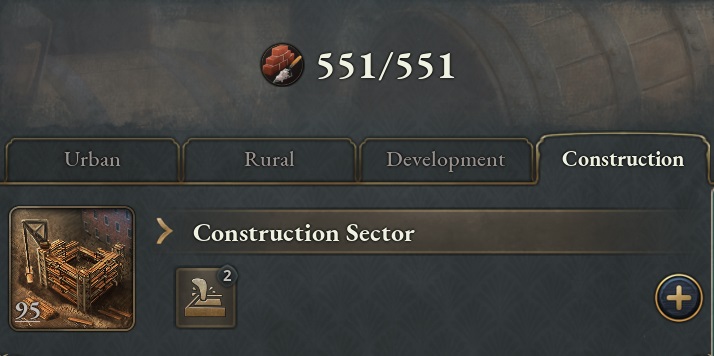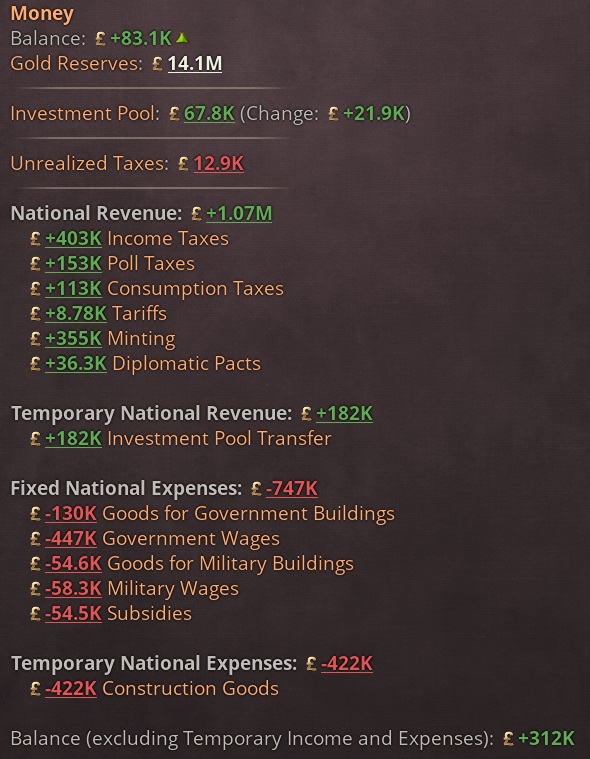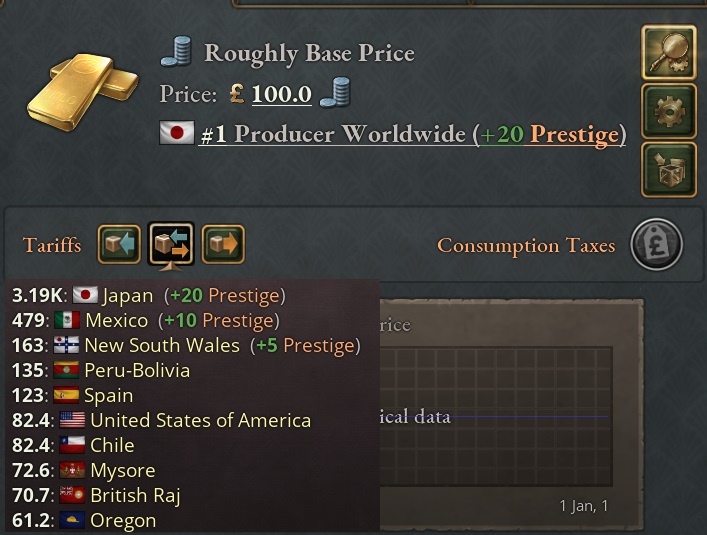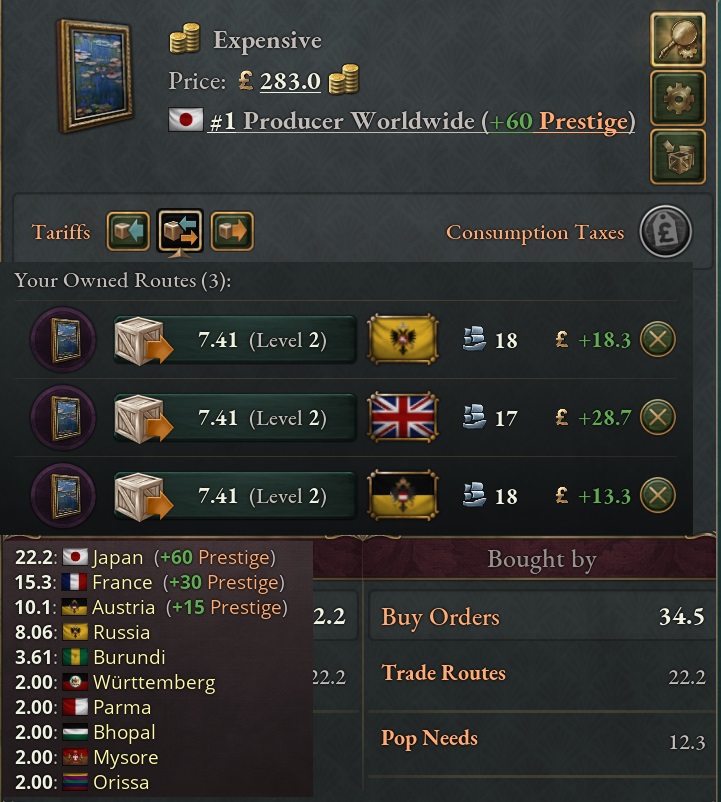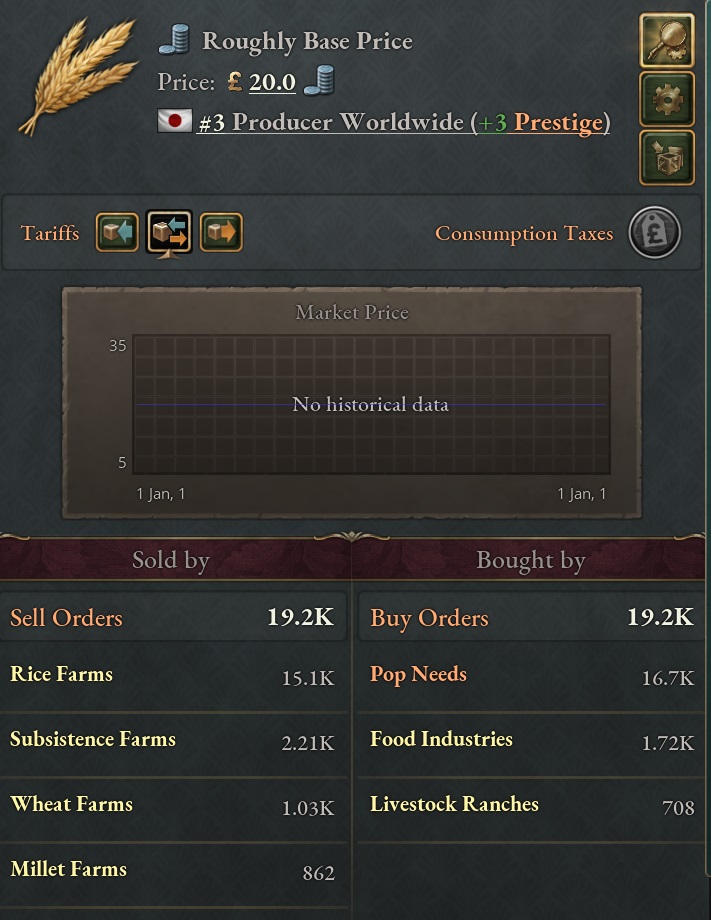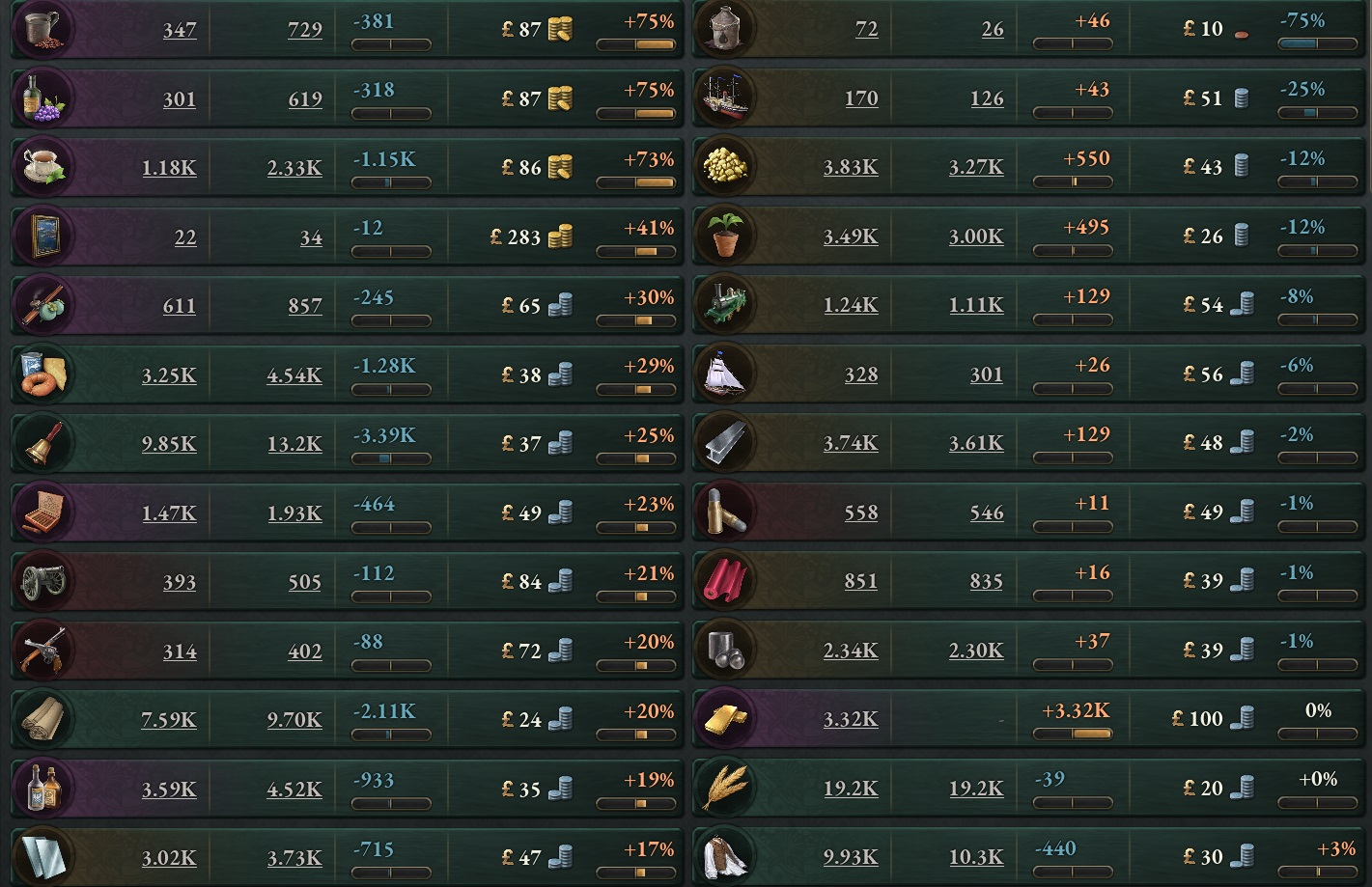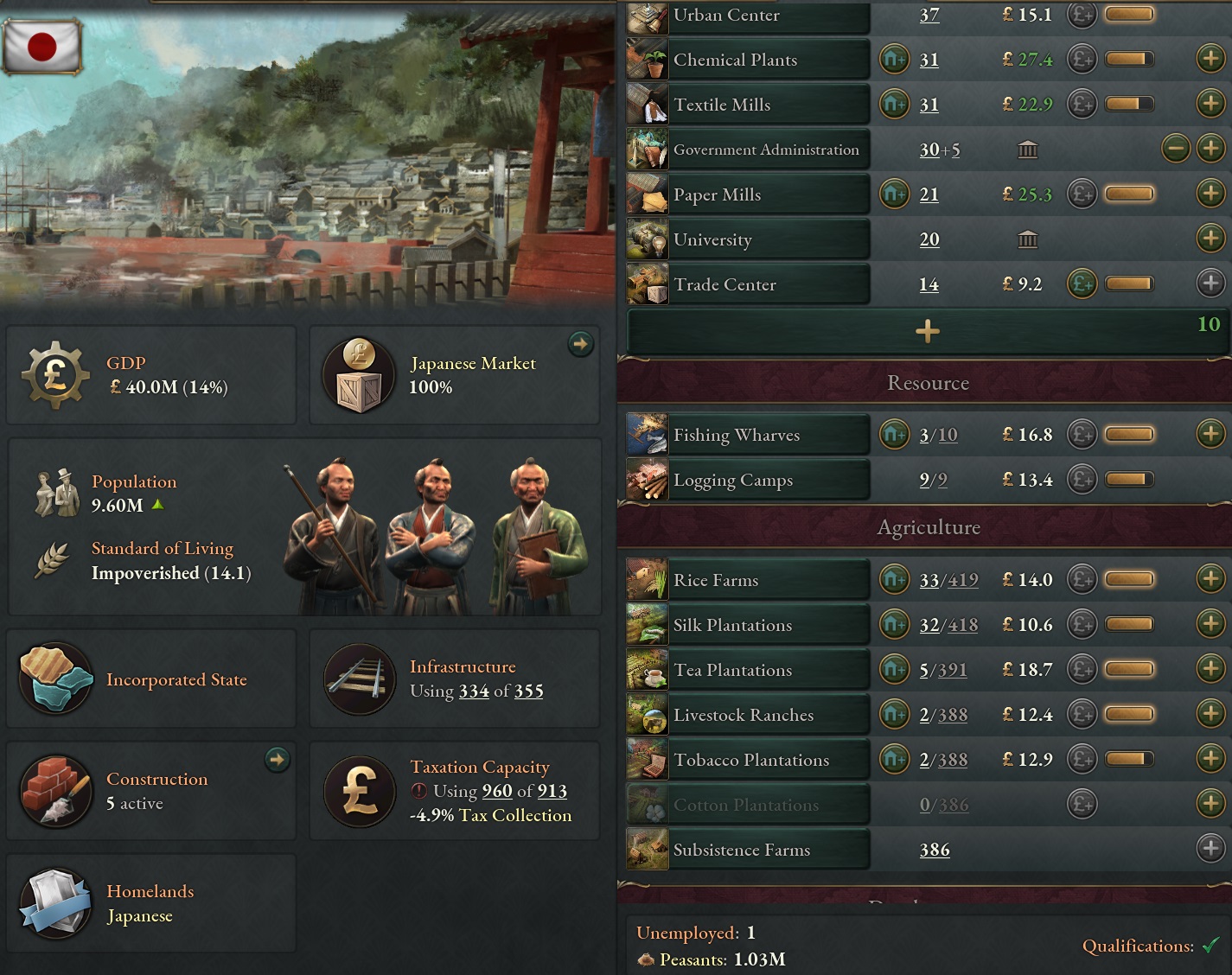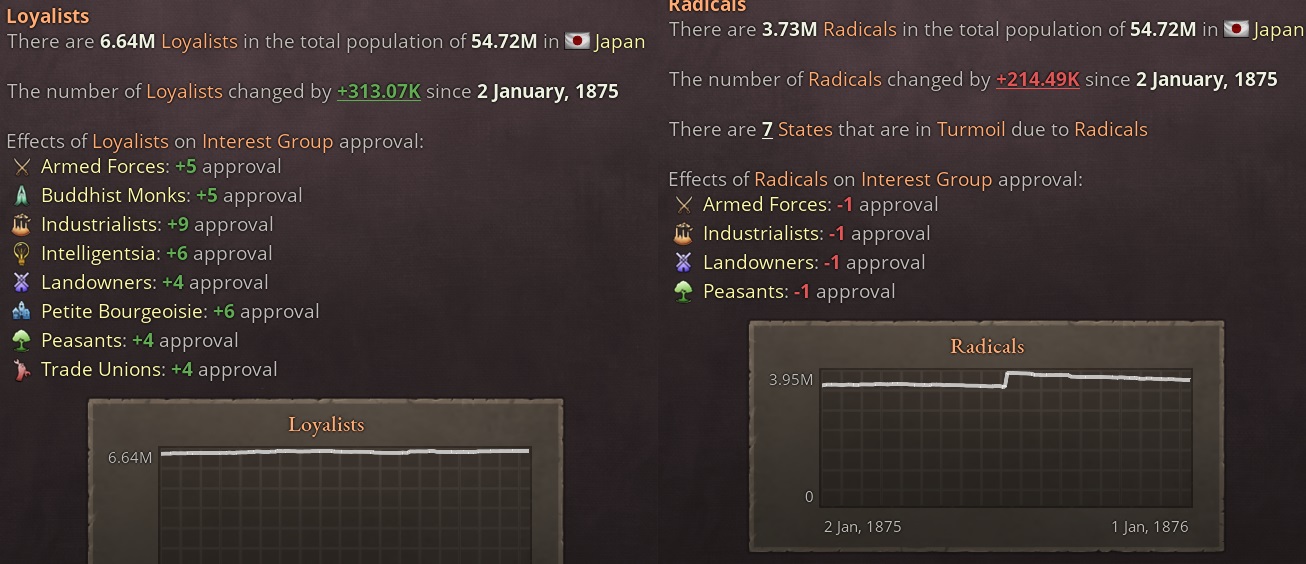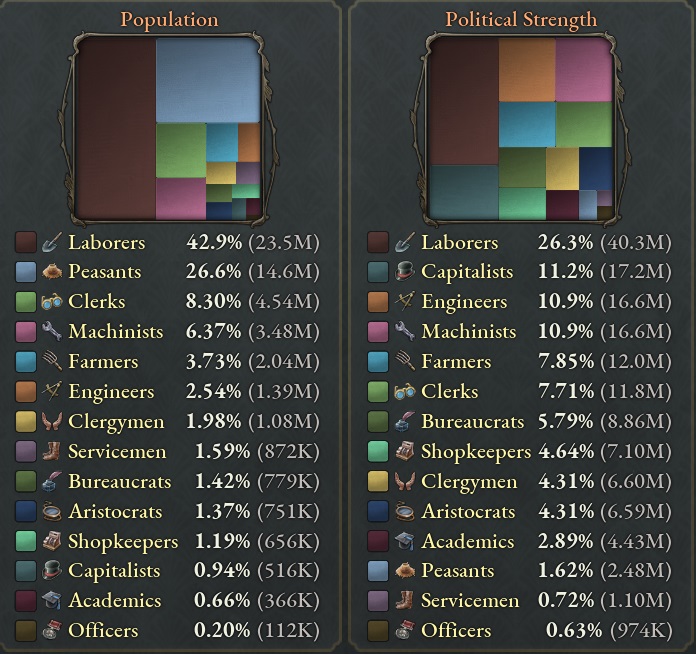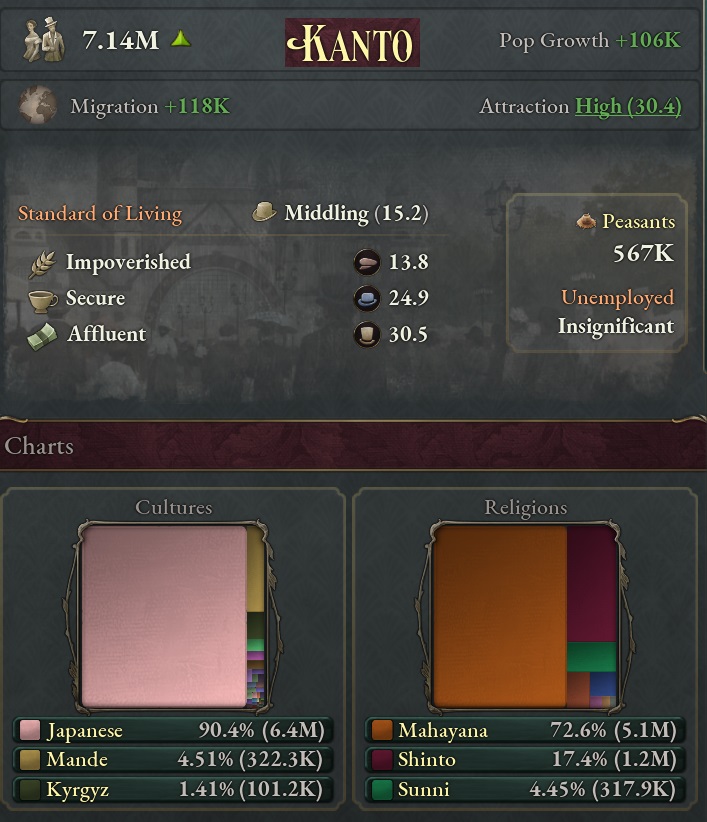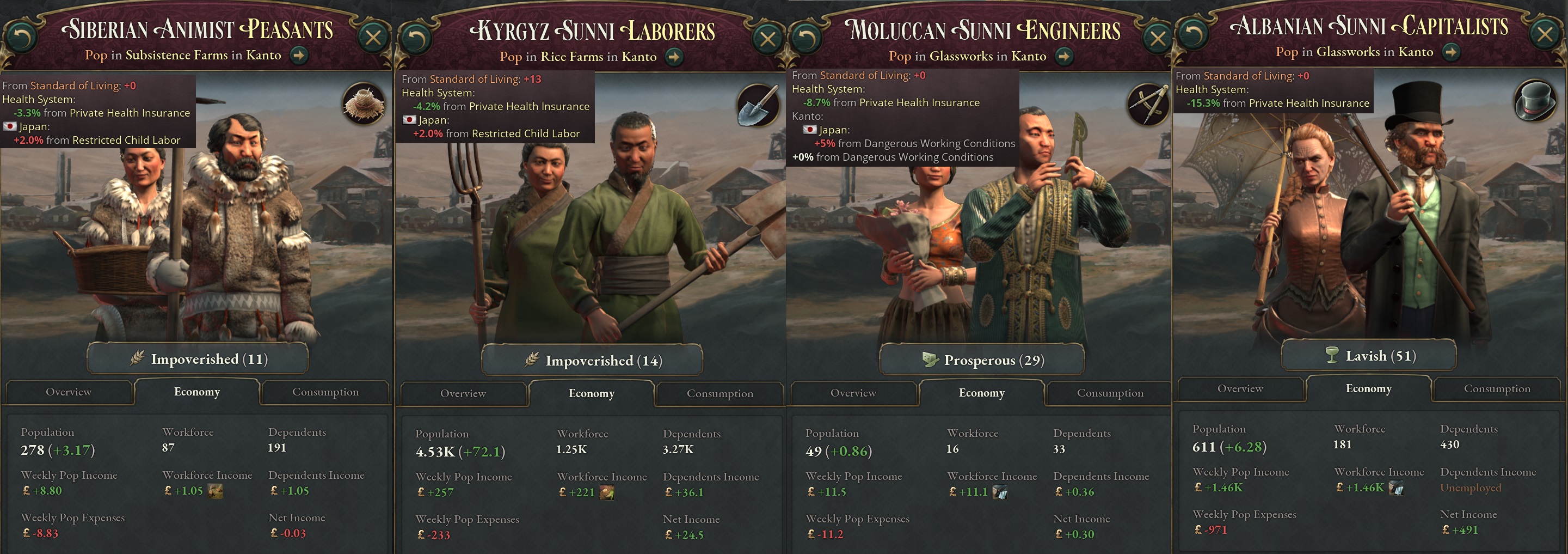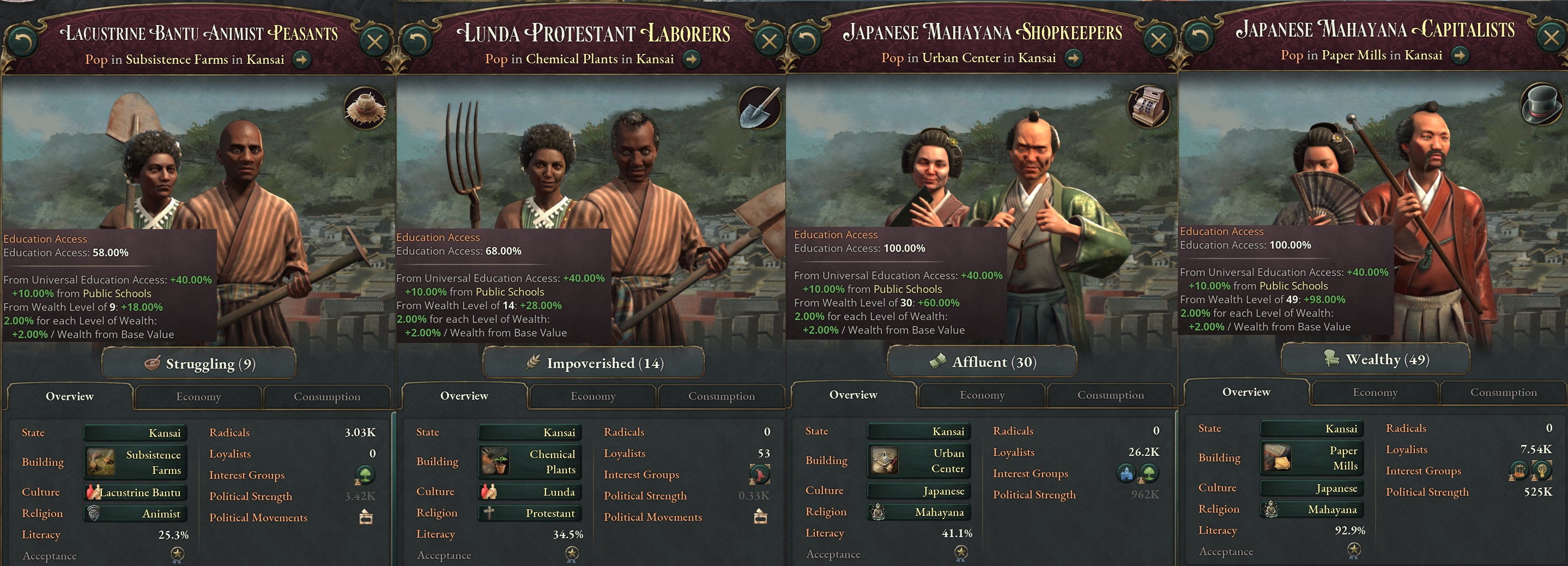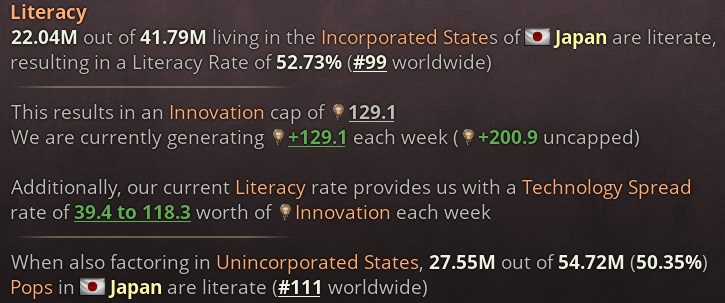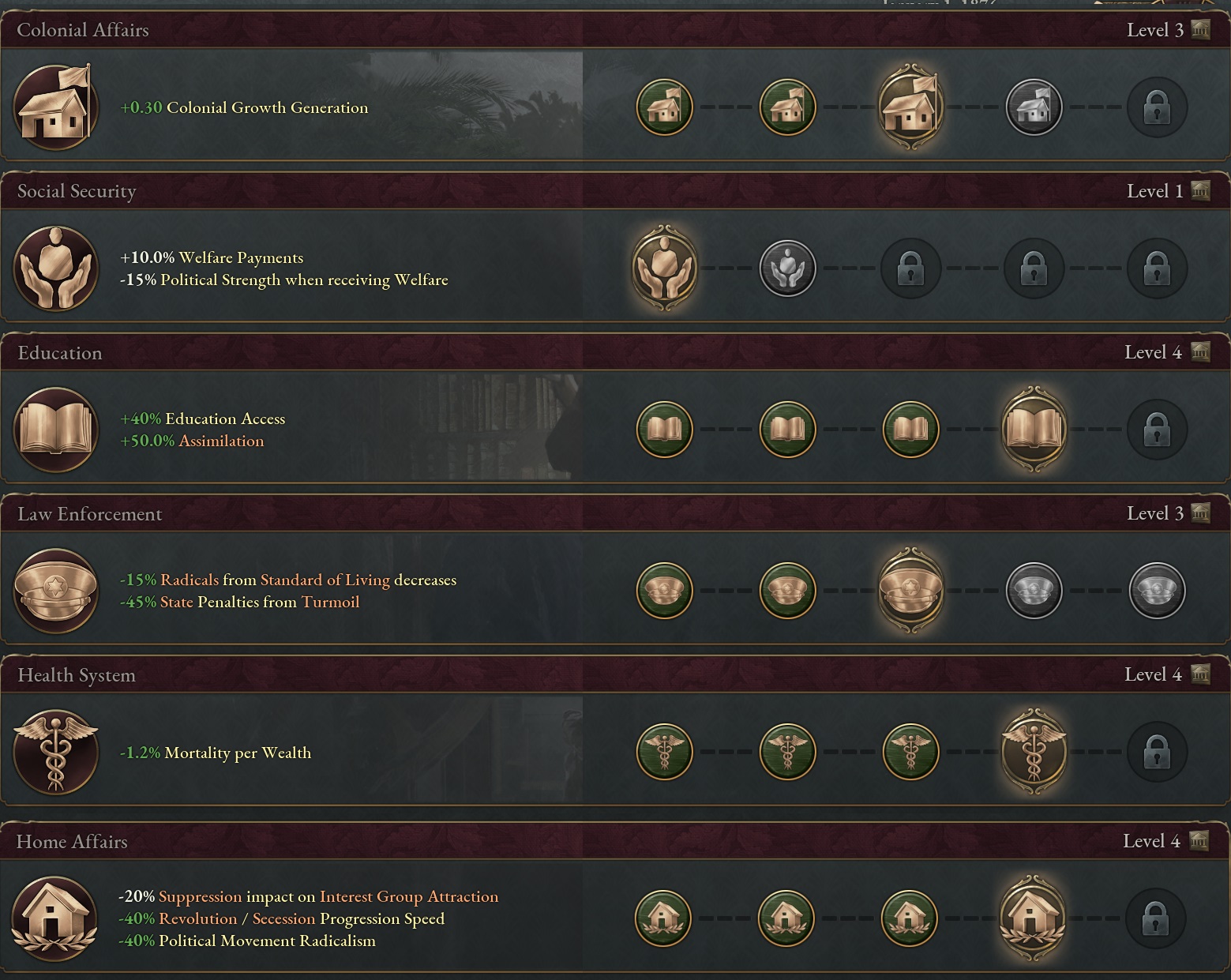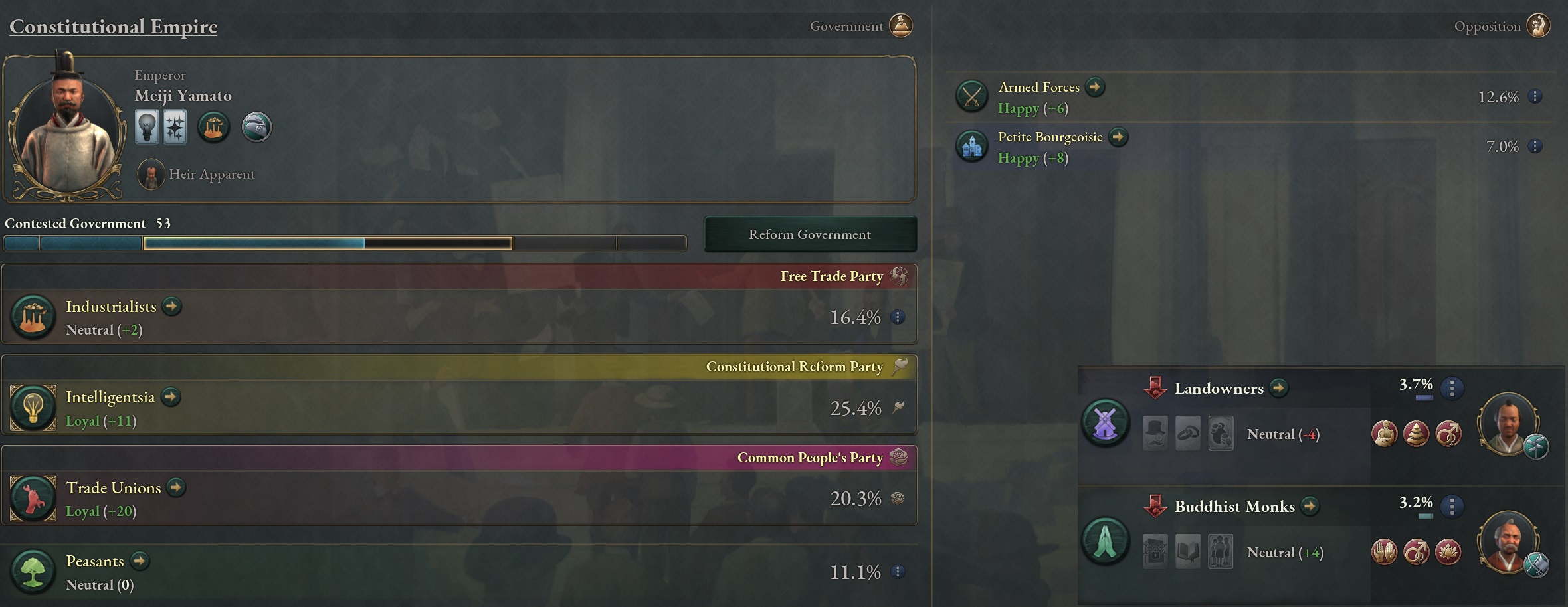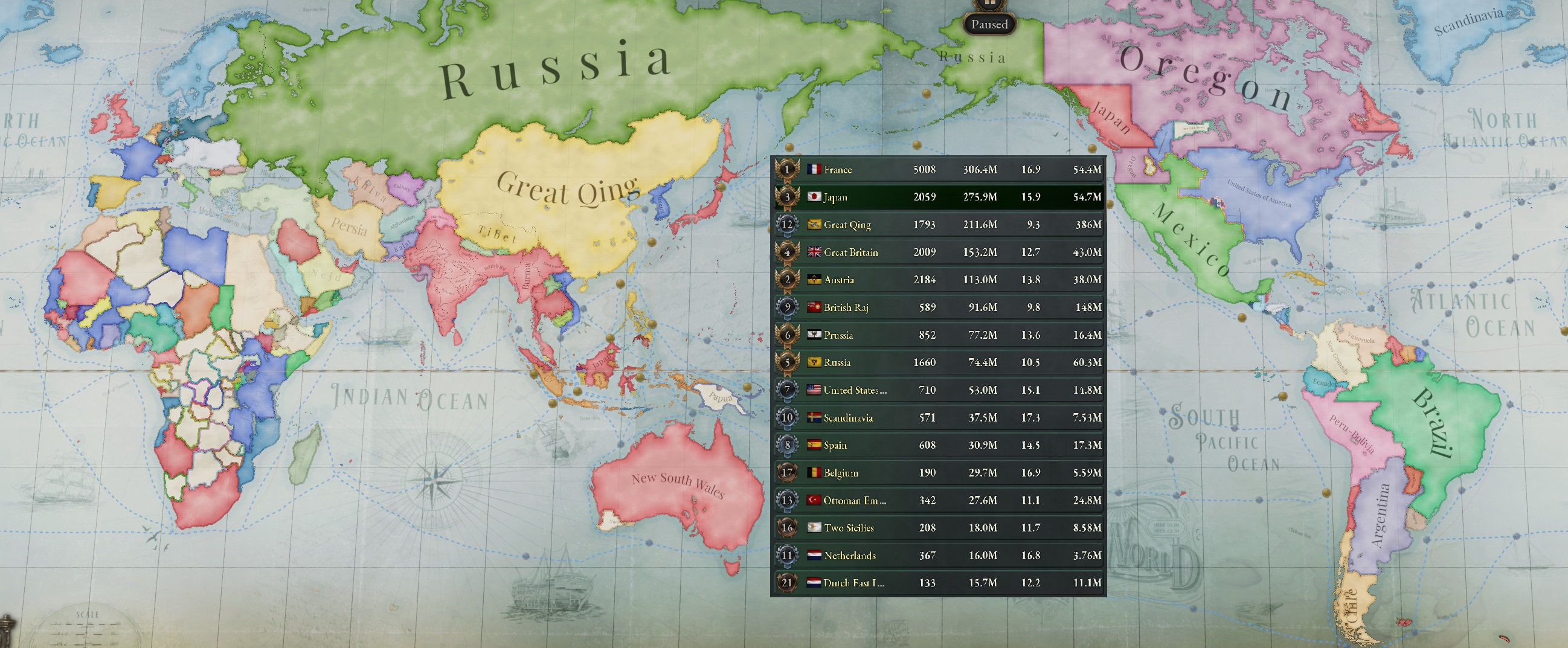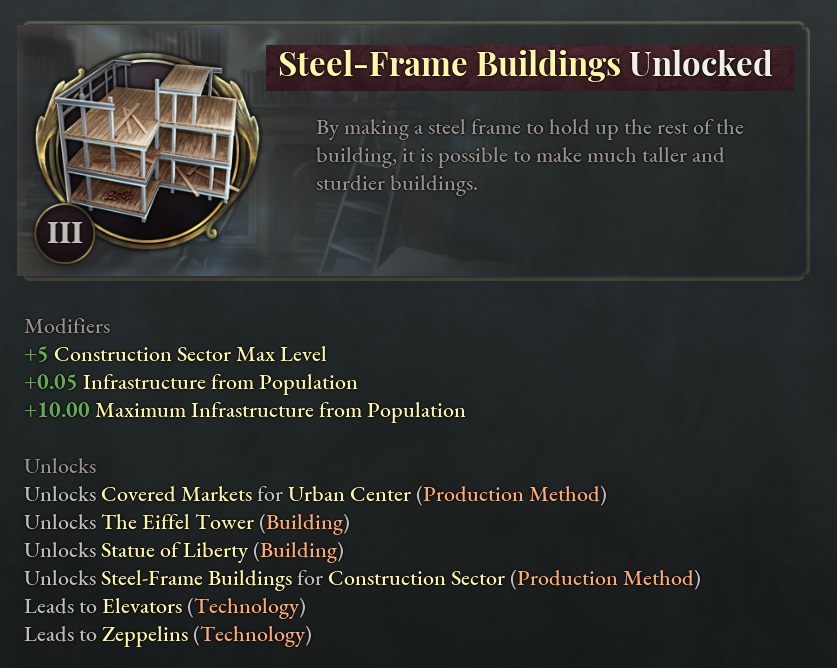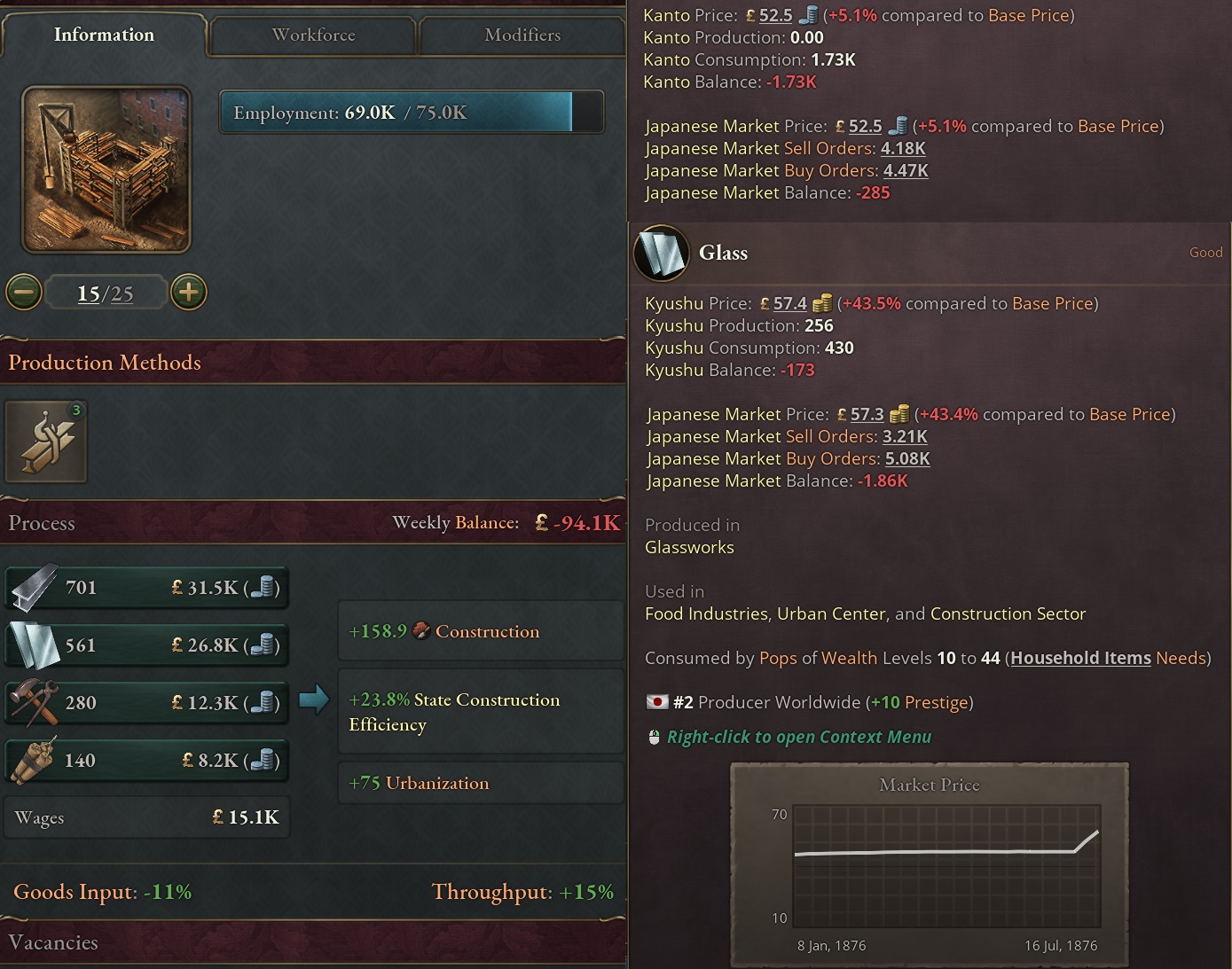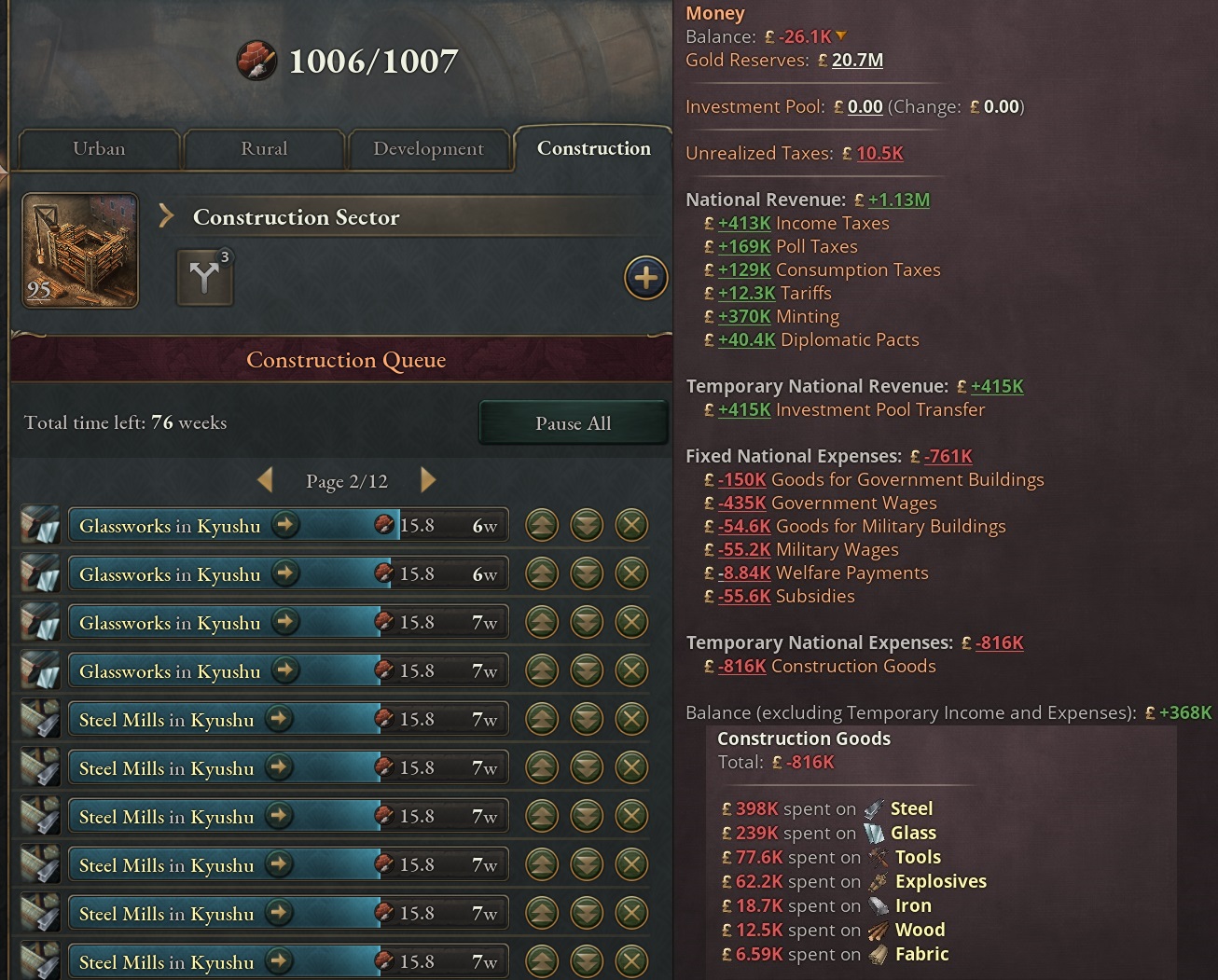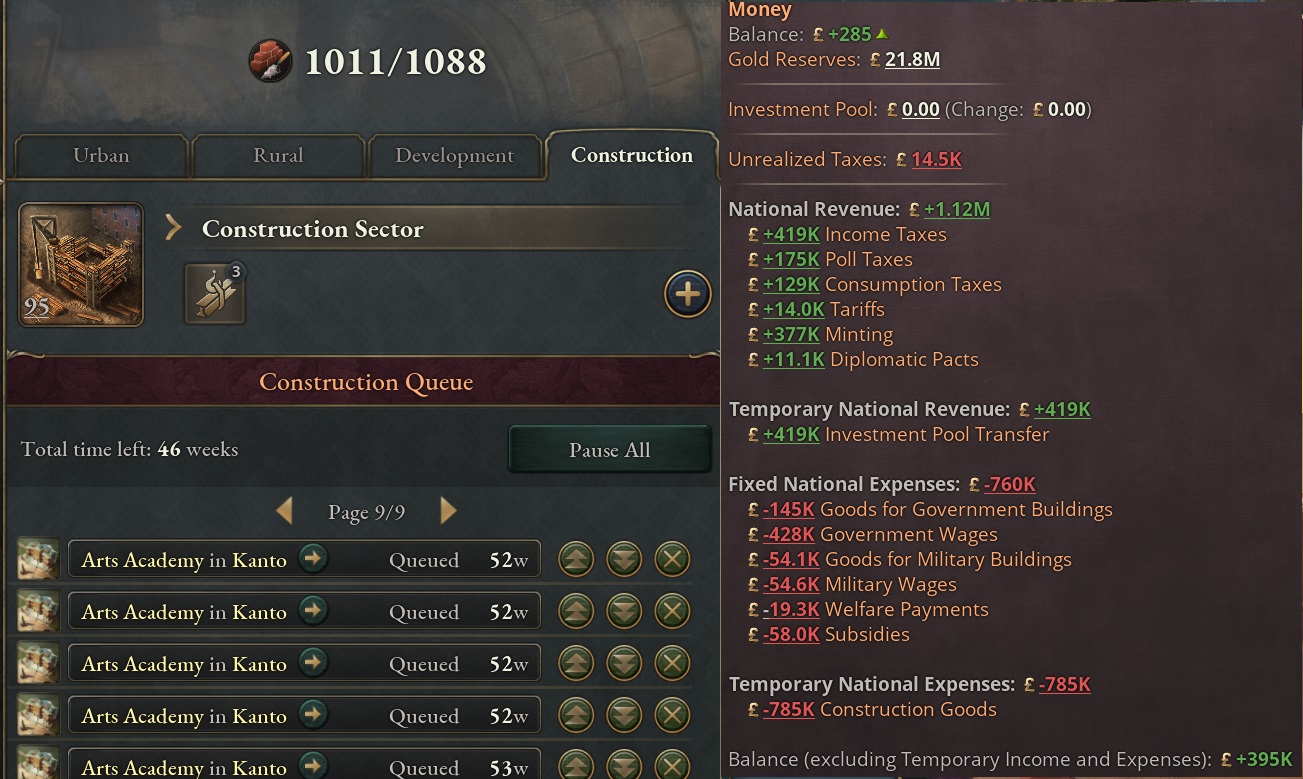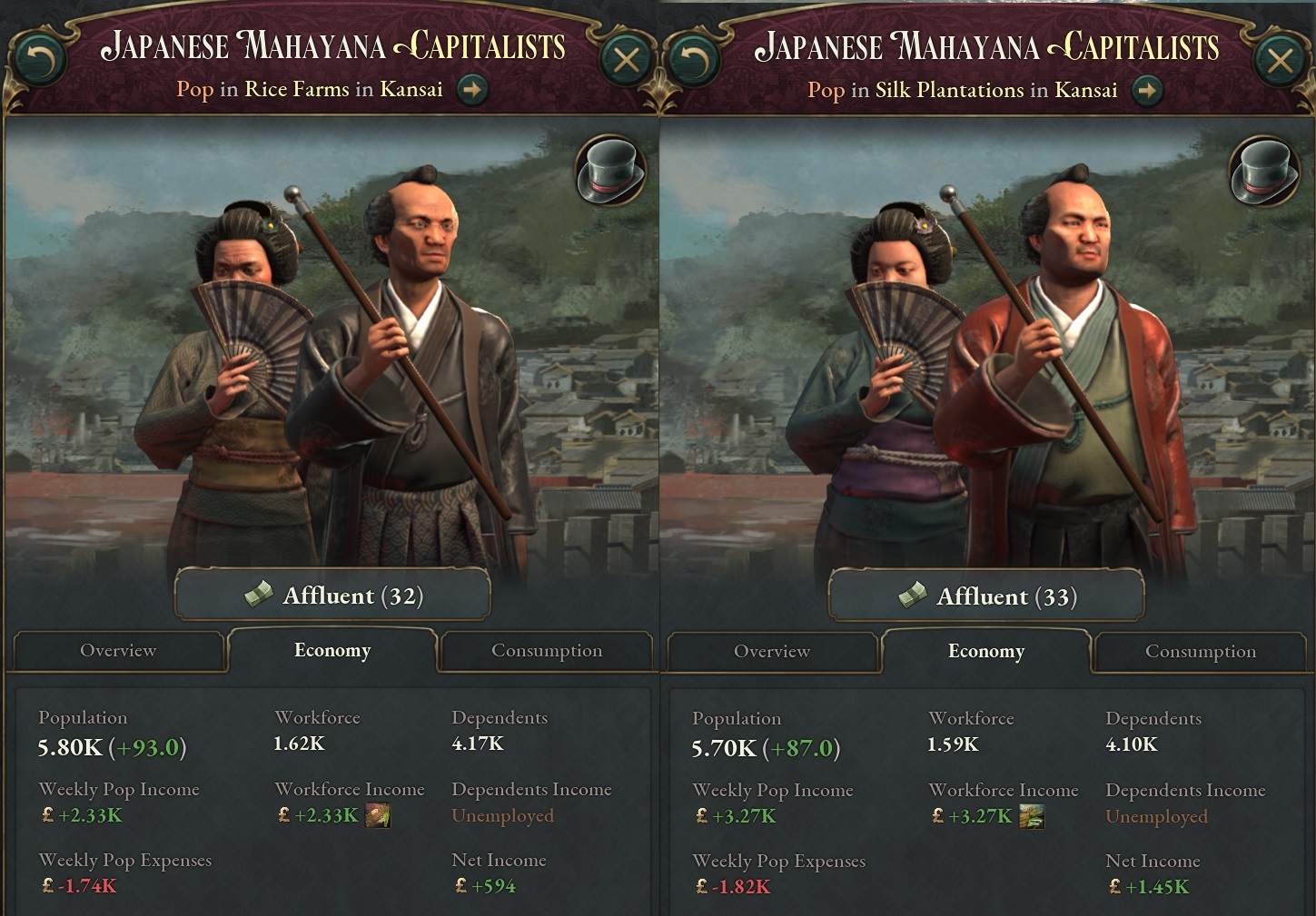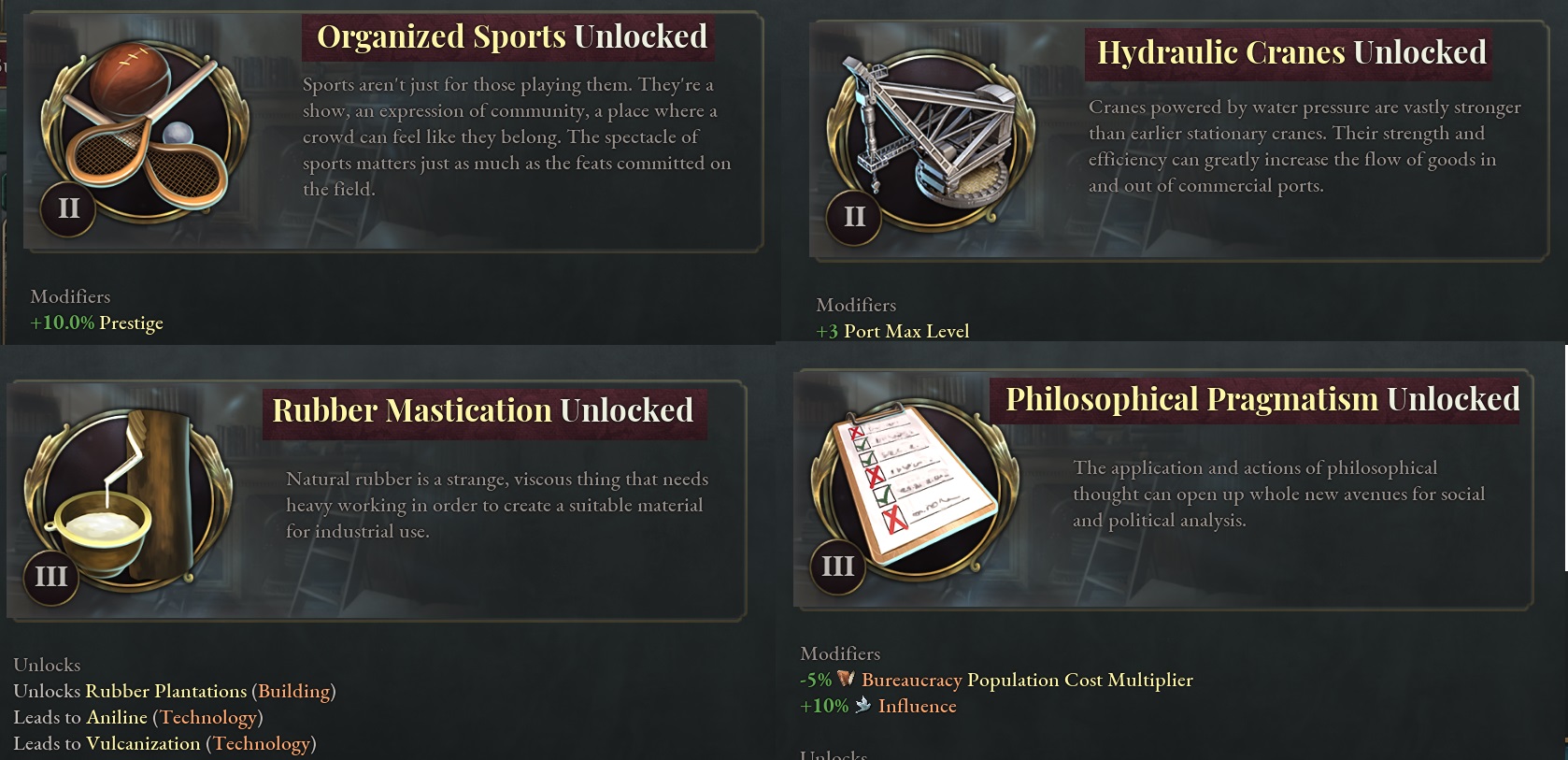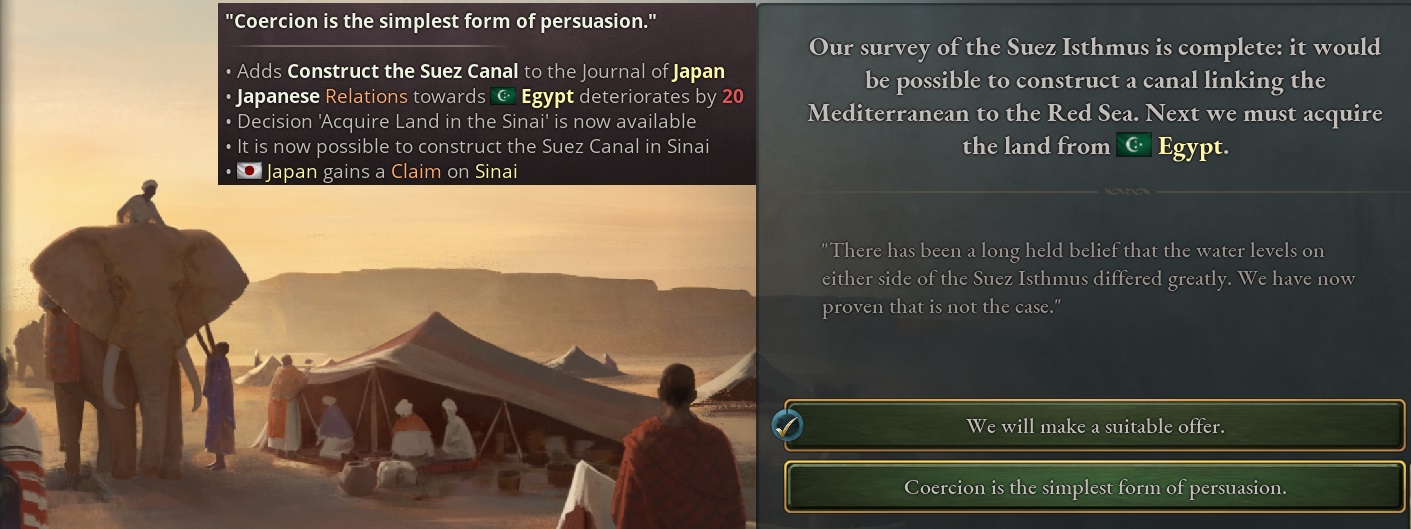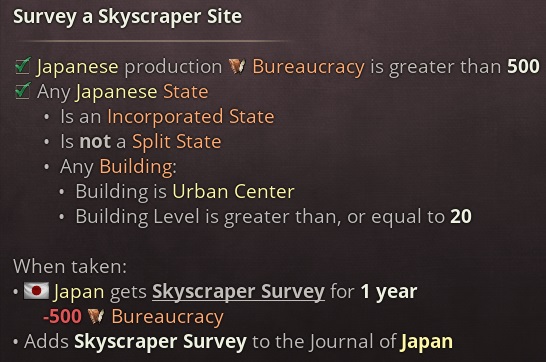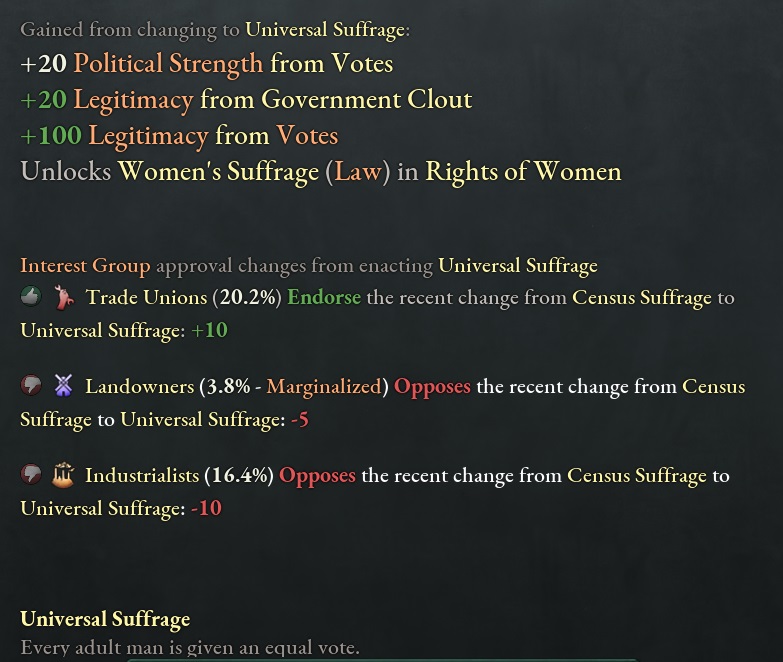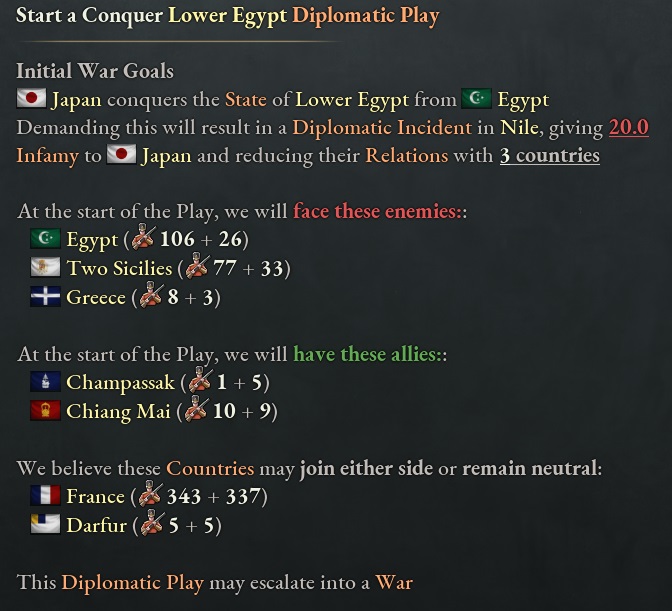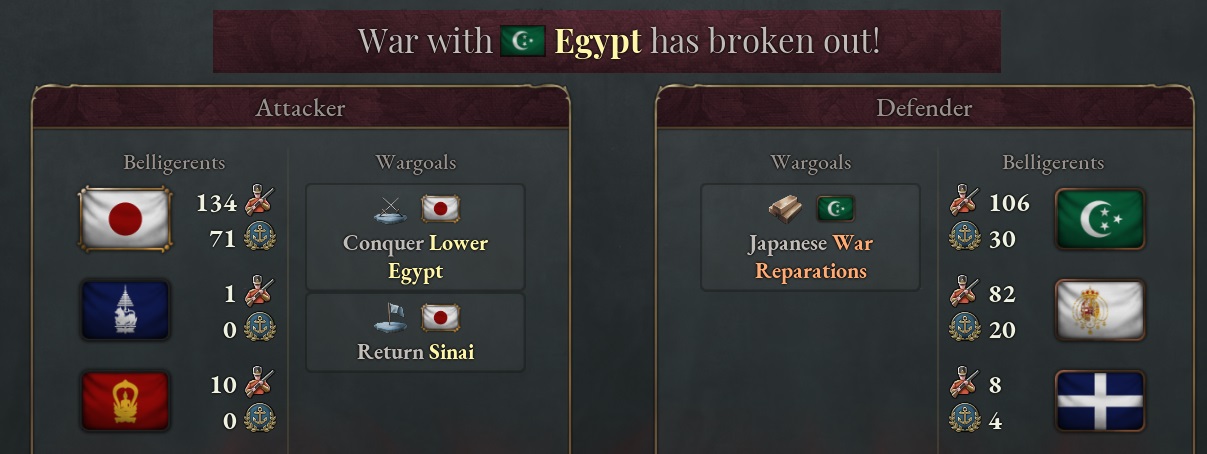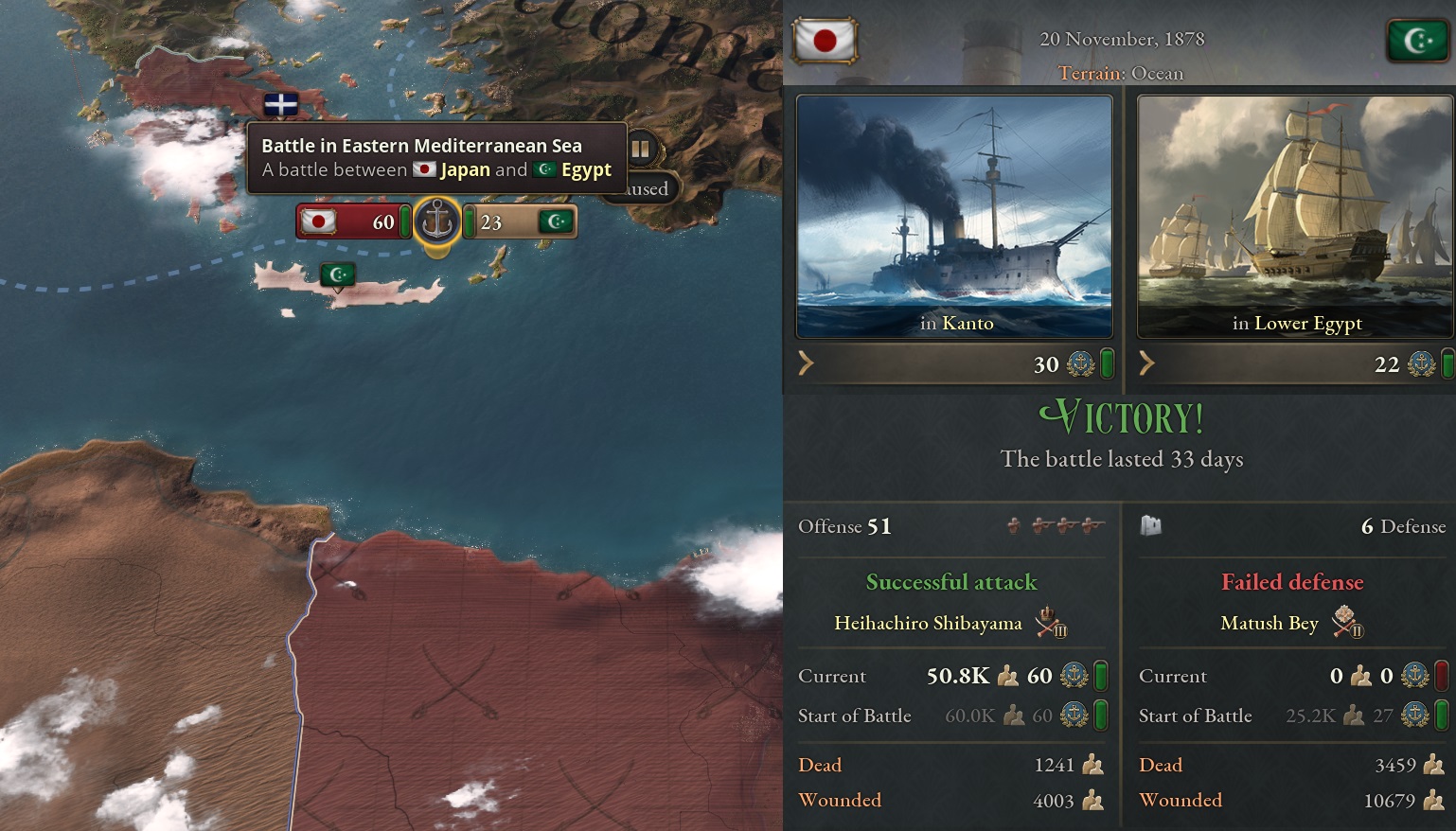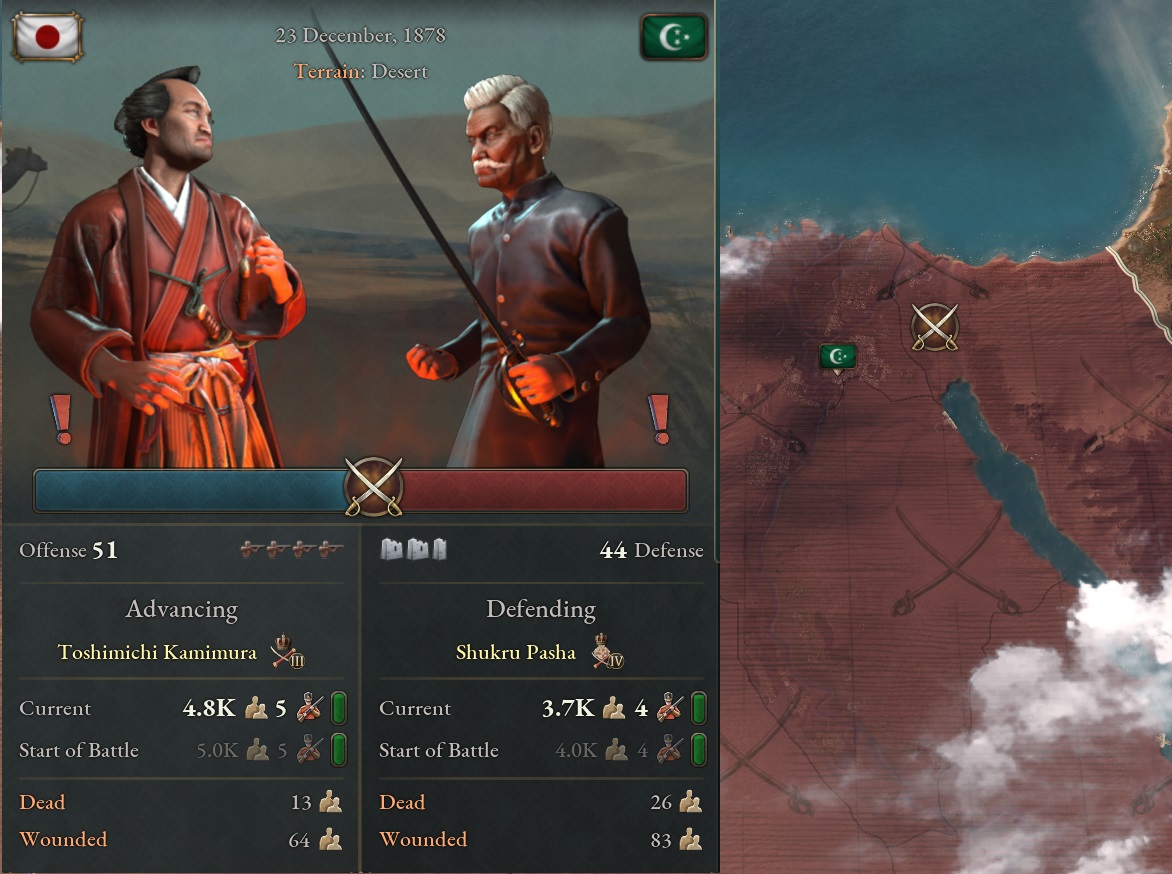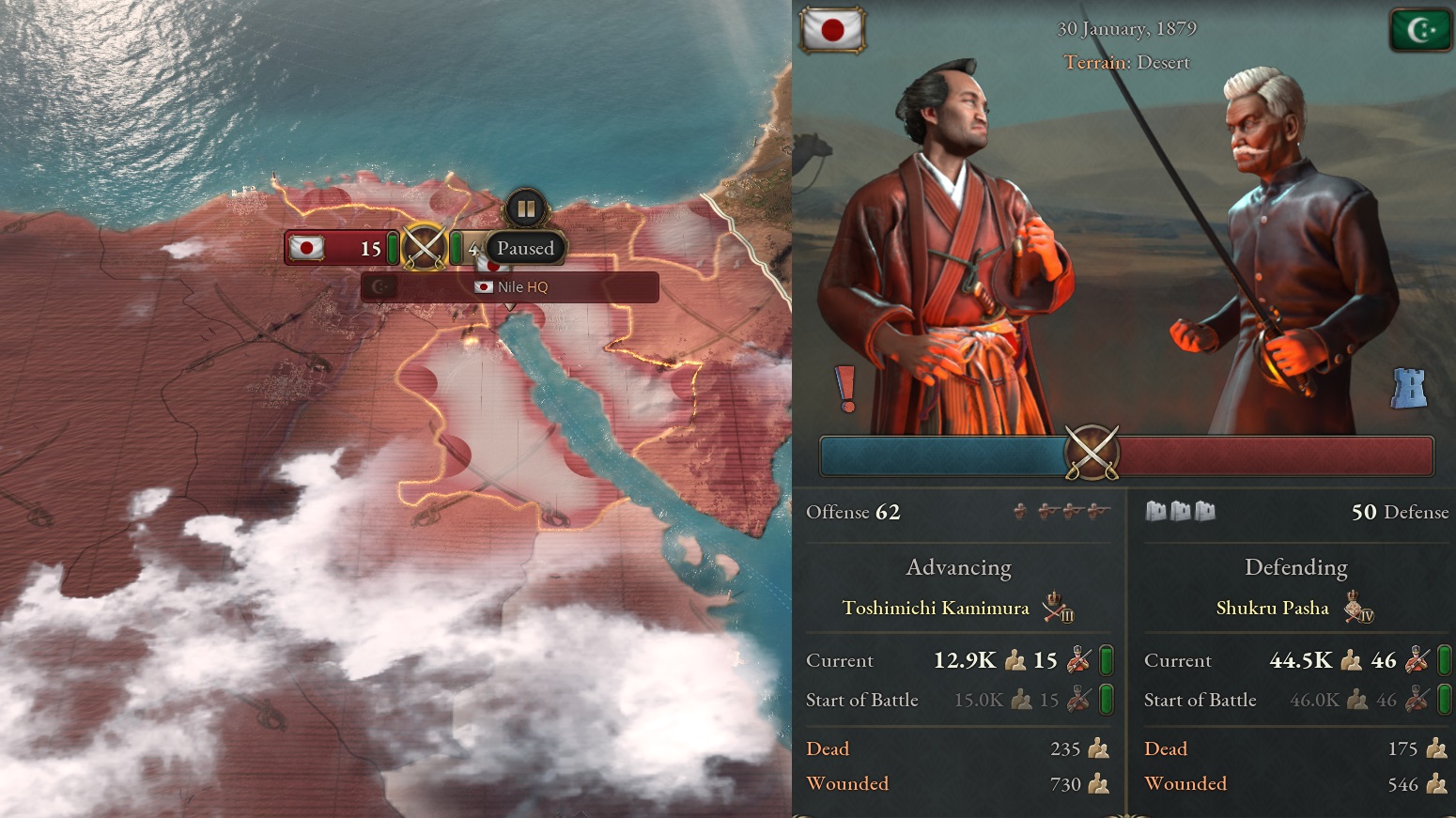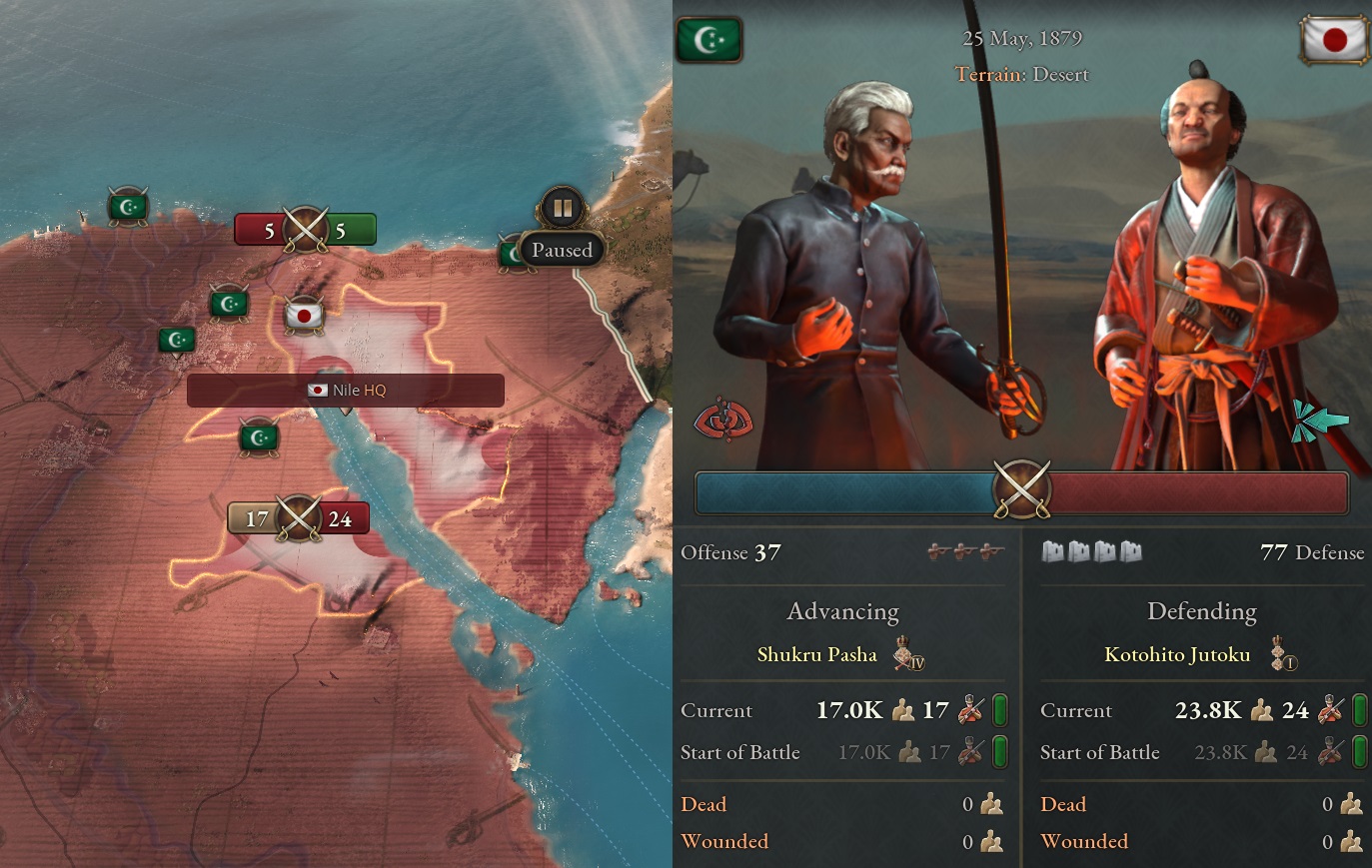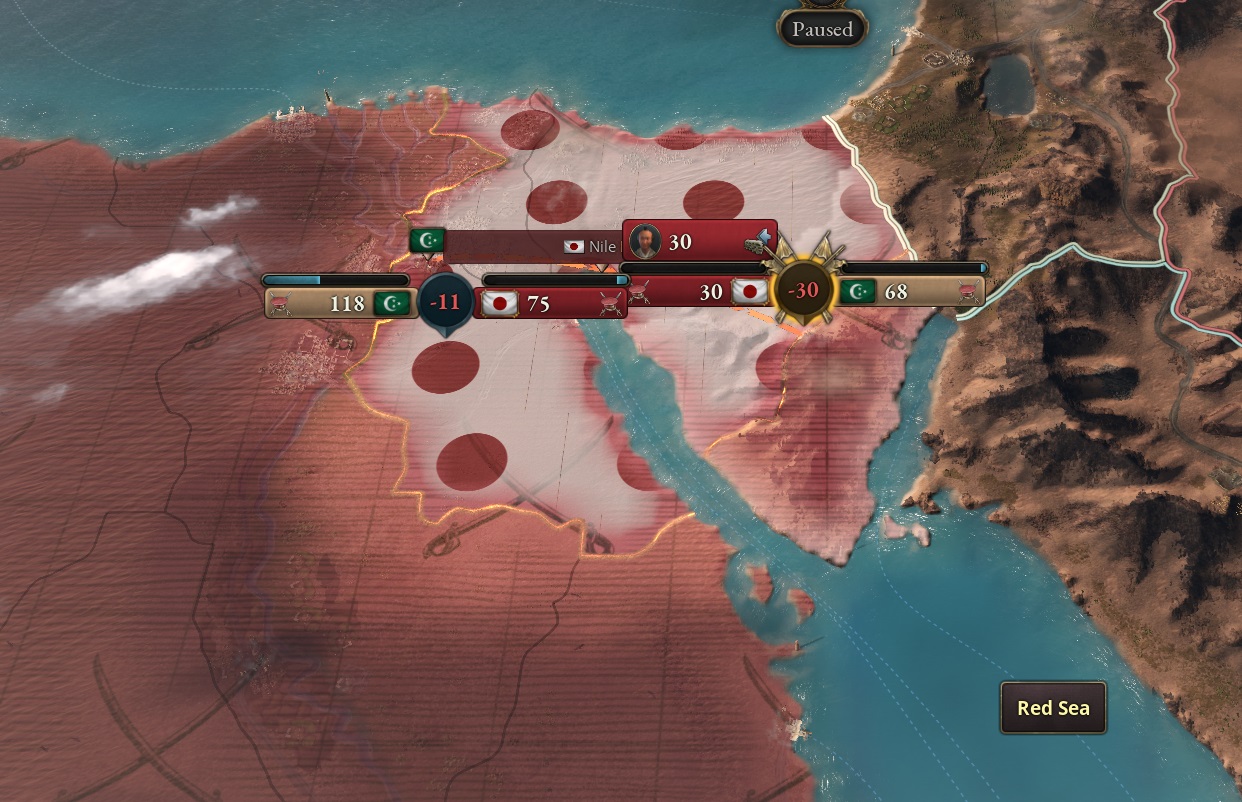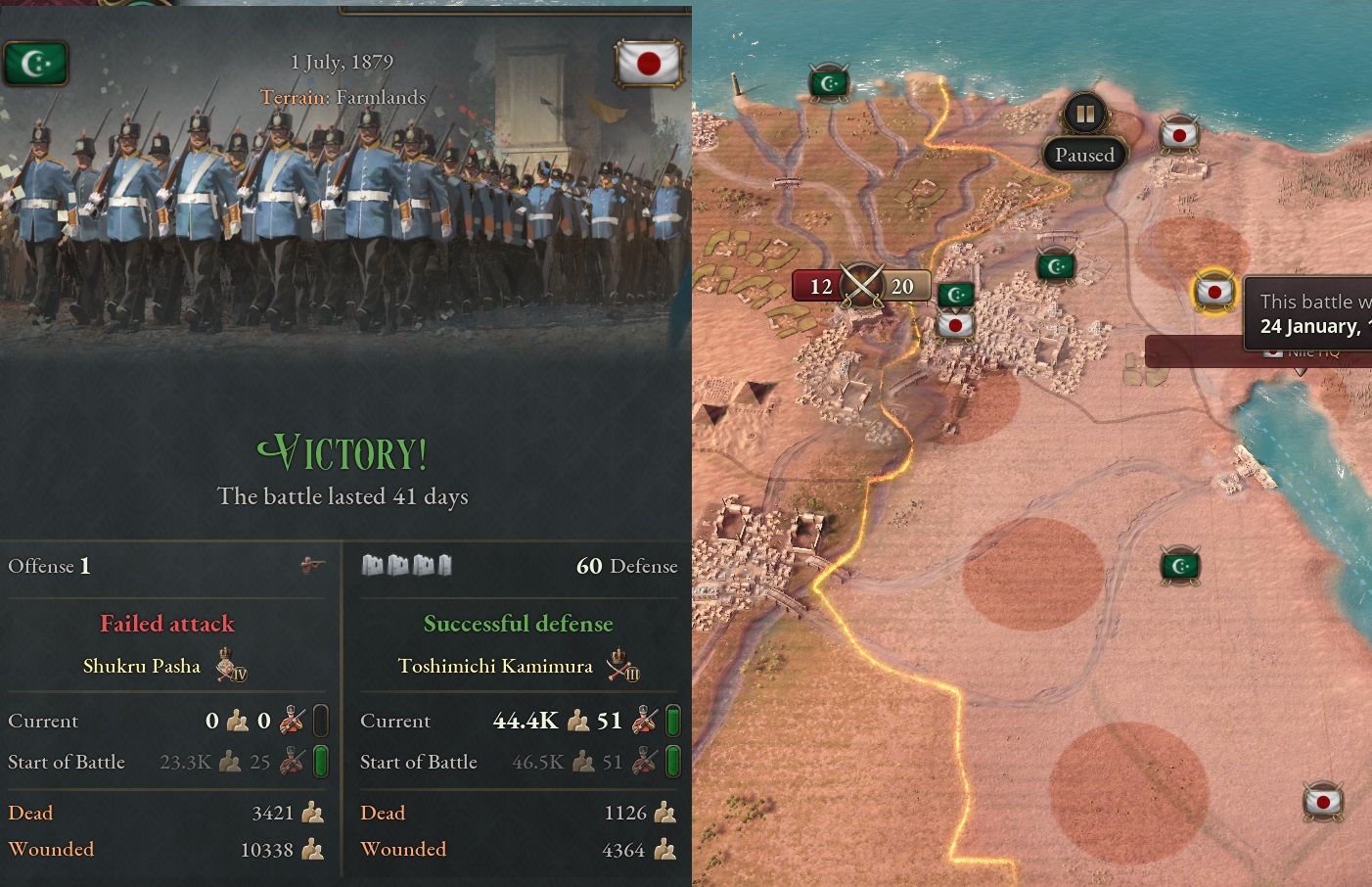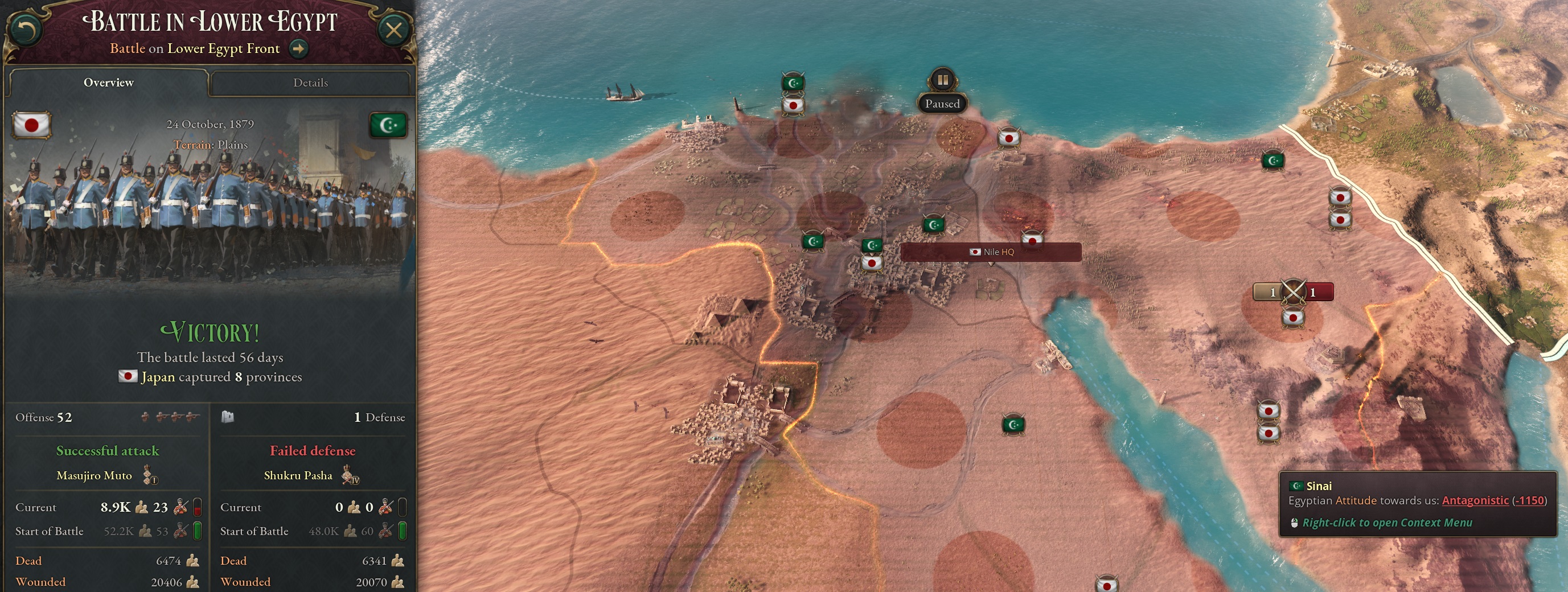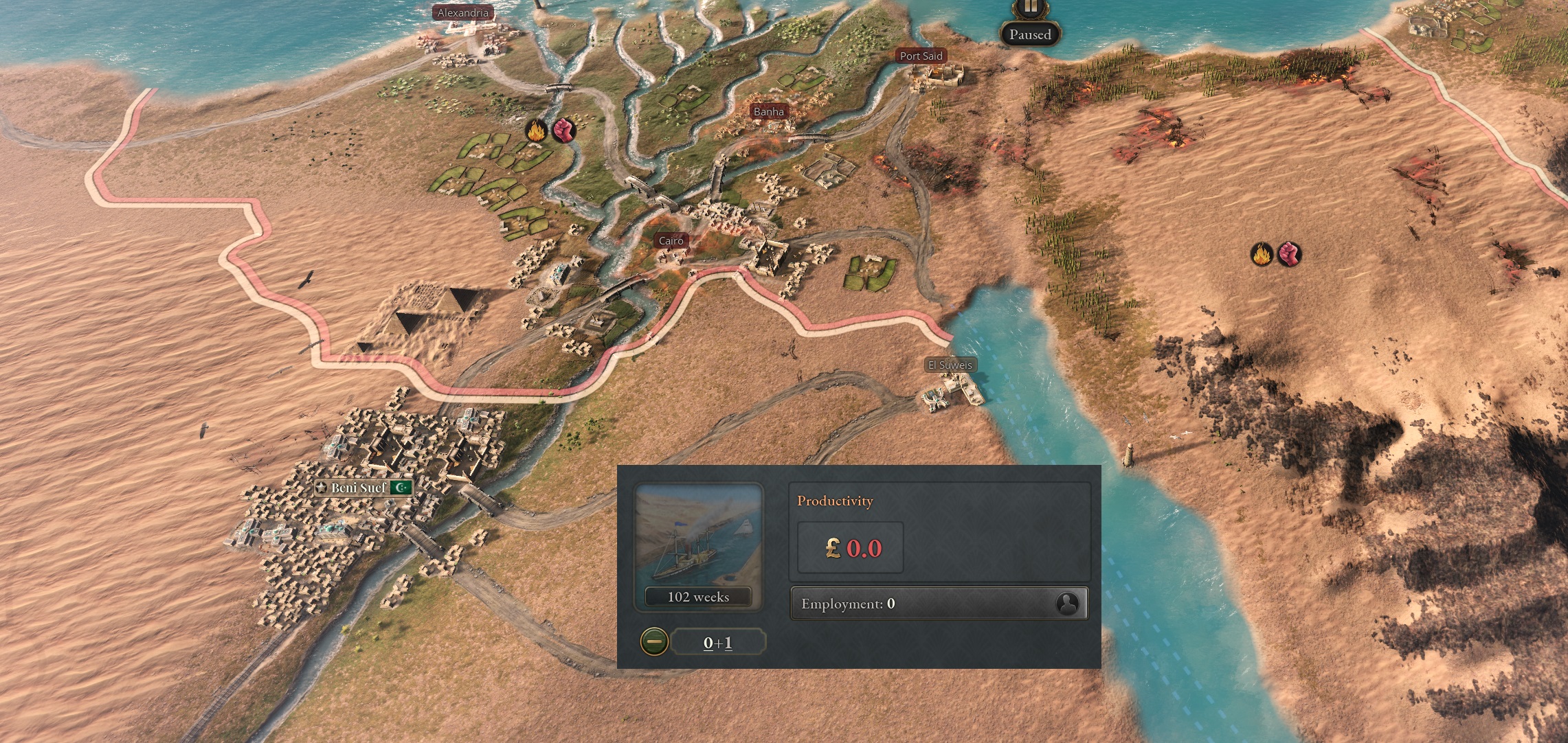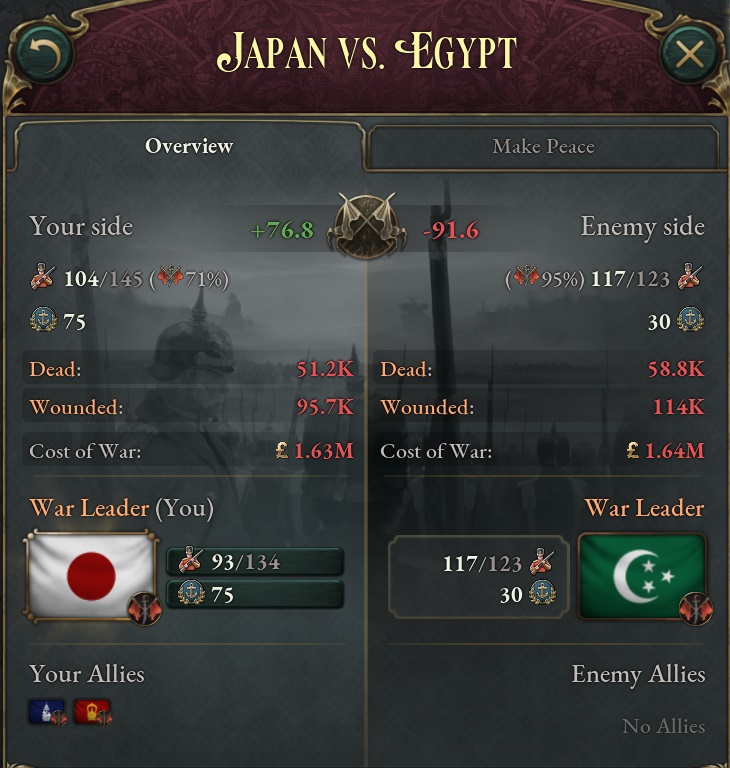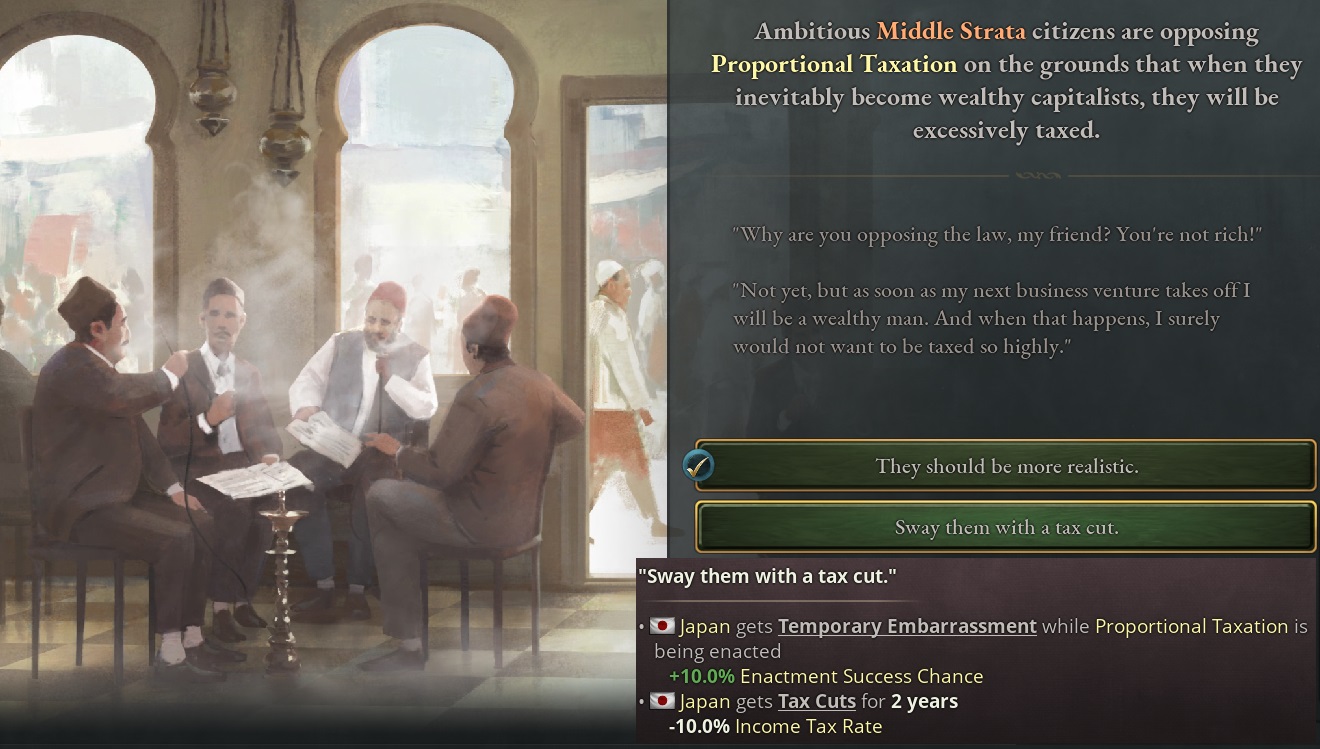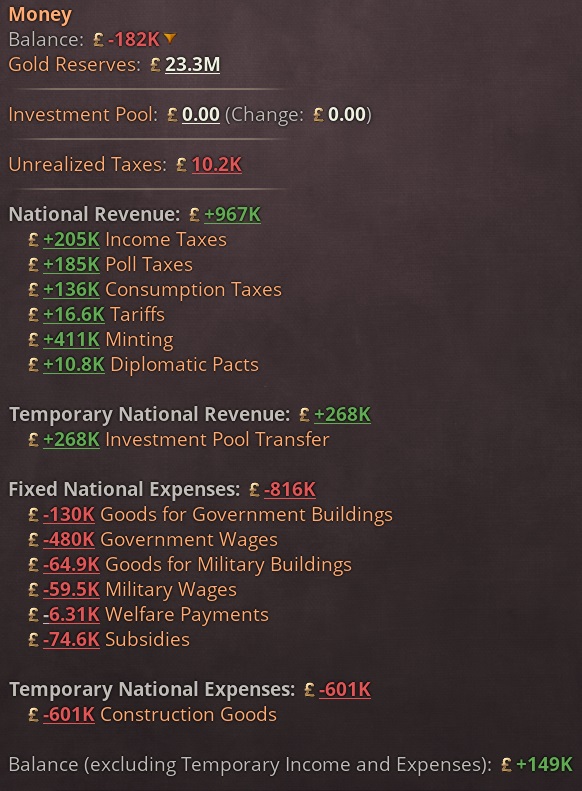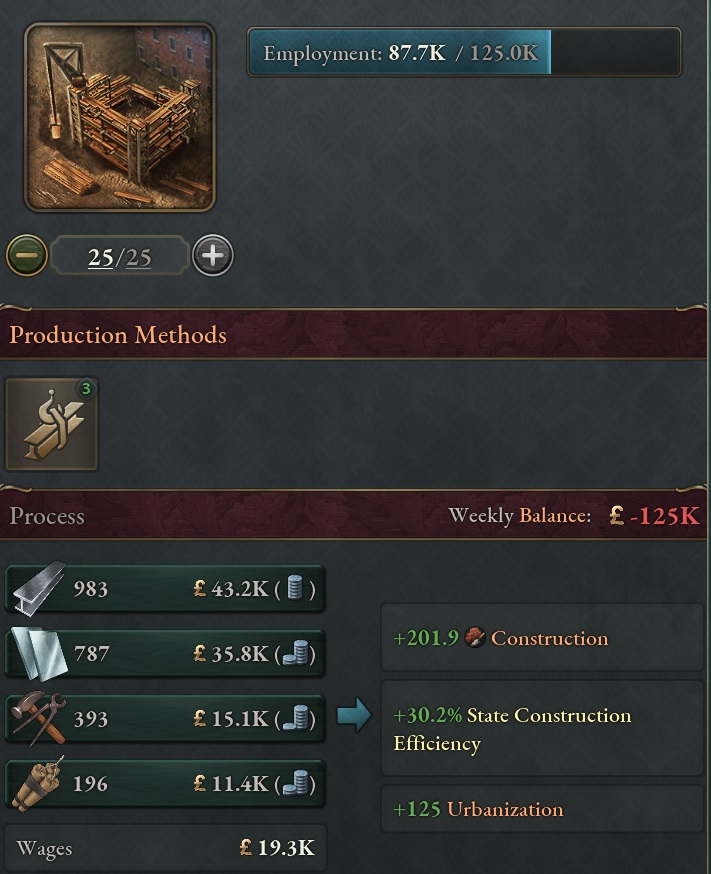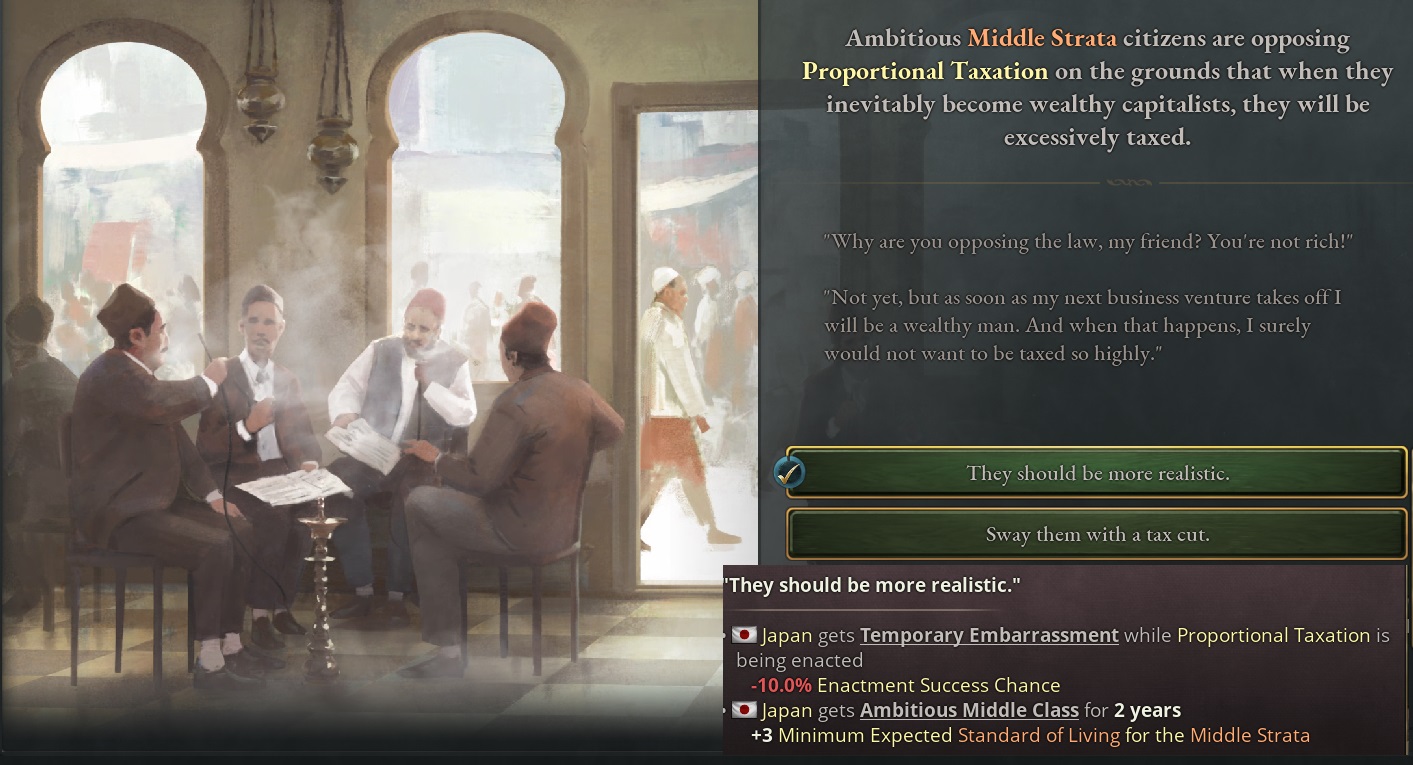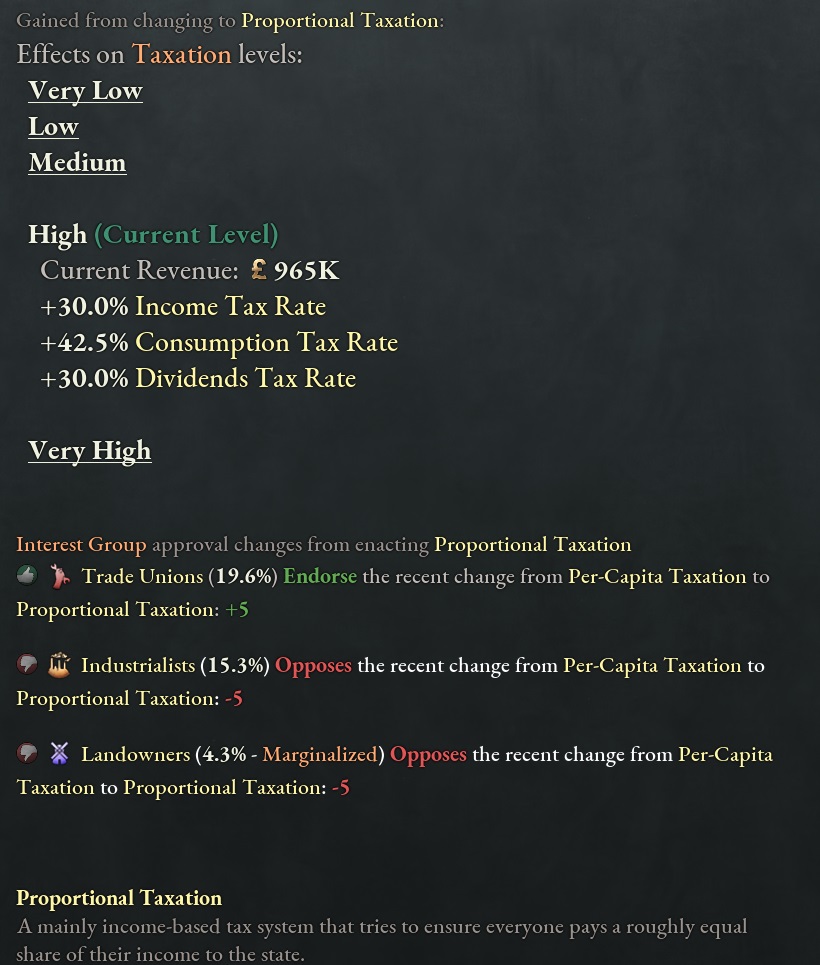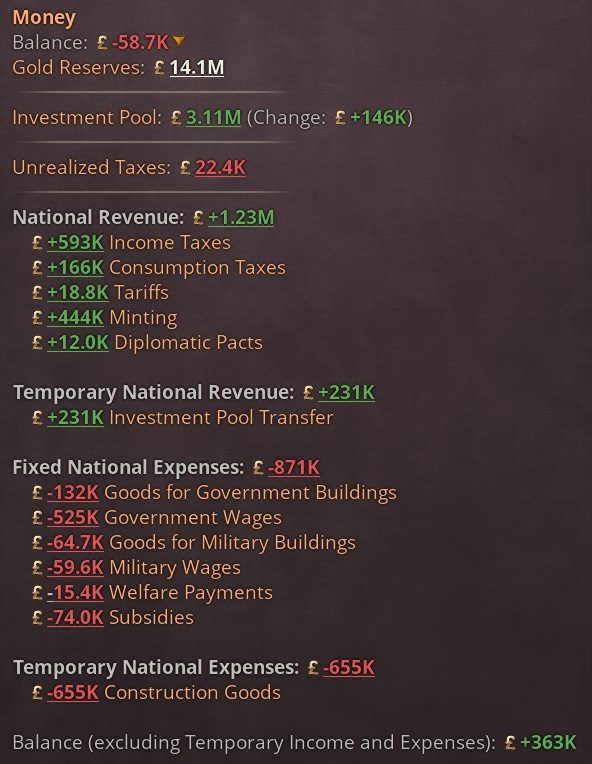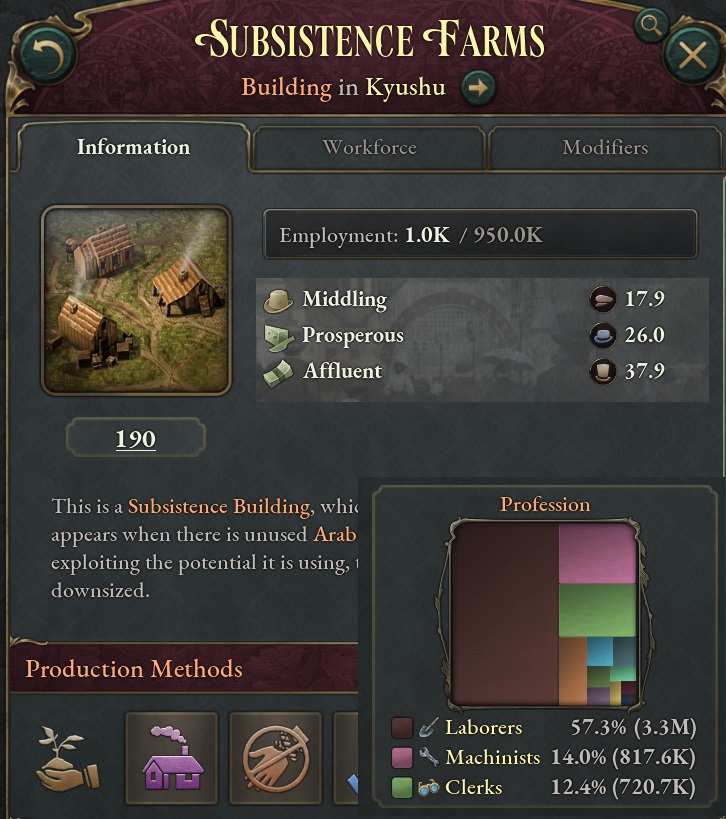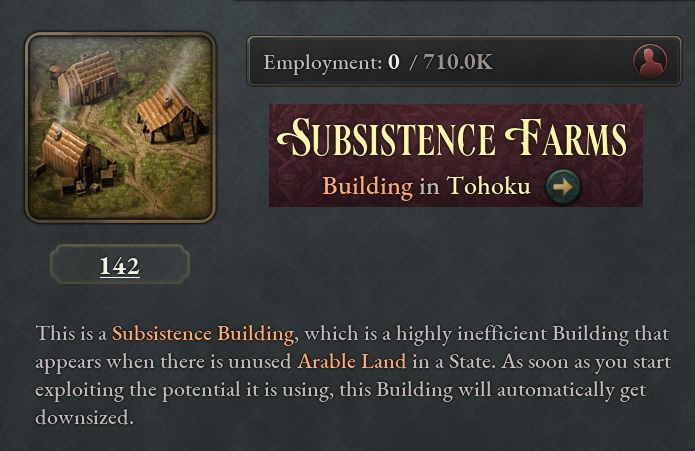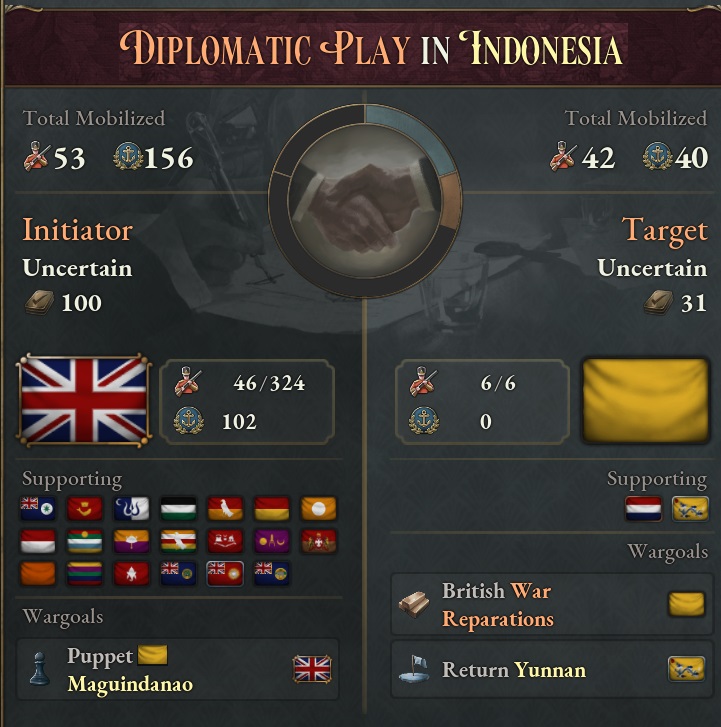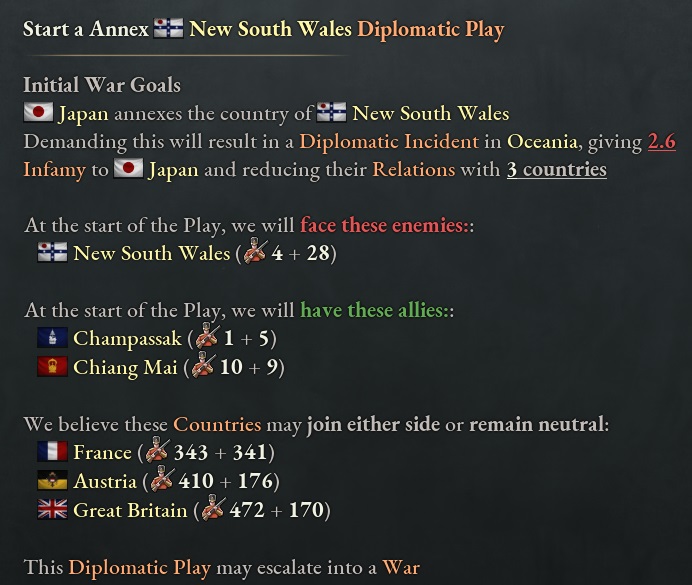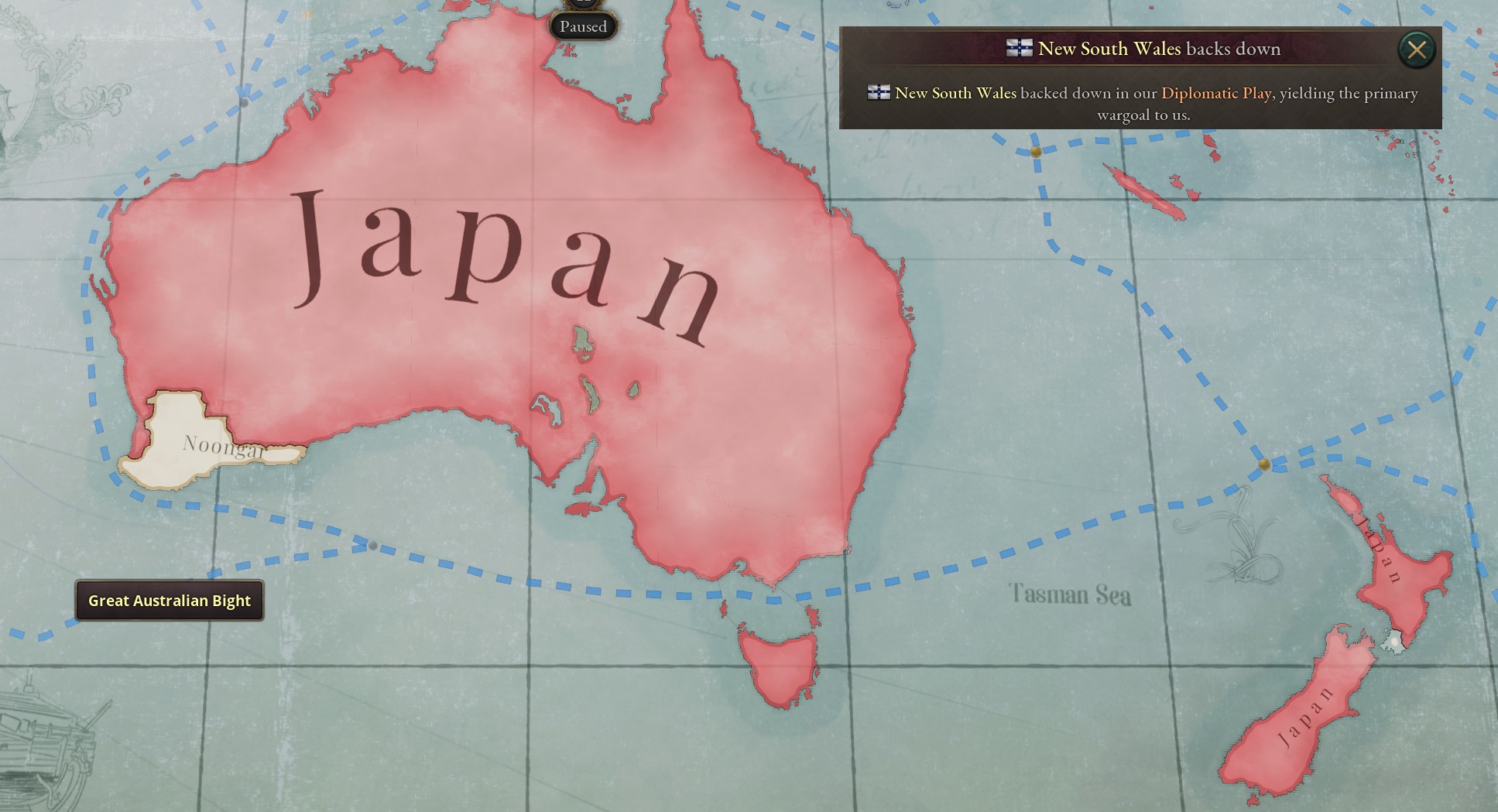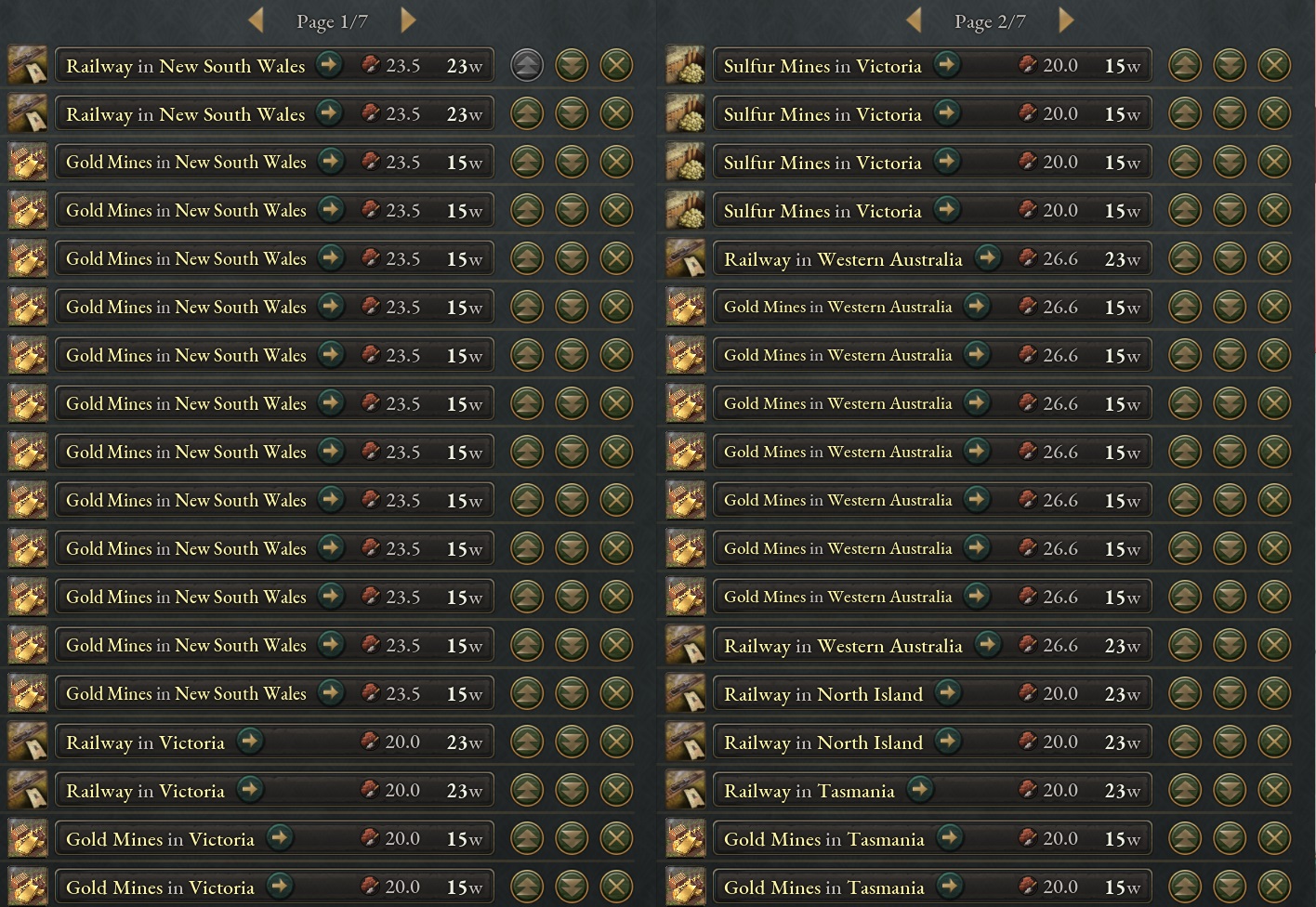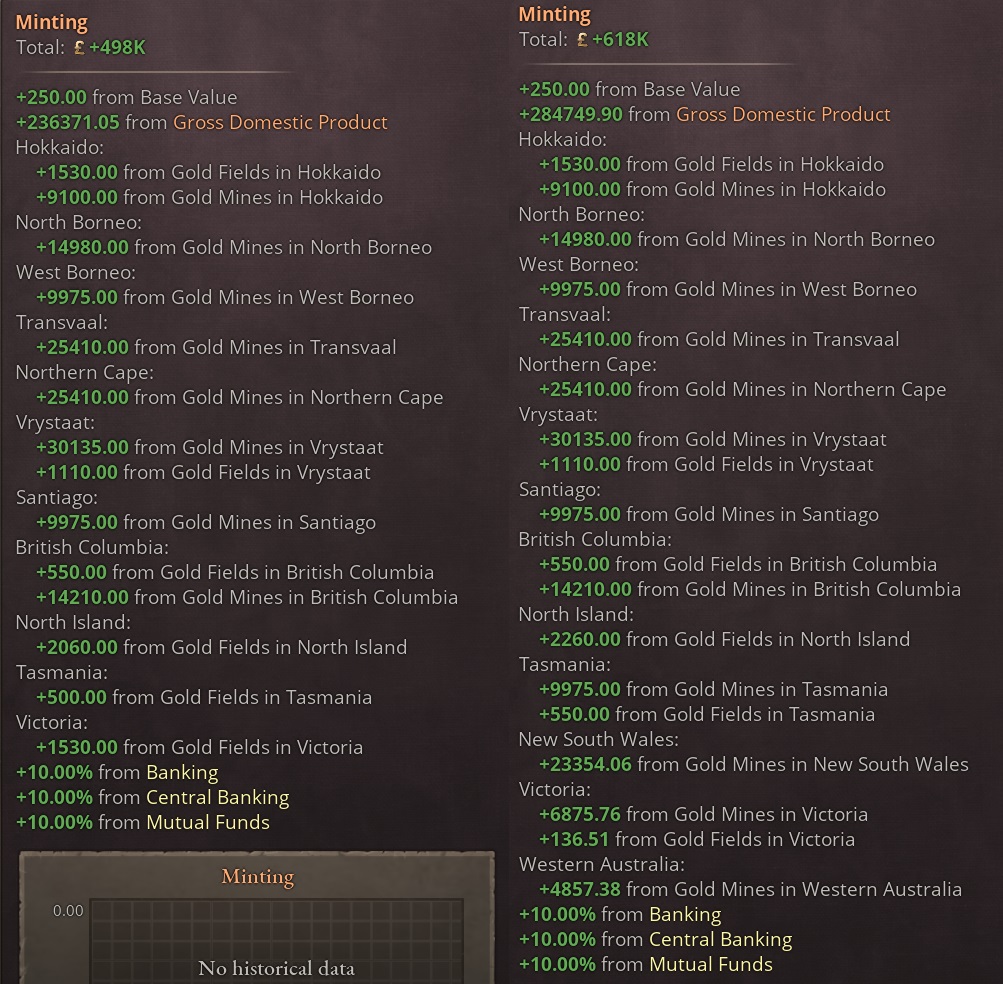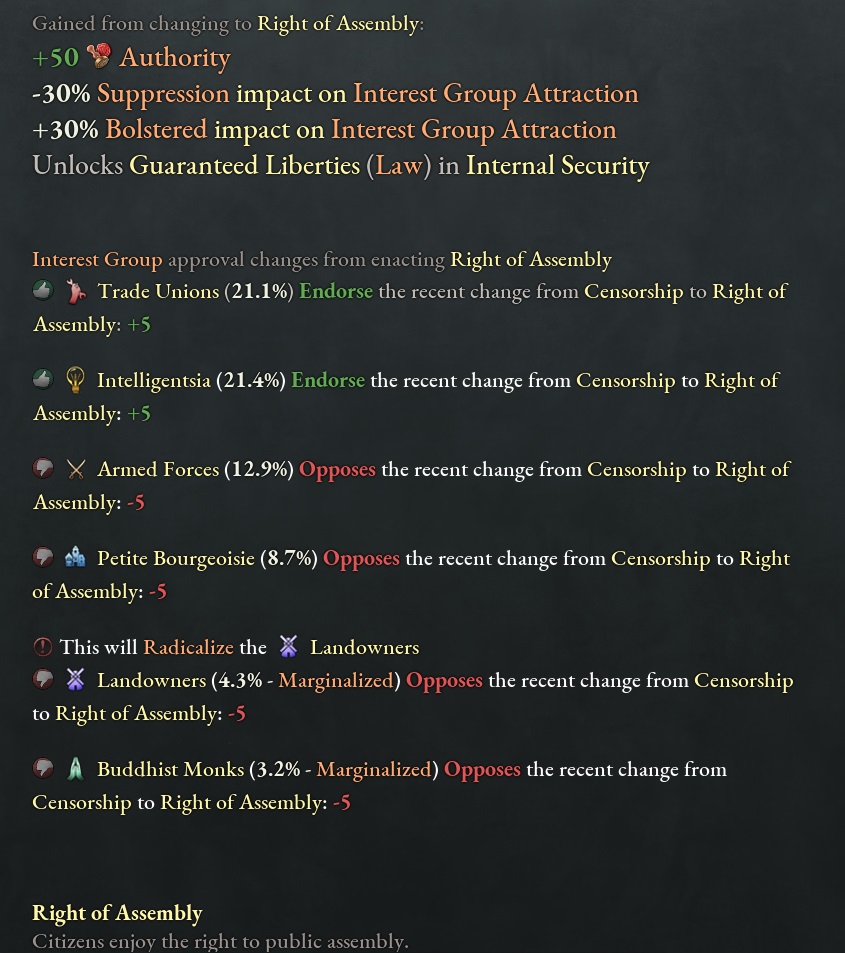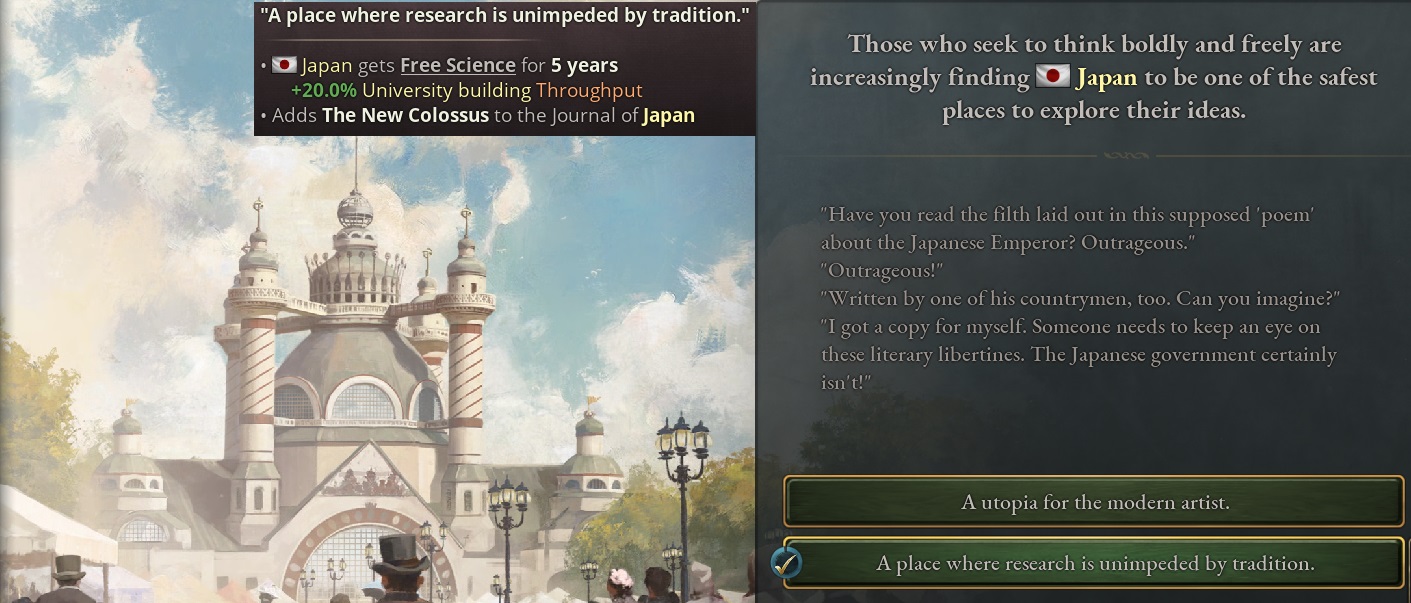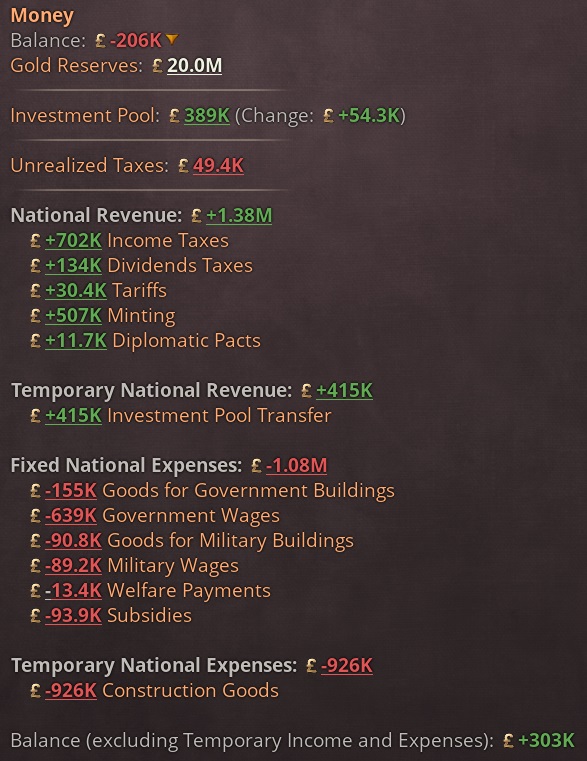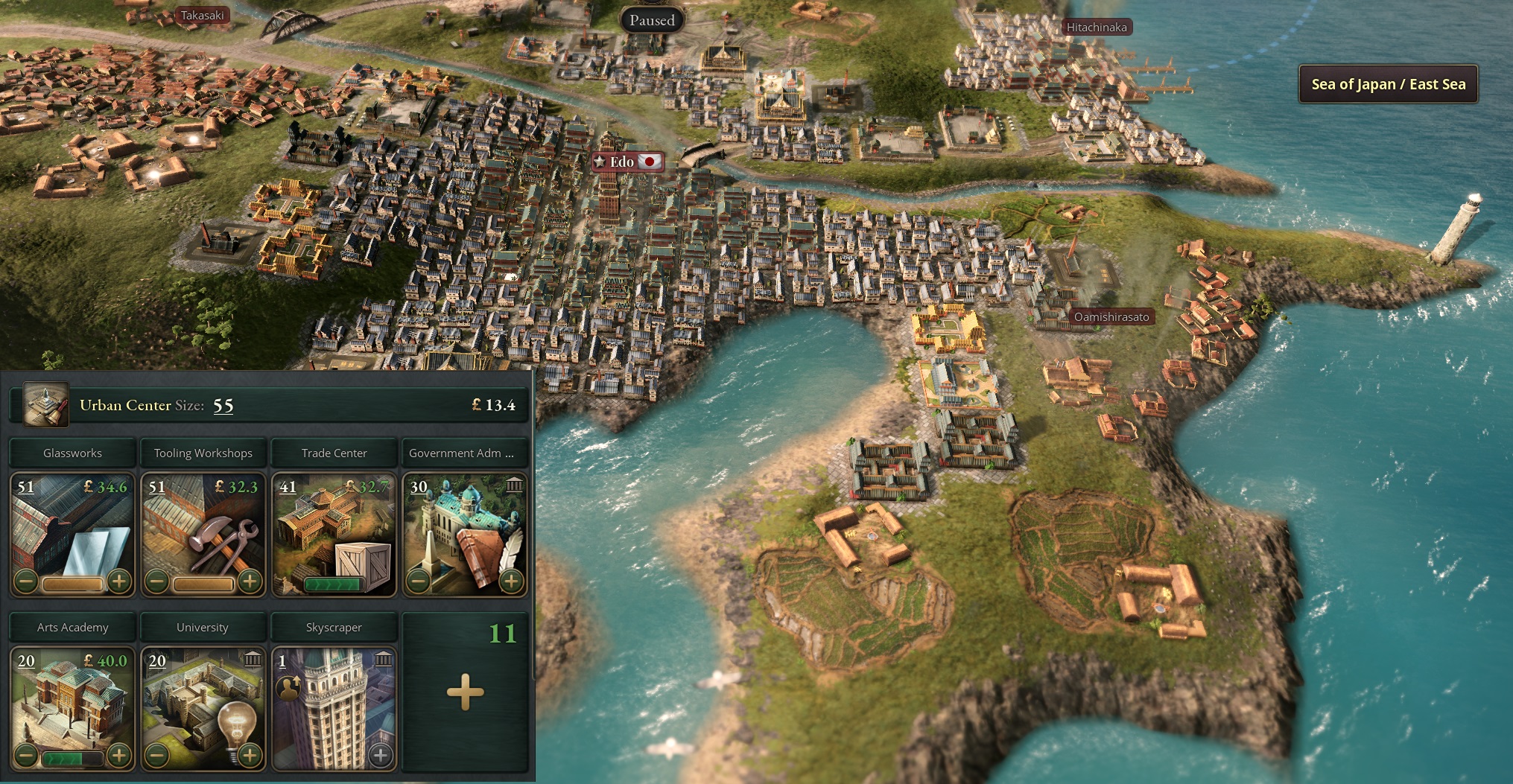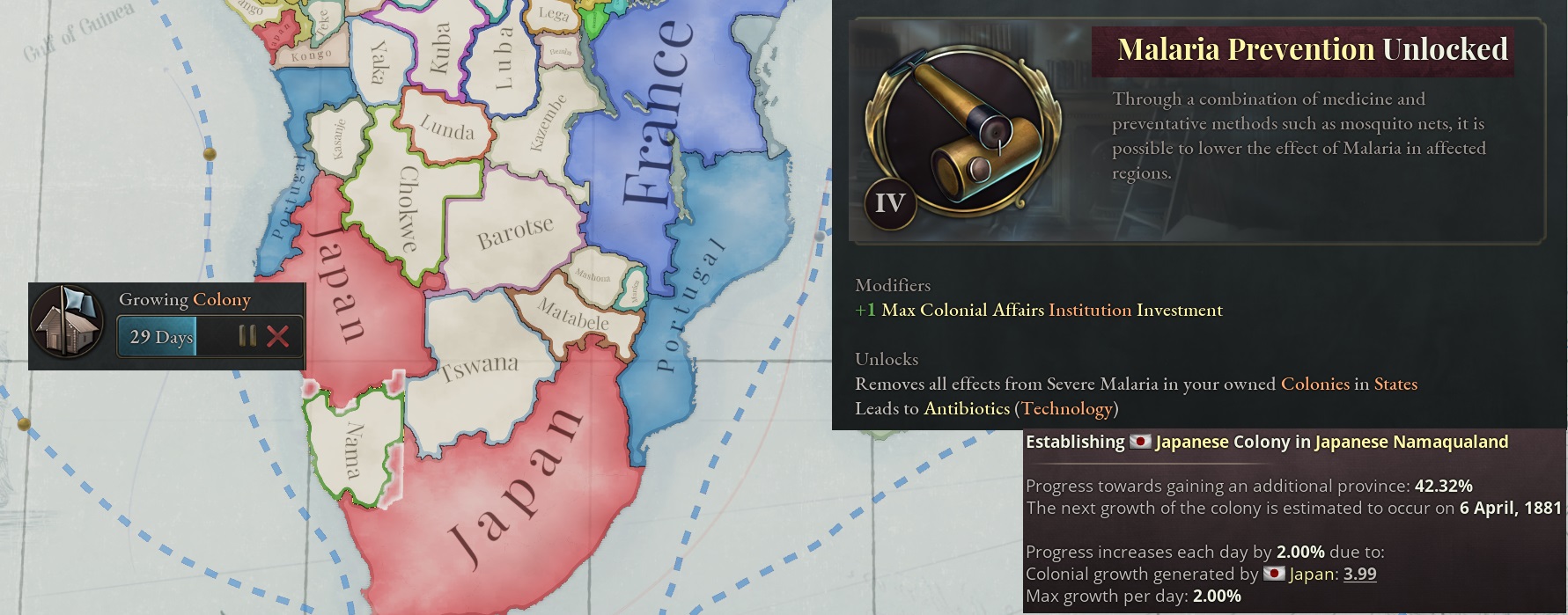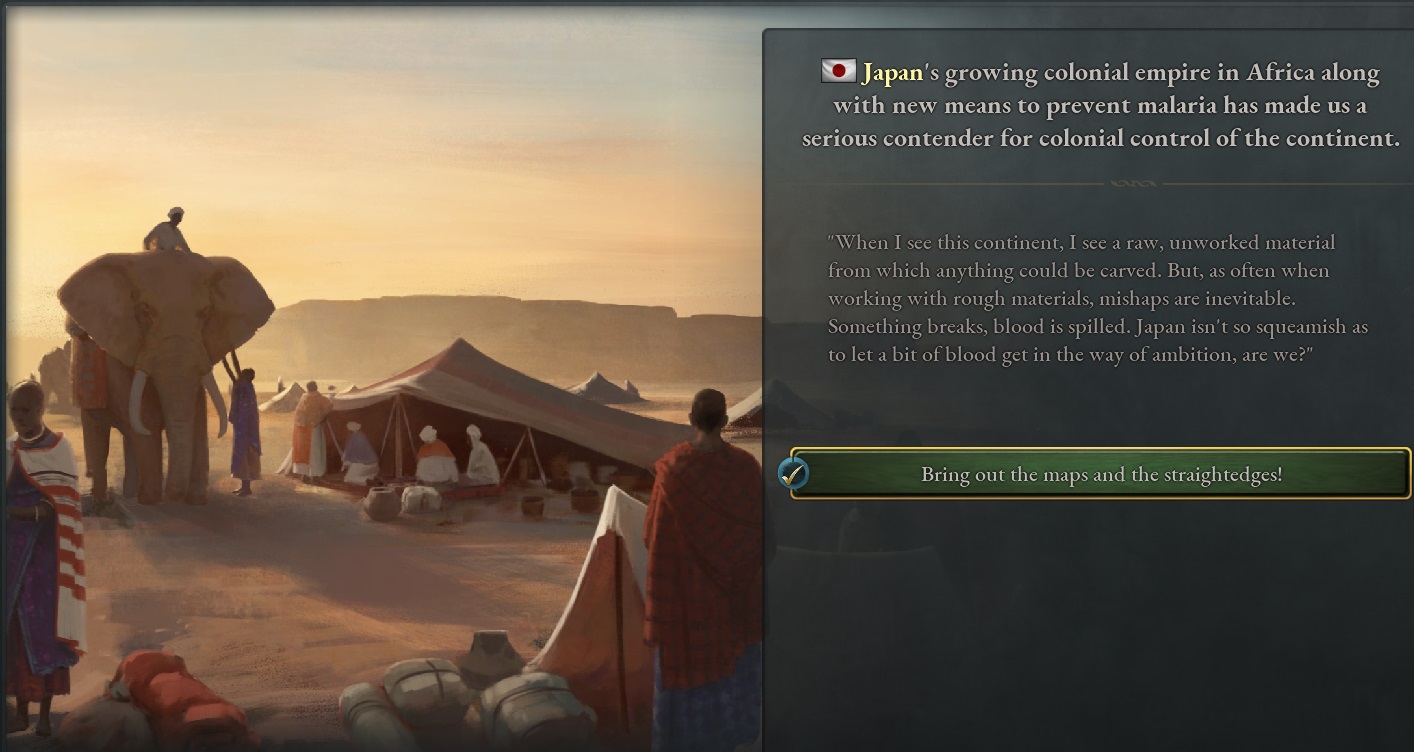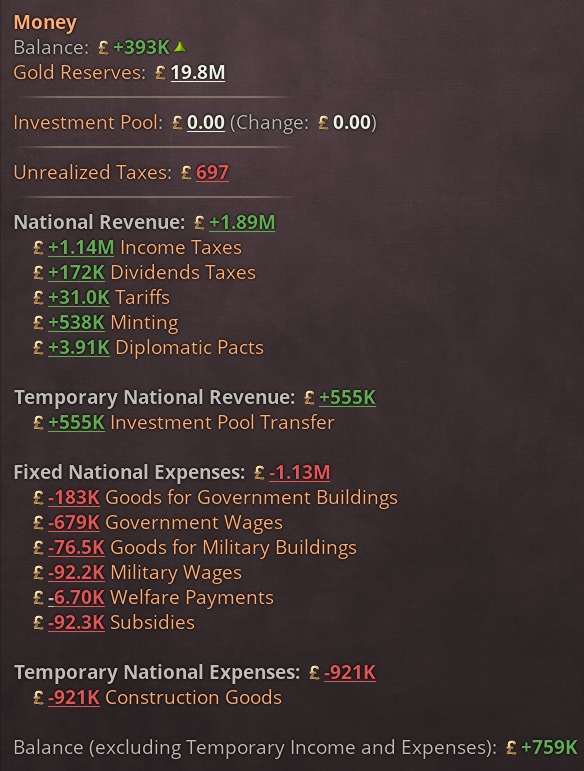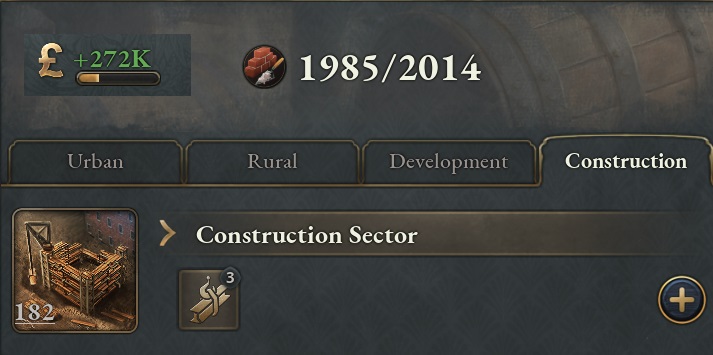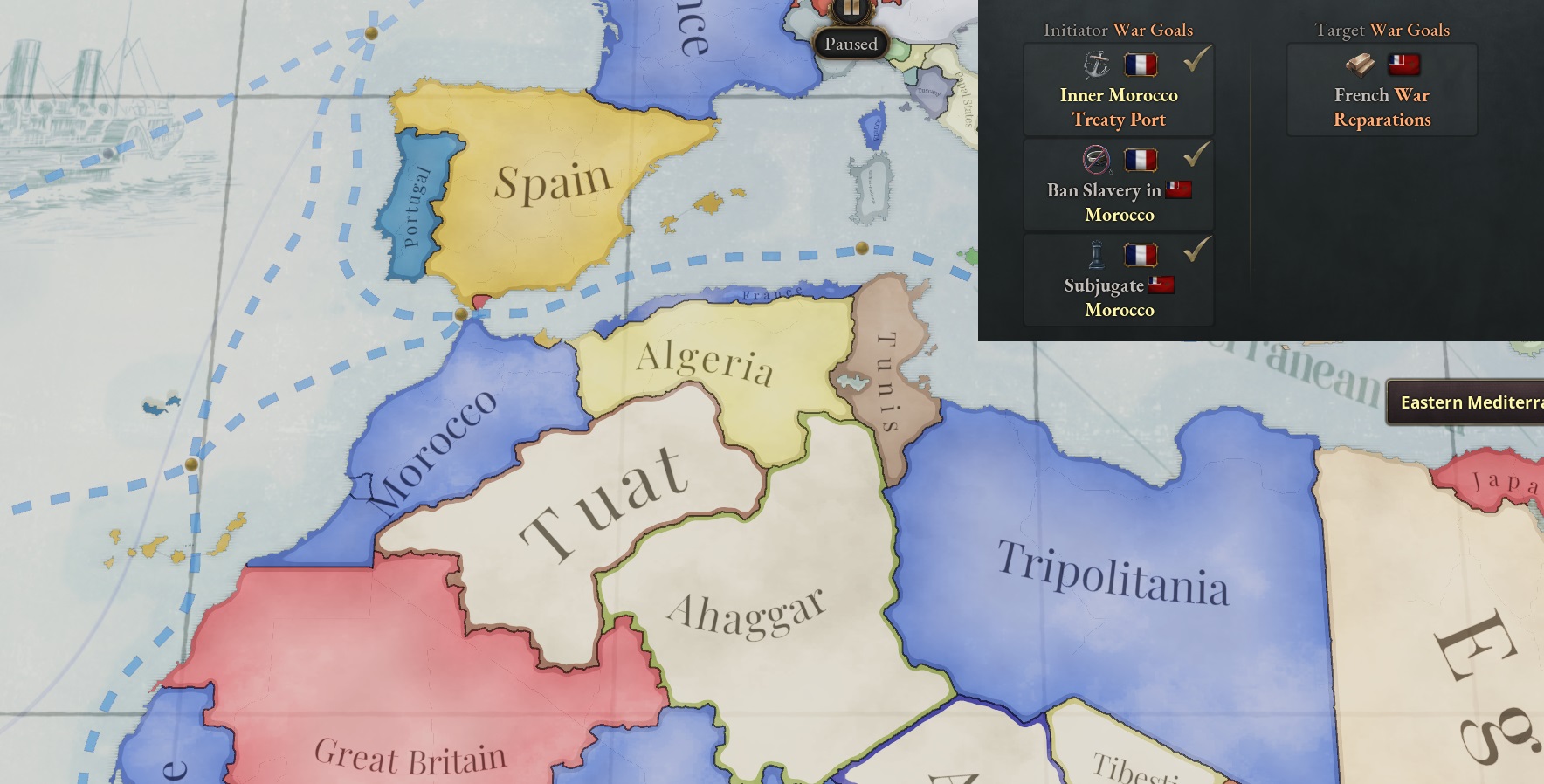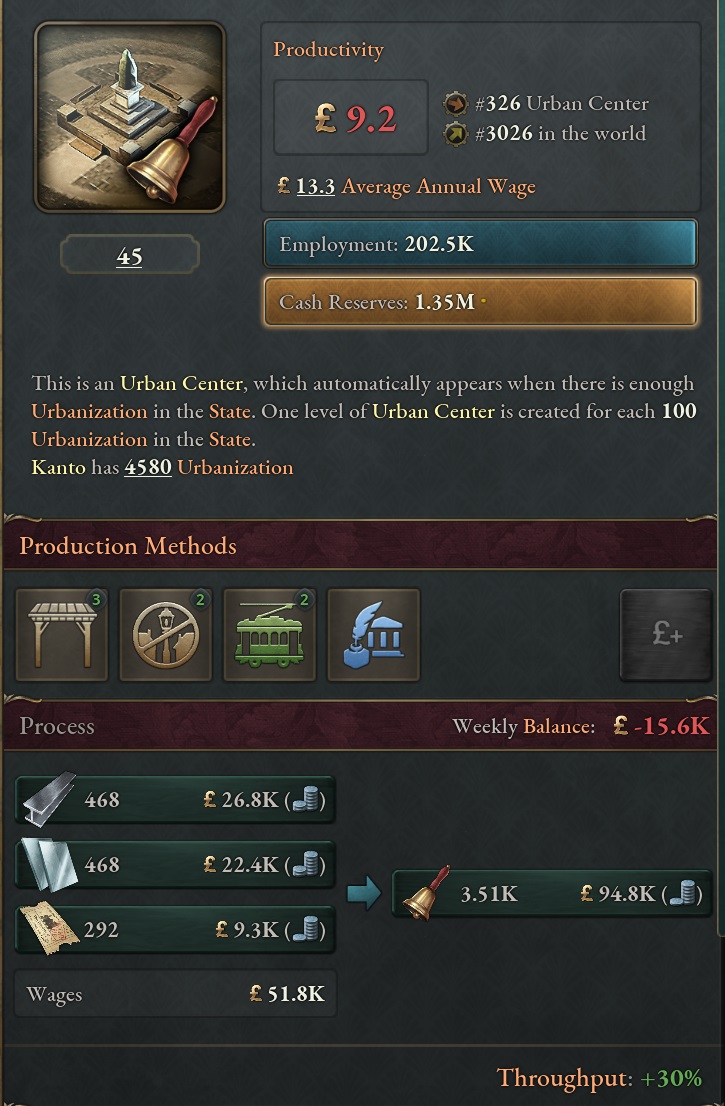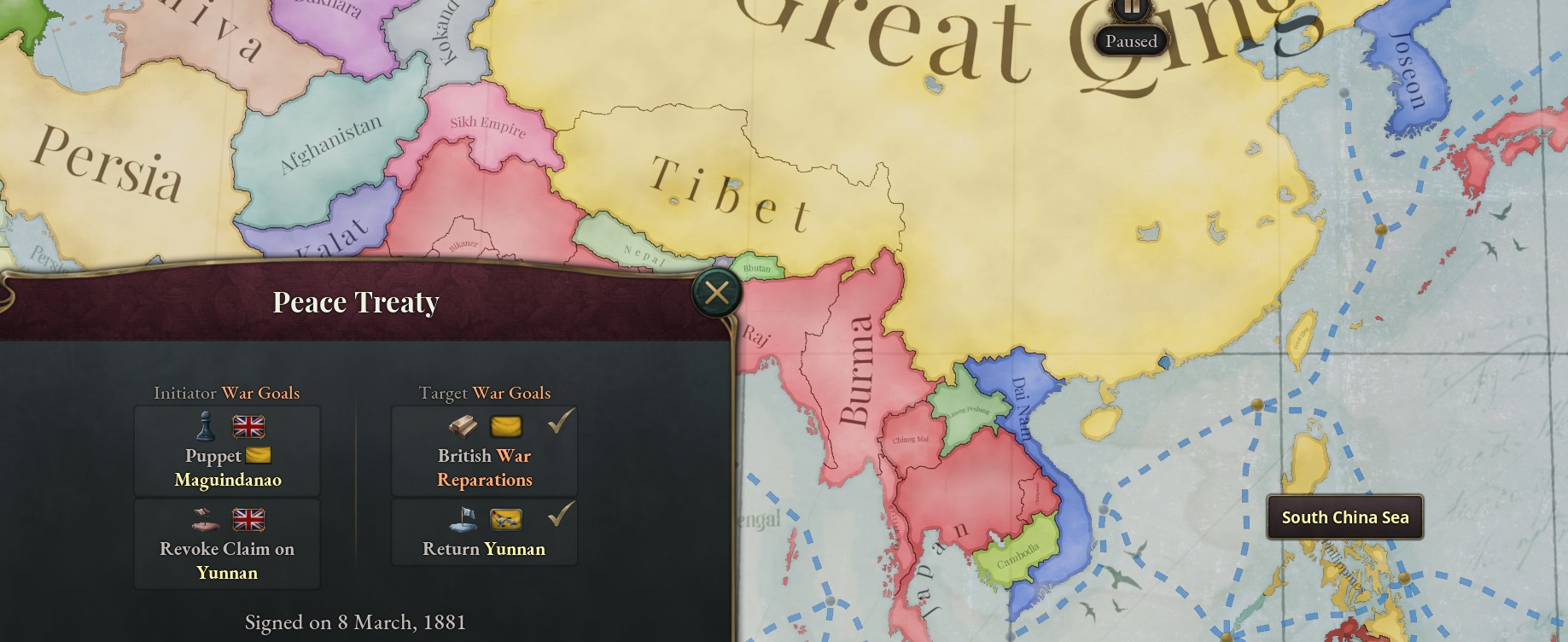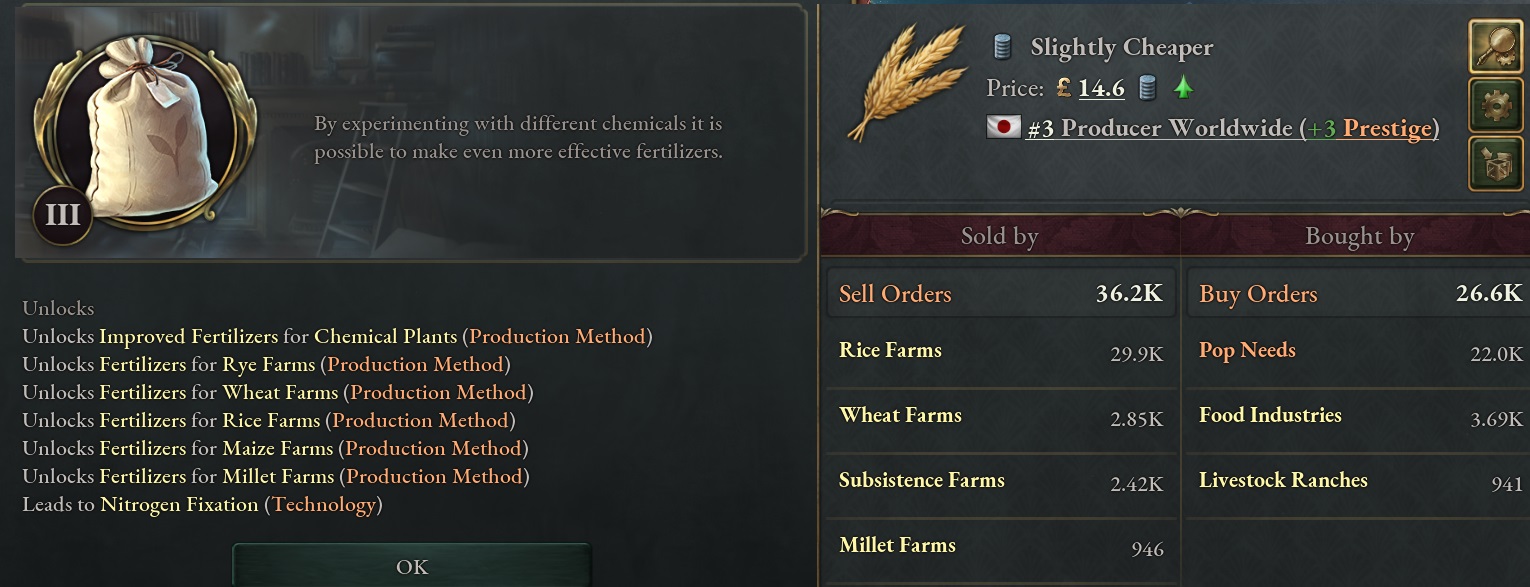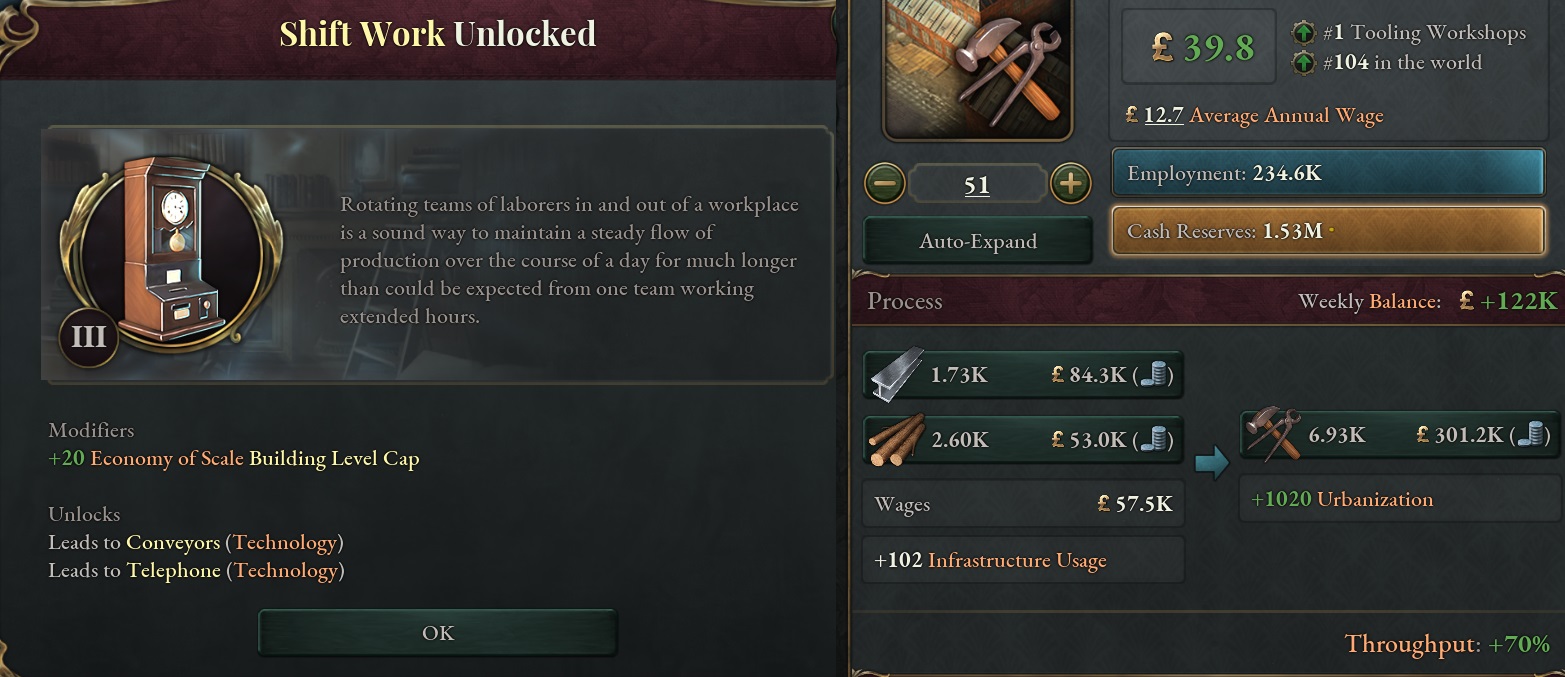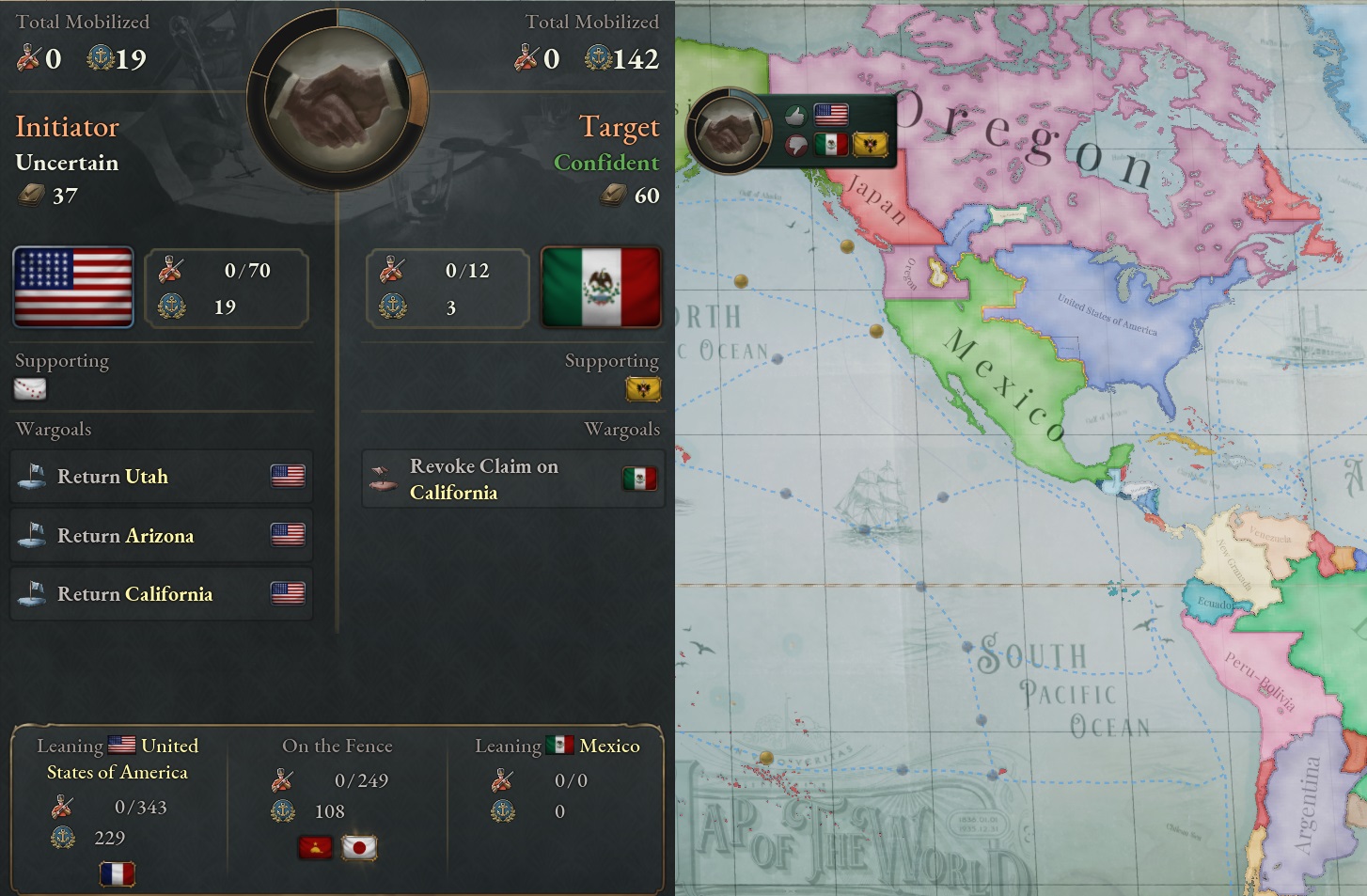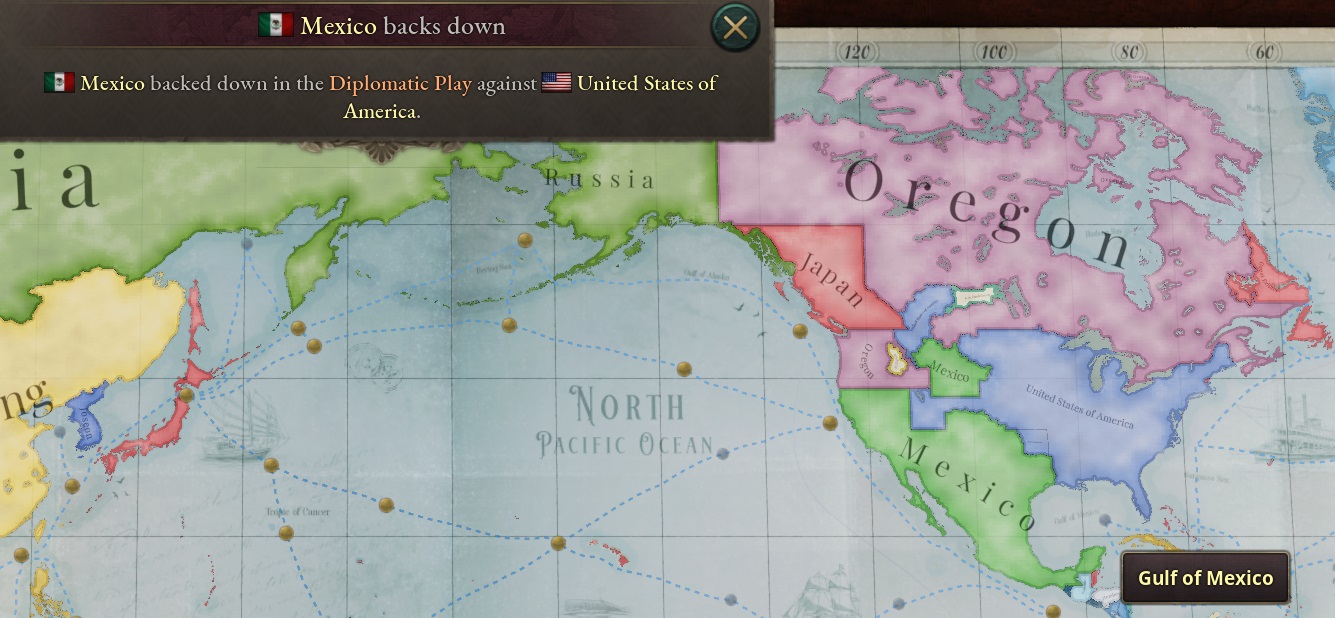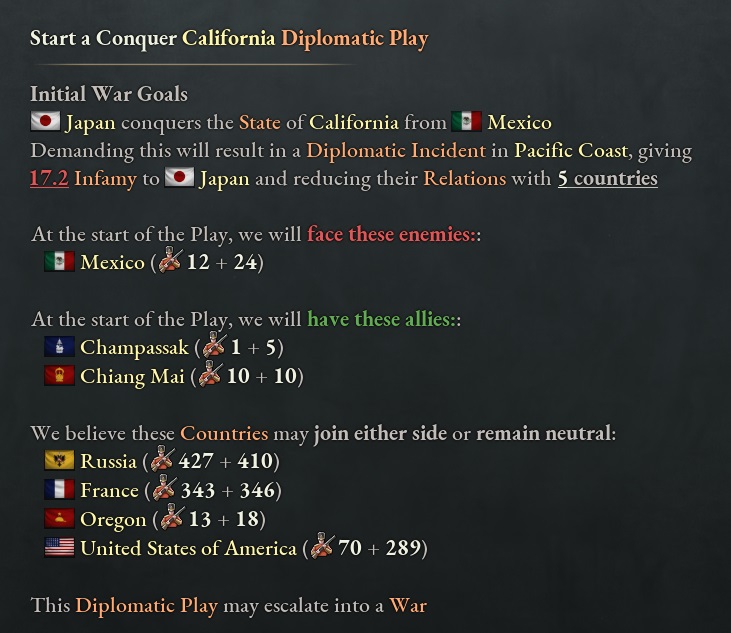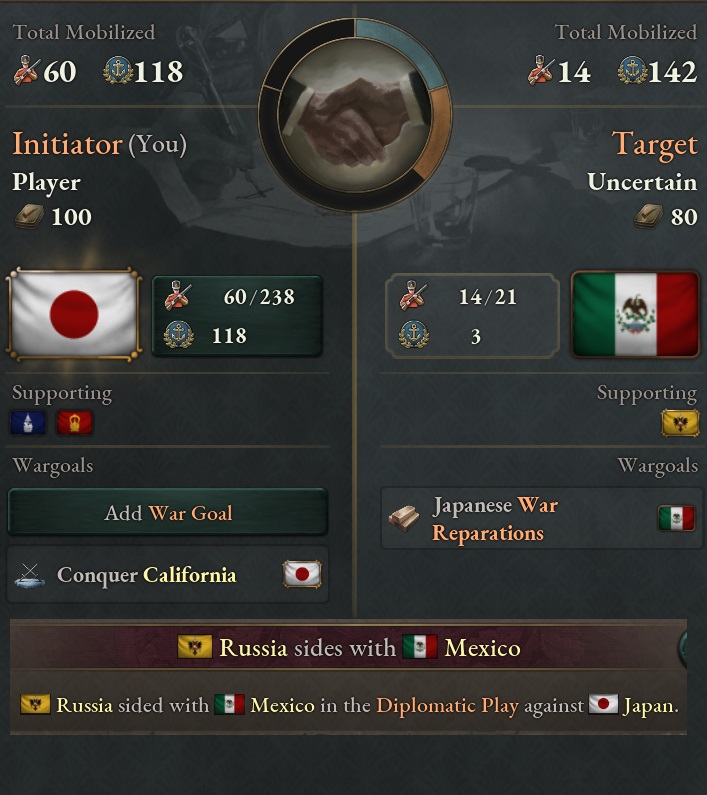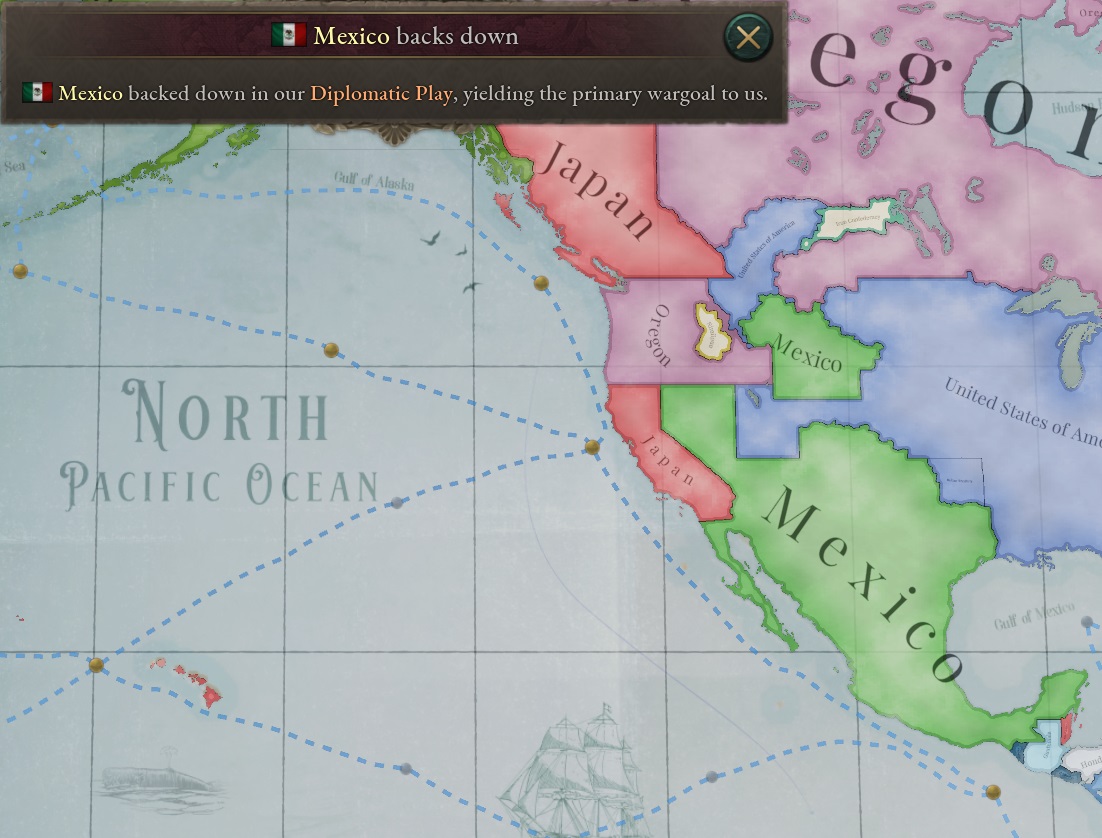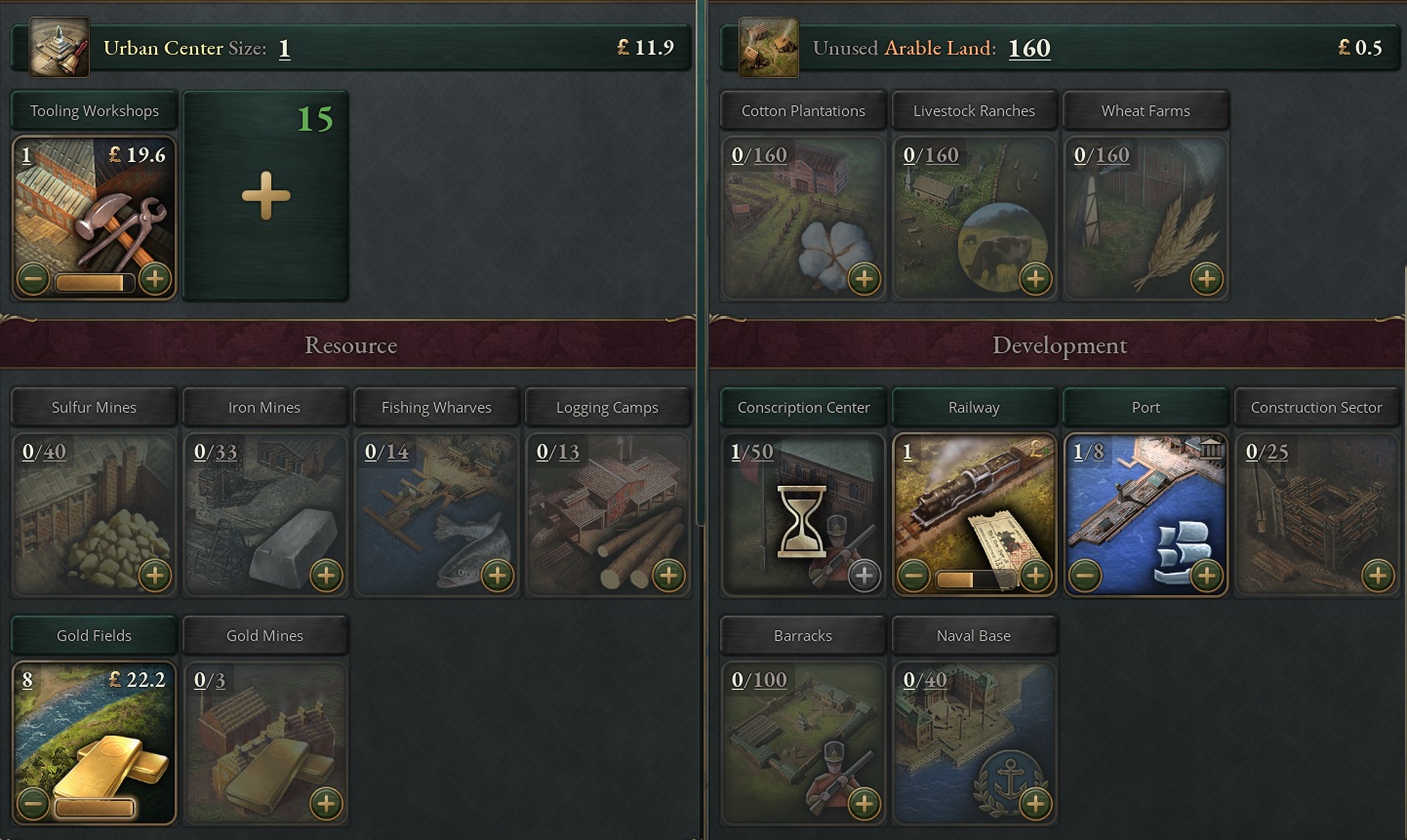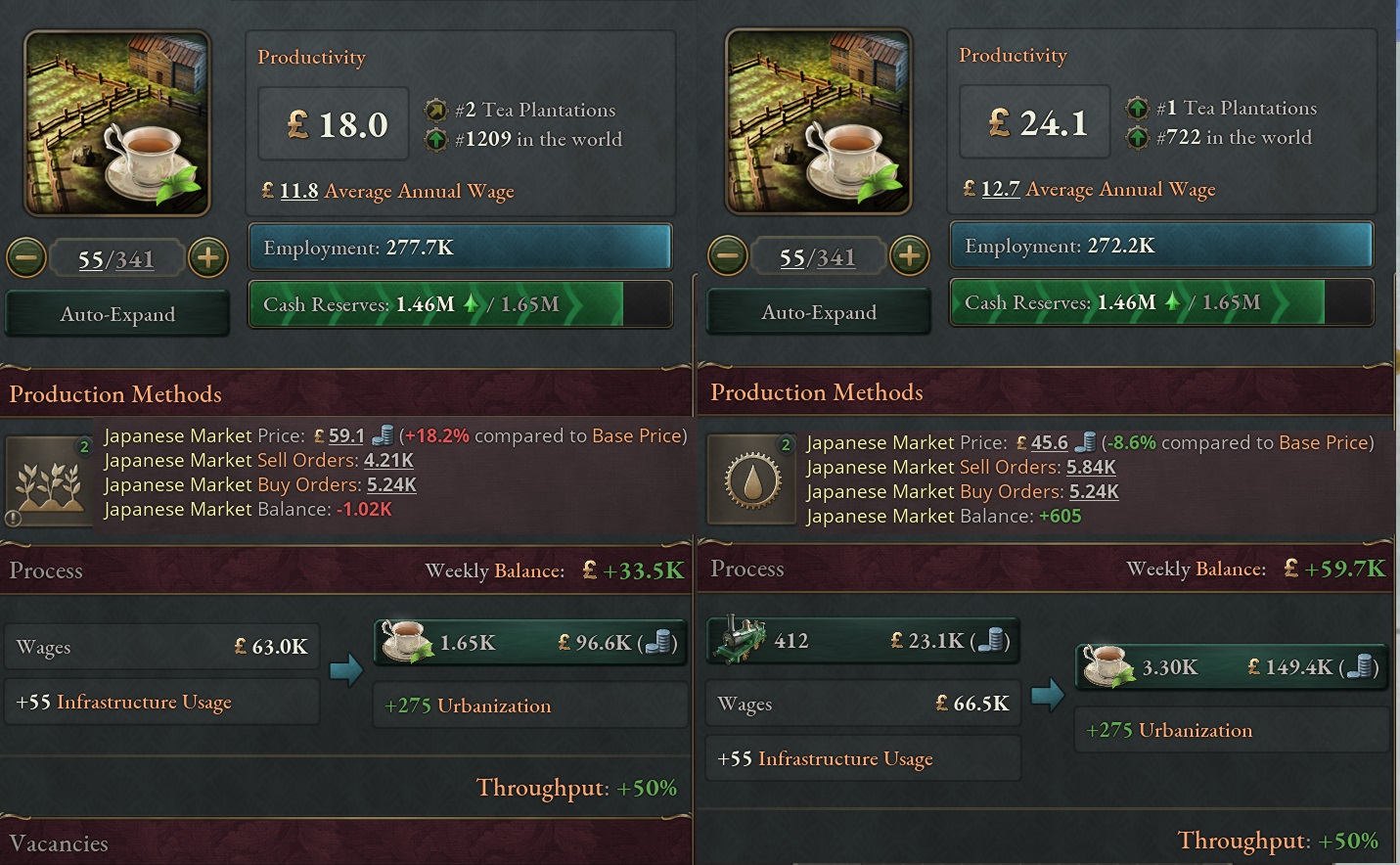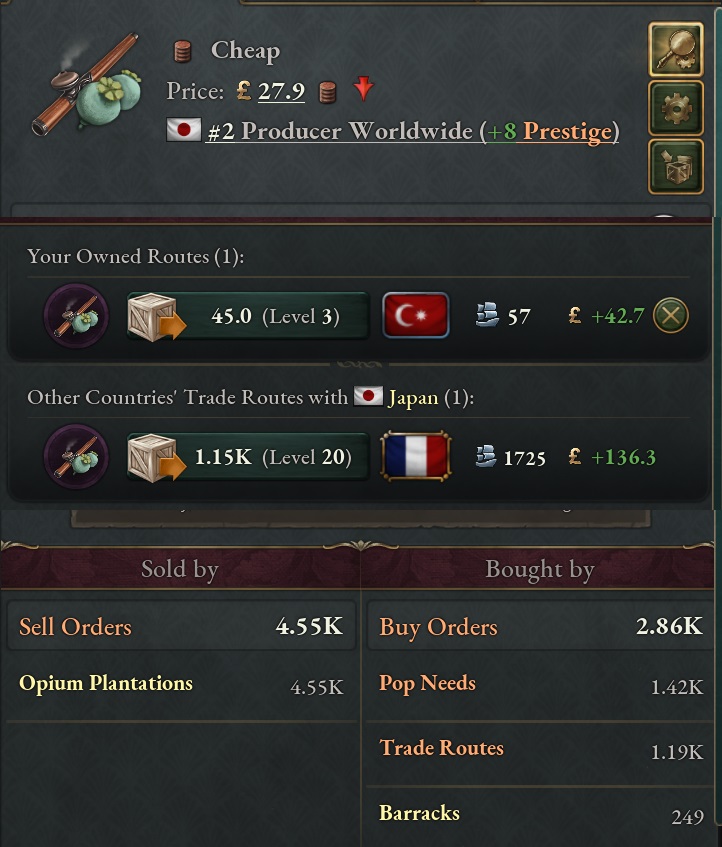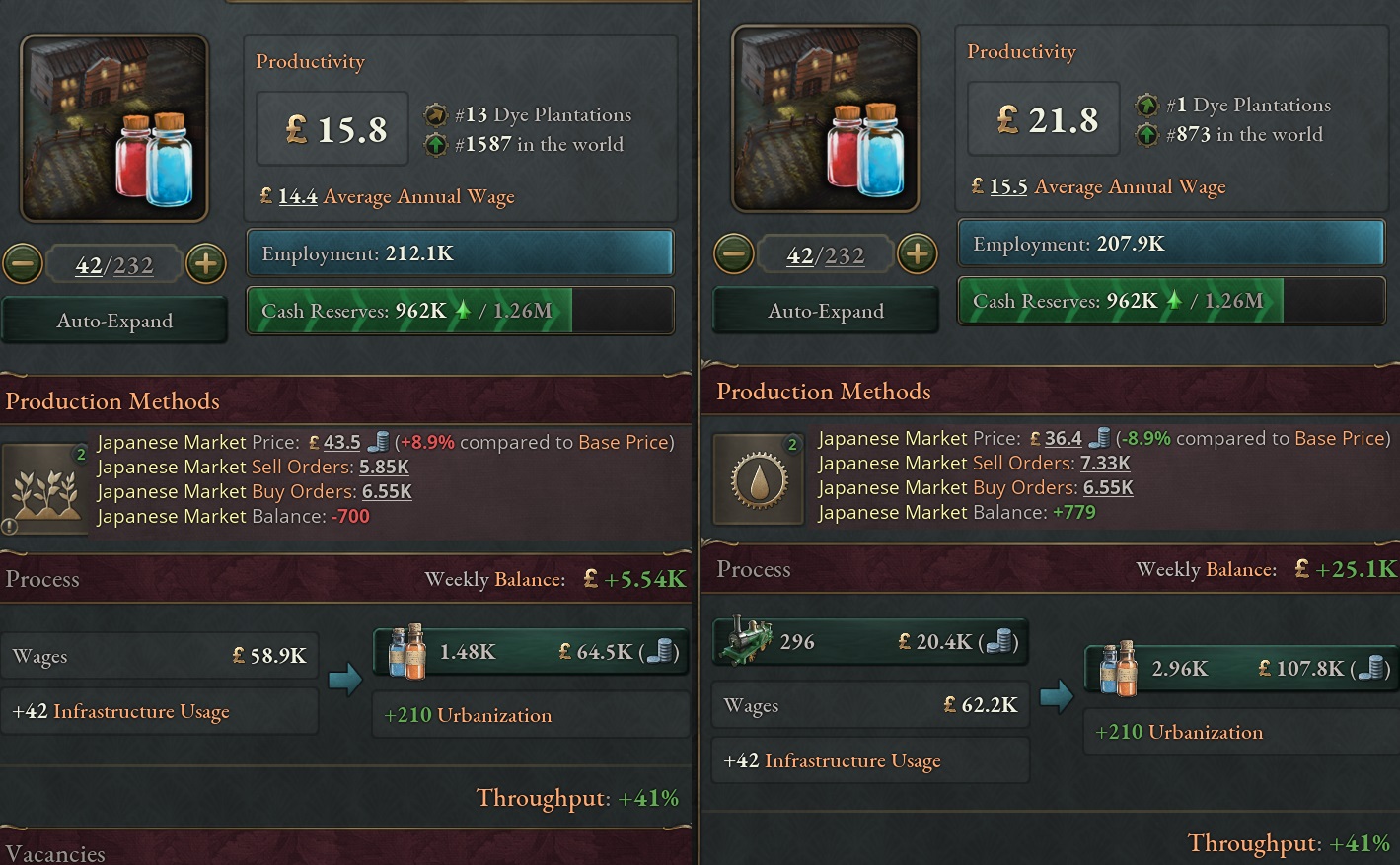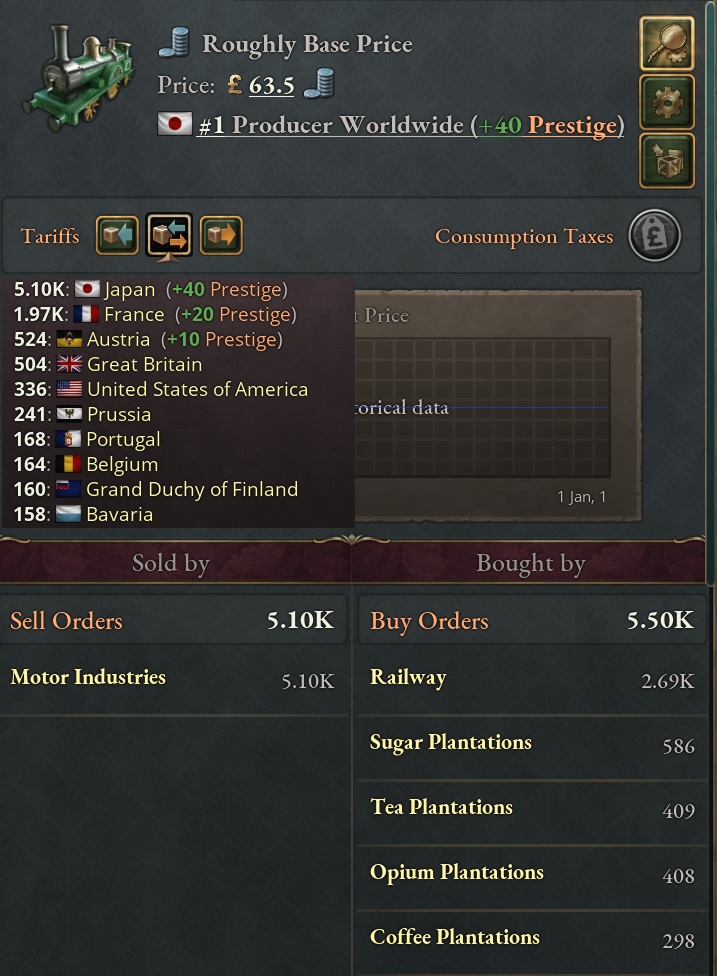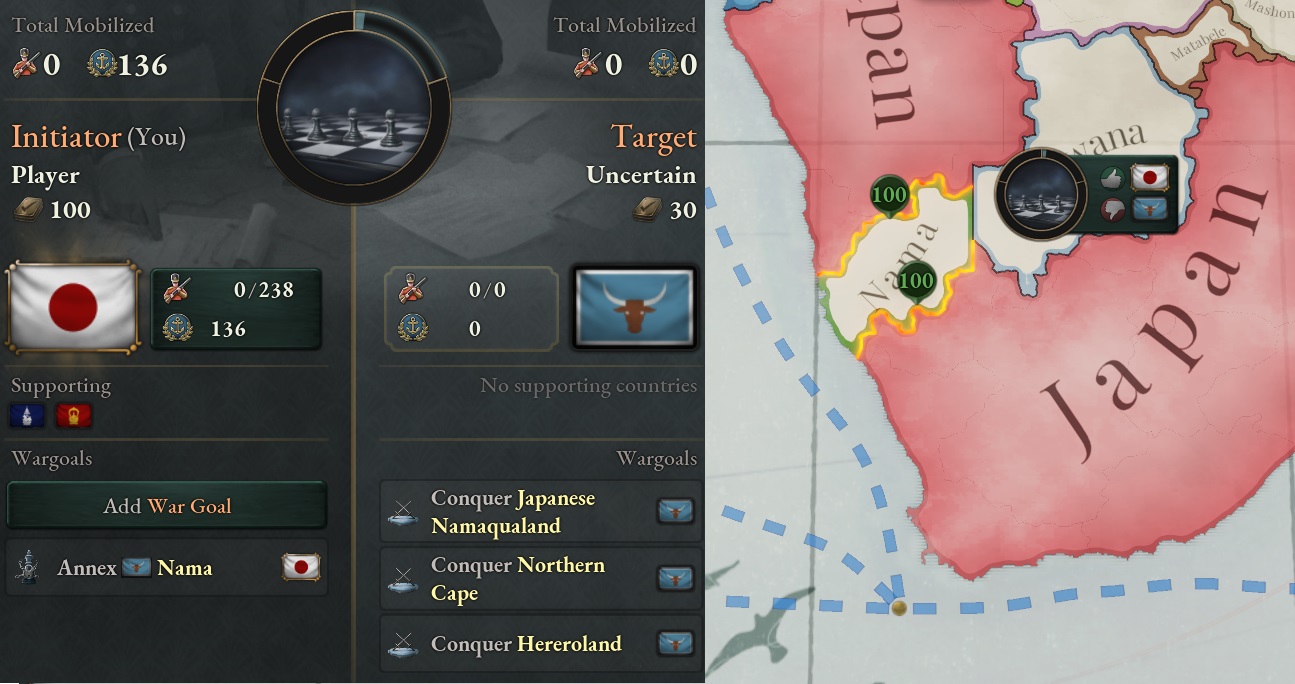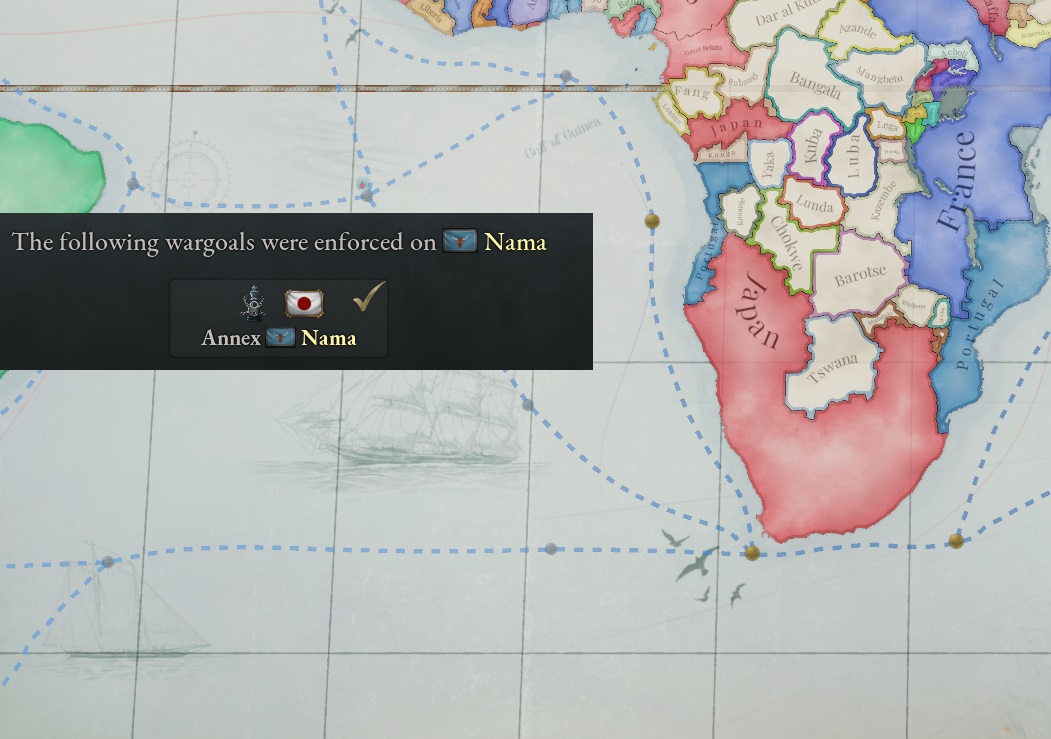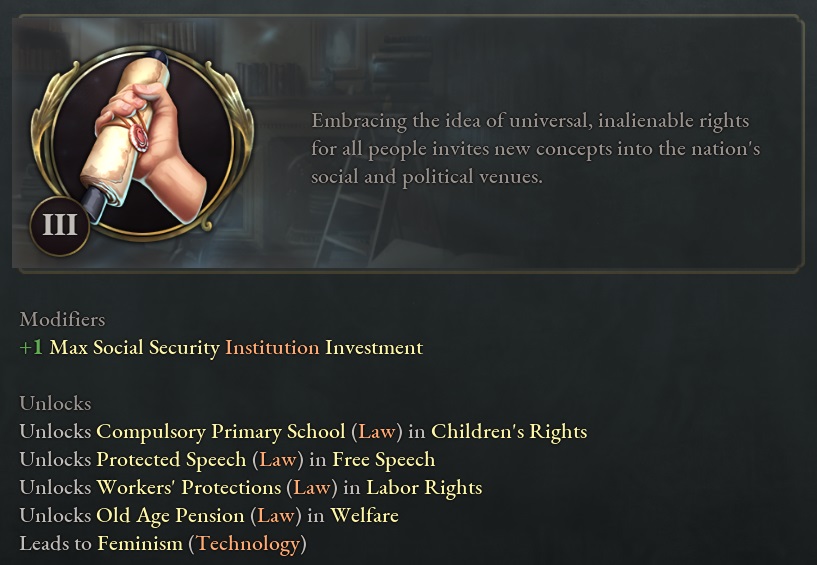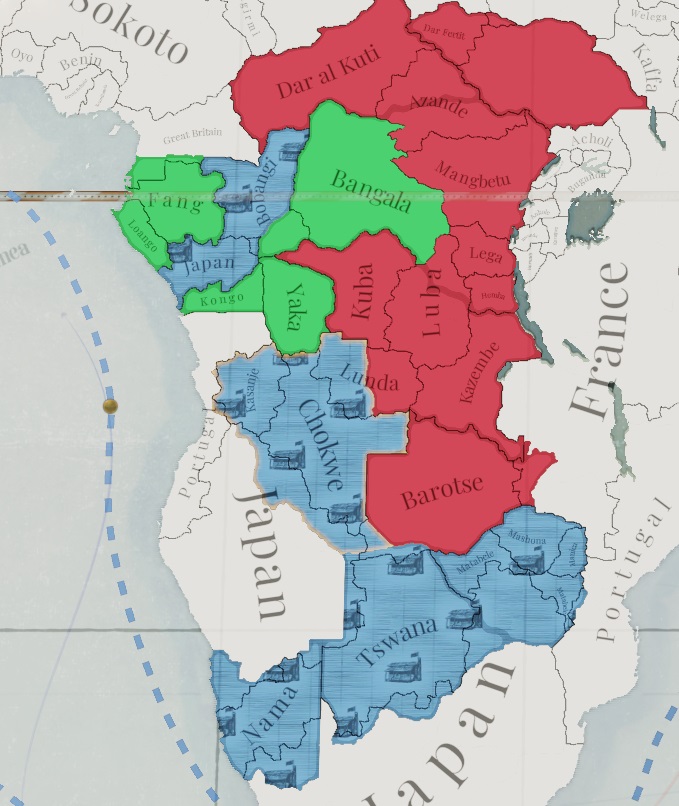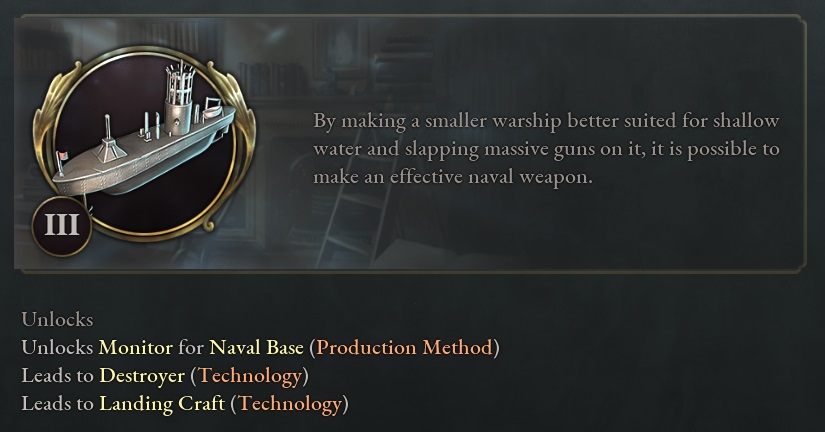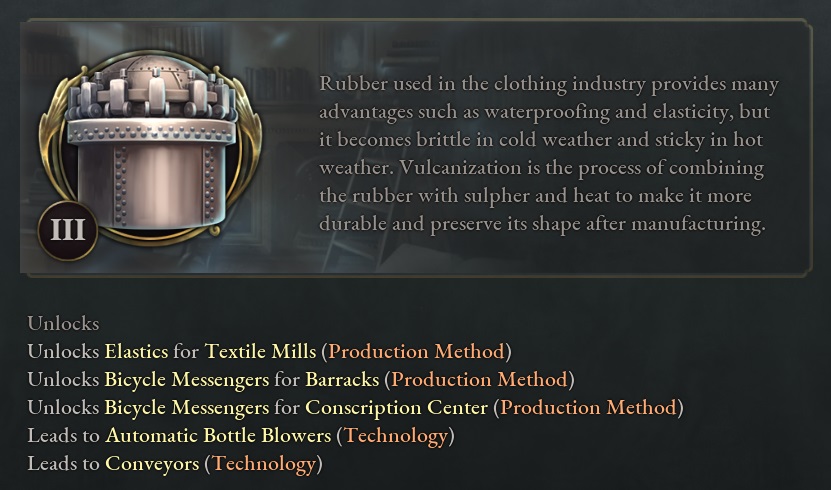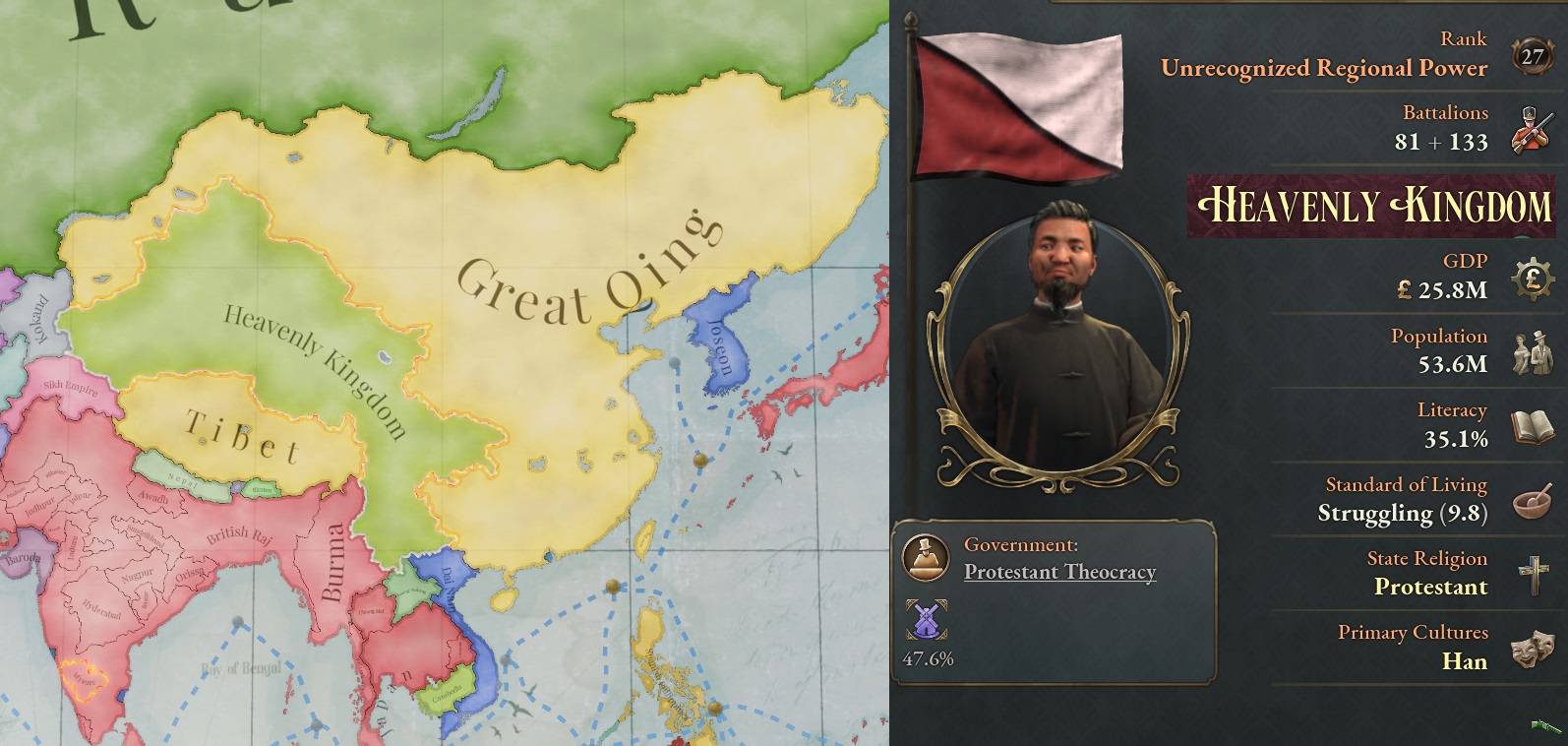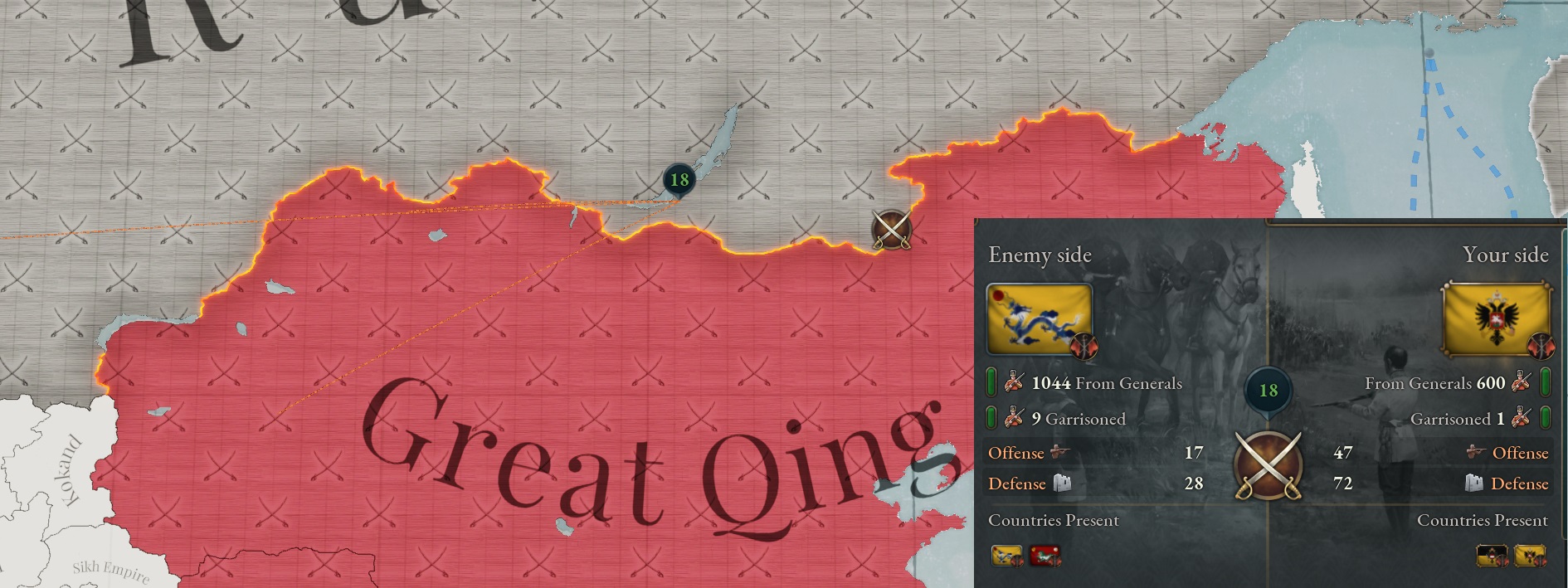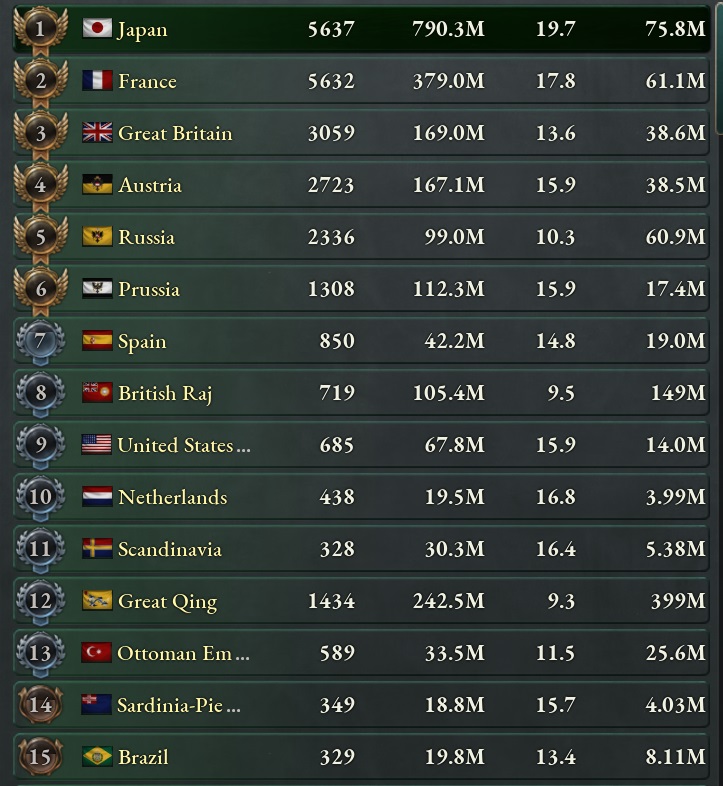The Second Decade- Spreading our Wings and Learning to Fly
The years of 1846-1856 saw Japan continuing their way of expansion and industrialization at a breakneck pace. They adopted a lot from their western counterparts. By the end of the decade, Japan was no longer bluffing, but had the 9th largest navy in the world. 46 brigades with mobile cannons and line infantry and GDP of 58,9 million, making Japan the 6th largest economy in the world. Staggering growth from 28 million just a decade ago. GDP per capita was just 1,5 though and on this level, Japan was just 85th. Still, again quite a formidable growth from 0,82 and 157th place just a decade ago.
In the former decade, Japan had concentrated on nearby Indonesia, gaining control over most of the island of Borneo and northern part of Sumatra. Now, the nation set their sights elsewhere. Partially because the rest of Indonesia was under Dutch East Indies and Japan did not feel comfortable enough to start a play against them yet. Instead, Japan invaded the Malay peninsula and got themselves a foothold in Indochina. Then, to everyone’s surprise, they attacked Zulu in South Africa and gained a foothold there. They used this foothold to attack Transvaal and Orajne, two former Dutch colonies, now independent and alone in a hostile world. Final surprise was even greater though. Chile, in South America, got a taste of the Japanese wrath as they attacked the nation and took the capital region of Santiago to themselves.
This was not all though. During the time, Japan started their own colonization institution. Meaning the nation could not only conquer militarily, but also, crash on the decentralized, tribal natives. During the decade, Japan got themselves Tahiti and West Micronesia, finished colonizing the rest of Zululand and started colonizing Sulawesi Island in Indochina, Northern Cape in South Africa and South Island of New Zealand.
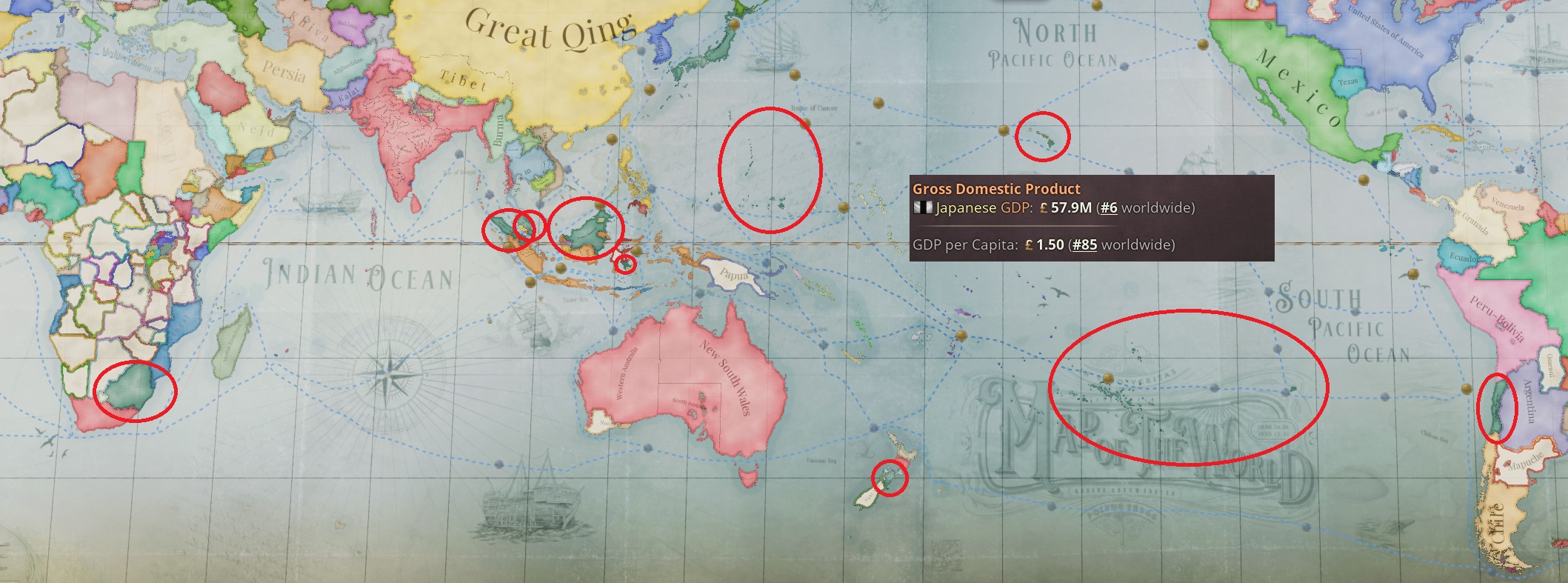
Japanese overseas territories and GDP
The Growing Industry
The main enabler of Japanese growth is of course the construction industry. Able to construct factories, mines, plantations, whatever needed at much larger pace then it was a decade ago. In fact, of the Great Powers, only France had more construction capacity than Japan. And of other powers, the Quing and the Company had more. Even better- the old wooden buildings were abandoned. Now, Japan builds exclusively with iron-framed buildings, making it more durable- and easier to build.
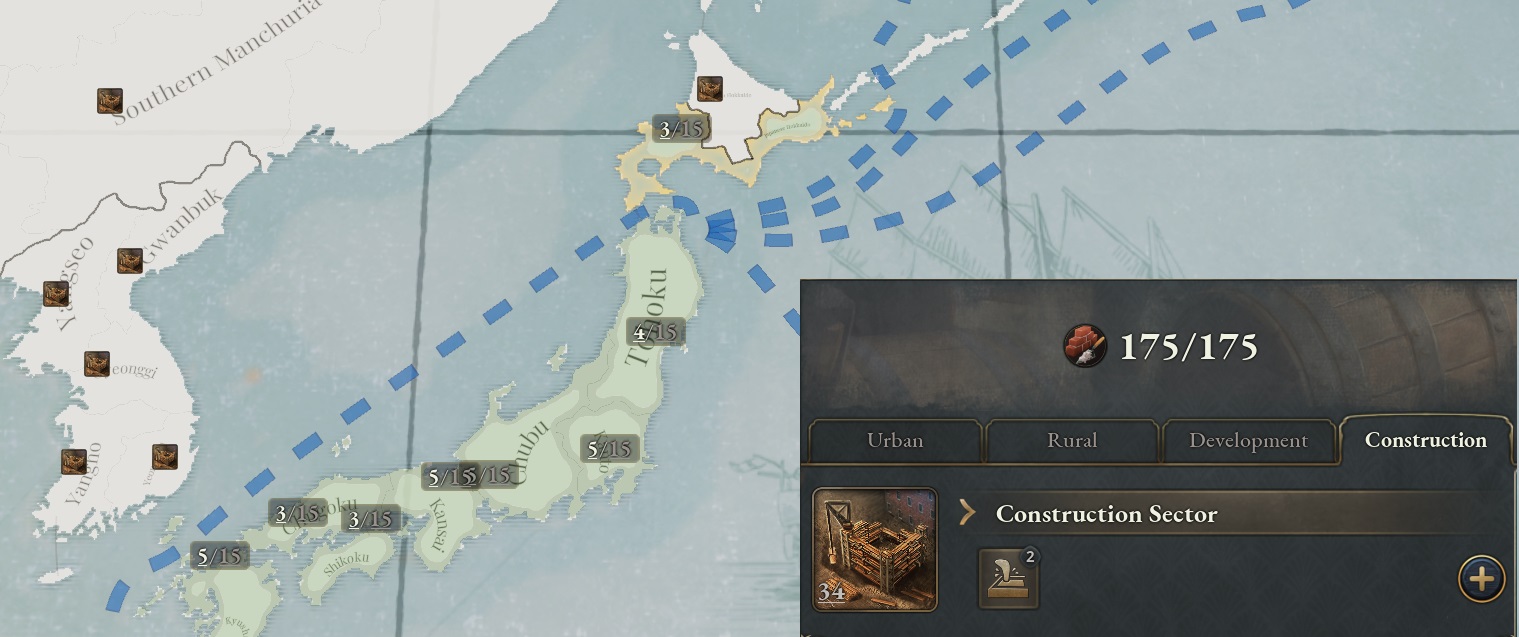
The Japanese construction sector
This of course demanded iron on an unprecedented scale. Japan lived up to the demand, with iron mines in Kanto, Tohoku and Shikoku popping up. Making Japan 3rd producer of iron worldwide. And the demand was still for more.
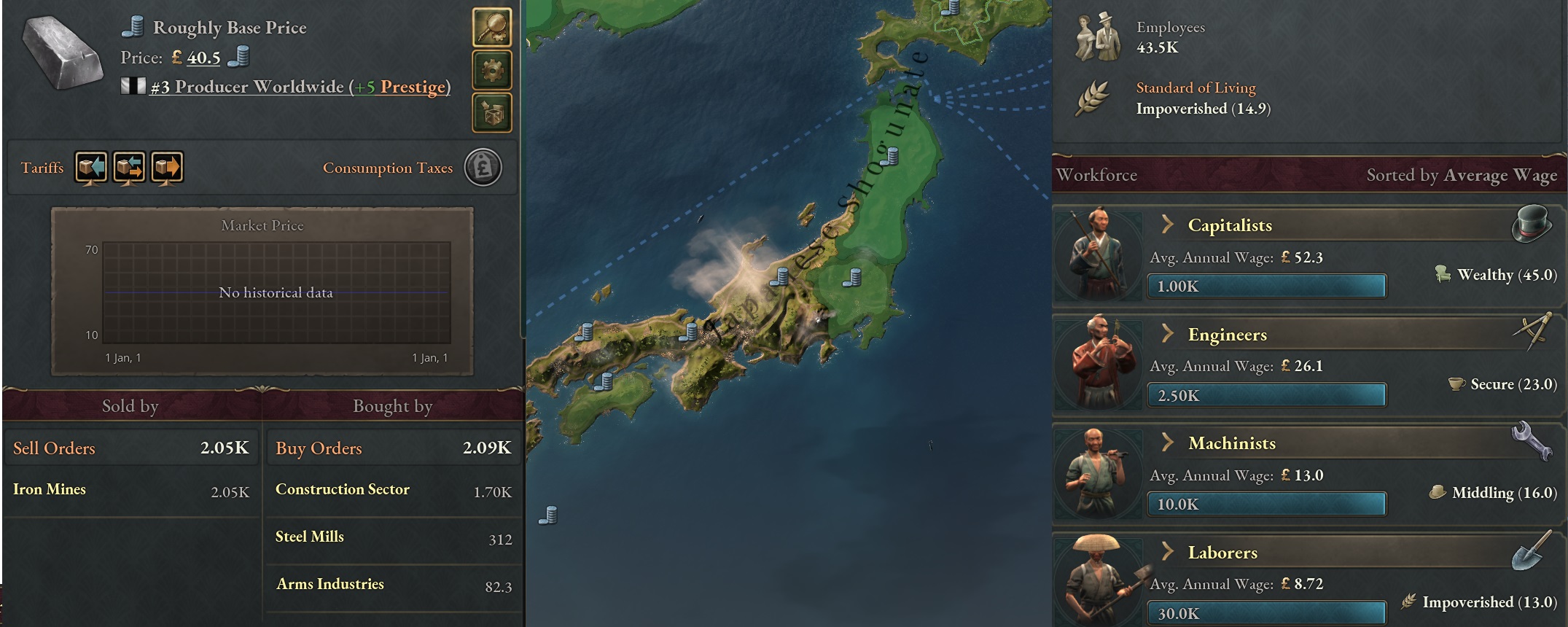
The iron industry
To support the iron industry, one needs the tooling industry and the coal industry. And tools and coal were needed by pretty much everything else as well. At the moment, Japan was 5th in coal and 3rd in tools production- and there was a screaming demand for more of both.
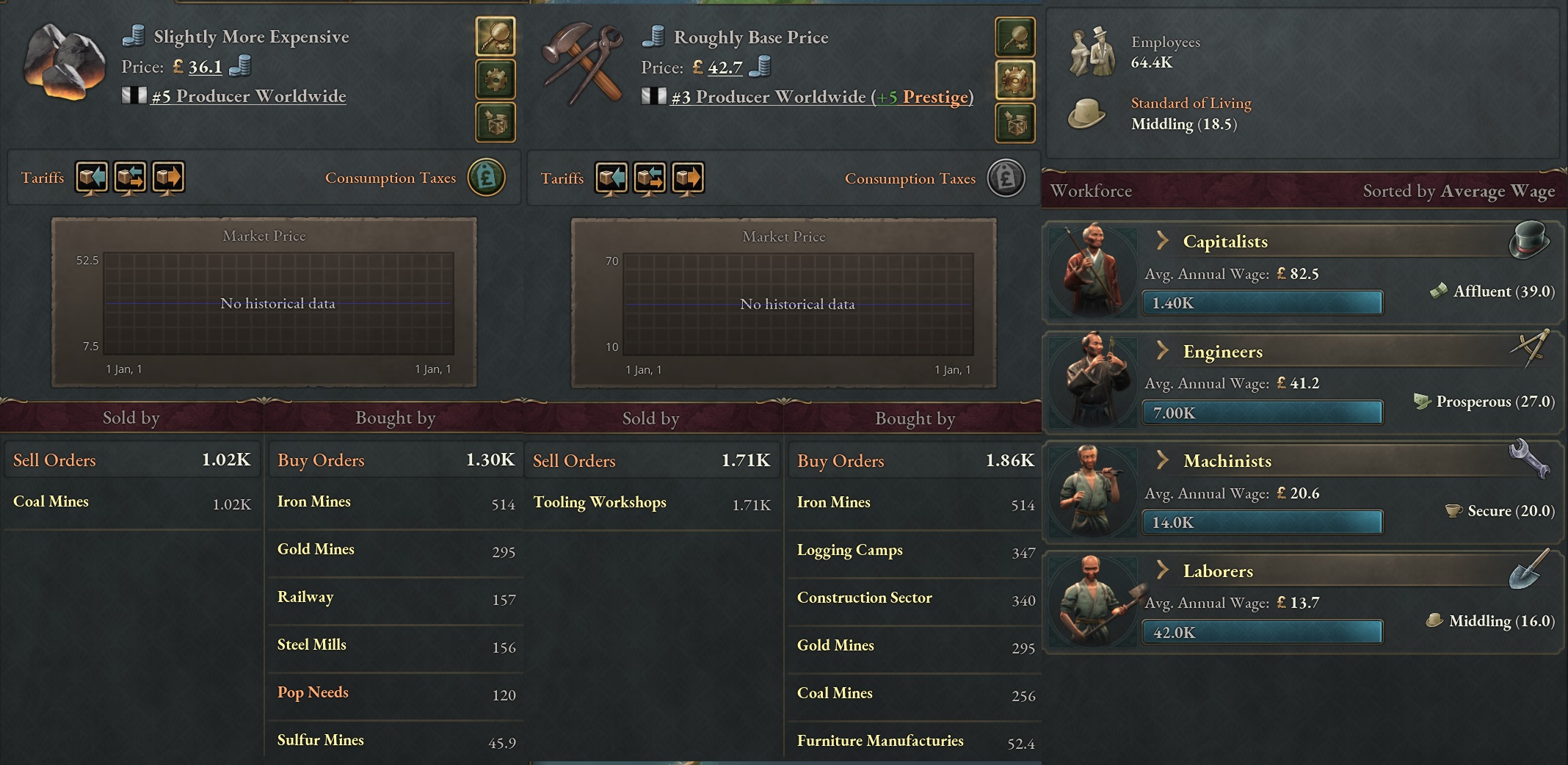
Coal, tools and the tooling workshop in Edo
Of new industries, Japan also started steel production of their own and in addition, their very own industry of making steam engines. Steel was also used to produce high-quality tools. On both of these goods, Japan was the 3rd producer in the world. Engines was especially interesting. There were Prussia and the United States that produced a few. There were Belgium, Finland and New South Wales who each had one factory. Then, there was Japan, with 3 factories. And on what seemed to be unobtainable levels at the time were France and Great Britain.
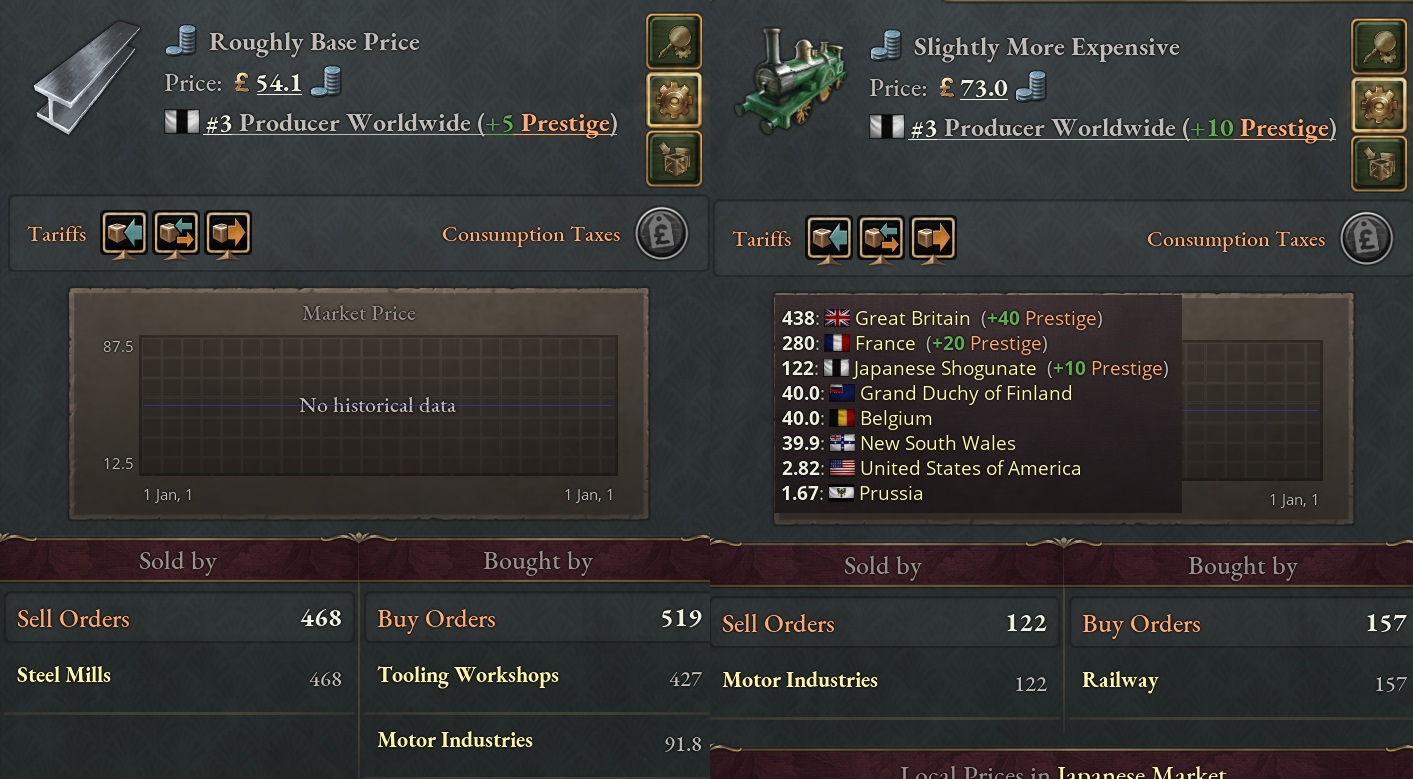
Steel and engines
The main driver for engines was of course the railway. Another recent thing in Japan. Just a few years ago, the first lines were built. At the moment, in Japanese islands, the only places without a railway yet were the state of Chukoku and the Islands of Hokkaido and Ryukyu. Rest of the Islands had at least one, if not several lines of railway. Plus, in Acheh and Malaya. And in Africa, the Zululand-Transvaal line. Again, the Japanese started this a bit late, but they did put a lot of effort into it. Currently, Japan is again the 3rd producer of transportation in the world and is on their way to catch up with France.
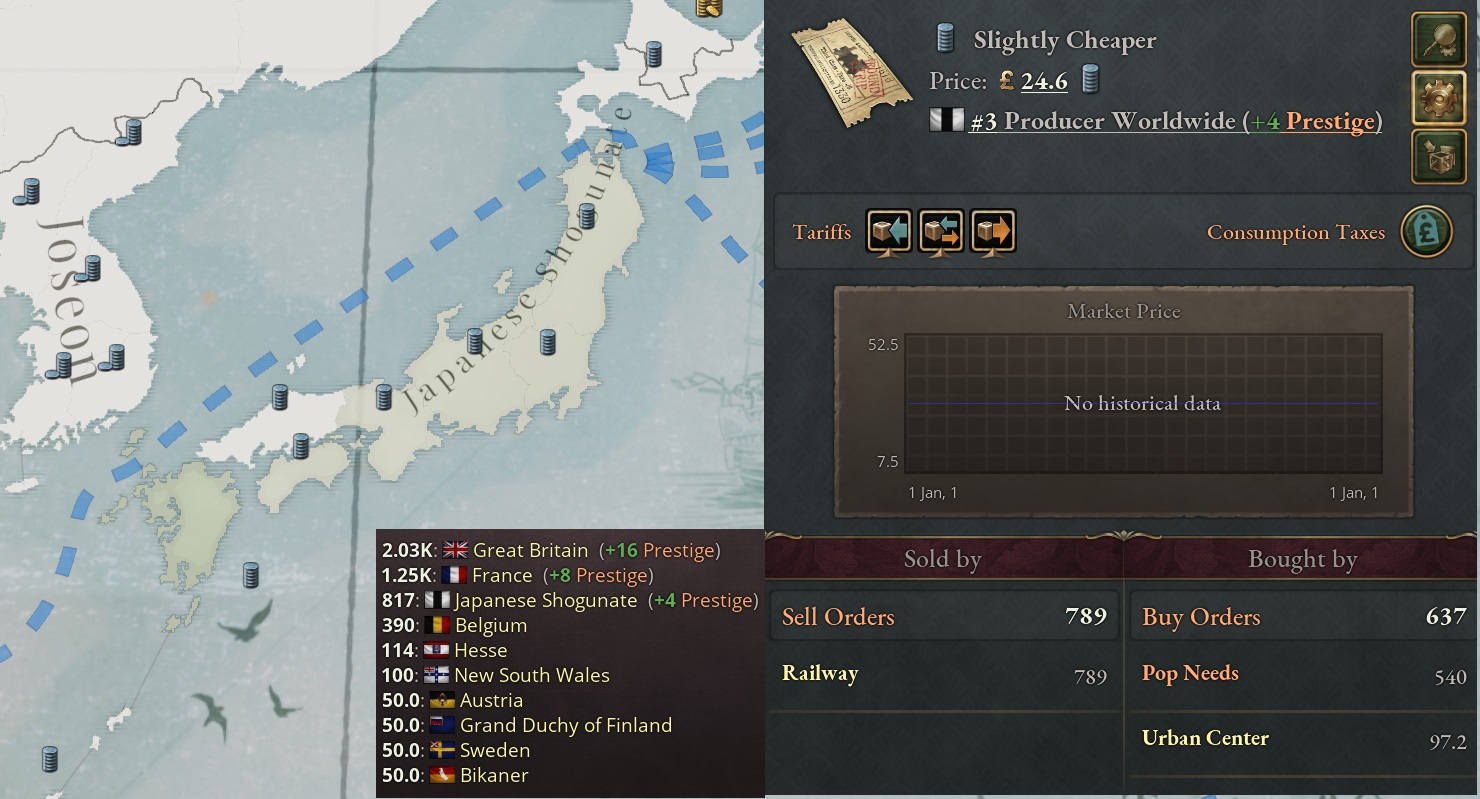
The Infrastructure in Japan. The thirdmost nation with railways
The more traditional industries also were either expanded or caught new production methods. Or both. For instance, the paper mills switched to sulfite pulping, able to make more and better quality paper and the glass industries started using lead. The furniture industries, clothing ones and food ones just grew.

Various other industries in Japan
There was still a shortage of pretty much everything though. Mostly luxuries, yes. Luxury clothes, tobacco, porcelain and luxury furniture were in high demand and short supply. The same applied to regular clothes and the price of grain and fish was growing as well. Not to mention the price of groceries. It was kind of understandable though. Japan had concentrated on industries that enabled the industrial revolution and perhaps had neglected these industries a bit. And had totally neglected farming. In the coming decade, this needs to be addressed.
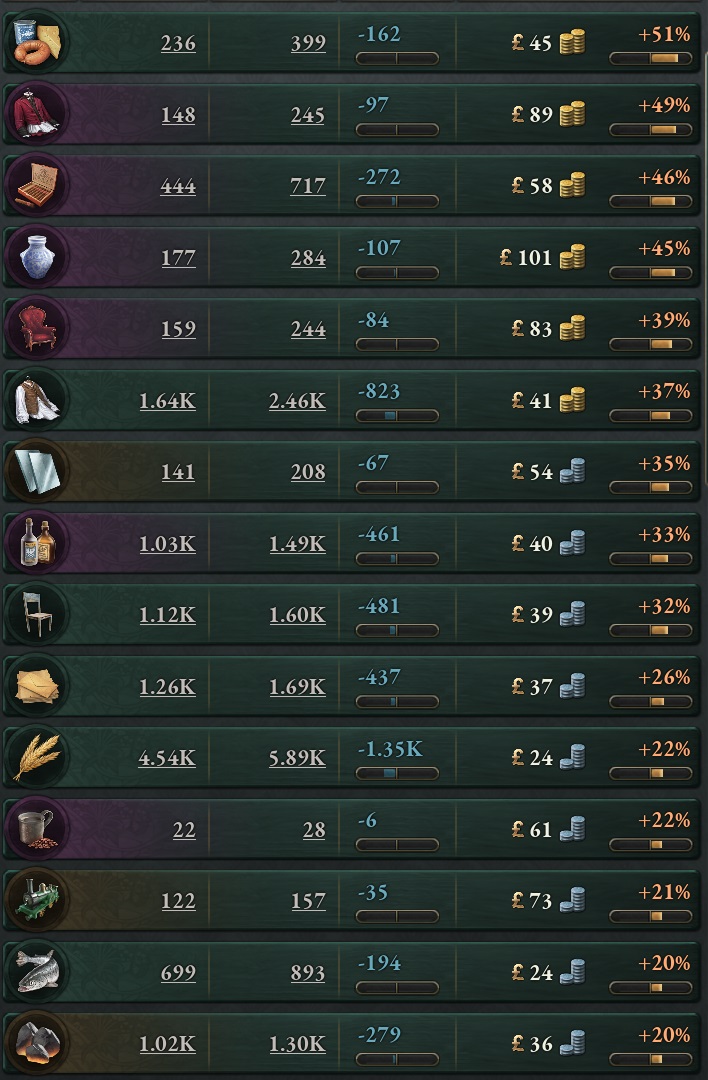
The Japanese Market- or a shortage of everything
One thing the Japanese had not neglected though was gold. That sweet-sweet gold. Gold is what lured the Japanese into Borneo. Gold is what lured the Japanese to South Africa. And gold is what lured the Japanese into Chile. Thanks to this, the Japanese are by far the 1st producer of gold in the entire world. Japan produces 872 units of gold each week, the second place holder Mexico 373 and third place, Russia, 285. And Japan is far from done with it. The new mines in Vryuustat and Transvaal are still under construction, as are some elsewhere.
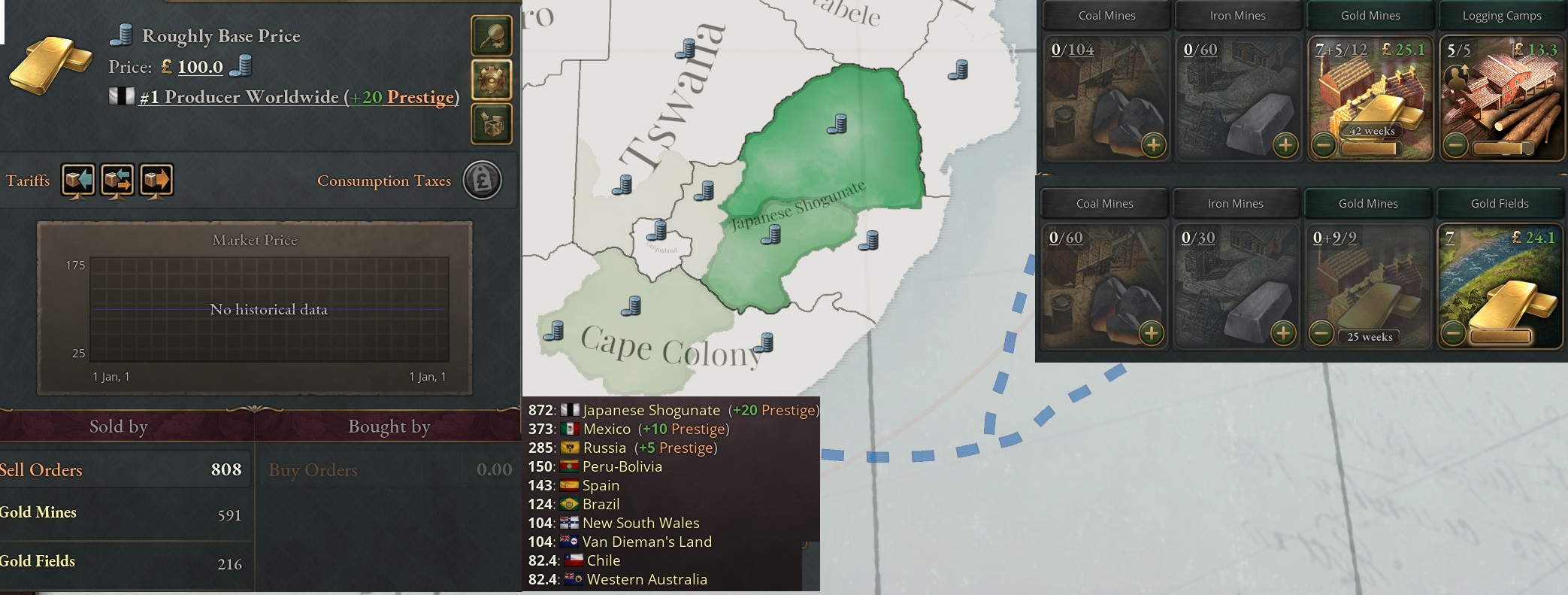
All that gold in South Africa.
This means that the Japanese budget is much healthier than it would be otherwise. And it is predicted that in just a few years, gold will be the main source of income in Japan- once these nice mines are complete.
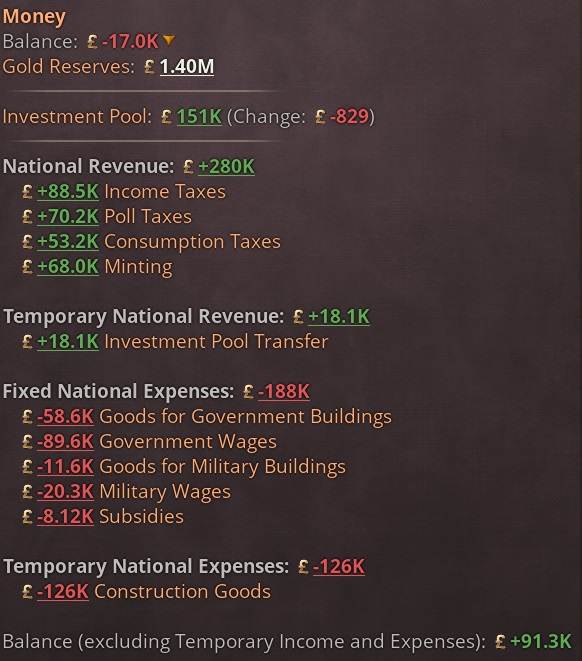
Gold is really helping to keep Japan afloat
The Societal Changes
Despite all of the progress, most of the Japanese population was still peasants, toiling away in their subsistence farms. Yes, they were not serfs any more, but still, more than 62% of the Japanese population was struggling with their everyday existence in their small fields. An improvement though- Japan started with nearly 85% of these people. Still, in 1856, Japan was an agrarian state where most of the population worked in the fields, toiling from dusk to dawn and praying that the harvest would not fail, or else there would be hunger. And the ratio of peasants versus more modern farmers was nothing to write home about as well.
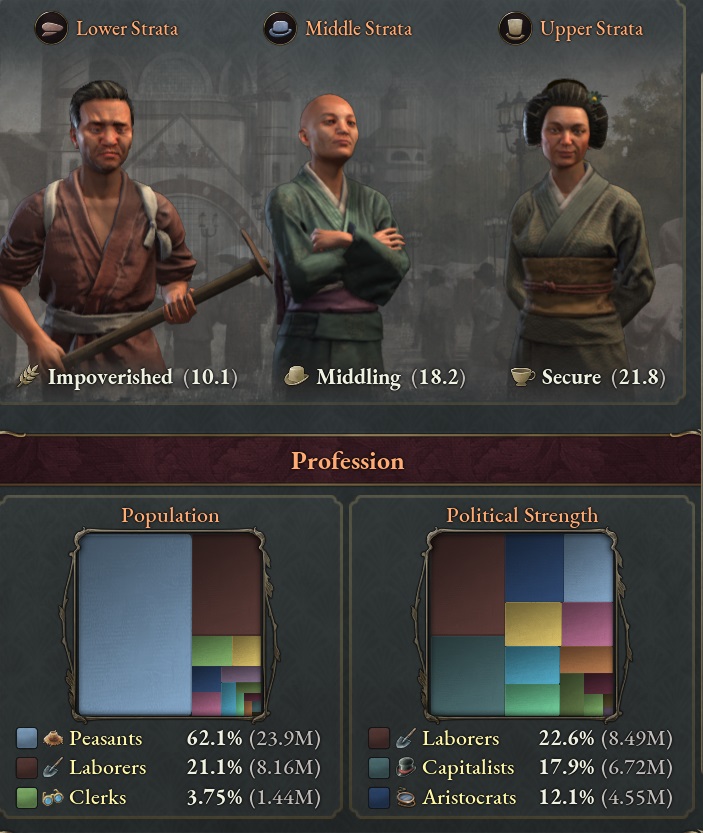
Still an agrarian country
Perhaps the best way to look at the difference in population is in the city of Nagoya and the state of Chubu. There is still a massive population of peasants, toiling their fields and struggling. There are aristocrats residing over them. Not struggling, but still not living very lavishly. Compared to people who work in a more modern rice farm, at least the farm-holders live a good life. Aristocrats and clergy as well. Laborers are still struggling.

Peasants and aristocrats of subsistence farms versus farmers and aristocrats of rice farms in Chubu
When compared to furniture factories in Nagoya, it is clear that the Capitalists are living a really good life. The Engineers are better off than aristocrats in subsistence farms. The machinists as well. Even the lowly laborers are actually getting paid properly and live a good life compared to the peasants or even laborers in farms.
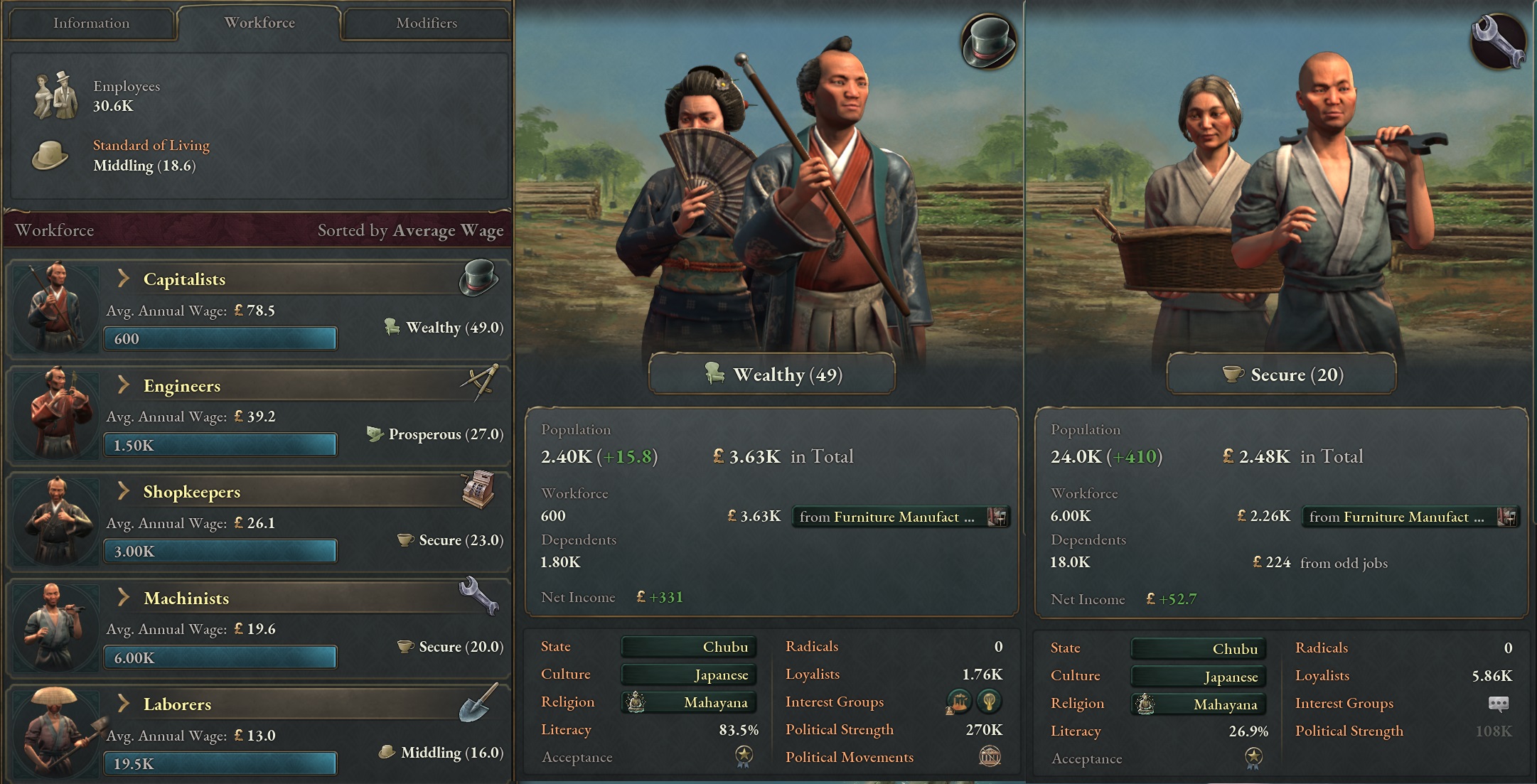
Compare that to furniture industry in the City of Nagoya
Still, it was without doubt that Japanese society was changing. The nation had abandoned the traditional economy and instead, instituted interventionism and the base economic model. There had been a tax reform, moving away from land-based taxation to per-capita taxation. The Shogunate also instituted a secret police, special forces tasked with bonking the heads of people who disagreed with the changes. And colonization, for sometimes you can get new land just by settling in, no need for warfare.

The Laws
Most important, though in a very long run, was the institution of public schools. Now, every Japanese child was required to go through basic education, learning to at least read and write. This resulted in a literacy rate of 31,22% of the Japanese population knowing how to read. Not much, you say? Still almost 10% higher than it was a decade ago. Combined with new universities, the speed of technological advances in Japan also grew to almost twice the speed it had been just a decade before.
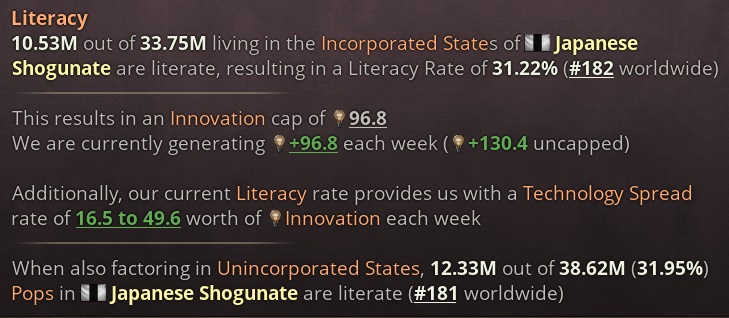
Learning to read
The school institution would be grown soon in the future, reaching level 3. The colonial institution is also at level 2, while secret police and law enforcement are still on level 1. Still, this was quite a strain on the Japanese bureaucracy and thanks to bureaucratic reform during the decade, the Japanese bureaucracy had become much more efficient.
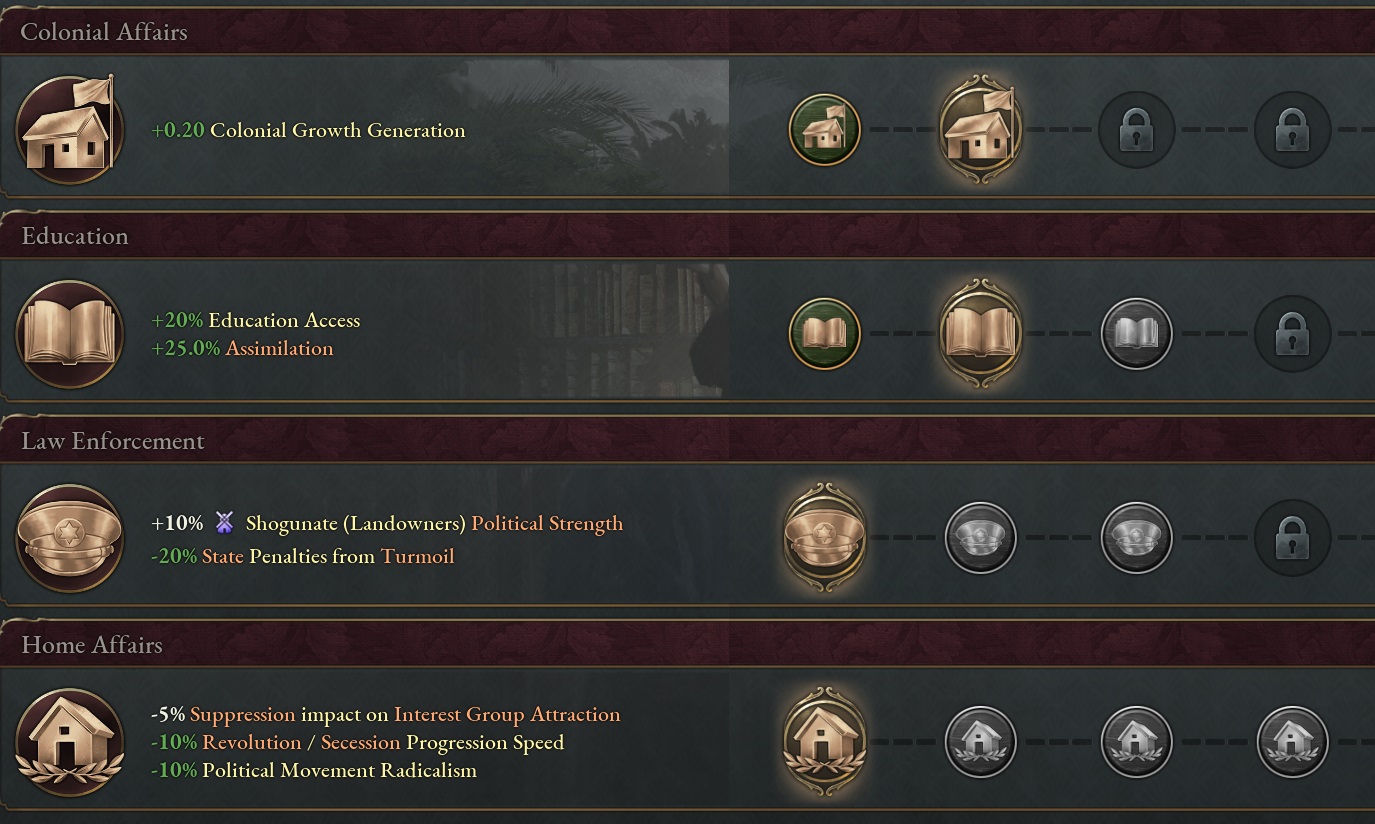
The Institutions
As for the government, thanks to new elections, the Imperial Rule party was still in power, with the Shogunate or the daimyos still being in control of the nation. Their time was waning though. Soon. And Ienari Tokugawa was still in power. Despite his age of 82, the old man doesn’t seem to get a hint.

The Old Guard is still going strong
The World
Nothing much had happened in the world. Zollverin, or the Prussian market, had collapsed back to its normal state- meaning most of the German countries were in their own market. Prussia had also lost wars against the French and the Austrians. German unification was still miles off. The Lone Star State was still independent and neither the USA nor Mexico had annexed them. The USA had also lost some land to Brits- the province of Portsmouth in New Hampshire was now a treaty port for the British Empire. The Ottoman Empire was still holding on to the city of Constantinople. The French had started colonization of Kenya and the Brits of Cameroon. And Spain took one province from Borneo from Dutch East Indies.
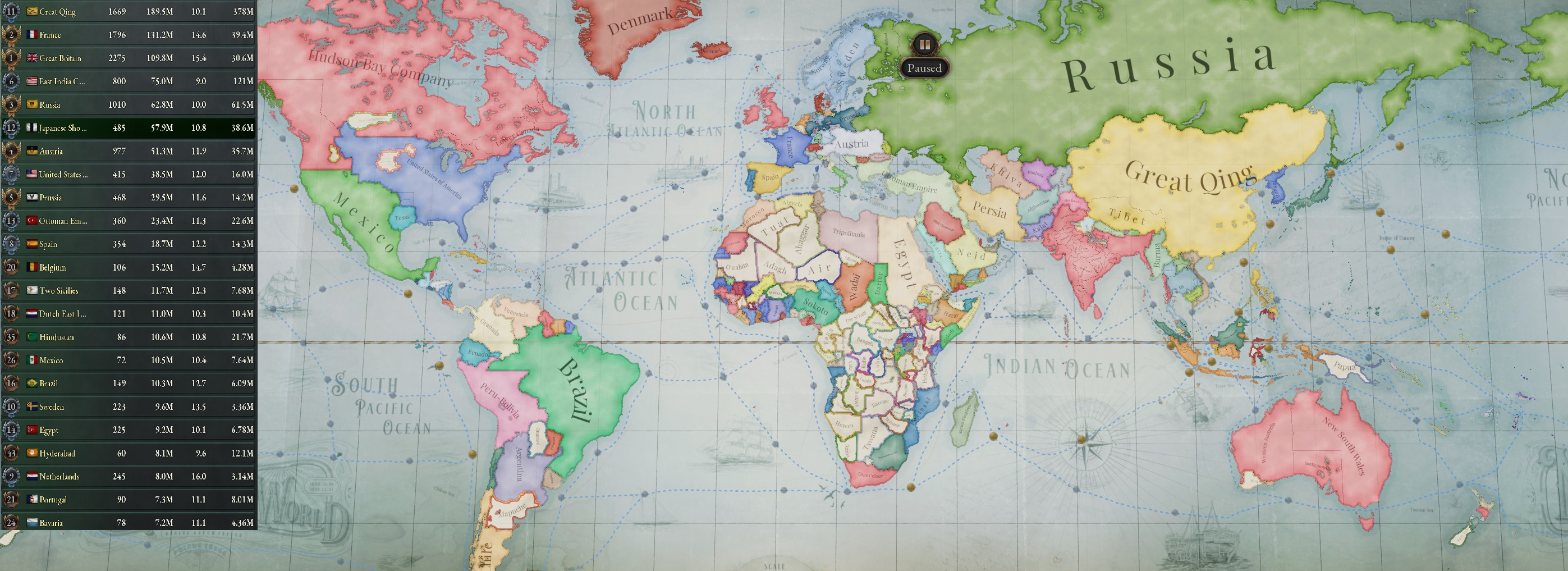
The world and top countries by GDP
- 1


